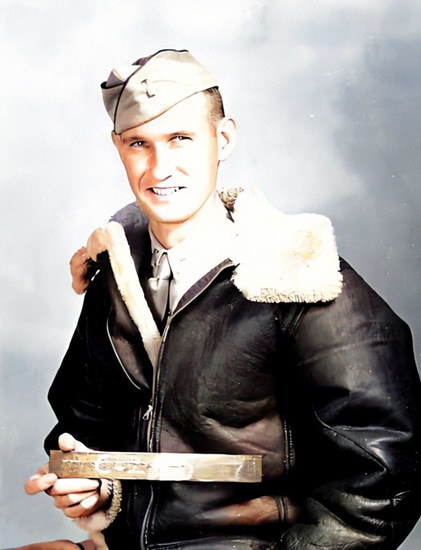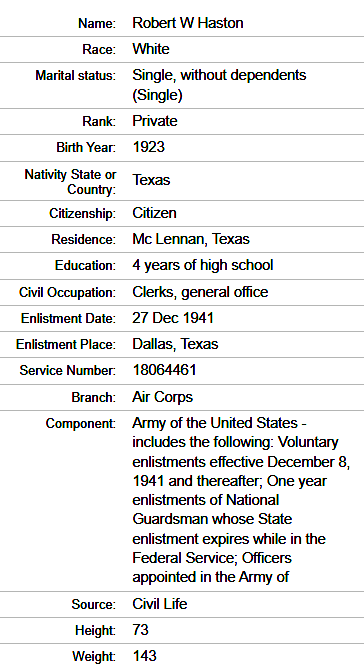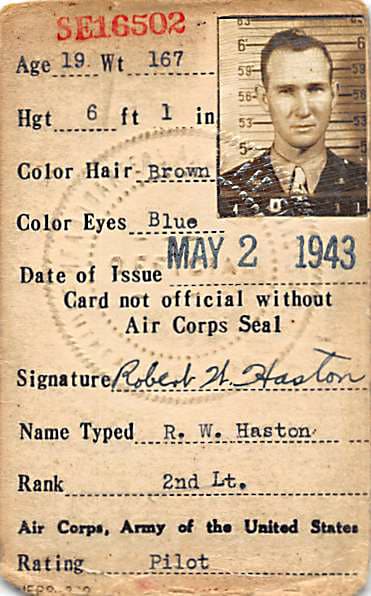Wappen Hiestand

Wappen Hiestand

Die geballten Fäuste sind ein Hinweis darauf, dass dieses Wappen nicht von einem oder für einen Täufer geschaffen wurde, sondern von einem Schweizer Hiestand, der sich dieser Bewegung nicht angeschlossen hatte. Er könnte jedoch mit Nachbarn und Verwandten, die Täufer waren, sympathisiert und sie beschützt haben.
Co-Autoren: Dr. Peter Ziegler (Zürich, Schweiz) und Dr. Wayne Haston (Pennsylvania, USA)
(Einschließlich bedeutender Forschungsdaten von Kent Douglas Hiestand)
Serie: Frühe Schweizer Hiestand
Die Links werden aktiviert und veröffentlicht am
17.9.2022, 1.10.2022, 15.10.2022, 29.10.2022, 12.11.2022, 26.11.2022, 10.12.2022.
Englische Version dieses Artikels
Heraldik - ein kurzer historischer Überblick
Die Heraldik entstand im 11. und 12. Jahrhundert, etwa zur Zeit der Kreuzzüge, einer Reihe von Feldzügen, die christliche Heere von 1096 bis 1487 unternahmen. In der Schlacht war ein Ritter, der von Kopf bis Fuß in eine Rüstung gekleidet war, weder für Freund noch für Feind zu erkennen, so dass eine neue Methode zur Identifizierung notwendig wurde. Der Schild, das erkennbarste Element der Heraldik, bot eine breite, flache Oberfläche, auf die Farben und Symbole gemalt werden konnten, die einem bestimmten Adligen und seinen Rittern zugeordnet waren. Ein Adliger trug in der Regel auch ein Obergewand, den so genannten Wappenmantel, der ihn vor der Hitze der Sonne schützte und oft mit denselben Symbolen verziert war, die auch auf dem Schild des Ritters erschienen. Von diesem Kleidungsstück leitet sich auch der Begriff “Wappen” ab.
Die Ursprünge der Heraldik reichen bis in die Antike zurück. Krieger verzierten ihre Schilde oft mit Mustern und mythologischen Motiven. Heeresverbände des Römischen Reiches waren an den charakteristischen Zeichen auf ihren Schilden zu erkennen. Diese waren nicht heraldisch im mittelalterlichen Sinne, da sie mit militärischen Einheiten und nicht mit Einzelpersonen oder Familien verbunden waren. Quelle
Entgegen der landläufigen Meinung besaß eine Familiengruppe oft nicht nur ein einziges Wappen, das immer die gesamte Familie über alle Standorte, Generationen und Familienlinien hinweg repräsentierte. Einige Zweige einer Familie schufen ihre eigenen Wappen. Manchmal war ein Wappen ortsgebunden und kennzeichnete speziell einen Teil einer Familie, die an einem bestimmten Ort lebte.
Die obige, künstlerisch nachgebildete Version eines Hiestand-Wappens aus dem Jahr 1706 stammt aus der Gegend, in der unsere Hiestand damals tief verwurzelt waren: der Gegend um Hütten, insbesondere der Schönau.
Die kämpferische Haltung mit den geballten Fäusten deutet auf mehr hin, als nur auf dem Boden zu stehen, auf dem sie gemäss Namen stehen sollten. Und es ist wahrscheinlich mehr als Sturheit. Offenbar steht sie für den Ruf, eine Art Verteidigungsposition einzunehmen, selbst wenn das bedeutet, dass ich kämpfen muss, um mich, meine Familie und mein Land zu schützen.
Jacob Hiestand (1674-1730) - Urheber dieses Wappens
Die Säuglingstaufe von Jacob Hiestand ist bezeugt im Kirchenbuch von Richterswil, Zürich, Schweiz, Mikrofilm Nr. 008014334, Foto 127, Seite 125.
Jacobs Eltern waren Ulrich Hiestand aus Hinter Schönau und dessen Frau Barbara, geborene Strickler. Ulrich war kein Täufer, aber offenbar ein Halb-Täufer, ein Mann, der die Täufer vor den “Täuferjägern” schützte, auch auf die Gefahr hin, sich selbst zu gefährden. Einer der Söhne von Ulrich und Barbara, Heinrich, war ein Täufer (der nie heiratete). Barbara, Jacobs Mutter, hatte einen Bruder (Jacob Strickler), der ein bekannter Täuferprediger war. Ulrichs Tante und Onkel, Hans und Elsbeth Hiestand-Asper, waren überzeugte Täufer, die mehr als einmal wegen ihres Glaubens inhaftiert wurden. Im Jahr 1674 (demselben Jahr, in dem dieser Jacob Hiestand geboren wurde) hetzte Ueli seine Hunde auf einen Häscher, der zu seinem Haus kam und seine täuferischen Verwandten jagte.
Obwohl dieser Jacob Hiestand, der Schöpfer des oben abgebildeten Wappens, kein Täufer war, stammte er aus einer Familie, die bereit war, sich zu verteidigen, auch wenn die Folgen für sie kostspielig sein konnten.
Jacob Hiestand heiratete Barbara Bachman am 8. Juni 1697 in der Kirchgemeinde Richterswil.
Wenn Ihnen dieser Artikel gefallen hat, teilen Sie ihn bitte mit anderen, denen er ebenfalls gefallen könnte.

Nehmen Sie an unserer Hiestand-Haston Tour im Juni 2023 in die Schweiz und nach Rheinland Deutschland teil.

Haben Sie mennonitische oder amische Wurzeln? - Nehmen Sie am DNA-Forschungsprojekt teil.

Sch̦nau РGerman version
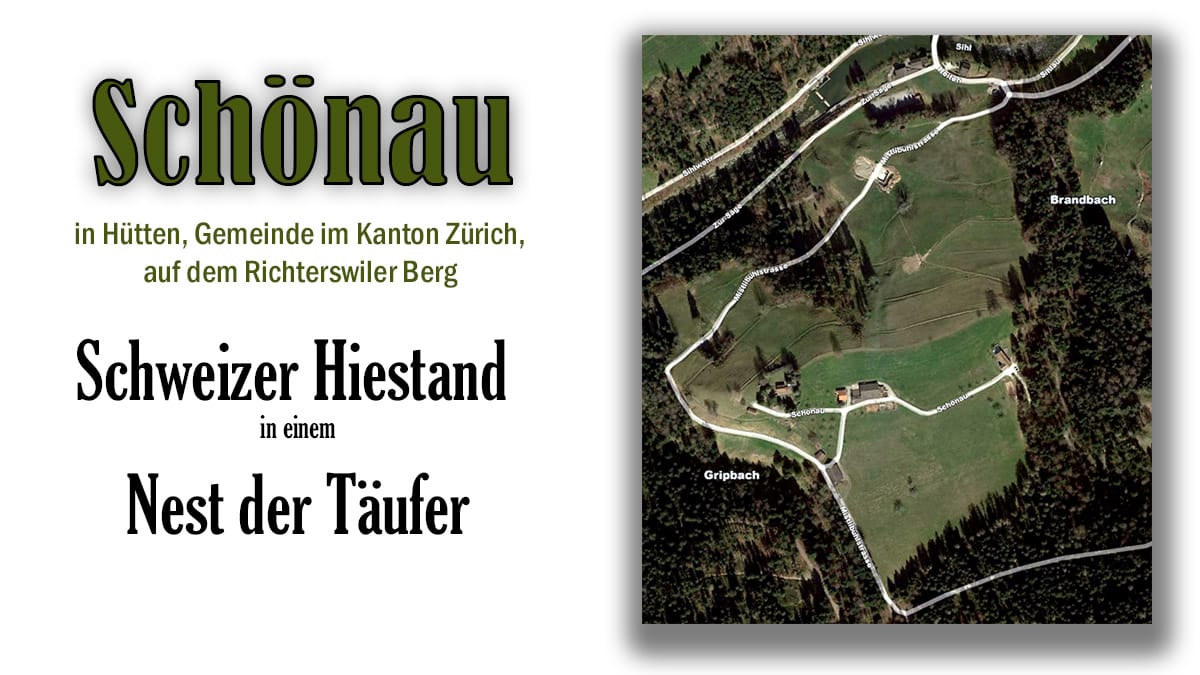
Versteckt in einer winzigen Ecke des Kantons Zürich, Schweiz

Co-Autoren: Dr. Peter Ziegler (Zürich, Schweiz) und Dr. Wayne Haston (Pennsylvania, USA)
(Einschließlich bedeutender Forschungsdaten von Kent Douglas Hiestand)
Serie: Frühe Schweizer Hiestand
Die Links werden aktiviert und veröffentlicht am
17.9.2022, 1.10.2022, 15.10.2022, 29.10.2022, 12.11.2022, 26.11.2022, 10.12.2022.
Englische Version dieses Artikels
Wir wissen, dass die erste urkundliche Erwähnung des Familiennamens Hiestand auf einer Steuerliste von 1401 stand, aber vor 1401 lebte auf dem Berghang von Richterswil-Wädenswil eine Familie mit vor-Hiestand-Namen. Wie in einem vorherig dargestellten Artikel in dieser Serie erwähnt, waren Zweige der Schweizer Familie Hiestand Ende des 15. Jahrhunderts in dieser Region sehr erfolgreich. Kent D. Hiestand, der führende Hiestand-Familienforscher, hat die frühen Schweizer Hiestands nach Gemeinden und Dörfern, in denen sie zwischen 1600 und 1700 lebten, in Linien eingeteilt. Das ist eine etwas willkürliche Kategorisierung, weil einige von ihnen gelegentlich von Ort zu Ort zogen , aber diese Bezeichnungen sind bis zu einem gewissen Grad hilfreich.
Im Kanton Zürich:
- Gemeinde Richterswil
- Weberrüti-Linie
- Dürsenen-Linie
- Haslen-Linie (Die frühesten Hiestands im deutschen Rheinlanddorf Ibersheim stammten aus dieser Linie, so Kent Hiestand.)
- Gemeinde Schönenberg
- Gemeinde Hütten
- Knöwis/Chneus-Linie
- Schafrain-Linie
- Schönauer Linie
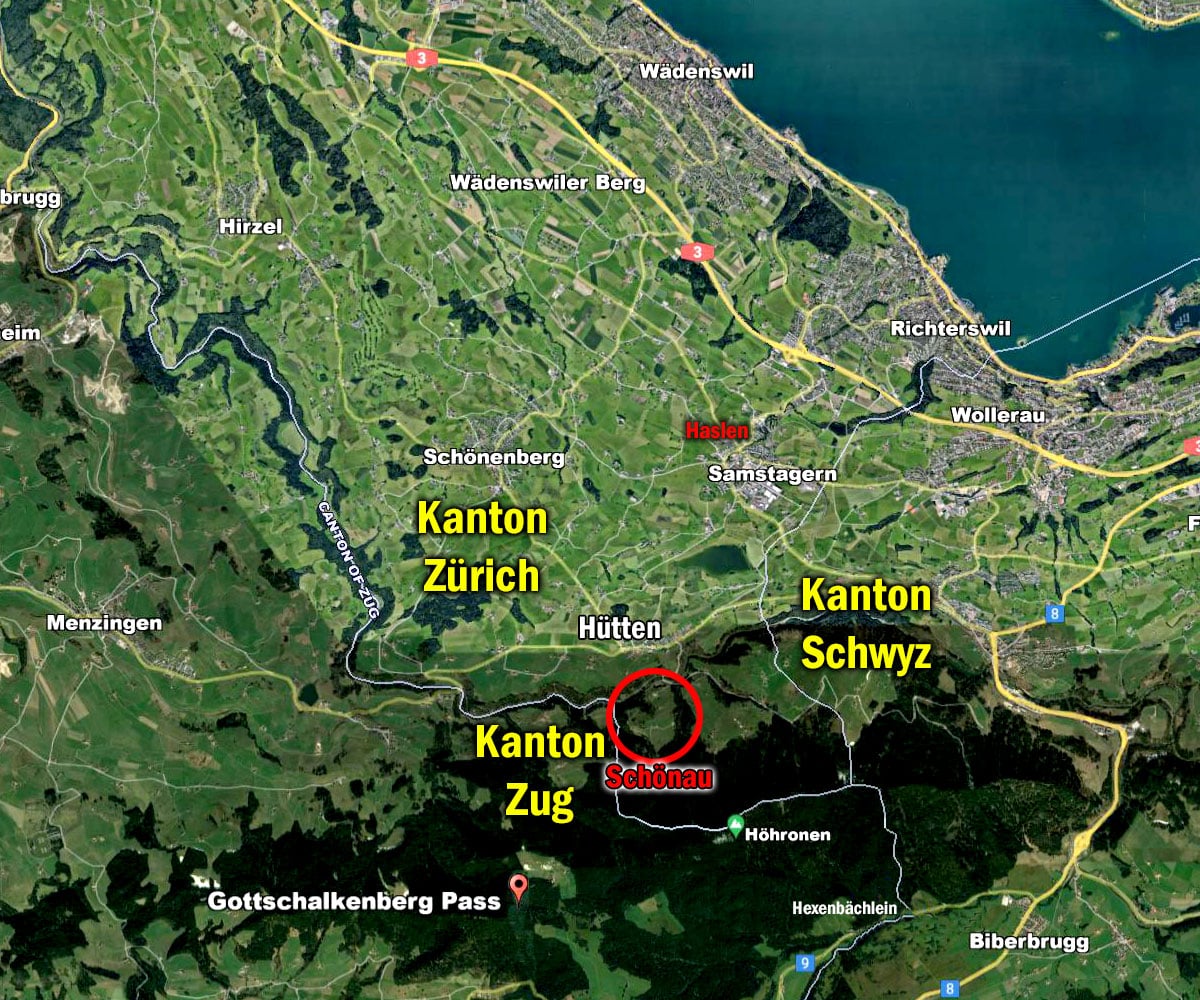
Sofern es nicht durch weitere Durchbrüche in der DNA-Forschung möglich wird, werden wir wahrscheinlich nie erfahren, aus welcher spezifischen Familie der Schweizer Hiestands unser eingewanderter Vorfahre Henrich [aus irgendeinem Grund schrieb er es konsequent „Henrich“ statt Heinrich] Hiestand stammte, aber die Familie stammte wahrscheinlich aus der Haslen-Linie, aber alle Hiestands-Linien waren natürlich verwandt.
Einige der früher bekannten Täufer Hiestand stammten aus der Schönauer Linie. In diesem Artikel möchte ich mich daher auf einen winzigen Winkel am südöstlichen Rand des Kantons Zürich konzentrieren, der zu einem Nest von Täufern wurde – das Gut Schönau.
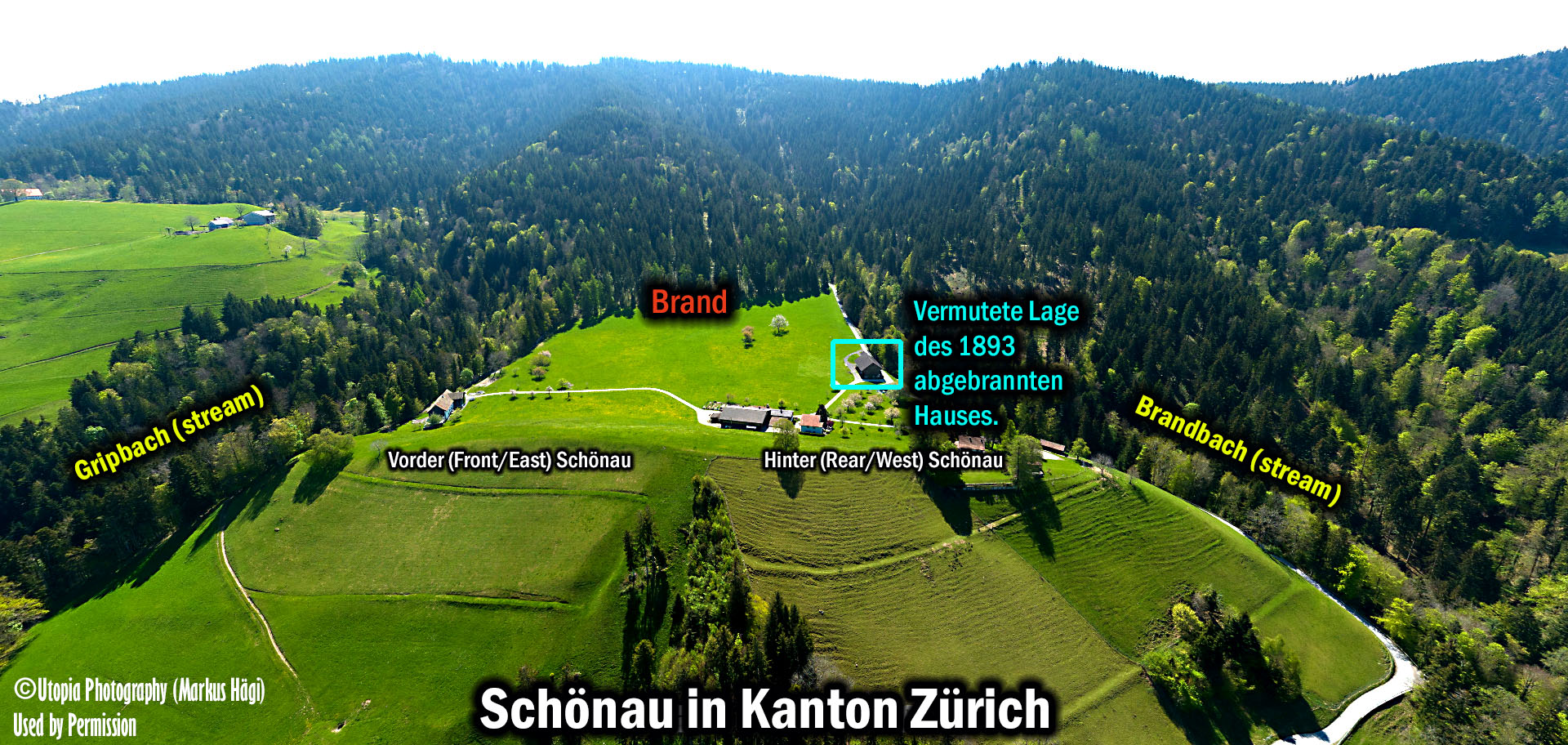
15. Mai 1453 - Erste bekannte Erwähnung der Schönau und der dort lebenden Hiestand
Im 15. Jahrhundert wurde das Waldgebiet am Fusse des Höhronen östlich der Sihl (gegenüber dem Dorf Hütten) durch kontrollierte Brandrodung abgeholzt. Die Brände machten Land für Weiden und Gehöfte frei. Als die Siedlung Schönau erstmals urkundlich erwähnt wird, befand sich dort auf der Rückseite (Westseite) der Schönau ein Gut Hiestand. Aufgrund ihres frühen Besitzes von Schönauer-Land könnte man vermuten, dass sie an der Rodung des Waldes beteiligt waren, die zum Gut Schönau führte.
„Dieses Gut grenzt an den Gripbach, die zu Hiestand gehörende Schönau, und den Brandbach.“
Dinge, die Sie wissen sollten, bevor Sie das Dokument von 1453 lesen:
- Diese Linie von Hiestands lebte bereits am 15. Mai 1453 in der Schönau, der ersten bekannten Erwähnung dieses Hofs.
- Der Gritbach (Gripbach) ist ein Bach auf der Westseite der Schönau, der in nordwestlicher Richtung in die Sihl mündet.
- Der Brandbach ist ein Bach auf der Ostseite der Schönau, der ebenfalls in die Sihl mündet. Streichen!
- Brand bedeutet Feuer. Dies war eine Feuerlinie, bis zu der der Wald in diesem Bereich durch Brandrodung gerodet worden war. In diesem Gebiet wurde durch Abbrennen des Waldes Ackerland geschaffen.
- Heini Klein war Nachbar dieser Hiestands.
- Anscheinend grenzte Kleins Hof im Westen an den Gripbach, im Osten an den Brandbach und auf der Nord-Nordwest-Seite wahrscheinlich an den Hiestand-Hof.uf
Heini Klein wohnt in Hütten im Gerichtsbezirk der Herrschaft Wädenswil. Am 15. Mai 1453 bestätigt er (vor Gericht), dass er dem jungen Hans Ochsner in Bennau (zwischen Biberbrugg und Einsiedeln gelegen) 100 Pfund Haller in Züricher Währung gegeben hat. Diese benötigt Hans Ochsner, um seiner Frau – Grete Klein, Heinis Tochter – eine Heimsteuer (= Mitgift) zu überreichen. Dieser Betrag gilt als gültige Kaution auf dem Gut Schönau und ist mit 5 Pfund (=5 %) zu verzinsen. Dieses Gut grenzt an den Gripbach, die zu Hiestand gehörende Schönau und den Brandbach.
Außerdem gibt Heini Klein Hans Ochsner weitere 20 Pfund, haftbar auf dem Hof Kilchberg, der an den Gritbach und die Langenegg grenzt. Auf den Betrag fallen an Martini oder 8 Tage davor oder danach Zinsen in Höhe von 1 Pfund an. Ausserdem muss Ochsner ½ Pfund Wachs (für das ewige Licht) an die Kirche in Baar (Kanton Zug) entrichten.
Die Summe ist 100 + 20 Pfund, gleich 120 Pfund. Dieser Betrag muss in drei Raten von jeweils 40 Pfund mit 2 Pfund Zinsen zurückgezahlt werden.
Hans und Gret Ochsner-Klein haben zwei Jungs namens Hans. Der Richter Ulrich Klein von Zwygern (Zweierhof) wurde gebeten, dies zu besiegeln und zu bescheinigen. Als Zeugen dieses Rechtsaktes waren anwesend: Ruedi Schmid, Ueli Klein von Hütten, Ruedi Blattmann und genügend andere respektable Personen.
Staatsarchiv Zürich – Signatur: HI 4 (fol. 392 rv)
Dezember 1557 - Hinter Schönau
Die gesamte Schönau ist ein relativ kleines Gebiet, das nur etwa 35 Hektar umfasst. Anstatt Land in Hektar oder Quadratkilometern zu messen, wurde Land im 16. Jahrhundert anhand der Anzahl der Kühe gemessen, die ein Bauernhof im Sommer und im Winter ernähren würde. Die Vorder Schönau soll im Winter 14 Kühe und zwei Kühe füttern. Die Hinter Schönau versorgte im Sommer 17 Kühe und acht im Winter.
1571 - Hinter Schönau
Hans Hiestand erwarb die Hypothek auf dem Hof Hintere Schönau.
Täuferhöfe des 17. Jahrhunderts in Schönau
Die Täufer zogen sich überall bewusst in abgelegene Gebiete zurück. So konnten sie ihren Glauben leben, ohne sofort von der reformierten Obrigkeit entdeckt zu werden. Doch der Zürcher Staat tat alles, um die Täufer aufzuspüren. Der Verrat führte oft auf die Spur.
Dr. Peter Ziegler
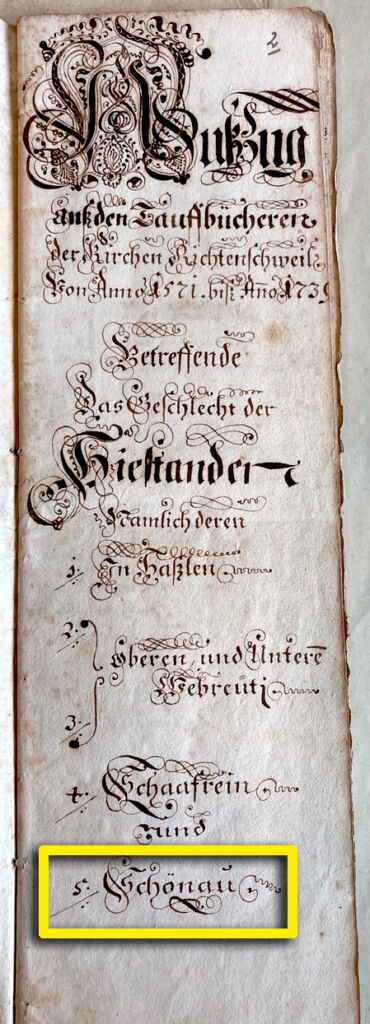
Um oder vor der Wende zum 17. Jahrhundert wurde die Schönau als Zufluchtsort für Täufer bekannt. 1615 war der Täufer Heini Hofmann aus dem Land vertrieben worden. Sein Haus auf der Schönau – wahrscheinlich Hinter Schönau – wurde als “rechter Wächter und underschlaufhuss der Wiedertäufer” bezeichnet. Im Einwohnerverzeichnis von 1634 wird die Familie von Hans Theiler-Bachmann mit vier Kindern erwähnt. Sie waren Täufer, was der reformierte Pfarrer ausdrücklich vermerkte. Die dort lebenden Landis, Theiler und Hiestands waren ALLE Täufer.
Die Schönau war ein idealer Ort für Täufer. Sie lag in einem abgelegenen Winkel des Kantons Zürich, einem Ort, an dem es für Regierungs- und Kirchenbeamte schwierig war, die Aktivitäten der Täufer zu überwachen und sie zu verhaften. Und der südöstliche Rand von Schönau war die Grenze zwischen den Gebieten Zürich und Zug, so dass es leicht möglich war, vom Kanton Zürich in den Kanton Zug zu fliehen, wenn die Zürcher Beamten die Täufer in Schönau bedrängten.
Wir wissen nicht, wie viele der Hiestands, die in Schönau lebten, Täufer waren. Einige waren bekennende Mitglieder der “Schweizer Brüder” (der Titel, mit dem sich die Täufer selbst bezeichneten), aber andere, die nicht per se Täufer waren, waren Sympathisanten, die oft ihre engagierteren Verwandten, Nachbarn und Freunde unterstützten. Sie waren als Halbtäufer bekannt, wie Uli Hiestand, der Neffe von Elsbeth Hiestand, im Jahr 1674.
Hier eine Geschichte über eine Schönauer Hiestand-Täuferin, die für ihren Glauben gelitten hat: Im Jahr 1637 wurden Hans Asper (aus dem Dorf Horgen) und seine Frau Elsbeth Hiestand (aus Hinter Schönau) verhaftet und als Täufer in das Gefängnis Oetenbach (ehemaliges Kloster) in Zürich geworfen, aber es gelang ihnen zu entkommen. Ihr gesamter Besitz, ihr Haus und ihr Hof wurden beschlagnahmt und für 400 Gulden an die Regierung verkauft. Einem Bericht zufolge schloss sich Elsbeth Hiestand aus Hinter Schönau (die Frau von Hans Asper) 1657 den Täufern an, aber dieses Bekenntnis war offenbar mindestens 20 Jahre früher abgelegt worden. Im Jahr 1662/63 wurden Hans Asper und seine Frau Elsbeth Hiestand (vom Pfarrer von Richterswil) als in Jebsheim im Elsass (Ostfrankreich) mit ihren vier Kindern gemeldet.
Elsbeth starb irgendwann vor dem Herbst 1674, und Hans Asper war wieder mit Regula Müller verheiratet. Am 18. Oktober 1674 versuchte der Zürcher Wachtmeister Pfister, den Täufer Hans Asper, Elsbeths Schwiegersohn Jacob Strickler (Täuferprediger) und Jacobs Frau Cathrin Asper im Haus von Uli Hiestand auf Ulis Hof in Hinter Schönau zu verhaften. Doch Ulis Hunde hinderten den Wachtmeister an der Verhaftung.
Am 14. November 1674 hielt sich Hans Asper immer noch im Haus von Uli Hiestand, seinem Neffen, in Schönau auf. Zu diesem Zeitpunkt war Hans bereits alt, schwach und fast blind. Die Hiestands sagten, der alte Mann sei ein guter Freund, der nur zu Besuch bei ihnen sei. Er hatte während des jüngsten Krieges im Elsass sein gesamtes Hab und Gut verloren und bat sie um Geld, um ihm zu helfen. Der Wachtmeister erkundigte sich nach dem Verbleib von Jacob Strickler. Asper sagte, dass sein Schwiegersohn ins Elsass zurückgekehrt sei, um zu sehen, ob der Krieg vorbei sei, und wenn ja, wollten sie dorthin zurückkehren. Uli Hiestand konnte den Wachtmeister davon überzeugen, dass er kein Täufer war, und der Wachtmeister verhaftete Hans Asper wegen seines Alters und seines schwachen Zustands nicht.
Quellen: Staatsarchiv Zürich, E I 7.8, Nr.131-E I 7.8, Nr.145 und Schriften von Kent Hiestand.
Die Geschichte von Hans Asper und Elsbeth Hiestand, die inhaftiert wurden und entkommen sind
Aus dem Martyrs Mirror (Seite 1112-1113, Ausgabe 1938; veröffentlicht von Herald Press, Harrisonburg, VA)
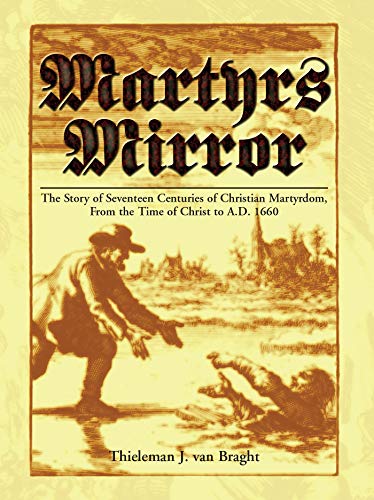
Um diese Zeit, 1639, wurde auch ein junger Mann aus dem Horgerberg namens Hans Aster [sic, Asper] verhaftet. Er wurde ebenfalls nach Zürich in den Oetenbach gebracht, eine Zeit lang mit Brot und Wasser ernährt, seiner Fesseln entblösst usw., aber dann durch die Hilfe einiger seiner Glaubensbrüder befreit.
Als dies geschah, war er durch die schwere Gefangenschaft so elendig verkrüppelt, dass er in der Nacht eine lange Strecke getragen werden musste.
Inzwischen wurde auch seine Frau [Elsbeth Hiestand] mit ihrem Kleinkind gefasst und zeitweilig ins Gefängnis Oetenbach eingesperrt, entkam dann aber durch göttliche Vorsehung den Händen der Feinde. Die Behörden trieben die Kinder in die Armut und verkauften ihr Haus und Gehöft (wobei sie etwa 4000 Gulden lösten), ohne etwas zu restaurieren.
Die Eltern mussten daher hart für ihren Lebensunterhalt arbeiten, nachdem sie alles verloren hatten; aber darin vertrauten sie auf Gottes Verheißungen.
Hinter Schönau - Ein Täuferversteck
1893 wurde ein jahrhundertealtes Haus in Hinter Schönau durch einen Brand zerstört. Obwohl die Zerstörung des Holzes im Kern des Hauses es uns unmöglich machte, das Baujahr zu bestimmen, ist es möglich, dass das Haus eines der ältesten – wenn nicht das älteste – Haus auf dem ursprünglichen Schönauer Hof war. Es wurde vermutlich mindestens schon in der ersten Hälfte des 16. Jahrhunderts erbaut.
Dieses alte Haus, nur wenige hundert Meter von der Grenze zwischen den Kantonen Zug und Zürich entfernt, war möglicherweise das Zuhause des Täufers Heini Hofmann und die Zuflucht zum Schutz von Hofmanns Schweizer Brüdern. Später war das Haus möglicherweise das Zuhause von Uli Hiestand, Neffe von Hans Asper und Elsbeth Hiestand und Cousin von Jacob Strickler, einem Täuferprediger.
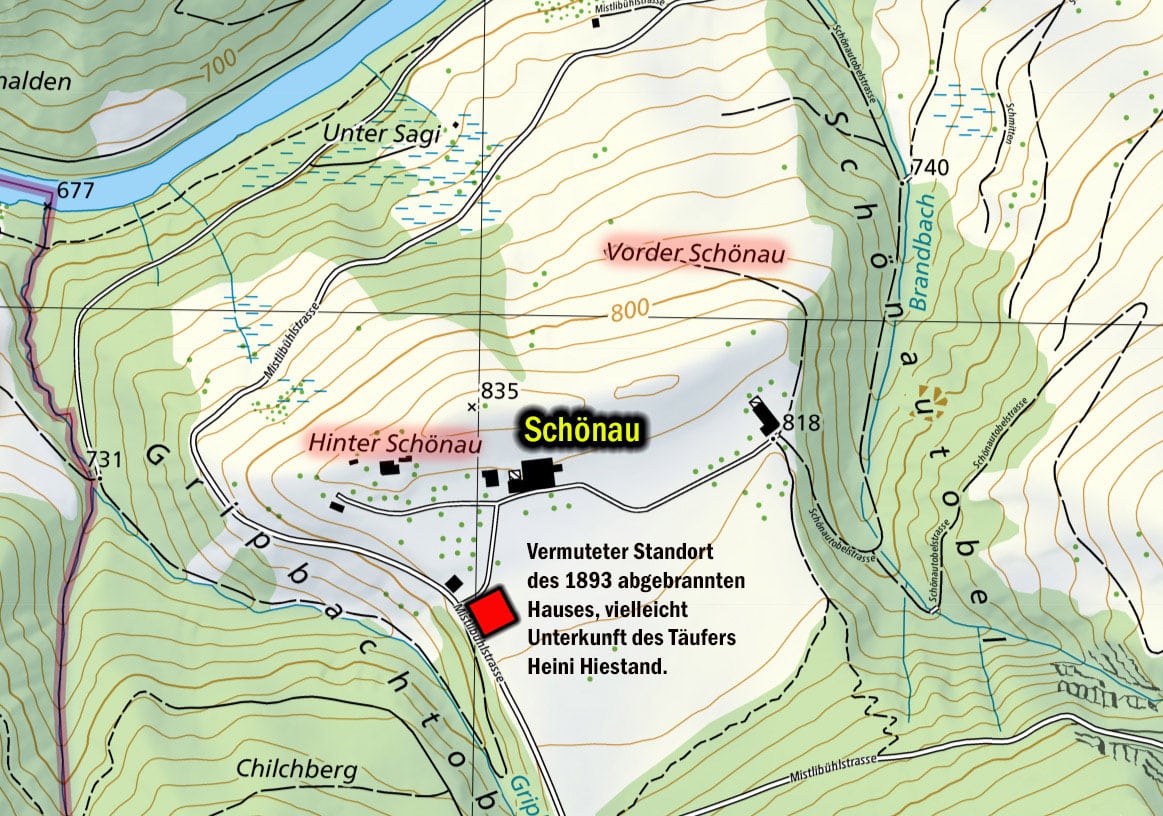
Das Haus in der Hinter Schönau brannte am 27. September 1893 ab. 1895 wurde dort eine Scheune errichtet. Die Scheune wurde wahrscheinlich an der Stelle des ein paar Jahre zuvor abgebrannten Hauses errichtet. Die mit dem abgebrannten Haus verbundene Scheune wurde 1904 abgerissen. Die Scheune von 1895 existiert noch an der Stelle, die in der Topo-Karte oben angegeben ist. Es ist die Scheune auf dem (linken) Foto unten.
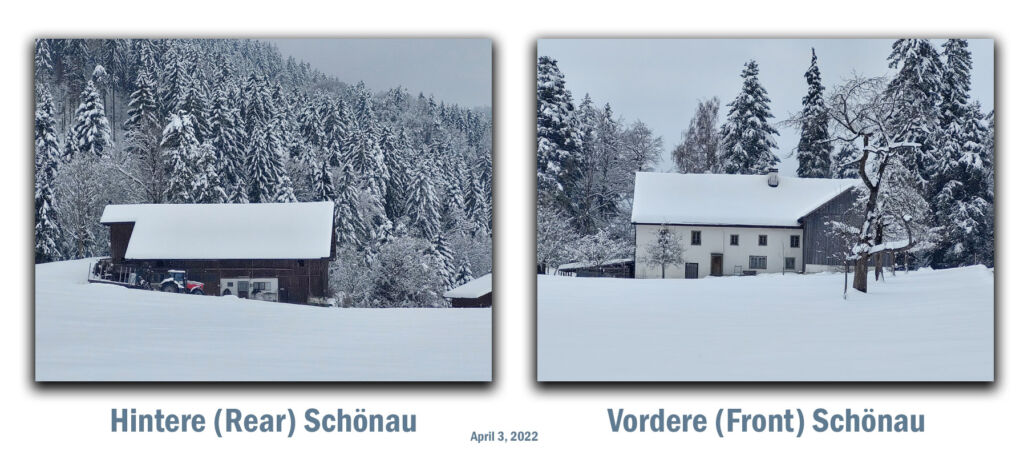
Dass die Hiestands einst in dem 1893 abgebrannten Haus Hintere Schönau wohnten, kann ich nicht beweisen. Aber es ist möglich.
Dr. Peter Ziegler
Wenn Ihnen dieser Artikel gefallen hat, teilen Sie ihn bitte mit anderen, denen er ebenfalls gefallen könnte.

Nehmen Sie an unserer Hiestand-Haston Tour im Juni 2023 in die Schweiz und nach Rheinland Deutschland teil.

Haben Sie mennonitische oder amische Wurzeln? - Nehmen Sie am DNA-Forschungsprojekt teil.

Dr. Fred Dexter Haston
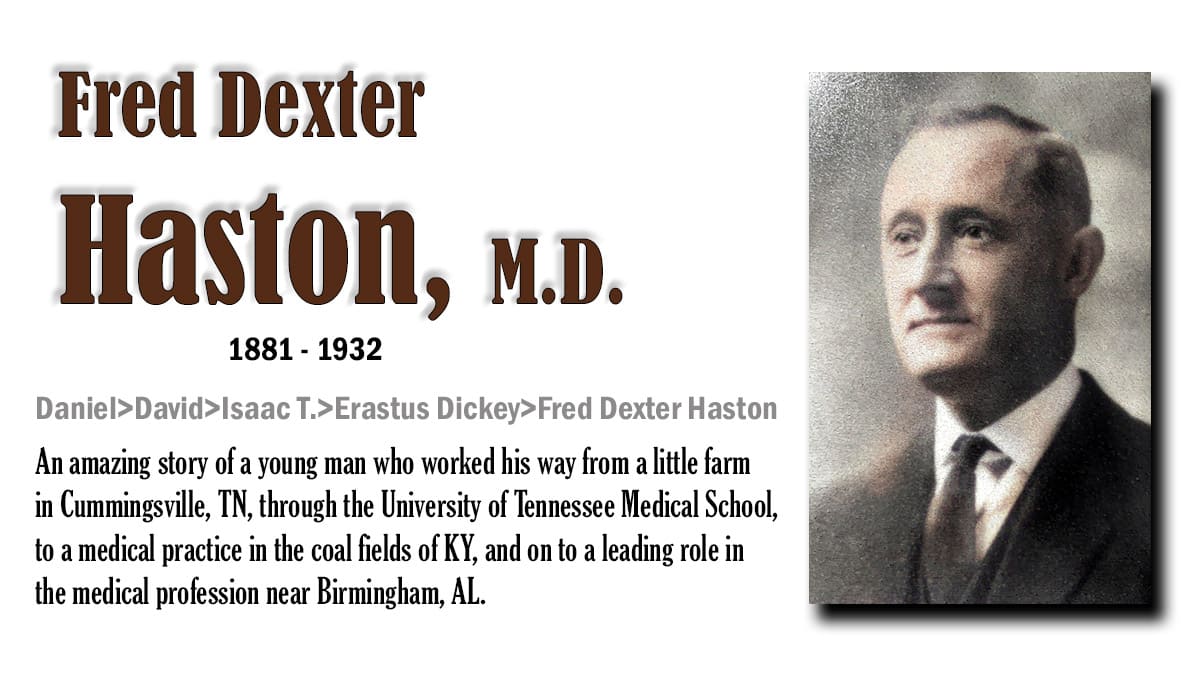
Dr. Fred Dexter Haston, M.D.


How many men or women are prominent enough to have a 700-word article about them in a history book of the state they lived in for 20 years or so? One Great-Great Grandson of Daniel Haston did! Several years ago, even before I began researching my Haston family, I happened to land on his story in a dusty old book in the main library at the University of Tennessee. I was impressed but confused! Who was this Fred Dexter Haston? I had grown up in White County, Tennessee with a boy (then later, young man) with that very same name. And I assumed that my friend, Dexter Haston, was a “junior” because his father’s commonly-given name was F.D. Haston. But I had no idea that they were namesakes of a Dr. Fred Dexter Haston who was a medical doctor who practiced medicine in a very challenging part of southeastern Kentucky–the coal fields, before moving on to more typical medical practices elsewhere.
I will use the text of the History of Kentucky article as the framework for the first four decades of his life. But first, I will show you Dr. Fred Dexter Haston’s lineage back to Daniel Haston, the first American-born patriarch in our male Haston (Hiestand) line.
Family Line Back to Daniel Haston

His Early Years in Van Buren County and White County, TN
Born November 15, 1881

Marriage to Netta Pearl Brown
May 18, 1906

I assume (only an assumption) that Fred Dexter Haston and Netta Pearl Brown probably met as students at the University of Tennessee in Knoxville. They were married a year before his final year of medical school.

Medical School at the University of Tennessee


According to a May 22, 1909 issue of the White County Favorite newspaper, apparently Sparta (TN) thought that Dr. Fred Dexter Haston might come home to Sparta to practice medicine. I say that because he was the only medical doctor of that area from the Haston family at that time. But, for some reason, that never happened.

Two Decades in Kentucky

Bell County, KY
After graduating from Medical School at the University of Tennessee in 1907, Doctor Fred Haston moved to the coal mining area of Eastern Kentucky. For eight years he worked in Arjay (Bell County), Kentucky as an industrial physician. He was employed by the Continental Coal Corporation, and perhaps a different company prior to 1912.
Bell Mine of the Continental Coal Corporation – Arjay community – Bell County, KY – 1912-1915 – 450 employees

1910 Census

Fred and Pearl’s daughter was two years old at the time of the 1910 census and she was born in Kentucky. So, apparently, the family moved to Bell County, Kentucky soon after his 1907 graduation from the University of Tennessee Medical School.
The Hartford Herald – August 16, 1911 – Hartford, KY

Arjay, Kentucky
We do know that sometime around 1912(?) - 1915. He was one of 3 doctors who worked for the Continental Coal Company in Arjay, KY. We did a Hastons men's trip about 25 years ago and went to Arjay (hardly anything there anymore). Went on into nearest town -- Pineville and went to the library where we pulled out and reviewed microfilm of the local news paper covering the 1910-1915 time period. We always wondered why he left the coal company and moved in 1915. We found in the paper that the Continental Coal Company went bankrupt in 1915 -- which is a pretty good reason for leaving. Also found it was a rough time and place to be working because of all the strikes that were taking place which resulted in lot of violence -- fights, cuttings and shooting. Between all of that plus the common diseases and illness they had to deal with -- must have have kept the doctors pretty busy. Was our understanding that there were 3 doctors on staff and my aunt Nina -- one of Fred Dexter's daughters, told me that the doctors always traveled in pairs when they rode out on horse back to the miner's homes to care for the miners and families. Sure wish he had kept a diary.
Fred Marion Haston, Junior - Grandson of Dr. Fred Dexter Haston (September 1, 2022 email)
McAfee of Mercer County, KY
After the coal company that employed him went bankrupt, in March 1916 he moved to McAfee in Mercer County, KY, and took over a private practice from a retired physician.

On July 2, 1916, Dr. Haston was ordained and installed as an elder in the New Providence Presbyterian Church (Southern Presbyterian denomination) in Salvisa of Mercer County, Kentucky.


September 27, 1919 – Danville Daily Messenger (Danville, KY)
Danville of Boyle County, KY
Late in 1919, Dr. Haston moved his family and practice to Danville in Boyle County, KY, but apparently only lived and practice there for a very short time. He bought back the home he had sold in McAfee (Mercer County) and returned there in March of 1920 to reestablish his medical practice in McAfee.
December 2, 1919 – Danville Daily Messenger (Danville, KY)

1920 Census

As of January 2, 1920, the F.D. Haston family was still living in the city of Danville, KY in Boyle County. Fred was, as to be expected, a physician.
February 11, 1920 – Danville Daily Messenger (Danville, KY)

March 6, 1920 – Danville Daily Messenger (Danville, KY)

Back in McAfee of Mercer County, KY
1922 Book Published

After only 15 years out of medical school, Dr. Haston’s life and medical practice to that point were notable enough to be recorded in the History of Kentucky.

September 13, 1925 – The Courier-Journal (Louisville, KY)

The Courier-Journal, Louisville, KY – December 11, 1926

The Courier-Journal, Louisville, KY – March 27, 1927

In Jasper, Alabama - His Final Five Years
The Birmingham News – Birmingham, AL – September 19, 1929

1930 Census - Walker County, AL

The Birmingham News – Birmingham, AL
December 20, 1931
The Birmingham News – Birmingham, AL
August 31, 1932


My grandfather, Dr. F.D. Haston, died in Jasper, Alabama from a mosquito bite on his temple which got infected, -- and of course at that time didn't have the meds they do today to fight infection.
Fred Marion Haston, Junior - Grandson of Dr. Fred Dexter Haston (September 1, 2022 email)




The picture was taken at an Auburn University Football game in 1988 or 1989 in the Nelson Club Section (except for Jake who has been photo-shopped into the picture in 2022 while a student at Auburn). Left to right:
Dr. Fred Marion Haston, Sr. (son of Dr. Fred Dexter Haston, Sr. – b 11-14-1915 d 6-11-2000)
Jacob (“Jake”) Haston (b 6-15-2001)
Fred Marion Haston, Jr. (b 1-31-1941)
Fred (“Tripp”) Marion Haston, III (b 5-14-1968)
I was the photographer … Maybe I should photoshop myself into the picture 🙂
-Richard Haston

Family tree created by Fred M. Haston, Jr.
If you appreciated this article, please share it with others who might also enjoy it.

Haston – James Phillip


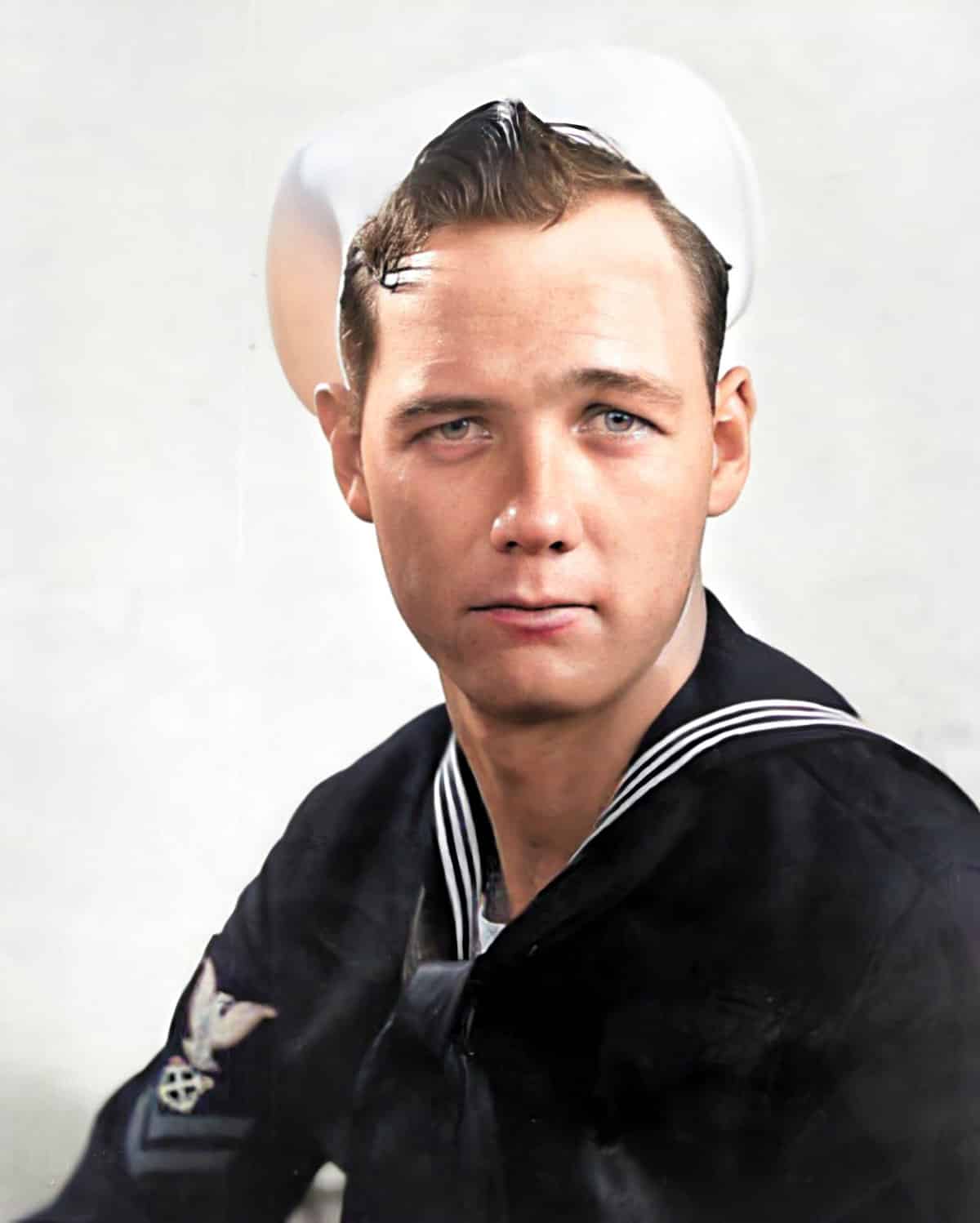
1921 – 2021
James Phillip Haston
Rank and Branch of Military
First Class Boatswain Mate, Navy
Years of Service
1942-1945
Locations of Training, Deployment, and Service
Trained at a destroyer base in San Diego, CA;
Deployed to the South Pacific – “He was a driver for high-ranking naval officers, including Fleet Admiral William F. ‘Bull’ Halsey and Vice Admiral John Henry Newton. He served his country for three years in the Pacific Theater and was discharged from the navy in October 1945.” -Obituary
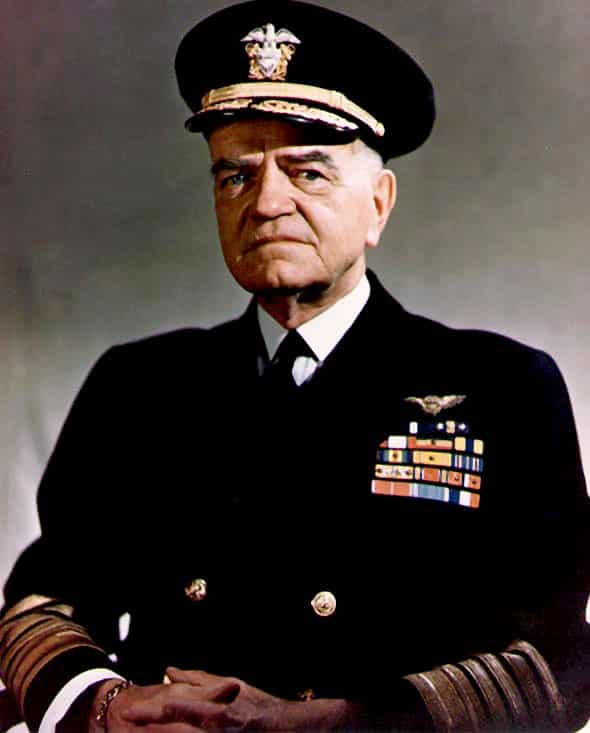
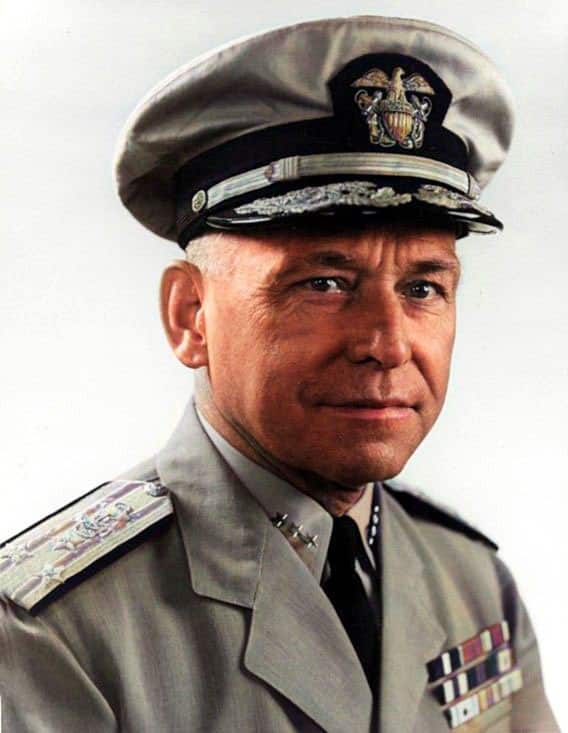
Wartime Theaters of Assignment and Major Battles
South Pacific, where he served in New Caledonia, the Northern Solomon Islands, and the Gilbert Islands.
Stories of Interest Involving the Service Member
Uncle James was a talkative friendly man. But like most of the men from that WWII period in history, he did not talk much about what he did during the war. My mother, sisters, and I went to visit him for his 95th Birthday where he showed us many certificates and photos. He had many autographed photos of various Admirals that he was a driver for during the war. He repeatedly was quick to state that he never actually served in combat areas during the war. “I was just a driver.” I needed to remind him that to me he was part of vital support personnel. “Uncle James, you took care of the people who were making some of the most important decisions during that terrible time. I think you were very important.” He would always switch the conversation back to cattle and tales of where he had driven to transport those animals across the nation. He spent many years as a U.S. Mail clerk, small farmer, and cattle transport driver. James had no children. His last wife Joyce, was a sweet, quite woman. Uncle James was still driving at 95. He lived to be 100 and was written up in the Waco Harold Tribune. Much to my surprise, like my father, he had several articles written about him over the years. Unfortunately, I do not have those articles. I believe he left all of his WWII memorabilia to a library in Temple, TX.
-Lynda Haston Britain (niece)
The Waco, TX Tribune-Herald Article Featuring James P. Haston
Scroll Down (Window Scroll Bar) for Page 2 of the Article
[pdf-embedder url=”https://danielhaston.blog/wp-content/uploads/2022/09/James-P.-Haston-article-in-WacoTX-Tribune-Herald.pdf” ]
Scroll Down (Window Scroll Bar) for Page 2 of the Article
Relationship to the Daniel Haston Family

Brothers - Robert (Bob) Weldon Haston and James (Jim) Phillip Haston
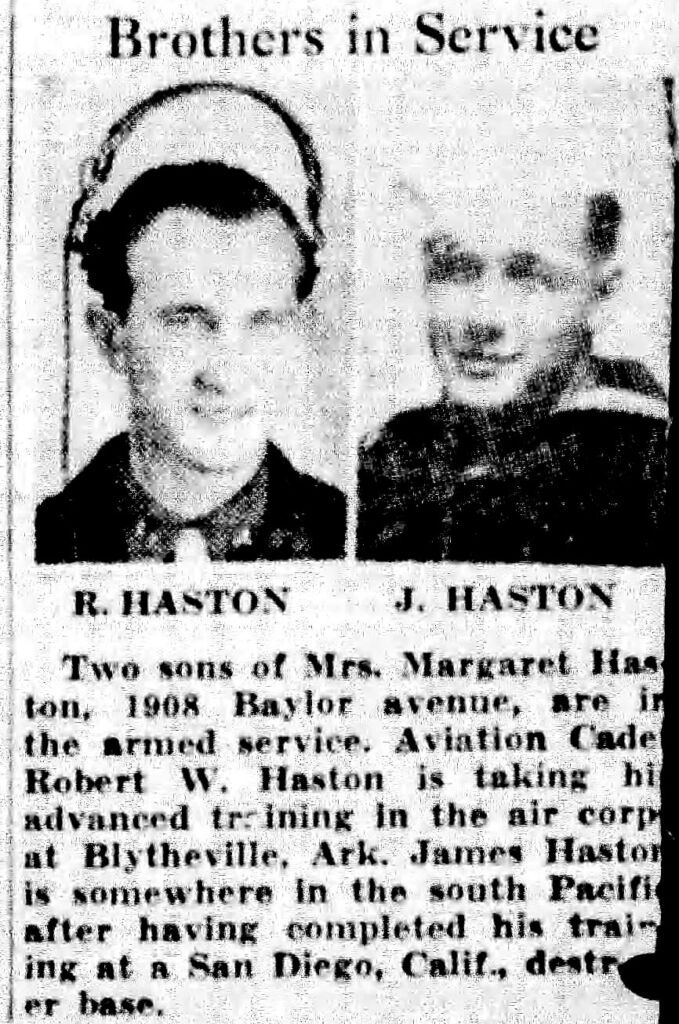
Other Information About the Service Member's Haston or Haston-Related Ancestry
Add Yourself or Your Haston-Related Relative to the Legacy of Service Honor Gallery
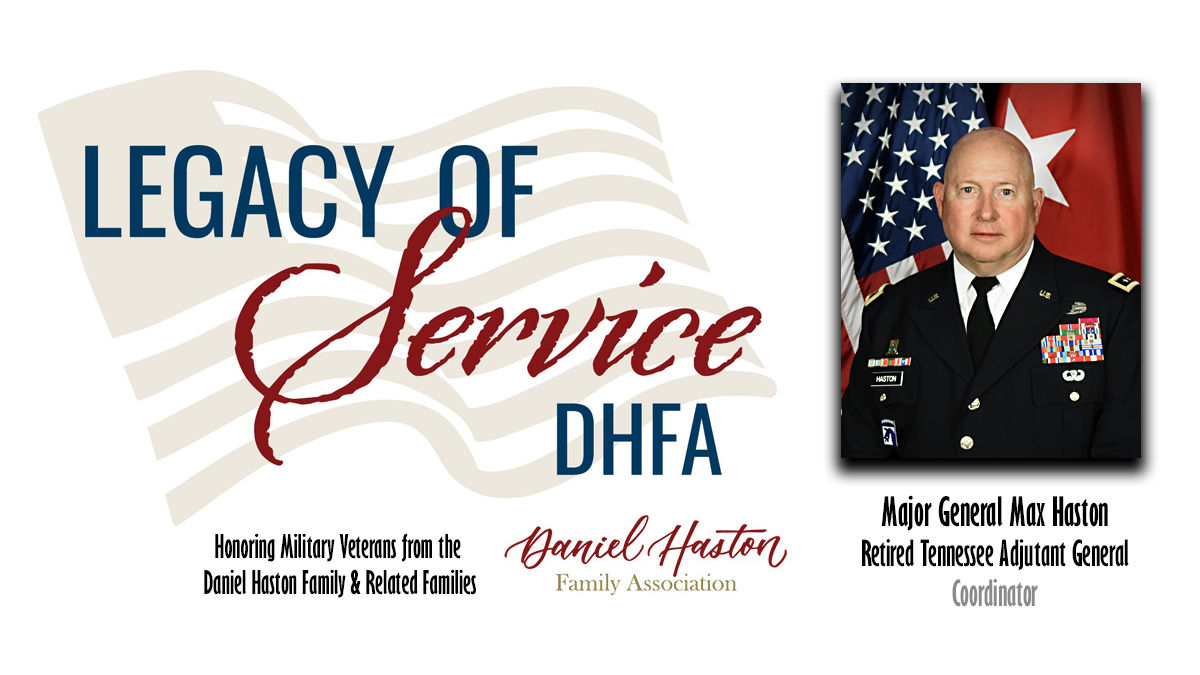
Please share this tribute with family members of the veteran and your friends.

Ueli Hiestand, Prominenter Bauer im 15. Jahrhundert
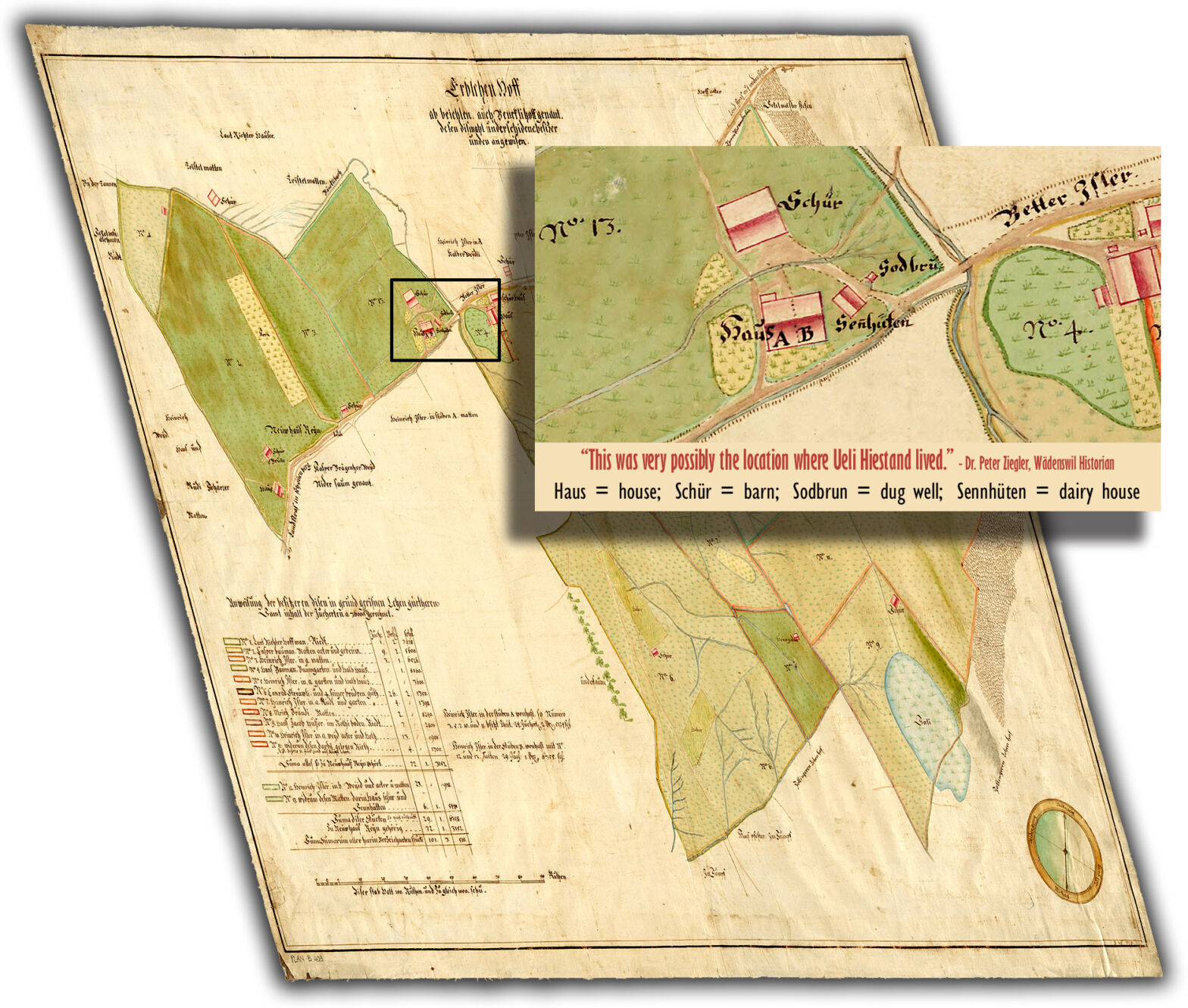
Ueli Hiestand, Prominenter Bauer im 15. Jahrhundert
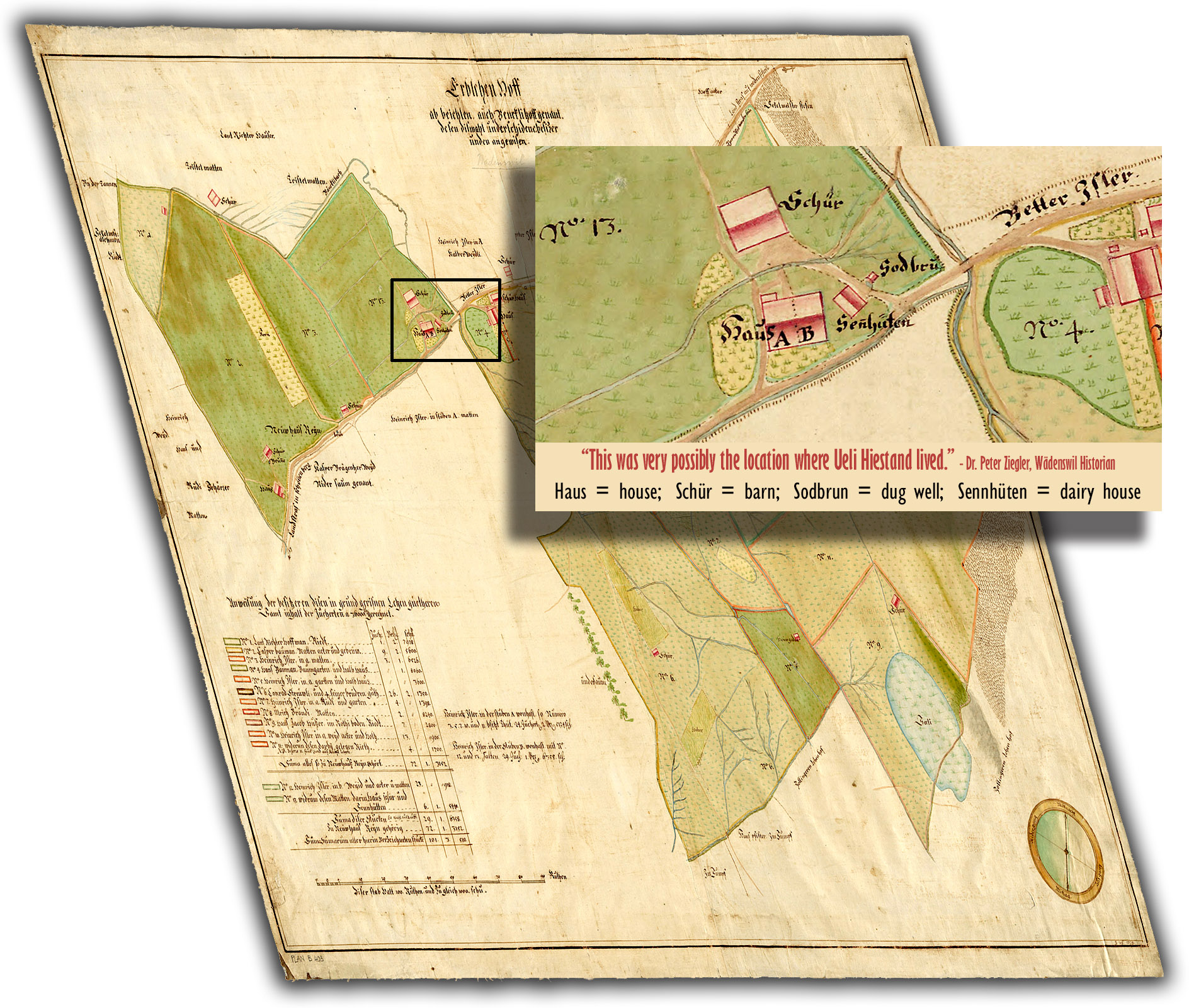
Co-Autoren: Dr. Peter Ziegler (Zürich, Schweiz) und Dr. Wayne Haston (Pennsylvania, USA)
(Einschließlich bedeutender Forschungsdaten von Kent Douglas Hiestand)
Serie: Frühe Schweizer Hiestand
Die Links werden aktiviert und veröffentlicht am
17.9.2022, 1.10.2022, 15.10.2022, 29.10.2022, 12.11.2022, 26.11.2022, 10.12.2022.
Englische Version dieses Artikels
Können Sie sich vorstellen, die Biografie eines Verwandten zu schreiben, der vor 600 Jahren lebte?! Nun, hier ist sie. Dies ist nur möglich dank eines umfangreichen Archivs wie dem Zürcher Staatsarchiv in der Schweiz, der kompetenten Unterstützung einiger sehr hilfreicher amerikanischer Freunde, die mehr Zeit als ich mit der Erforschung der Schweizer Täufer verbracht haben, und von Schweizer Historikern, insbesondere Dr. Peter Ziegler in Wädenswil und Dr. Nicole Billeter in Richterswil. Dies als „Biografie“ zu bezeichnen, mag übertrieben sein, aber es gibt genug Informationen, die einen skizzenhaften Blick auf Ueli Hiestand geben, der Mitte des 15. Jahrhunderts im heutigen Schweizer Kanton Zürich lebte. Also, ich kann dies wohl eine biographische Skizze nennen. -Wayne Haston (Hiestand)
Der Mensch Ueli Hiestand
Ueli = ausgesprochen oo-ELˊ-ee
In früheren Jahren scheinen Familien nur wenige verschiedene Vornamen verwendet und von Generation zu Generation weitergegeben zu haben. Dies ist eine der größten Herausforderungen eines Genealogen. Heinrich und Jacob waren beliebte Namen in der frühen Schweizer Familie Hiestand. Aber auch die Namen Ruedi und Ueli und Kuni Hiestand tauchen im 15. Jahrhundert in Schweizer Aufzeichnungen auf. Der Name Ueli Hiestand sticht als der am häufigsten genannte Hiestand des 15. Jahrhunderts hervor. Er erscheint mindestens 12 Mal in den Zürcher Akten von 1432 bis 1458 und bezieht sich wahrscheinlich auf ein und dieselbe Person, da es sich um einen engen Zeitrahmen handelt. Anscheinend war Ueli ein führender Bauer auf dem Wädenswiler Berg, dem Berghang oberhalb des Zürichsee-Dorfes Wädenswil.
- 30. Januar 1432 (7429) – Ein Ueli Hiestand taucht (nach meinem Wissen) erstmals in den mir vorliegenden Unterlagen auf. Er und Rudi Hiestand waren Zeugen einer Landpacht des Johanniterordens an Hensliy Kubischy.
- 13. Dezember 1448 (9423) – Siehe die Zusammenfassung der Transaktion von 1448 im folgenden Abschnitt.
- 30. November 1449 (9491) – Ueli Hiestand wird Zeuge einer Bescheinigung, dass Hans Urmer „einen Zins von 1 Pfund Geld von Hiestands Haus hat“.
- Mai 1451 (9643) – Ueli Hiestand wird Zeuge der Beglaubigung einer Auktion. Ueli „und genug andere respektable Leute“ sind anwesend, um der Zertifizierung beizuwohnen.
- 20. Dezember 1457 (10272, 10273, 10274, 10275, 10276) – Ueli Hiestand erlebt an diesem Tag fünf Transaktionen. In all diesen Fällen wird er als Erster unter „genügend respektablen Leuten genannt.
- 18. April 1458 (10308, 10309) – Im Wesentlichen wie oben, Ueli Hiestand und „genug andere respektable Leute“ sind anwesend, um diese Transaktionen mitzuerleben.
- August 1458 (10333) – Wieder wohnen Ueli Hiestand und «genug andere Anständige» Zeugen einer Verhandlung vor dem Gericht in Wädenswil bei.
Hinweis: Die Nummern in Klammern beziehen sich auf die Veröffentlichung der Urkundenregesten des Staatsarchivs Zürich, Bd. 6, 1431 bis 1445 und Bd. 7, 1446 bis 1460, erhältlich im Staatsarchiv Zürich oder im Internet abrufbar unter Staatsarchiv Zürich, Urkundenregesten.
Mehrfach wurde Ueli Hiestand als respektabler Mensch bezeichnet. Ich nehme an, dass er als ehrlich und vertrauenswürdig bekannt war. Vielleicht bedeutet seine Erwähnung als Erster unter „anderen respektablen Leuten“, dass er ein führender Bürger war, der für seinen herausragenden Charakter bekannt war.
Für mich ist das interessant, weil es zeigt, dass die Hiestands damals wohlgesinnte und vertrauenswürdige Menschen waren. Nicht jeder wurde als Zeuge geladen.
Dr. Nicole Billeter, Historian in Richterswil
Ueli Hiestands Höfe, 1448 erworbenes Erblehen
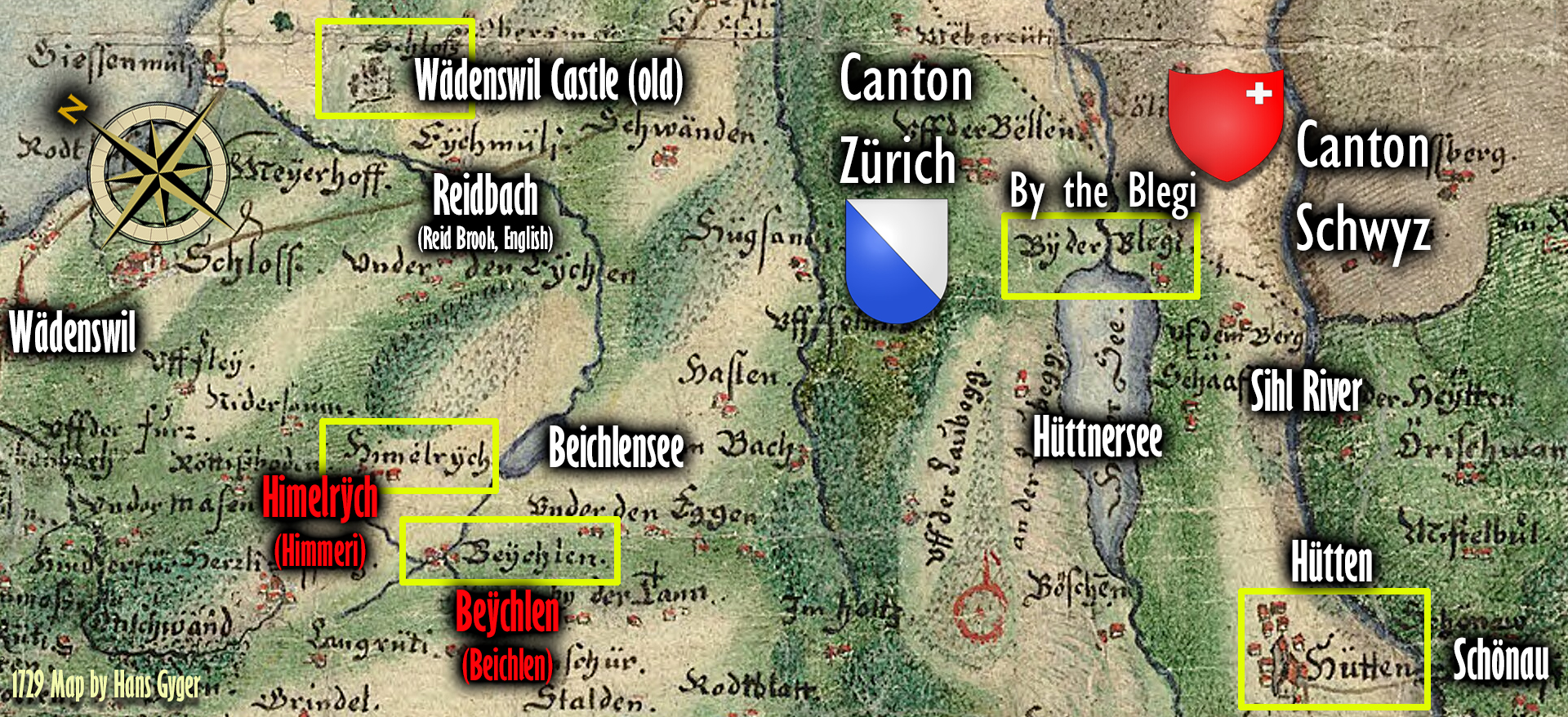
Paraphrase einer Übersetzung des deutschen Originaldokuments:
Am 13. Dezember 1448 legte Ueli eine Urkunde vor, aus der hervorgeht, dass Johannes Lösel, Meister des Johanniterordens in deutschen Landen und Komtur des Hauses Wädenswil, ihm einen Erbpachtvertrag auf die Höfe Benckli (später Beichlen) und Himelrich (später Himmeri) ausstellte. Die jährliche Pachtgebühr betrug 14 Mütt und 2 Viertel (Kornmaße) Getreide, 30 Schilling Zürcher Pfennig (Münzen) und 2 Hühner. Der Hof Benckli lag im Wädenswiler Berg und grenzte an Geplers Hof zur Tanne, an den Bencklibach, an den Geren (Wald) und an den Eichwald (Eichenwald). Der Lehenhof Himelrich grenzte an das Gut von Hartman ab Stolen und an jenes von Ueli Horger. Ueli durfte die Höfe nicht aufteilen. Er durfte das notwendige Holz für Dachschindeln fällen, jedoch nur an dafür vorgesehenen Stellen. Wollte er die Höfe aufgeben, musste er 40 Pfund Pfennig (40 Pfund in bar) bezahlen und seinen gesamten Besitz als Sicherheit verpfänden.
(Staatsarchiv Zürich, C II 15, Nr. 145)
Nachdem der Johanniterorden die Berghänge oberhalb Wädenswil gerodet hatte, wurden einem Teil der Bauern Rechte an Ackerland verkauft. Am Dezember 1448 kaufte Ueli Hiestand von der Johanniterkommende Wädenswil ein Lehengut (erbliche Pachtrechte): zwei Höfe auf dem Wädenswiler Berg. Beichlen (auch Bennkli, wörtlich „bankförmige Abtreppung am Hang“) und Himmeri (auch Himelrych, wörtlich „erhöhtes oder besonders fruchtbares Land“) waren zwei der ältesten Höfe, die im Vorderberg, auf einer Hochebene von Wädenswil auf abgeholzten Flächen entstanden waren.
1729 umfasste der Hof Beichlen (ohne Himmeri) 101 ¾ Jucharten Umland, genauso viel, wie zu dem Zeitpunkt, als Ueli die Pacht erwarb. Die Juchart war ein Maß für die Grösse an Ackerland, die ein Mann an einem Tag bearbeiten konnte, ungefähr einen Morgen. Leider gibt es keine Aufzeichnungen über die Größe des Bauernhofs Himmeri. Ueli Hiestand war zu seiner Zeit wohl einer der prominentesten Pächter des Ritterordens von St. Johann. Ueli musste für die Pacht des Beichlenhofs jedes Jahr am Martinstag einen Zins leisten, bestehend aus einer bestimmten Menge Getreide, Geld in Zürcher Währung und zwei Hühnern.
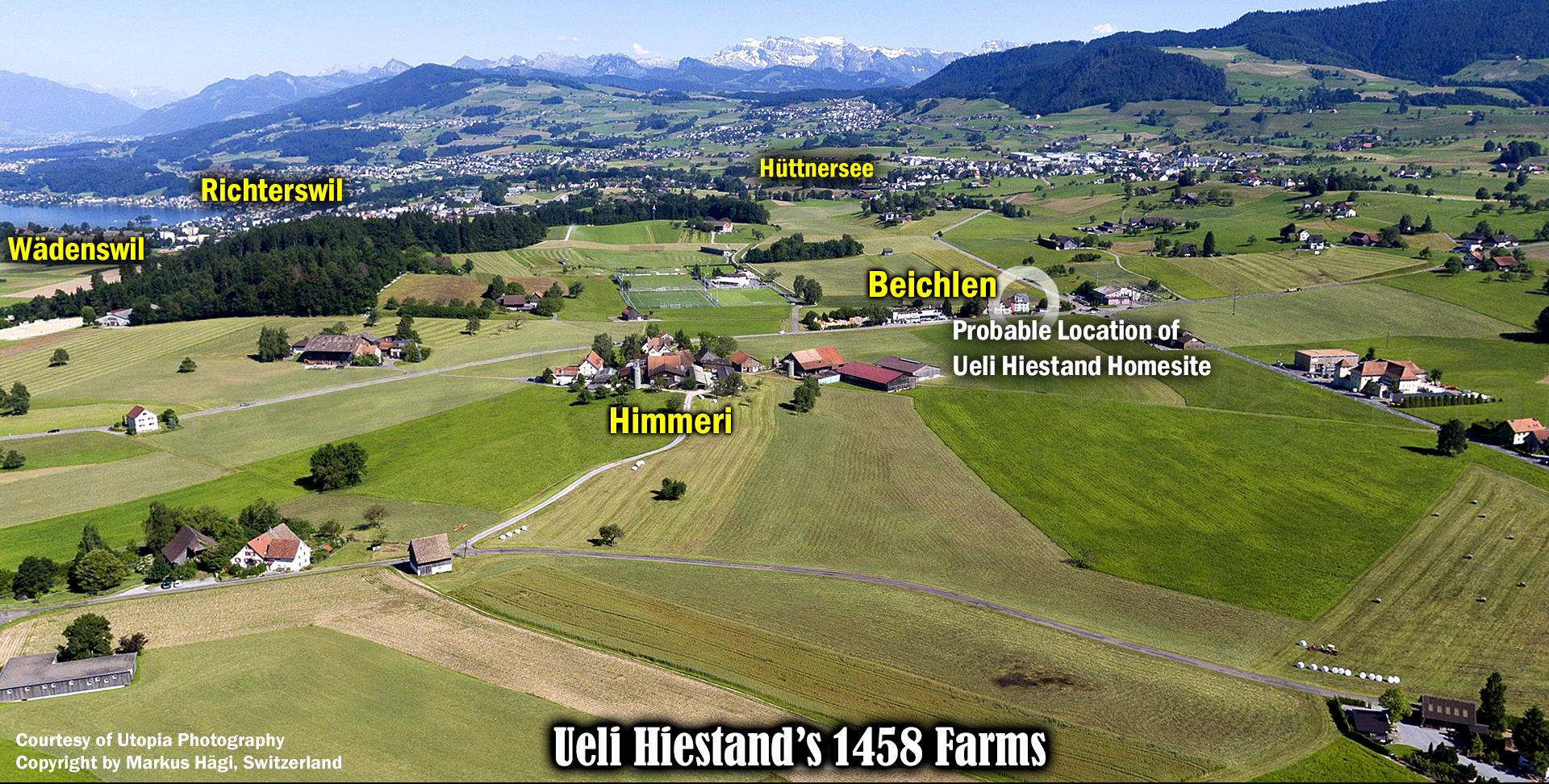
Für die gleiche Ansicht wie oben müssen Sie das Panorama drehen.
Die rote Markierung auf der Google-Karte zeigt, wo wahrscheinlich das Haus von Ueli Hiestand stand.
Wenn Ihnen dieser Artikel gefallen hat, teilen Sie ihn bitte mit anderen, denen er ebenfalls gefallen könnte.

Nehmen Sie an unserer Hiestand-Haston Tour im Juni 2023 in die Schweiz und nach Rheinland Deutschland teil.

Haben Sie mennonitische oder amische Wurzeln? - Nehmen Sie am DNA-Forschungsprojekt teil.

Ueli Hiestand, Prominent Swiss Farmer in the 15th Century
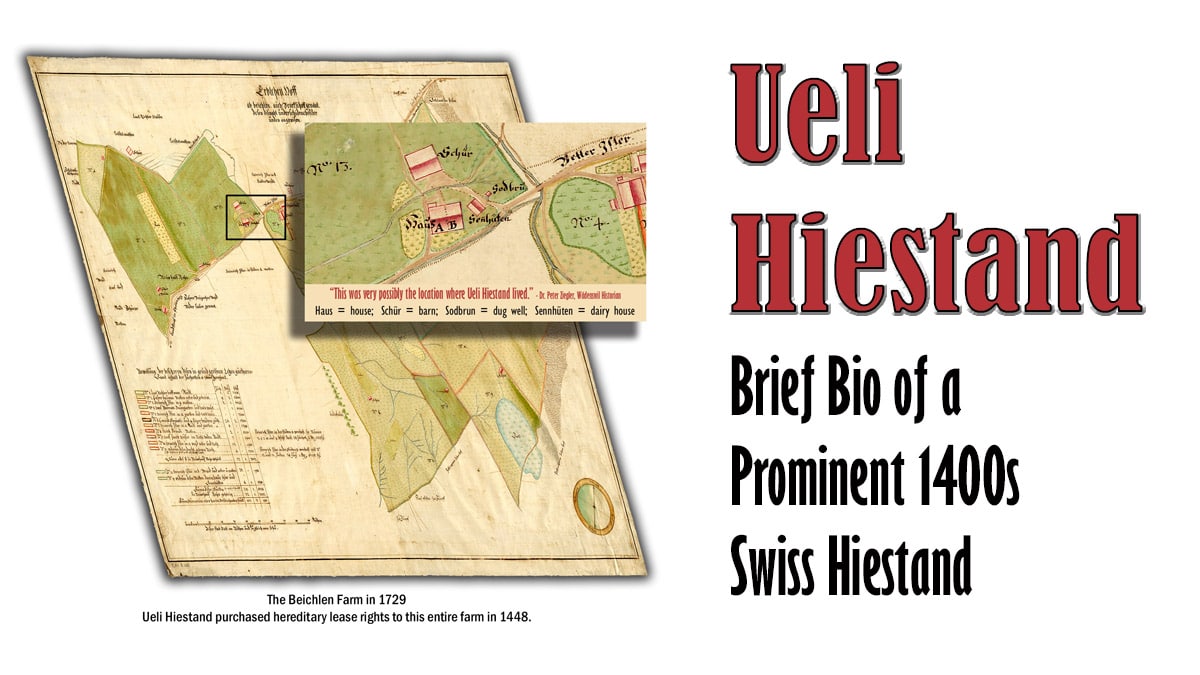
Ueli Hiestand, Prominent Swiss Farmer in the 15th Century

Dr. Peter Ziegler (Zürich, Switzerland) and Dr. Wayne Haston (Pennsylvania, USA), Co-Authors
(Including significant research data from Kent Douglas Hiestand)
"Early Swiss Hiestands" Series
German Language Version of this Article
Can you imagine writing a biography of a relative who was living 600 years ago?! Well, here it is. And it is only possible because of a fantastic document repository like the Zürich State Archives in Switzerland and the able assistance of some very helpful American friends, who have spent more time researching Swiss Anabaptists than I ever will, and Swiss historians, especially Dr. Peter Ziegler, Wädenswil, and Dr. Nicole Billeter, Richterswil. To call it a “biography” may be a bit of an exaggeration, but there is enough information to give us a sketchy view of Ueli Hiestand, who was living in Switzerland’s Canton Zürich in the middle of the 15th century. So, I suppose I can call it a biographical sketch. -Wayne Haston
Ueli Hiestand, the Man
Ueli = pronounced oo-ELˊ-ee
In earlier years, families seem to have only used a few different first names and passed them on from generation to generation. It’s one of the genealogist’s greatest challenges. Heinrich and Jacob were popular names in the early Swiss Hiestand family. But the names Ruedi and Ueli and Kuni Hiestand also appear in Swiss records in the 1400s. The name Ueli Hiestand stands out as the most frequently mentioned Hiestand of the 15th century. It appears at least 12 times in the 1432–1458 Zürich state records, probably referring to one and the same person since it is a narrow timeframe. Apparently, Ueli was a leading citizen on the Wädenswil Berg and Richterswil Berg, the mountain slopes behind Zürichsee’s lakeshore villages, Wädenswil and Richterswil.
- January 30, 1432 (7429) – A Ueli Hiestand appears the first time (to my knowledge) in the documents available to me. He and Rudi Hiestand were witnesses to a lease of land from the Order of the Knights of St. John to Hensliy Kubischy.
- December 13, 1448 (9423) – See the summary of the 1448 transaction in the section below.
- November 30, 1449 (9491) – Ueli Hiestand witnessed a certification that Hans Urmer “has an interest of 1 pound of money from his house.”
- May 9, 1451 (9643) – Ueli Hiestant witnessed the certification of an auction. Ueli “and enough other respectable people” were present to witness the certification.
- December 20, 1457 (10272, 10273, 10274, 10275, 10276) – Ueli Hiestand witnessed five transactions on this day. In all these cases, he was mentioned first among “enough respectable people.”
- April 18, 1458 (10308, 10309) – Essentially the same as above, Ueli Hiestand and “enough other respectable people” were present to witness these transactions.
- August 29, 1458 (10333) – Again, Ueli Hiestand and “enough other respectable people” witnessed a transaction in the court at Wädenswil.
Several times Ueli Hiestand was referred to as a respectable person. I assume this means he was known as an honest and trustworthy person. Perhaps the mention of him as the first among “other respectable people” means that he was a leading citizen who was well-known for his outstanding character.
For me this is interesting, because it shows that the Hiestand family at the time were well thought of and trusted people. Not everybody was called as a witness.
Dr. Nicole Billeter, Historian in Richterswil
Ueli Hiestand's Farms, Hereditary Rights Acquired in 1448

Paraphrase of a translation of the original German document:
Ueli Hiestand was residing on the mountain slope behind the lakeshore village of Wädenswil. On December 13, 1448, Ueli presented documentation proving that Johans Loesel, Master of the Order of Knights of St. John in German Lands and Commander for the House of Wädenswil, had granted to him a hereditary lease to a farm in Benckli (later, Beichlen) and Himelrich (later, Himmeri), a farming estate. The annual lease fee was 14 Mütt and 2 Viertel (grain measures) of grain, 30 Schilling in Zürcher Pfenning (coins), and 2 chickens. The Benckli farm was located in the Wädenswiler Berg and bordered on Gepler's farm for fir trees, on the Bencklibach (stream), on the Geren (forest) and on the Eichwald (oak forest). The farming estate Himelrich bordered on the farming estate of Hartman ab Stolen and on that of Ueli Horger. Ueli was not permitted to divide the farms. He was allowed to cut the necessary wood for shingles roofing wood, but only at designated places. If he wished to give up the farms, he was required to pay 40 Pfund Pfenning (40 pounds in cash) and pledge all of his possessions as security.
C II 15, Nr. 145 from Zürich State Archives
After the Order of St. John cleared the mountain slopes above (behind) Wädenswil, rights to farmland were sold to some of the citizens. On December 1448, Ueli Hiestand bought hereditary tenant rights to lease two farms on the Wädenswiler Berg from the Commendam Wädenswil—a feudal estate (fiefdom, hereditary lease rights) owned by the Order of the Knights of Saint John (Johanniterorden). Beichlen (also Bennkli, literally means “steps/benches on a slope”) and Himmeri (also Himelrych, literally “elevated or particularly fertile land” ) were two of the oldest farms created from land cleared out of heavy forests on a plateau of Wädenswiler Berg known as Vorderberg.
In 1729 the size of the Beichlen farm (not including Himmeri) was 101 ¾ Jucharten, the same as when Ueli acquired the lease. The Juchart was a measurement of the amount of farm land that a man could work in one day, roughly about an acre. Unfortunately there is no existing record of the size of the Himmeri farm. Ueli Hiestand was probably one of the most prominent lease holders of the Order of the Knights of Saint John feudal estate in his day. Each year, on St. Martin’s Day, Ueli had to make a lease payment consisting of a certain amount of grain, 30 pieces of Zurcher currency and two chickens for rights to the Beichlen farm.


You will need to rotate the panorama to see the same basic view as appears above.
Red marker (on the Google map) where the Ueli Hiestand house was probably located.
If you appreciated this article, please share it with others who might also enjoy it.

Join Our June 2023 Hiestand-Haston Tour to Switzerland and Rhineland Germany

Have Mennonite or Amish Roots? - Participate in the DNA Research Project

The Hiestand Name – Its Origin and Meaning
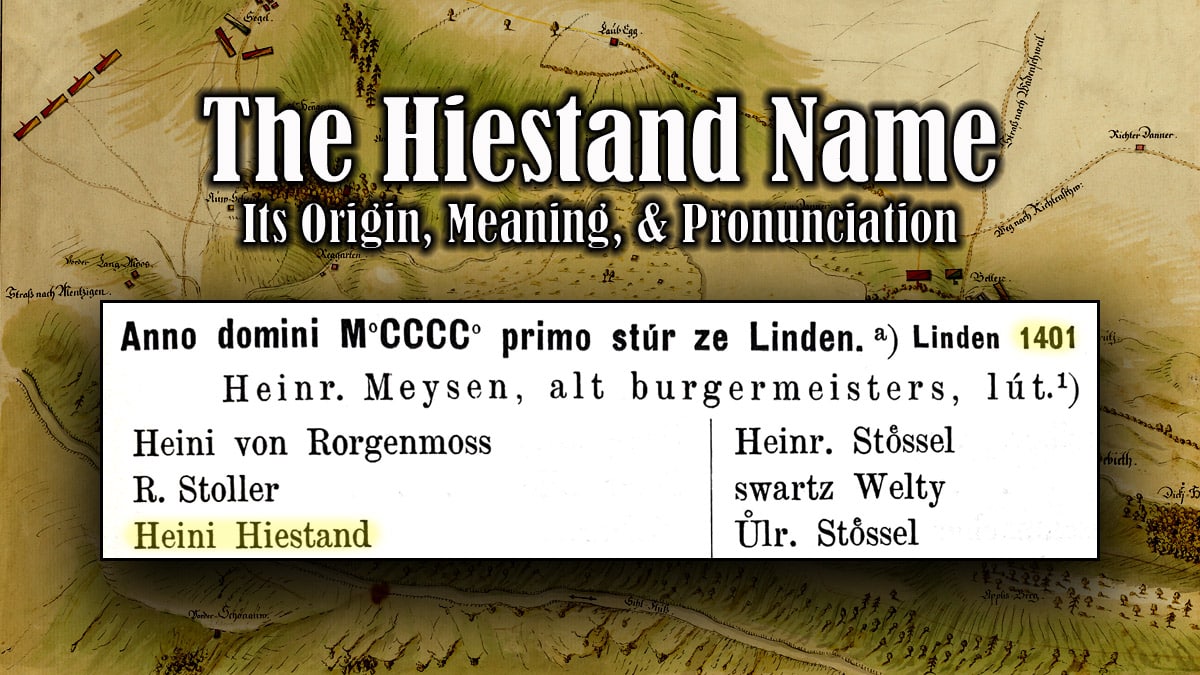
The Hiestand Family Name - It's Origin, Meaning, and Pronunciation

Dr. Peter Ziegler (Zürich, Switzerland) and Dr. Wayne Haston (Pennsylvania, USA), Co-Authors
(Including significant research data from Kent Douglas Hiestand)
"Early Swiss Hiestands" Series
German Language Version of this Article
The Hiestand Family Name - Its Origin
Pre-Surname Era
When our ancient Hiestand ancestors settled in Switzerland (whenever that was), they didn’t have a surname. Before the middle of the 13th century AD there were generally no surnames in the canton of Zürich. Since the population, which was not yet numerous, was spread out, name specificity beyond a first name was not necessary. And the simplicity of life in those days required very little personal identification or record keeping.
For the common people there were virtually no public records kept by churches and few by secular scribes. Some pastors could neither read nor write. Before the invention of the printing press by Johannes Gutenberg around 1440, their education consisted primarily of rote memory. And while tax records required a few educated officials, the records were simple, if they existed at all.
First Record of the Hiestand Surname
The earliest known record of the name Hiestand (which is shown in the image above) is Heini Hiestand on a 1401 tax list for a region in the canton of Zürich. Until further evidence proves otherwise, we can assume with a high degree of certainty that our family name originated there. Kent Hiestand specifically stated that “the name Hiestand originated in only one place.” This is unusual for a surname, a family fact we possess that few other families can claim. This “single place” was the mountainside above Wädenswil and Richterswil, on the southern shore near the eastern end of Lake Zürich.
Another source suggests a more specific location, but without clear documented evidence:
Since there are not any records that have been found of the name Hiestand anywhere else for another 200 years, it is safe to assume that the name Hiestand originated in this location and that Heini is very probably the first to use it. Because of how the tax list was taken in order of farms and where Heini was located on the list, I believe he lived on or near the farm on the meadow called Blegi between the Sihl River and the shore of Bibetersee (Lake Hüetten) on the border with Schwyz on Richterswilerberg.
Some 1400s Swiss Hiestands - According to Schobinger, Egli, and Kläus
These authors mentioned Claus Hiestand who, in 1401, was living in Feusisberg, only two and a half miles (four kilometers) over the canton border from Richterswil into Canton Schwyz. As of September 2022, I have been unable to find official records for this Claus Hiestand.

The Hiestand Family Name - Its Meaning
But why was the 1401 Heini Hiestand and his Swiss family given the name “Hiestand”?
Family names, determined by the first bearer of the name, were inherited through generations. Most of them named themselves after their profession or office, but there were other common reasons for the origin of family names. Some names were designated by neighbors who observed them and knew them. There were no regulations from the state or church. Civil registry offices exist in Switzerland only since January 1, 1876.
Occupational names:
Blacksmith, tailor, shoemaker, weaver, bricklayer, butcher, vine man, wine man, miller, fisherman, wainwright, suter, merchant, brickmaker, etc.
From official titles:
Meier = Latin maior. Administrators of noble or ecclesiastical property. Lives on the Meierhof.
Keller = Cellar, Latin cellarius. In the Middle Ages manager of supplies
Schultheiss = mayor ahd sculdheizo = commander. Mayor of a city in the Middle Ages
Vogt = stately, often aristocratic official. Often sees to the mundane affairs of a monastery
Graf = companion of the king, title of nobility in the Middle Ages.
From the first name of the father (Patronymics):
Christen, Peter, Heinrich, Michel
From characteristics of the person (nickname):
Lang = (Long) the long tall man
Kurz = (In short) the small, short man
Dürr = (Skinny) the thin, skinny man
Haupt = (Main) head
Held = (Hero) brave man
From the geographical origin (name of origin):
Zürcher coming from Zurich, Basler from Basel, Zollinger from Zollikon etc.
From peculiarities of the place of residence:
Boller (on the hill), Gubler (on the hill), Egger (at the corner), Locher (in the hole), Walder (near the forest), Tanner (by the firs)
The Hiestand family name emerges from two Swiss-dialect German words, hier stehen. You may read from some sources that the words have the force of an imperative, “stand here.” But according to Dr. Peter Ziegler, eminent Wädenswiler (Zürich) Swiss historian, hier stehen should be translated “here stood.”
I [Peter Ziegler] would classify Hiestand as a nickname or personal characteristics in a new category: i.e. the steadfast, such as: the tall (Lang family), the desert (Wüst family), the short (Short family), the pale (Blass family), the rich (Family Reich), the great (Family Gross), the good (Family Gut), etc.
Perhaps one of our early families was granted rights to a certain plot of land and that is where the family stood, and tenaciously so. Or it could simply mean they were just stubborn people who were known for obstinately taking a stand. We do know from the history of the Wädenswil-Richterswil area that the people there were known for being fiercely independent. And I assume you have probably known some Hiestands (or Hastons) who were stubborn to the core. Or maybe the name originated with an experience in battle, an occasion or reputation of multiple occasions where the family bravely stood their ground in a noble defensive effort. We don’t know the original meaning of the Hiestand name for sure, but we know that they must have been a people who were known for taking a stand and being steadfast.
The "t" Ending to Hiestand
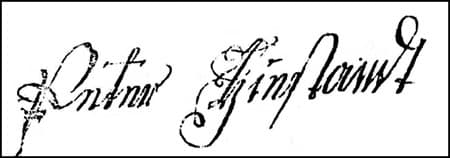
Although the name generally appears ending with a “d,” German-written signatures of Henry Hiestand’s sons, such as those of Peter, in his family Bible record, clearly ended with the consonant “t”—“Hiestandt.” And a 1777 German signature of our Daniel Hiestand/Haston also appears to end with a “t.” Even when English clerks put their English-minded spellings to the Swiss-German surname, sometimes they heard the “t” ending when Henry’s family members pronounced their names, as did the person who recorded the name of “Daniel Hasstont” for the petition to create White County, Tennessee in 1806.
Some Anglicized Alternate Spellings in the United States
Other than the previous addition of “t” to the name for phonetic purposes, the spelling of the family name has remained amazingly consistent for more than six centuries! The H-i-e-s-t-a-n-d spelling of Heini Hiestand’s last name in 1401 is still used by Swiss members of this family today, as well as many who emigrated to America and other countries.
Hiestand or Heistand? Often in the United States, I have found that people sometimes spell the name H-e-i-s-t-a-n-d, with the “e” before the “i.” But, remember this simple rule from English classes: “i before e, except after c.” It is H-i-e-s-t-a-n-d.
However, when Hiestands settled among English-speaking families in America the spelling of the family name morphed into a wide variety of spellings. Hiestands, as well as other German-speaking folks, were generally not English-literate for a generation, or perhaps several generations, after arriving in the New World. Consequently, they were at the mercy of English or Scots-Irish officials for the spelling of “Hiestand.” In some cases, the name simply morphed because the clerks wrote it the way they heard it and the German speakers could not tell the difference until the English-sounding name became the common spelling. In other cases, Deutsch (German-speaking) families intentionally chose to change their names to better fit into English speaking communities and to shield themselves from the anti-Deutsch bias that often existed once they moved away from Pennsylvania and other settlements with large German-speaking populations.
The H-A-S-T-O-N misspelling of Hiestand occurred in at least three official records when Swiss-German Henrich Hiestand’s family was living in the Shenandoah Valley of northern Virginia. When Henrich’s son, Daniel Hiestand, moved to Tennessee, it appears that his two oldest sons (David and Joseph), both of whom were literate in the English language, chose to adopt the Haston spelling. Although the clerks in Tennessee tended to gravitate to more familiar names for their spellings (such as Hasting, Hastin, Hastings, Hasten), David and Joseph Haston consistently spelled their family name H-A-S-T-O-N.
As members of the Tennessee Haston family began to move west, some branches of the family chose to adopt alternate spellings, mostly because they were confused about their European roots. For example, they thought the family originated in England and thought Hasting, Hastings, or Hastain were correct spellings of their name.
The Surname Hiestand - Its Pronunciation
Generally, English speakers who are not familiar with the Hiestand name mispronounce it, which is understandable. Probably the most frequent part of the mispronunciation is the “ie” diphthong that follows “H.”
īIn German the diphthong, ie is generally pronounced like “ee” in English, thus hee-stand. In English ie is sometimes pronounced like “ee” (as in Marie, piece, grief) and other times pronounced like a long “i,” (as in tries, flier, cried). Thus, it is no wonder that many English speakers tend to mispronounce the name as Hī-stand, but it should be pronounced “hee-stand.”
In German you always pronounce the second vowel when IE is used. Therefore HiEstand. But in English sometimes you follow the first letter in Ie. HIestand. -Geni Hiestand
The proper way to pronounce Hiestand is to follow the German pronunciation–Hee-stand.
If you appreciated this article, please share it with others who might also enjoy it.

Join Our June 2023 Hiestand-Haston Tour to Switzerland and Rhineland Germany

Have Mennonite or Amish Roots? - Participate in the DNA Research Project

Der Familienname Hiestand
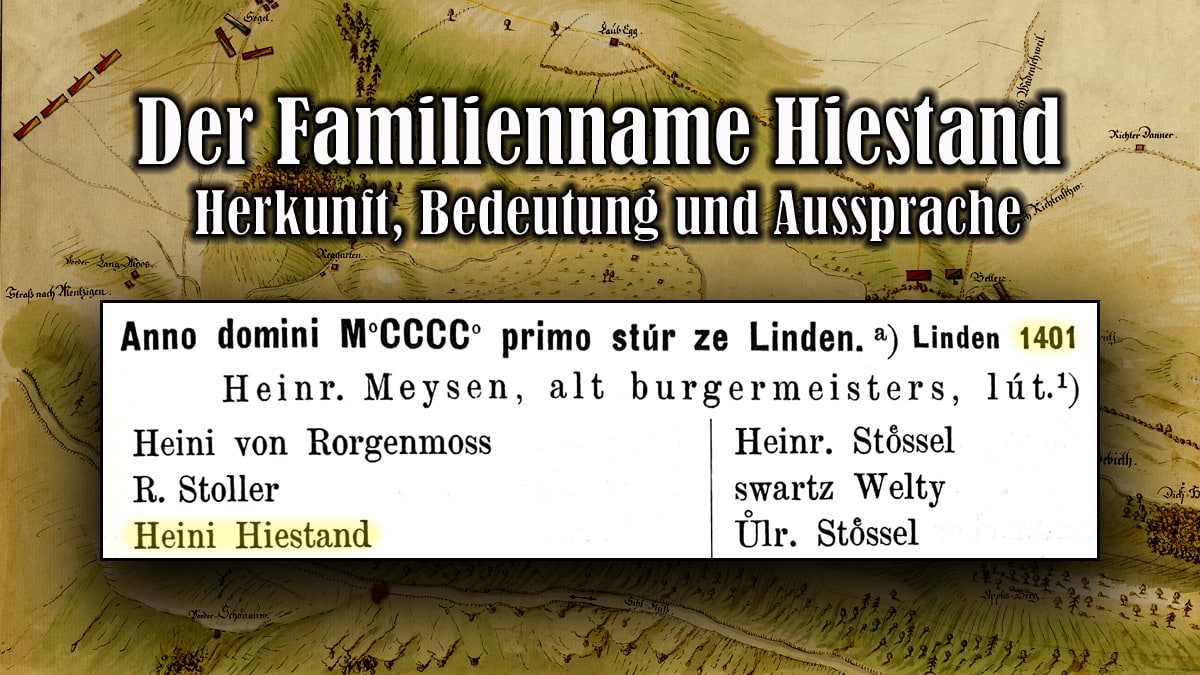
Der Familienname Hiestand - Herkunft, Bedeutung und Aussprache

Co-Autoren: Dr. Peter Ziegler (Zürich, Schweiz) und Dr. Wayne Haston (Pennsylvania, USA)
(Einschließlich bedeutender Forschungsdaten von Kent Douglas Hiestand)
Serie: Frühe Schweizer Hiestand
Die Links werden aktiviert und veröffentlicht am
17.9.2022, 1.10.2022, 15.10.2022, 29.10.2022, 12.11.2022, 26.11.2022, 10.12.2022.
Englische Version dieses Artikels
Der Familienname Hiestand - Sein Ursprung
Vor-Nachnamen-Ära
Als sich unsere alten Hiestand-Vorfahren in der Schweiz niederließen (wann auch immer das war), hatten sie keinen Nachnamen. Vor der Mitte des 13. Jahrhunderts n. Chr. gab es im Zürcher Gebiet generell keine Nachnamen. Da die noch nicht zahlreiche Population verteilt war, war eine Namensspezifität über einen Vornamen hinaus nicht notwendig. Und die Einfachheit des Lebens in jenen Tagen erforderte sehr wenig persönliche Identifizierung oder Aufzeichnungen.
Für das einfache Volk gab es praktisch keine öffentlichen Aufzeichnungen, die von Kirchen geführt wurden, und nur wenige von weltlichen Schreibern. Einige Pastoren konnten weder lesen noch schreiben. Vor der Erfindung des Buchdrucks durch Johannes Gutenberg um 1440 bestand ihre Ausbildung vor allem aus dem Auswendiglernen. Und während Steuerunterlagen ein paar gebildete Beamte erforderten, waren die Aufzeichnungen einfach, wenn sie überhaupt existierten.
Erste Aufzeichnung des Nachnamens Hiestand
Die früheste bekannte Aufzeichnung des Namens Hiestand (die im Bild oben gezeigt wird) ist Heini Hiestand auf einer Steuerliste von 1401 für eine Region im Raum Zürich. Bis weitere Beweise das Gegenteil belegen, können wir mit hoher Sicherheit davon ausgehen, dass unser Familienname dort entstanden ist. Kent Hiestand erklärte ausdrücklich, dass “der Name Hiestand nur an einem Ort entstand”. Dies ist ungewöhnlich für einen Nachnamen, eine Familientatsache, die wir besitzen, die nur wenige andere Familien behaupten können. Dieser “einzige Ort” war der Berghang oberhalb von Wädenswil und Richterswil, am Südufer nahe dem östlichen Ende des Zürichsees.
Eine andere Quelle schlägt einen spezifischeren Ort vor, aber ohne klar dokumentierte Beweise:
Da es seit weiteren 200 Jahren nirgendwo sonst Aufzeichnungen über den Namen Hiestand gibt, kann man davon ausgehen, dass der Name Hiestand an diesem Ort entstand und dass Heini sehr wahrscheinlich der Erste ist, der ihn verwendet. Aufgrund der Art und Weise, wie die Steuerliste in der Reihenfolge der Höfe geführt wurde und wo Heini auf der Liste stand, glaube ich, dass er auf oder in der Nähe des Hofes auf der Fläche Blegi zwischen der Sihl und dem Ufer des Bibetsees (Hüttnersee) an der Grenze zu Schwyz am Richterswilerberg lebte.
Der Familienname Hiestand - seine Bedeutung
Aber warum erhielten Heini Hiestand von 1401 und seine Schweizer Familie den Namen “Hiestand”?
Familiennamen, die vom ersten Namensträger bestimmt wurden, wurden über Generationen hinweg vererbt. Die meisten von ihnen benannten sich nach ihrem Beruf oder Amt, aber es gab andere häufige Gründe für die Herkunft von Familiennamen. Einige Namen wurden von Nachbarn benannt, die sie beobachteten und kannten. Es gab keine Vorschriften des Staates oder der Kirche. Standesämter gibt es in der Schweiz erst seit dem 1. Januar 1876.
Berufsbezeichnungen:
Schmied, Schneider, Schuhmacher, Weber, Maurer, Metzger, Müller, Fischer, Suter, Kaufmann, Ziegler, etc.
Aus offiziellen Titeln:
Meier, lat. maior. Verwalter von adeligem oder kirchlichem Grundbesitz. Wohnt auf dem Meierhof.
Keller, lat. cellarius. Im Mittelalter Verwalter der Vorräte
Schultheiss. ahd sculdheizo = Befehlender. Im Mittelalter Bürgermeister einer Stadt
Vogt: herrschaftlicher, oft adeliger Beamter. Besorgt oft die weltlichen Belange eines Klosters
Graf: Begleiter des Königs, Adelstitel im Mittelalter. lat. comes
Aus dem Vornamen des Vaters (Patronym):
Christen, Peter, Heinrich, Michel
Aus Merkmalen der Person (Spitzname):
Lang: der lange, gross gewachsene Mann
Kurz: der kleine, kurz gewachsene Mann
Dürr: der dünne, magere Mann
Haupt: Kopf
Held: mutiger Mann
Aus der geografischen Herkunft (Herkunftsname):
Zürcher aus Zürich, Basler aus Basel, Zollinger aus Zollikon etc.
Aus den Besonderheiten des Wohnortes:
Boller (auf dem Hügel), Gubler (auf dem Hügel), Egger (an der Ecke), Locher (im Loch), Walder (in der Nähe des Waldes), Tanner (bei den Tannen)
Der Familienname Hiestand setzt sich aus zwei schweizerisch-dialektaldeutschen Wörtern zusammen, hier stehen. Sie können aus einigen Quellen lesen, dass die Worte die Kraft eines Imperativs haben: “Stehe hier.” Aber laut Dr. Peter Ziegler, bedeutender Wädenswiler Historiker, sollte hier stehen mit “hier stand” übersetzt werden.
Ich [Peter Ziegler] würde Hiestand als Spitznamen oder persönliche Merkmale in eine neue Kategorie einordnen: d.h. die Standhaften, wie: die Langen (Familie Lang), die Wüsten (Familie Wüst), die Kleinen (Familie Kurz), die Blassen (Familie Blass), die Reichen (Familie Reich), die Großen (Familie Gross), die Guten (Familie Gut) usw.
Vielleicht wurde einer unserer frühen Familien das Recht auf ein bestimmtes Stück Land gewährt, und dort stand die Familie, und zwar hartnäckig. Oder es könnte einfach bedeuten, dass sie nur sture Menschen waren, die dafür bekannt waren, hartnäckig Stellung zu beziehen. Aus der Geschichte der Region Wädenswil-Richterswil wissen wir, dass die Menschen dort für ihre Unabhängigkeit bekannt waren. Und ich nehme an, sie haben wahrscheinlich einige Hiestands (oder Hastons) gekannt, die bis ins Mark stur waren. Oder vielleicht stammt der Name aus einer Erfahrung im Kampf, einem Anlass oder einem Ruf mehrerer Gelegenheiten, bei denen sich die Familie mutig in einer edlen Verteidigungsanstrengung behauptete. Wir kennen die ursprüngliche Bedeutung des Namens Hiestand nicht genau, aber wir wissen, dass sie eine Familie gewesen sein muss, die dafür bekannt war, standhaft zu bleiben.
Das "t"-Ende auf Hiestand

Obwohl der Name im Allgemeinen mit einem “d” endet, endeten die in Deutschland geschriebenen Unterschriften von Henry Hiestands Söhnen, wie die von Petrus, in seiner Familienbibel eindeutig mit dem Konsonanten “t” – “Hiestandt”. Und auch eine deutsche Unterschrift unseres Daniel Hiestand/Haston aus dem Jahr 1777 scheint mit einem “t” zu enden. Selbst wenn englische Angestellte ihre englischsprachigen Schreibweisen auf den schweizerisch-deutschen Nachnamen setzten, hörten sie manchmal die Endung “t”, wenn Henrys Familienmitglieder ihre Namen aussprachen, ebenso wie die Person, die den Namen “Daniel Hasstont” für die Petition zur Schaffung von White County, Tennessee, im Jahr 1806 aufzeichnete.
Einige anglisierte alternative Schreibweisen in den Vereinigten Staaten
Abgesehen von der vorherigen Hinzufügung von “t” zum Namen für phonetische Zwecke ist die Schreibweise des Familiennamens seit mehr als sechs Jahrhunderten erstaunlich konsistent geblieben! Die H-i-e-s-t-a-n-d-Schreibweise von Heini Hiestands Nachnamen im Jahr 1401 wird noch heute von Schweizer Mitgliedern dieser Familie sowie von vielen, die nach Amerika und in andere Länder ausgewandert sind, verwendet.
Hiestand oder Heistand? Oft habe ich in den Vereinigten Staaten festgestellt, dass Menschen manchmal den Namen H-e-i-s-t-a-n-d schreiben, mit dem “e” vor dem “i”. Denken Sie an diese einfache Regel aus dem Englischunterricht: “i vor e, außer nach c.” Es ist H-i-e-s-t-a-n-d.
Als sich Hiestands jedoch unter englischsprachigen Familien in Amerika niederließen, verwandelte sich die Schreibweise des Familiennamens in eine Vielzahl von Schreibweisen. Hiestands, wie auch andere deutschsprachige Leute, waren im Allgemeinen für eine Generation oder vielleicht mehrere Generationen nach ihrer Ankunft in der Neuen Welt nicht englischsprachig. Folglich waren sie der Gnade englischer oder schottisch-irischer Beamter für die Schreibweise von “Hiestand” ausgeliefert. In einigen Fällen verwandelte sich der Name einfach, weil die Angestellten ihn so schrieben, wie sie ihn hörten, und die deutschen Sprecher konnten den Unterschied nicht erkennen, bis der englisch klingende Name zur gebräuchlichen Schreibweise wurde. In anderen Fällen entschieden sich deutschsprachige Familien absichtlich dafür, ihre Namen zu ändern, um besser in englischsprachige Gemeinschaften zu passen und sich vor der anti-deutschen Voreingenommenheit zu schützen, die oft bestand, nachdem sie sich von Pennsylvania und anderen Siedlungen mit großer deutschsprachiger Bevölkerung entfernt hatten.
Der H-A-S-T-O-N-Schreibfehler von Hiestand trat in mindestens drei offiziellen Aufzeichnungen auf, als die Familie des Schweizerdeutschen Henrich Hiestand im Shenandoah Valley im Norden Virginias lebte. Als Henrichs Sohn, Daniel Hiestand, nach Tennessee zog, scheint es, dass seine beiden ältesten Söhne (David und Joseph), die beide in der englischen Sprache lesen und schreiben konnten, sich dafür entschieden, die Haston-Schreibweise anzunehmen. Obwohl die Angestellten in Tennessee dazu neigten, bekanntere Namen für ihre Schreibweisen zu bevorzugen (wie Hasting, Hastin, Hastings, Hasten), schrieben David und Joseph Haston konsequent ihren Familiennamen H-A-S-T-O-N.
Als Mitglieder der Familie Tennessee Haston begannen, nach Westen zu ziehen, entschieden sich einige Zweige der Familie für alternative Schreibweisen, vor allem, weil sie über ihre europäischen Wurzeln verwirrt waren. Zum Beispiel dachten sie, dass die Familie aus England stammte und dachten, Hasting, Hastings oder Hastain seien korrekte Schreibweisen ihres Namens.
Der Familienname Hiestand - seine Aussprache
Im Allgemeinen sprechen Englischsprachige, die mit dem Namen Hiestand nicht vertraut sind, ihn falsch aus, was verständlich ist. Der wahrscheinlich häufigste Teil der falschen Aussprache ist der “ie” Diphthong, der auf “H” folgt.
Im Deutschen wird der Diphthong, dh im Allgemeinen wie “ee” im Englischen ausgesprochen, also hee-stand. Im Englischen wird ie manchmal wie “ee” ausgesprochen (wie in Mar ie, p ie ce, gr ie f) und manchmal wie ein langes “i” ausgesprochen (wie in tr ie s, fl ie r, cr ie d). Daher ist es kein Wunder, dass viele englischsprachige Menschen dazu neigen, den Namen als Hī-stand falsch auszusprechen.
Die richtige Art, Hiestand auszusprechen, ist, der deutschen Aussprache zu folgen – Hee-stand.
Wenn Ihnen dieser Artikel gefallen hat, teilen Sie ihn bitte mit anderen, denen er ebenfalls gefallen könnte.

Nehmen Sie an unserer Hiestand-Haston Tour im Juni 2023 in die Schweiz und nach Rheinland Deutschland teil.

Haben Sie mennonitische oder amische Wurzeln? - Nehmen Sie am DNA-Forschungsprojekt teil.

 Unsere Schweizer Hiestand- Vorfahren im 15. Jahrhundert
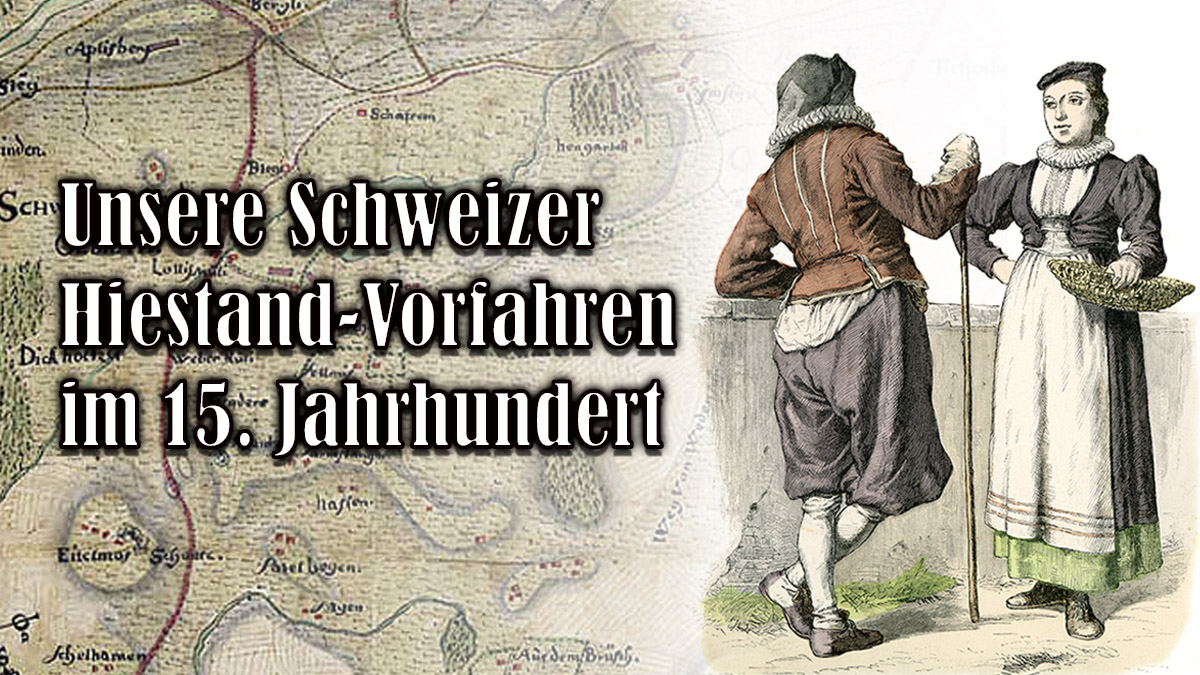
Unsere Schweizer Hiestand-Vorfahren im 15. Jahrhundert

Co-Autoren: Dr. Peter Ziegler (Zürich, Schweiz) und Dr. Wayne Haston (Pennsylvania, USA)
(Einschließlich bedeutender Forschungsdaten von Kent Douglas Hiestand)
Serie: Frühe Schweizer Hiestand
Die Links werden aktiviert und veröffentlicht am
17.9.2022, 1.10.2022, 15.10.2022, 29.10.2022, 12.11.2022, 26.11.2022, 10.12.2022.
Englische Version dieses Artikels
Fast 100 Jahre vor 1492 – als “Kolumbus über den blauen Ozean segelte” – hatten wir Hiestand-Vorfahren im Kanton Zürich in der Schweiz, die Wald rodeten, die schönen Berghänge südlich des Zürichsees bewirtschafteten, Häuser und Scheunen bauten, die Hunderte von Jahren überdauerten, im Bibetsee (dem heutigen Hüttnersee) fischten, die Kirche besuchten und Gott verehrten. Einige ihrer Namen sind bekannt, ebenso die Orte, an denen sie lebten. Und in einigen Fällen wissen wir ein wenig über sie – was für Menschen sie waren und was sie mit ihrem Land gemacht haben.
Um 1500 n. Chr. breitete sich die Familie Hiestand den Berghang hinab in Richtung der Dörfer Wädenswil und Richterswil aus. Die gelben Punkte zeigen Grundstücke an, von denen wir wissen, dass sie im 15. Jahrhundert von Hiestands bewirtschaftet wurden. Die meisten Höfe dieser Familie lagen an einem der Pilgerwege, welche durch die Herrschaft der Johanniter nach dem Benediktinerkloster Einsiedeln führten. Nur die Schönau war abgelegen und konnte darum im 16. und 17. Jahrhundert zum „Nest der Täufer“ werden. Der wichtigste Pilgerweg führte vom Horgner Berg herkommend über Beichlen – Tanne – Egg – Fälmis – Blegi und Lölismühle Richtung Schindellegi. Dort überquerte er die Sihl und erreichte, durch die Voralpen aufsteigend, über Bennau und Schnabelsberg die Abtei „Unsere Liebe Frau von Einsiedeln“.
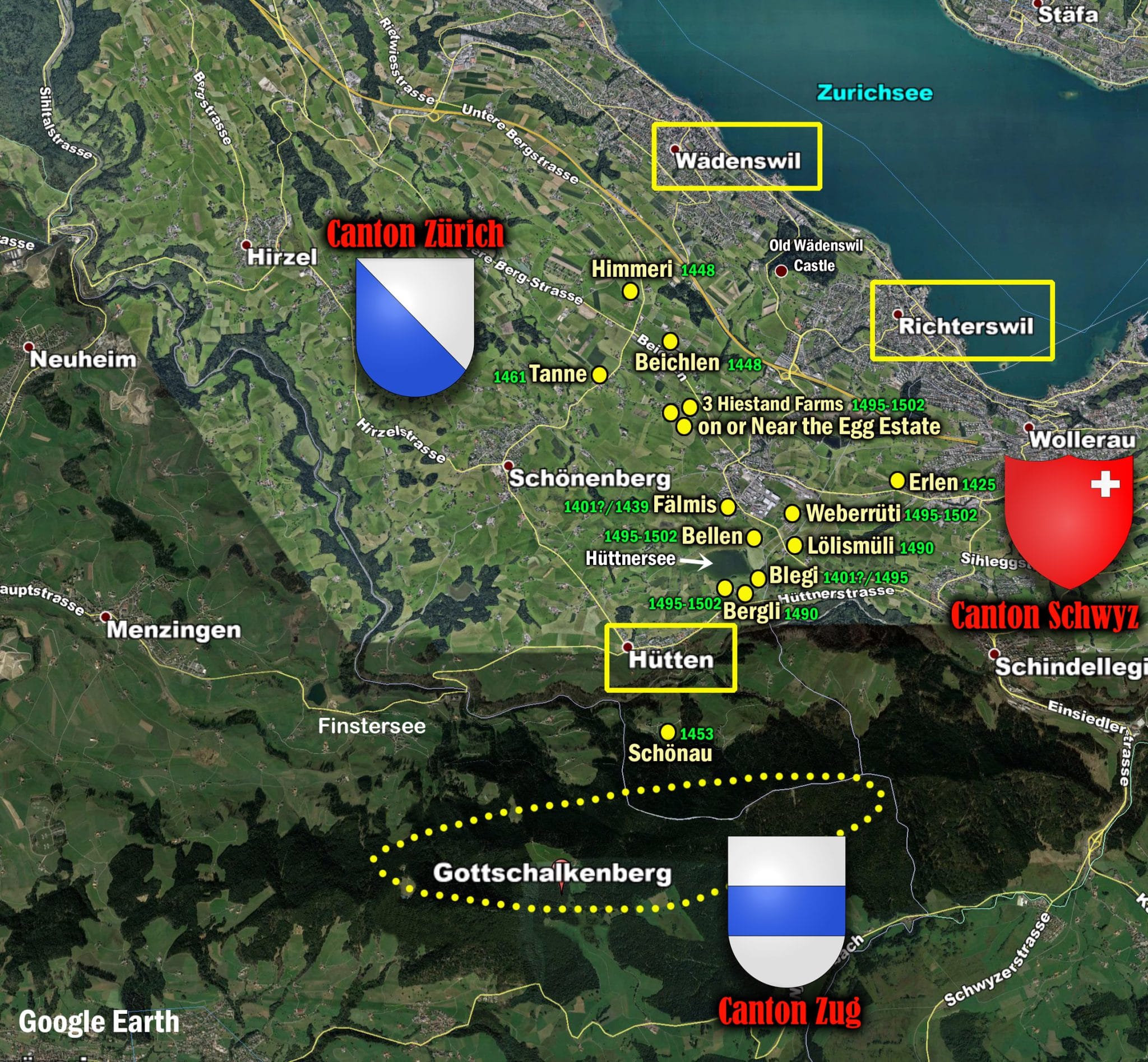
Versuchen Sie, “Blegi” auf dieser Karte zu finden – achten Sie auf die gelben Ortsnamen. Im Jahr 1401 lebte Heini Hiestand dort. Er ist der erste Mensch, von dem wir wissen, dass er “Hiestand” hieß. Aber offensichtlich lebten dort schon Vorfahren mit dem Namen Hiestand, bevor Heini in einer Steuerliste mit diesem Nachnamen auftaucht. Familiennamen wurden zu dieser Zeit gerade erst verwendet.
Schauen Sie, ob Sie “Beichlen” und “Himmeri” auf der Karte finden können. In einem anderen Artikel werde ich Ihnen über Ueli Hiestand und seine Verbindung zu diesen beiden Höfen berichten. Aus den vorhandenen Aufzeichnungen (etwa 12), die ihn erwähnen, geht hervor, dass er zu seiner Zeit ein herausragender Bürger gewesen sein muss.
Haben Sie Schönau gesehen? Es ist ein interessanter kleiner Ort, in dem einige unserer Vorfahren lebten. In den 1600er Jahren wurde er zu einem “Nest der Täufer”. Mehr darüber in einem späteren Artikel.
Und suchen Sie das Dorf Hütten. Einige unserer Schweizer Verwandten spielten dort eine wichtige Rolle beim Bau einer Kapelle im Jahre 1496.
Anmerkung: Sie wurde im Zuge der Reformation um 1600 in eine protestantische Kapelle umgewandelt.
Einige frühe Schweizer Hiestands nach den Autoren Schobinger, Egli und Kläui
Diese Autoren erwähnten einen Claus Hiestand, der im Dorf Feusisberg im Kanton Schwyz lebte. Feusisberg lag etwa viereinhalb Kilometer südöstlich von Richterswil. Wir konnten jedoch keine Originaldokumente finden, die den damaligen Aufenthaltsort eines Claus Hiestand bestätigen.

Die Kapelle von 1496 in Hütten
Wie Sie auf der obigen Karte sehen können, lebten viele Hiestands im15. Jahrhundert hoch oben auf den Berghängen oberhalb von Wädenswil und Richterswil, näher an Hütten als an den Dörfern am Seeufer. Um den Gottesdienst zu besuchen, musste der „Berg-Hiestand“ den steilen Hang hinunter nach Richterswil und dann wieder den beschwerlichen Heimweg antreten.
Jahr für Jahr ging es für die Hüttner Sonntag für Sonntag auf eine lange und oft beschwerliche Reise hinunter an den Zürichsee. Sie brachten ihre Kinder zur Taufe nach Richterswil und die Toten zu ihrer letzten Ruhestätte. Im Winter war der Kirchgang nach Richterswil besonders schwierig.«Die Hüttner kommen bei Wind und Wetter den zweistündigen Weg in die Kirche Richterswil, bleich und blau, schlotternd und müssen, wenn sie genugsam gefroren haben, wieder den gleichen weiten und beschwerlichen Weg hungrig zurück, wobei es oft später Abend wird.»
http://www.villmergerkriege.ch/Chilerodel/Einleitung.htm
Der Bau einer eigenen Kapelle in Hütten sollte im Jahre 1496 Abhilfe schaffen. Es gab damals in Hütten genügend Familien, welche diese Idee unterstützten. Möglich wurde der Bau dank Geldspenden und Frondiensten ehrenhafter frommer Christen.
Kapelle-Rodel Hütten, 1496 Urkunde - Spender für das Projekt und die Einweihung der Kapelle
Einige Auszüge aus dem Dokument von 1496:
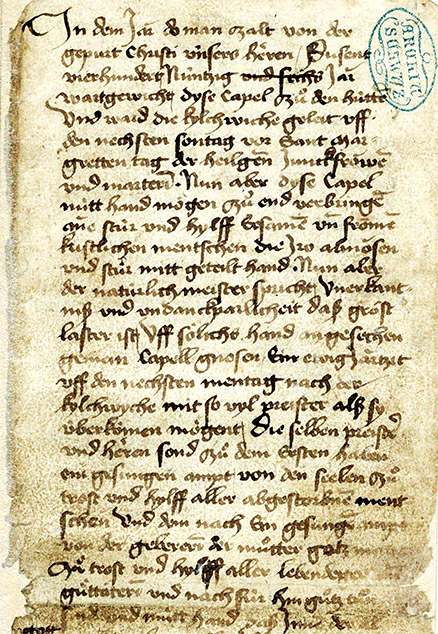
Im Jahre, als man tausendvierhundertsechsundneunzig [1496] Jahre nach Christi Geburt zählte, wurde diese Kapelle „zu den Hütten“ geweiht.
Die Johanniter-Priester sollen zum Ersten eine Messe singen zum Trost der Seelen und als Hilfe für alle verstorbenen Menschen.
Danach soll eine Messe gesungen werden zu Ehren der Maria, der Mutter Gottes, als Trost und zur Fürbitte aller lebenden Wohltäter, die weiterhin Gutes tun sollen und daher glauben dürfen, dass ihnen der allmächtige Gott hier in dieser Welt ein gesegnetes Leben und nach diesem Leben das ewige Leben schenken möge.
Die anderen Priester sollen an den Seitenaltären Messe lesen, ebenfalls im Gedenken an die Lebenden und die Toten.
Die Reliquien der Schutzheiligen dieser Kirche sind in den Altar gelegt worden.
Der Hauptaltar im Chor ist geweiht zu Ehren des heiligen Jakobus (St. Jakob), des Kirchenpatrons, sowie Johannes dem Täufer und den zehntausend Rittern.
Einige Hiestands aus dem Gebiet von Hütten
haben massgeblich zum Kapellenbau beigetragen:
Ruedi Hiestand, der Tusam („der Bedrückte“) genannt wird, und Elsi Höfliger, die Frau von Ueli Wymann, die den Grundstein für die Kapelle legten, waren Gotte und Gotti, und beide haben schon einmal zwanzig Pfund Haller [geprägt in Halle] an diesen Bau gespendet.
Anmerkung: Es war eine Ehre, dass sie als Pate und Patin für dieses Projekt ausgewählt wurden. Es war auch ein Dankeschön dafür, dass sie 20 Pfund Haller (in Halle geprägtes Geld) für den Bau der Kapelle gespendet hatten, was wahrscheinlich der höchste Betrag war.
Hans Hiestand hat zehn Schilling gegeben, lastend auf dem Gut zu den Berghüseren (Bergli), seinem Wohnsitz.
Ruotsch Hiestand aus der Lölismühle [heute Neumühle, Wollerau] hat als Beitrag an die Jahrzeit kostenlos alle Holzladen gesägt.
Zudem hat Hans Hiestand junior zehn Schillinge gegeben für sich und Anna Hiestand und für alle verstorbenen Mitglieder der Familie Hiestand.
Und denken Sie daran - all das geschah im 15. Jahrhundert nach Christus.
Die Kapelle Hütten wurde für die Katholiken erstellt, aber 1604, als verspätete Folge der Reformation, in eine reformierte Kirche umgewandelt.
In 1519 begann in der Stadt Zürich die Reformation. Im Jahr 1523 bekannte sich der Richterswiler Pfarrer Gregor Lüthi zur Reformation von Huldrych Zwingli. Sechs Jahre später folgte die Mehrheit der Kirchgenossen seinem Entscheid. Am 12. Mai erschienen Hans Wirz, der Verwalter der Johanniterkomturei Wädenswil, und Heinrich Eschmann als Abgeordneter der Richterswiler vor Bürgermeister und Rat der Stadt Zürich. Sie berichteten, dass die Kirchgenossen in einer Gemeindeversammlung beschlossen hätten, zum neuen, reformierten Glauben überzutreten. In Richterswil seien die Heiligen und Bilder bereits entfernt worden. Die St. Jakobskapelle in Hütten wurde noch von beiden Konfessionen genutzt und die drei Altäre standen noch bis 1604, allerdings verhüllt. Dann wurden sie abgerissen. Man baute eine Kanzel und ersetzte die Kniebänke durch Sitzbänke. Diese verspätete Reformation in Hütten lässt sich mit der Kapelle erklären, die erst 20 Jahre vor der Reformation gebaut wurde. Viele Nachkommen gedachten noch jedes Jahr ihrer verstorbenen Vorfahren, den Spendern und Fronarbeiter.
Diese Kapelle wurde von den Katholiken während des Ersten Villmergerkriegs zerstört (1656).
Wenn Ihnen dieser Artikel gefallen hat, teilen Sie ihn bitte mit anderen, denen er auch gefallen könnte.

Haben Sie mennonitische oder amische Wurzeln? - Nehmen Sie am DNA-Forschungsprojekt teil.

Nehmen Sie an unserer Hiestand-Haston Tour im Juni 2023 in die Schweiz und nach Rheinland Deutschland teil.

Swiss Hiestands in the 1400s
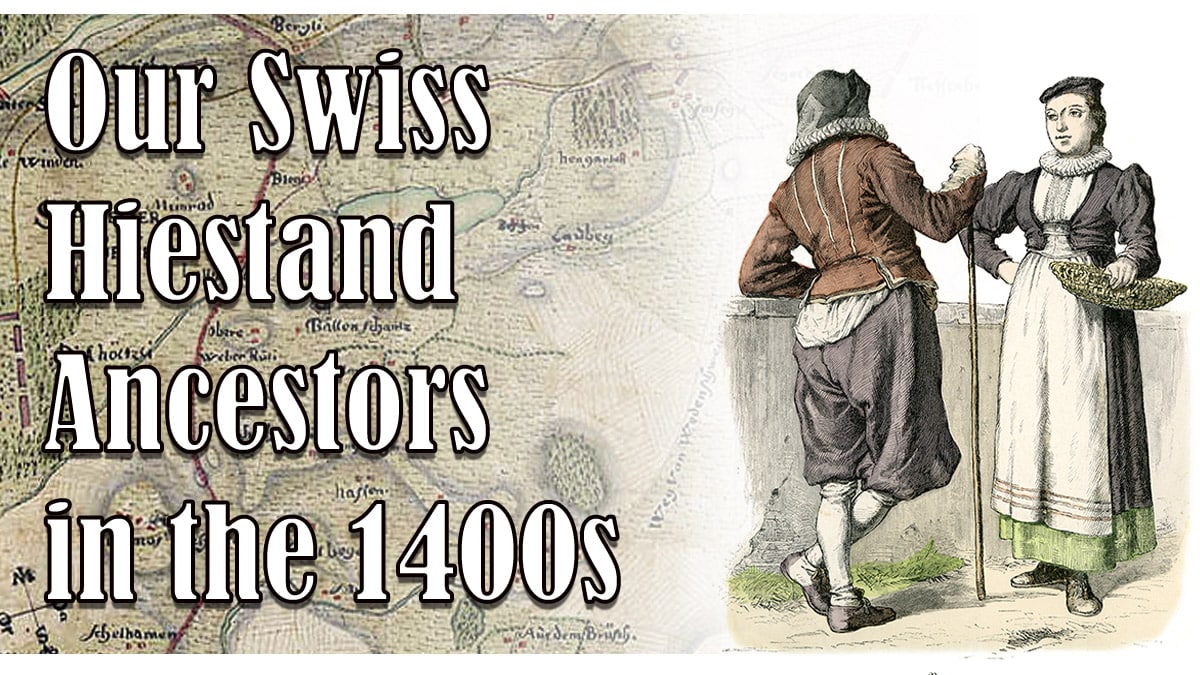
Our Swiss Hiestand Ancestors in the 1400s

Dr. Peter Ziegler (Zürich, Switzerland) and Dr. Wayne Haston (Pennsylvania, USA), Co-Authors
(Including significant research data from Kent Douglas Hiestand)
"Early Swiss Hiestands" Series
German Version of this Article
Nearly 100 years before 1492–when “Columbus sailed the ocean blue”–we had Hiestand ancestors in Canton Zürich, Switzerland who were clearing forests, farming on the beautiful mountain slopes south of Lake Zürich, building houses and barns that lasted 100s of years, fishing in the Bibetsee (now, Hüttenersee), and attending church and worshiping God. Some of their names are known, as well as where they lived. And in some cases, we know a little bit about them–the kind of people they were and some of their land transactions.
Around 1500 AD, the Hiestand family spread down the mountainside towards the villages of Wädenswil and Richterswil. The yellow dots indicate properties that we know were farmed by Hiestands in the 15th century. Most of the Hiestand farms were located on one of the pilgrimage routes that led through the rule of the Johanniter to the famous Catholic Benedictine monastery in Einsiedeln. Only the Schönau was remote and could therefore become a “Nest of the Anabaptists” in the 16th and 17th centuries. The most important pilgrimage route led from Horgner Berg via Beichlen – Tanne – Egg – Fälmis – Blegi and Lölismühle towards Schindellegi. There Catholic pilgrims crossed the Sihl and, ascending through the foothills of the Alps, reached the abbey “Our Lady of Einsiedeln” via Bennau and Schnabelsberg.

See if you can find “Fälmis“ on this map–look at the yellow place names. In 1401, Heini Hiestand may have lived there or very near there. He’s the first person we know of who was named “Hiestand.” But obviously, we had pre-Hiestand-named ancestors living there before Heini appeared on a tax list with the Hiestand surname. Family names were just beginning to be used at that time.
See if you can find “Beichlen“ and “Himmeri“ on the map. In another article, I’ll tell you about Ueli Hiestand and his connection to these two farms. Apparently, from the existing records (about 12 of them) that mention him, he must have been an outstanding citizen in his day. I’ve dedicated an entire article to Ueli Hiestand.
Do you see Schönau? It’s an interesting little place, where some of our ancestors lived. It became a “nest of Anabaptists” in the 1600s. More about that in a later article.
And look for the village of Hütten. Some of our Swiss relatives played some important roles in building a chapel there in 1496.
Note: It was converted into a Protestant chapel in the course of the Reformation around 1600.
Some Early Swiss Hiestands According to Authors Schobinger, Egli, and Kläus
These authors mentioned a Claus Hiestand who lived in the village of Feusisberg of Canton Schwyz. Feusisberg was approximately two and a half miles (4.5 kilometers) southeast of Richterswil. But we have not been able to find any original documents to confirm the location of a Claus Hiestand there at that time.

English translation: Hiestand «Hieschtand» ♣ Hütten, Richterswil, Schönenberg, Wädenswil ♦ Heini Hiestand 1401 Wädenwil area – Claus Hiestand 1401 Wollerau/Feuisberg SZ – Ulin Hiestand / Rudi Hiestand 1432 Richterswil – Uli Hiestand am Wädenswiler Berg receives the farm in 1448 Bennkli (Beichlen) to fiefdom – Claus Hiestand (and) sin wib 1455 huts – Uely Hiestand (and) sin wip 1455 Waedenswilerberg. ♠ Set name, mhd. hie constant! «it says here!», request to a restless person.
mhd = Middle High German
The 1496 Chapel at Hütten
As you can see on the map above, many of the 15th Century Hiestands lived high on the mountain slopes above Wädenswil and Richterswil, closer to Hütten than to the lakeshore villages. In order to attend church, the “mountain Hiestands” had to go down the steep slope to one of the lakeshore village churches, then make the difficult uphill journey back home later the same day.
Year in and year out, people [Hüttners] went down to Lake Zurich on a long and often arduous journey Sunday after Sunday. They brought their children to Richterswil for baptism and the dead to their final resting place. In winter, going to church to Richterswil was particularly difficult. “Whatever the weather, the Hüttener make the two-hour walk to the Richterswil church, pale and blue, shivering and when they have frozen enough they have to have to go back hungry the same long and arduous way, and it is often late in the evening."
The construction of a separate chapel in Hütten was intended to provide relief in 1496. There were enough families in Hütten at that time who supported this idea. The construction was made possible thanks to donations of money and the services of honorable pious Christians, including several Hiestands.
Kapelle-Rodel Hütten, 1496 Document - Consecration of the Chapel and Donors to the Project
Some excerpts from the 1496 document:

In the year counted one thousand four hundred and ninety-six [1496] years after the birth of Christ, this chapel “to the huts [Hütten]” was consecrated.
The St. John’s priests shall first sing a mass for the consolation of souls and as a help for all deceased people.
Afterwards, a Mass shall be sung in honor of Mary, the Mother of God, for the consolation and intercession of all living benefactors, who shall continue to do good and may therefore believe that Almighty God may grant them a blessed life here in this world and eternal life after this life.
The other priests are to say Mass at the side altars, also in memory of the living and the dead.
The relics of the patron saints of this church have been placed in the altar.
The main altar in the choir is consecrated in honor of St. James (St. James), the church patron, as well as John the Baptist and the Ten Thousand Knights.
Some Hütten-area Hiestands made
significant contributions to the chapel construction:
Ruedi Hiestand, called Tusam (“the oppressed one”), and Elsi Höfliger, the wife of Ueli Wymann, who laid the foundation stone for the chapel, were Gotte and Gotti, and both have already donated twenty pounds of Haller [coined in Halle] to this construction.
Note: It was an honor that they were chosen as godfather and godmother for this project. It was also a thank you for donating twenty pounds of Haller (money minted in Halle) to the construction of the chapel, which was probably the highest amount.
Hans Hiestand gave ten shillings, encumbering the estate zu den Berghüseren (Bergli), his residence.
Ruotsch Hiestand from the Lölismühle [today Neumühle, Wollerau] sawed all the wooden shutters free of charge as a contribution to the Jahrzeit.
In addition, Hans Hiestand junior gave ten shillings for himself and Anna Hiestand and for all deceased members of the Hiestand family.
Keep in mind - all of the above happened in the 1400s A.D.
The Hütten chapel was built for the Catholics, but in 1604, as a belated consequence of the Reformation,
it was converted into a Reformed church.
In1519 the Reformation began in the city of Zurich. In 1523, the pastor of Richterswil, Gregor Lüthi, professed the Reformation of Huldrych Zwingli. Six years later, the majority of the church members followed his decision. On May 12, Hans Wirz, the administrator of the Johanniterkomturei Wädenswil, and Heinrich Eschmann appeared as deputies of the Richterswilers before the mayor and council of the city of Zurich. They reported that the church members had decided in a community meeting to convert to the new, Reformed faith. In Richterswil, the saints and images had already been removed. The St. Jacob’s Chapel in Hütten was still used by both denominations and the three altars were still standing until 1604, but covered. Then they were torn down. A pulpit was built and the kneeling benches were replaced by pews. This late reformation in Hütten can be explained by the chapel, which was built only 20 years before the reformation. Many descendants still commemorated their deceased ancestors, donors and front workers every year.
This chapel was destroyed by Catholics during the First Villmerger War (1656).
If you appreciated this article, please share it with others who might also enjoy it.


Have Mennonite or Amish Roots? – Participate in this DNA Research Project

First Cousin – Or, First Cousin Once-Removed

Cousins or First Cousins-Once Removed
What's the Difference?

A cousin at any distance or level in your family tree is truly your “cousin.” One of the things I’ve enjoyed most about working with Haston family research is getting to know so many cousins. And even though I may never have met him or her in person, there is something special about calling him or her “cousin“–knowing that somewhere back up our Hiestand/Haston family lines we have a common ancestor and that makes us a part of the same big Family.
But genealogically, we can distinguish our degree of cousin-ness by a standard family relationship language.
First, Second, Third, Fourth Cousin, etc.
The starting point is to determine your most recent common ancestor.
That’s MRCA in genealogical terms.
The number associated with your cousin has to do with how many generations away your common ancestor is. For example:
- First cousins share a grandparent
- Second cousins share a great-grandparent
- Third cousins share a great-great-grandparent
- Fourth cousins share a 3rd-great grandparent
Here’s a real-life example from a couple of my related families that are special to me:
My Haston grandfather was Charles Beason Haston. My father, Boyd Haston, was his youngest son. Edna Haston was my father’s oldest sister. She married Byron Moss, so she was Edna Haston Moss. Her oldest son was Arnold Moss. So Arnold and I shared a grandparent—Charles Beason Haston. Arnold and I were first cousins.
Charles Beason Haston, my paternal grandfather, was the son of Charles Thomas Haston. One of my grandfather’s sisters was Ida Ora Haston. She married James Monroe Passons, whose son was known as J.M. Passons. So, my dad and J.M. Passons were first cousins–they shared the same grandfather.
J.M. Passons had four sons, but I’ll just use Bobby for this example. Bobby Passons and I shared the same great-grandparent, Charles Thomas Haston. So, Bobby Passons and I were second cousins.
The Key = First cousins share the same grandparents!
First Cousin-Once-Removed, etc.
Probably like you, I’ve occasionally heard the words “first cousin-once-removed” etc. throughout my lifetime, but never knew what it meant. So, I finally stopped to try to figure it out. It’s really quite simple once you wrap your brain around it and re-train it to think.
Again, the starting point is to determine your most recent common ancestor–your MRCA.
To be “once removed” from a cousin means you are separated by one generation (one level in the family tree chart).
Let’s go back to my first cousin example, from above.
My Haston grandfather was Charles Beason Haston. My father, Boyd Haston, was his youngest son. Edna Haston was my father’s oldest sister. She married Byron Moss, so she was Edna Haston Moss. Her oldest son was Arnold Moss. So Arnold and I shared a grandparent—Charles Beason Haston. Arnold and I were first cousins.
Arnold (& Evelyn) had five children, Kaye, Steve, Jimmy, Nancy, and Richard. We were very close growing up, so I assumed we were first cousins. But I learned later that, genealogically, we are first cousins-once-removed. Here’s what that looks like on a family tree chart.
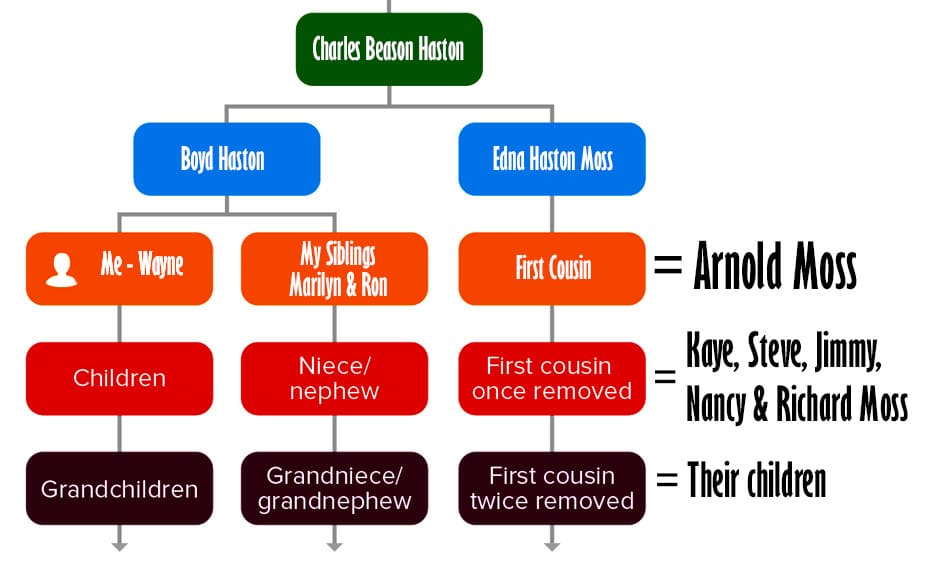
Arnold and I were in the same generation, that is the same level in the family tree chart. Kaye, Steve, Jimmy, Nancy, Richard, and I are separated by one generation, that is we are one level removed in the family tree chart. We are first cousins-once-removed.
Their children are two levels (generations) removed from me so they are first cousins-twice-removed.
It’s much simpler when you see it on paper, rather than trying to figure it out in your head. So sketch it out on paper, especially for the greater relational distances.
Try it now, see if you can identify a few of your once-removed and twice-removed first cousins.
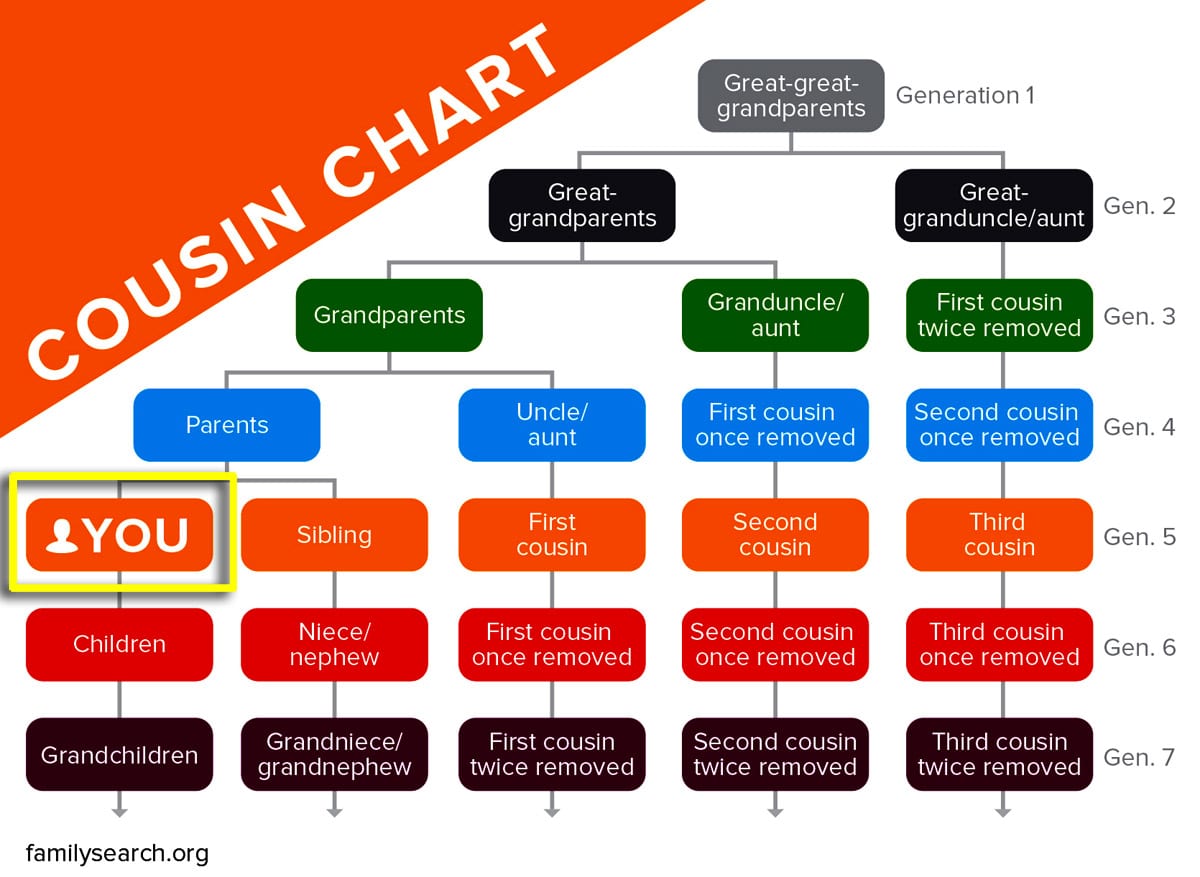
Some Additional Helps
If you appreciated this article, please share it with others who might also enjoy it.

A Forbes Legend – Stephen Mathai-Davis (Descendant of Daniel Haston)
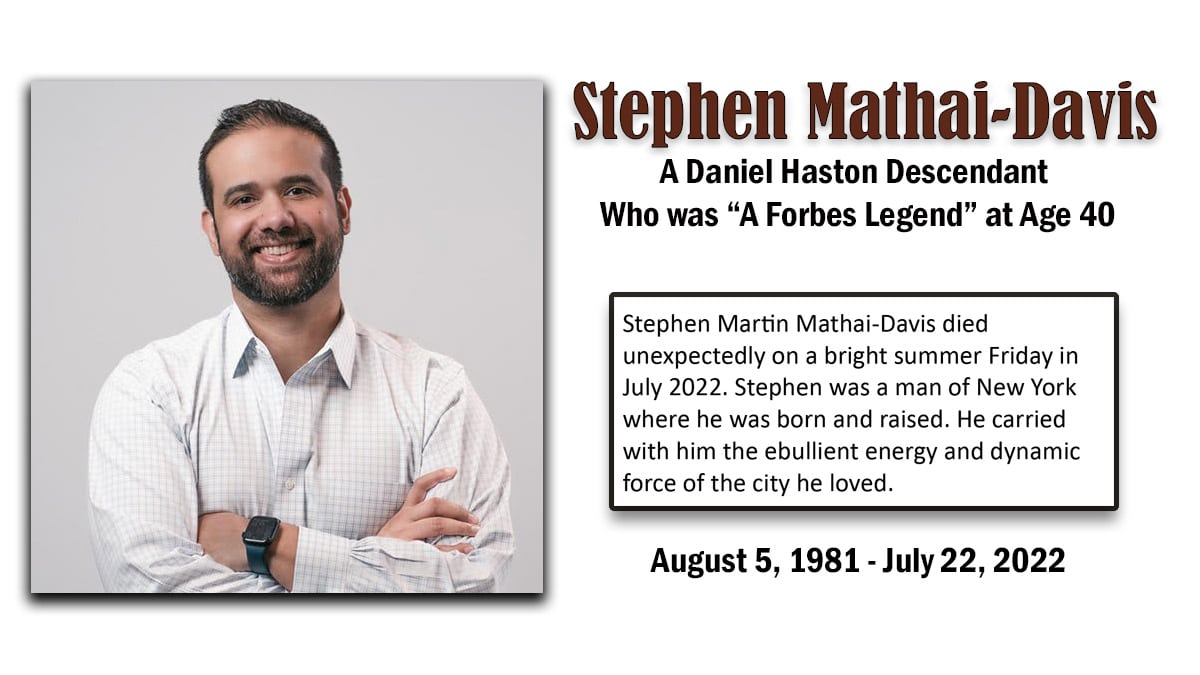
Stephen Mathai-Davis - "A Forbes Legend"
Descendant of Daniel Haston through His Son, Jeremiah Haston

On Friday afternoon, July 22, 2022, just shortly before our Daniel Haston Family Reunion officially began, Claire Aufrance received a phone call telling her that her beloved cousin, Stephen Mathai-Davis, had passed away suddenly and completely unexpectedly. Claire and her family were eating dinner at a restaurant near the reunion site when she received the call telling her of the death of her beloved cousin. She was scheduled to lead the opening activity at the reunion just a couple hours or so later, but she found the strength to lead the activity in spite of the deep hurt in her heart. Thanks, Claire, for sharing your brilliant cousin’s story with us. We are proud to say that he was our cousin too, even though we never knew him personally. The stories you shared with me about your growing-up times with Stephen are truly heart warming. “Dear Lord, please help Stephen’s young widow and children through the grief they are now experiencing. Amen.”
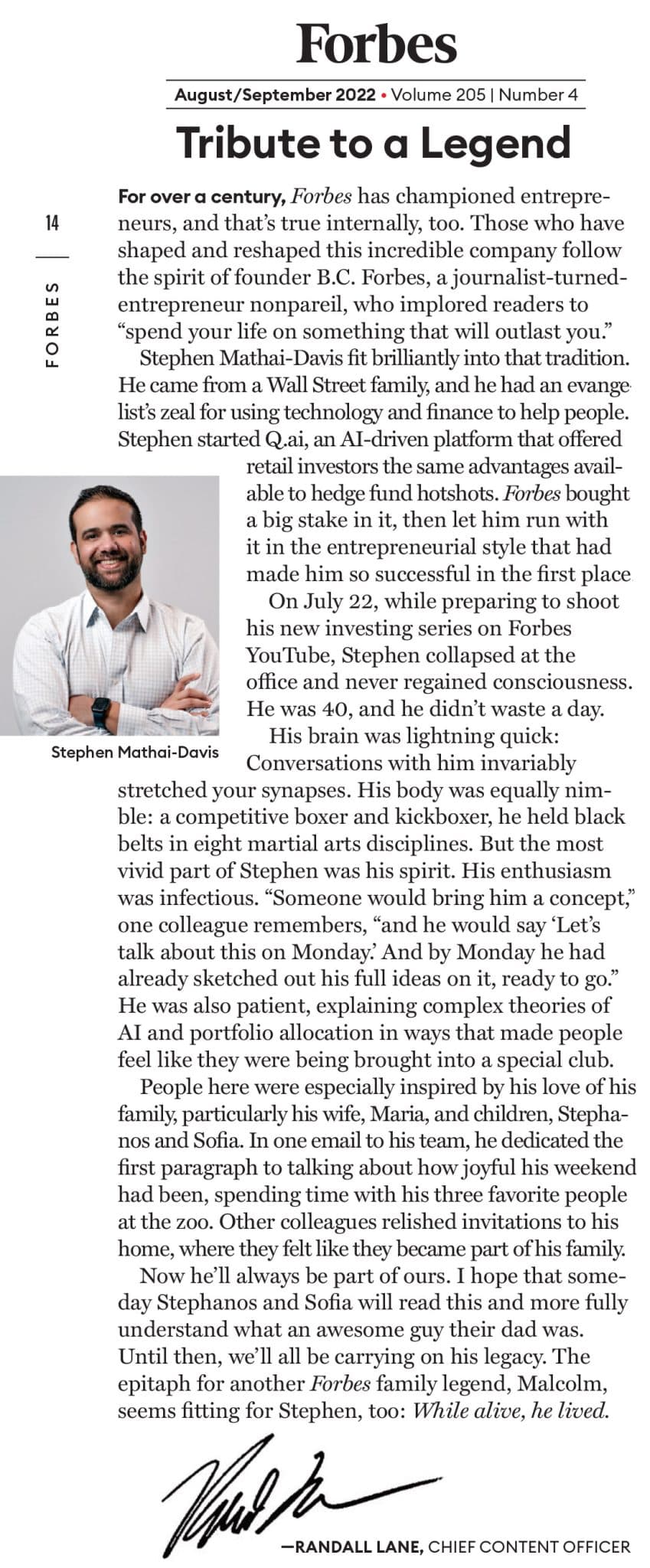
Stephen's Lineage to Henrich Hiestand and Daniel Hiestand/Haston
Henrich Hiestand > Daniel Hiestand/Haston > Jeremiah Haston > John Wesley Haston > Eudoxia Eglantine Haston > Walter Ellis Davis > Wallace Martin Davis > Wallace Mathai-Davis > Stephen Mathai-Davis
Click on the button below to read the obituary.
If you appreciated this article, please share it with others who might also enjoy it.

Timeline of Our Blog Articles

Timeline of Our Blog Articles

Some of the main topics included in the blog focus on the history of the Daniel Haston family, honoring earlier Haston family researchers and other notable Hastons, announcing events of significance to members of the Daniel Haston Family and related families, and miscellaneous topics.

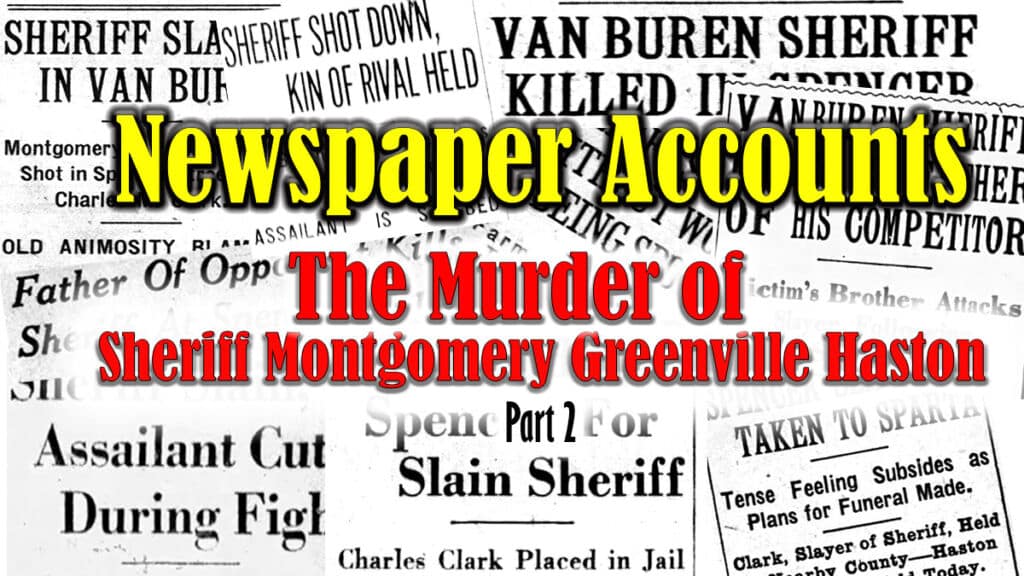
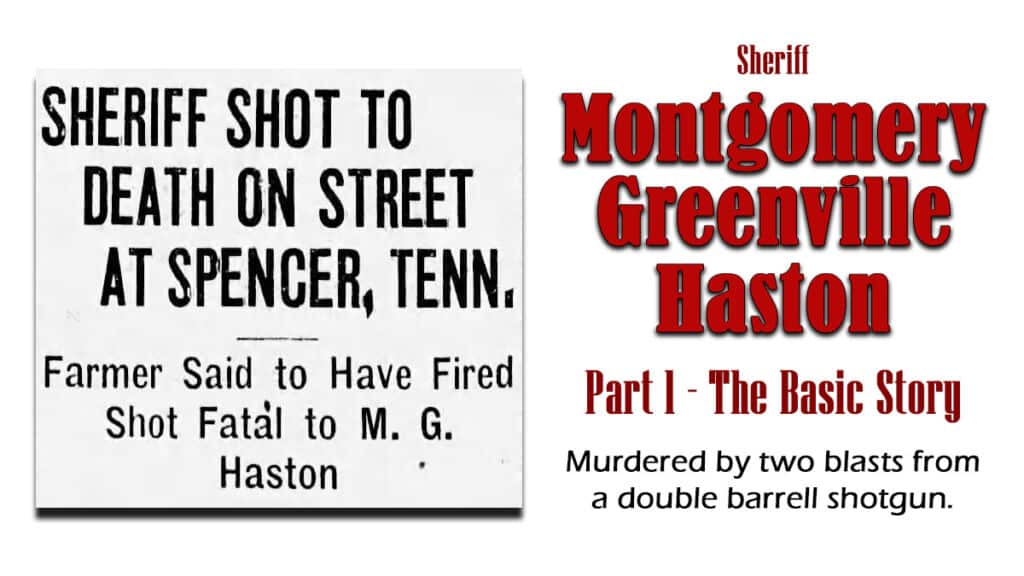
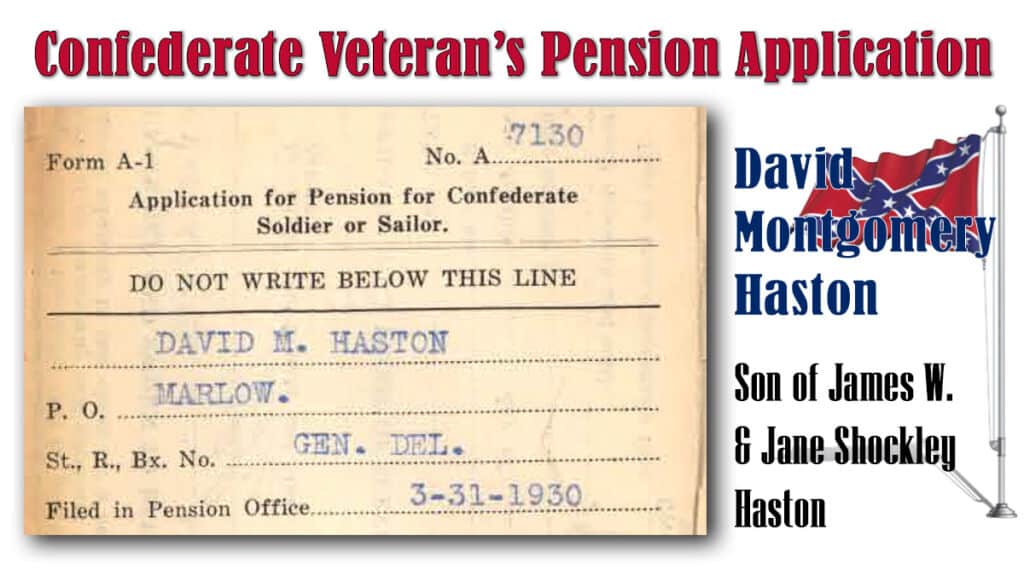

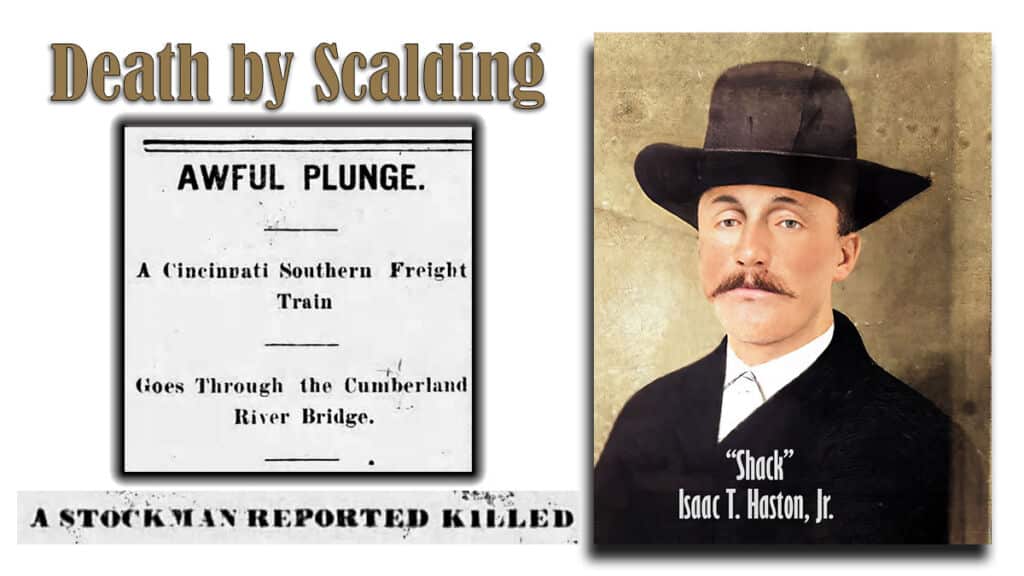
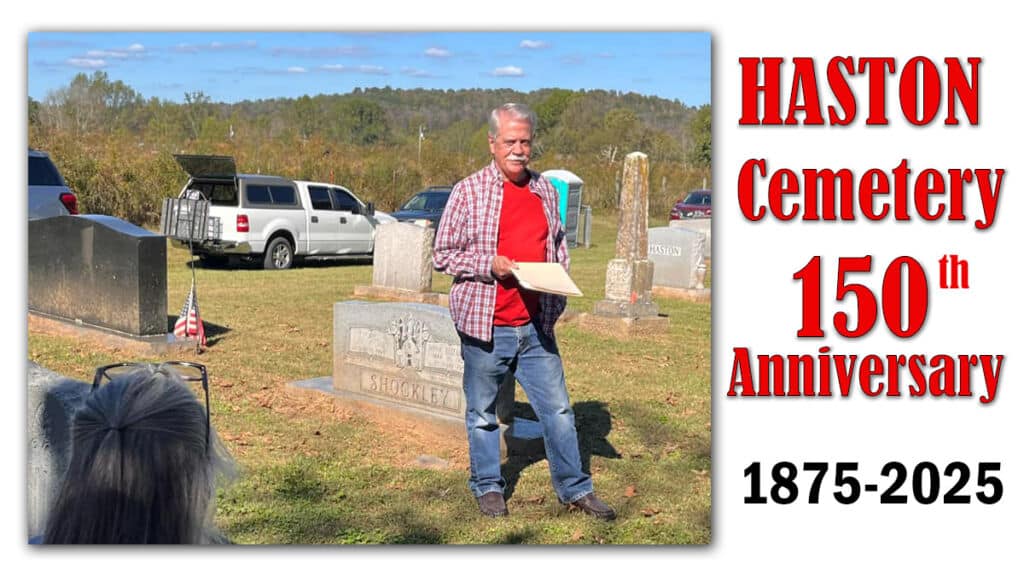
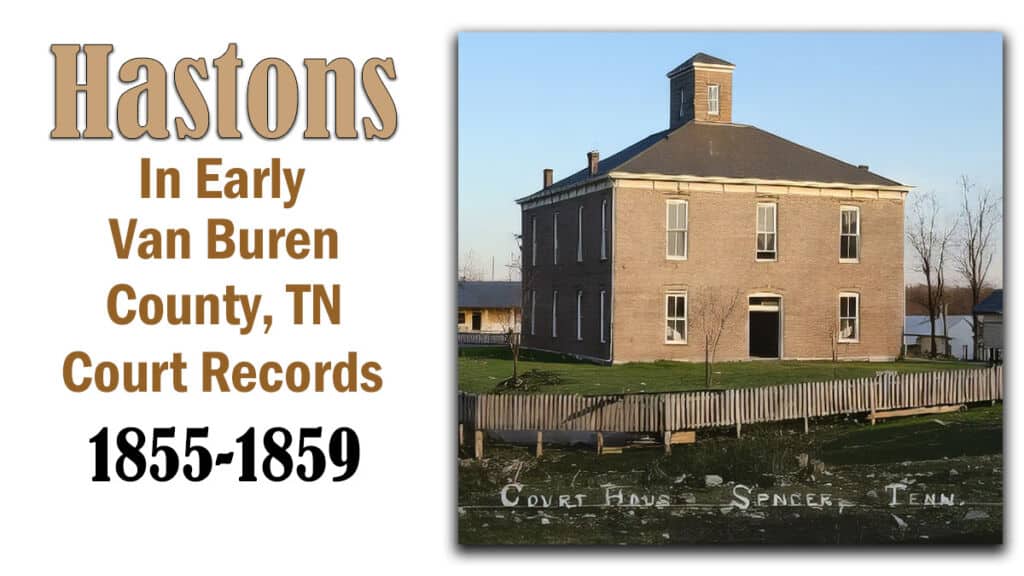
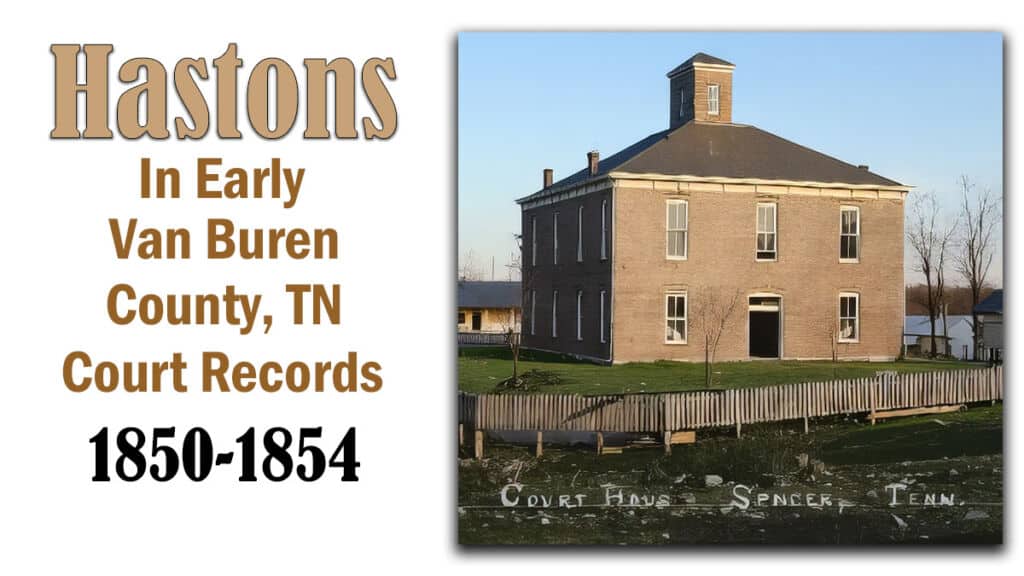

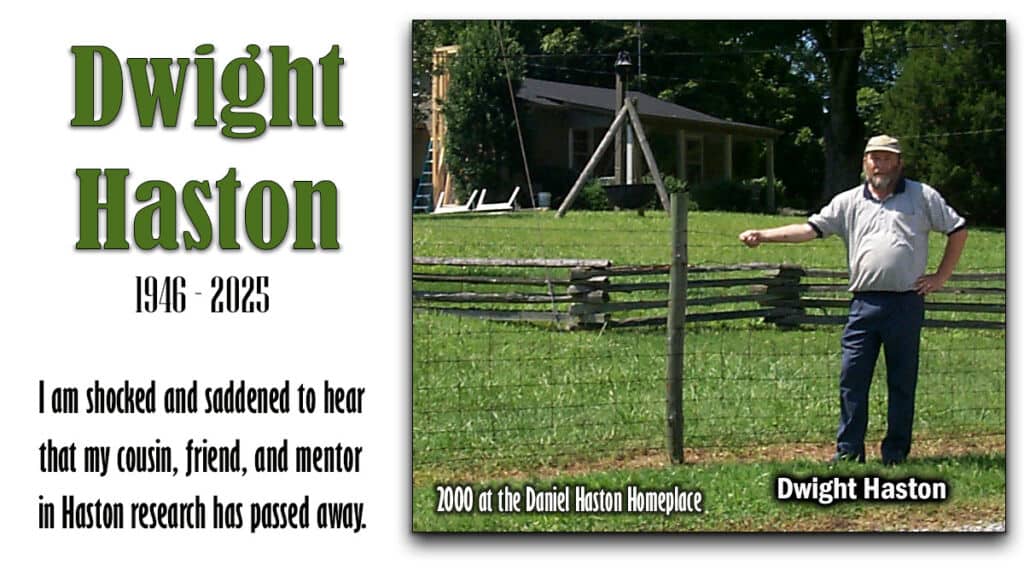
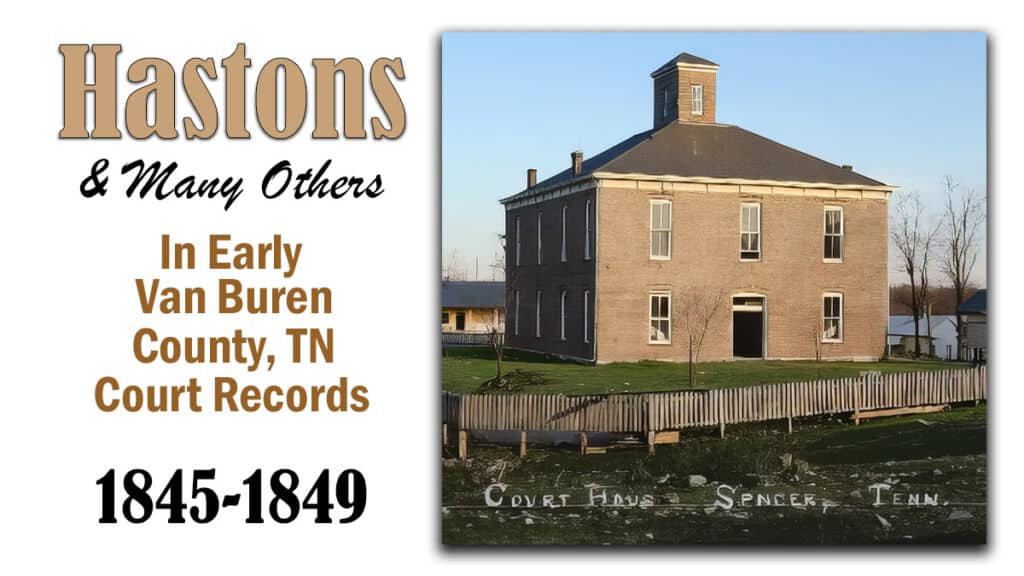
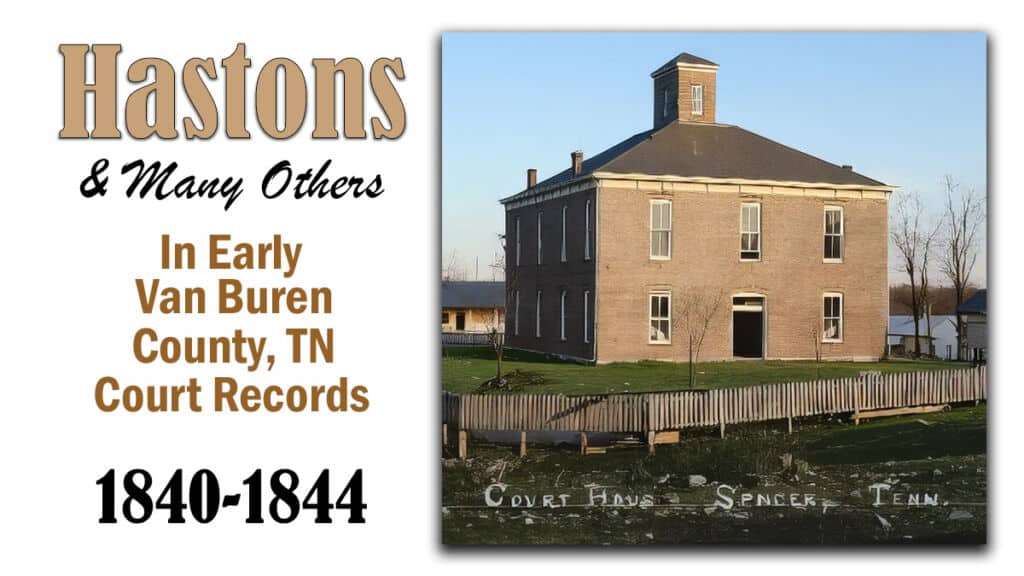



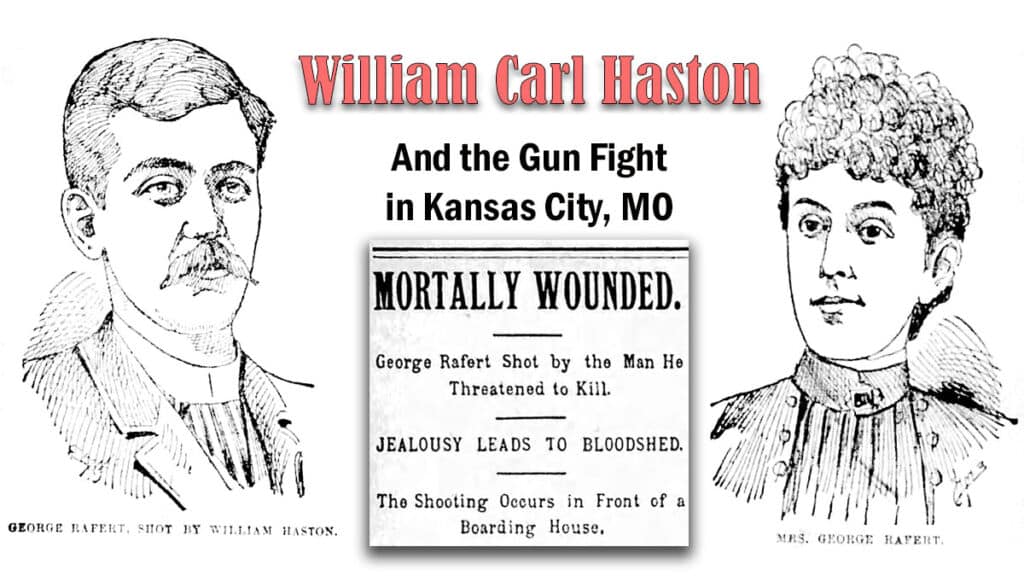



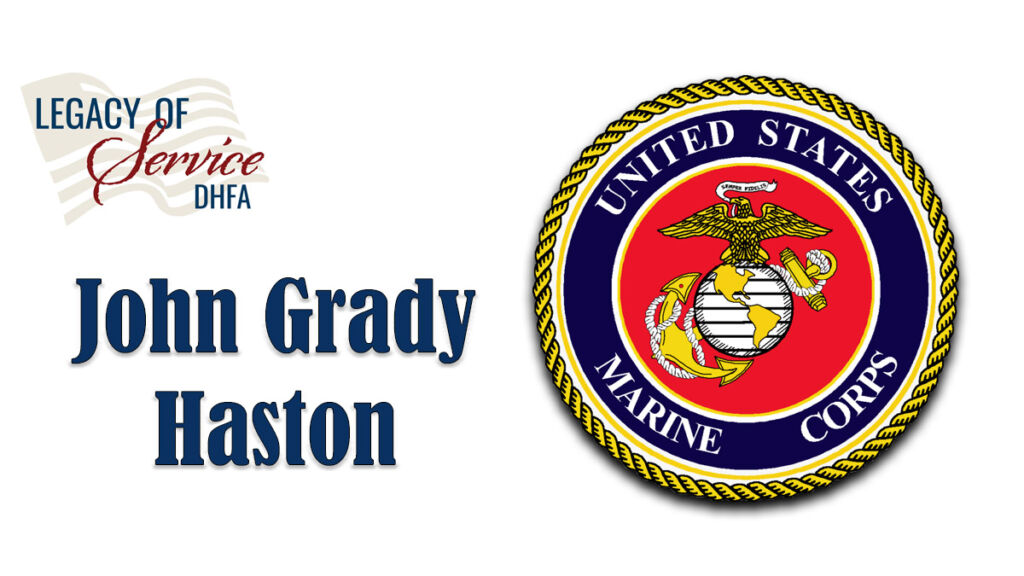












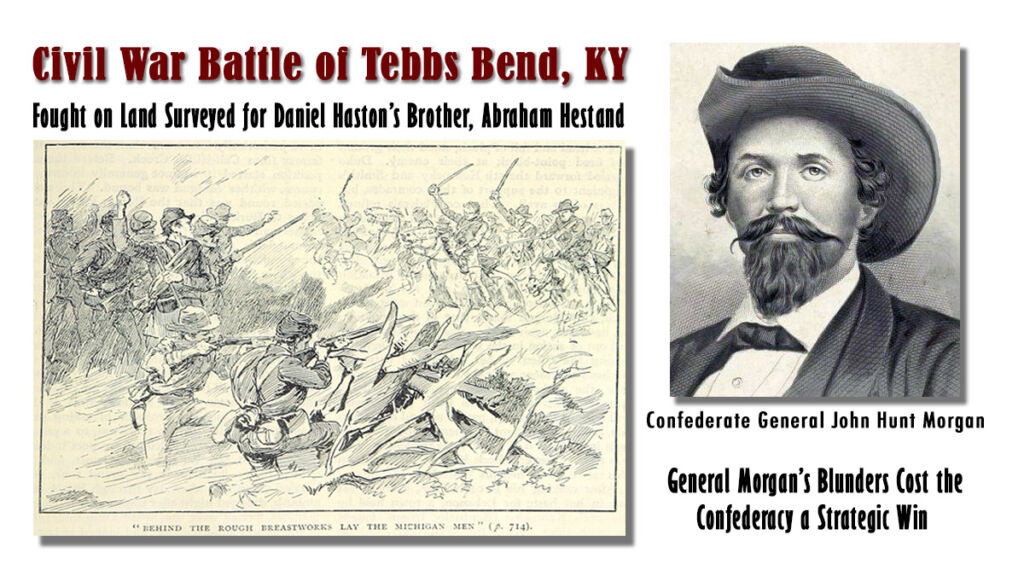

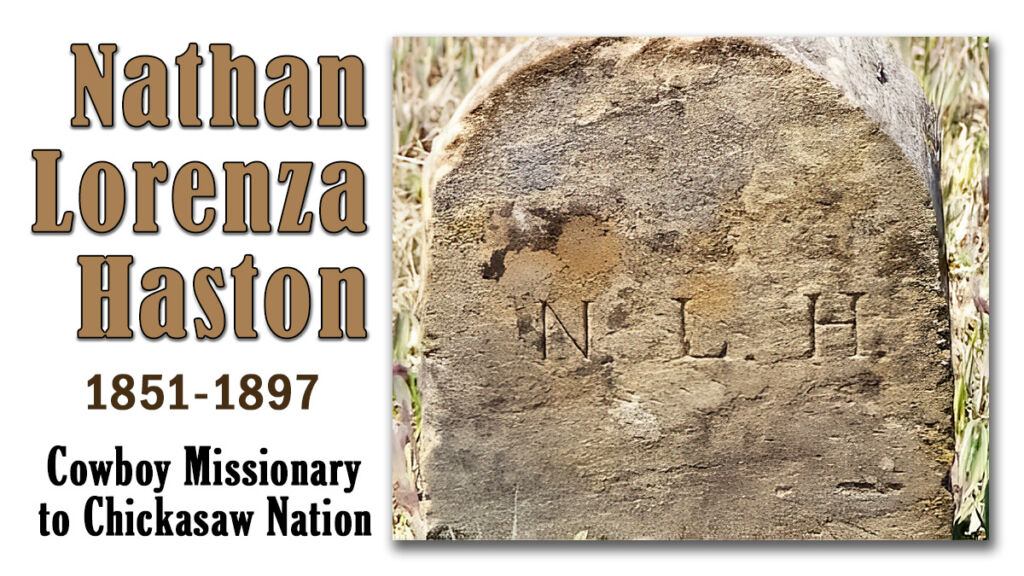



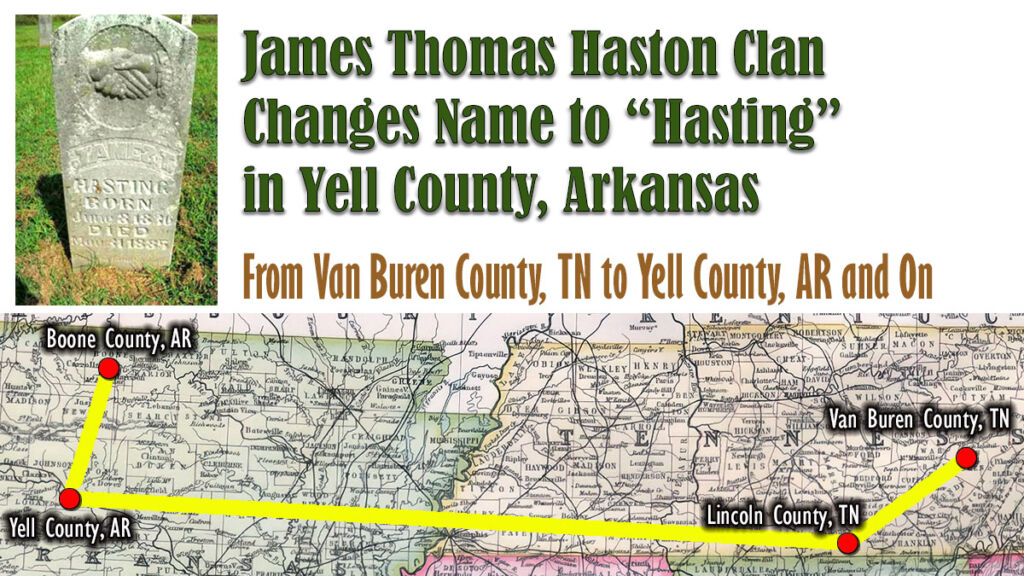
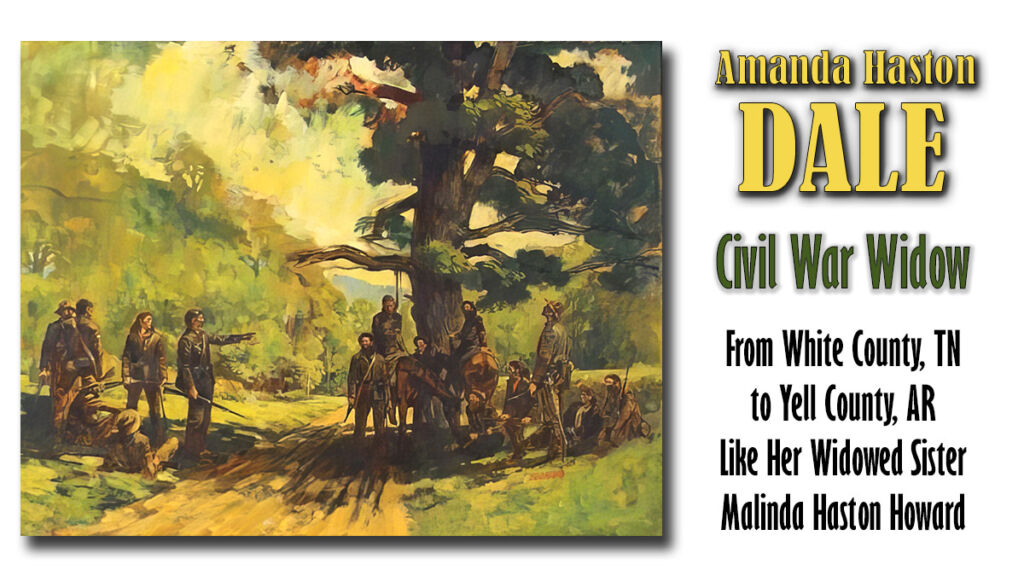
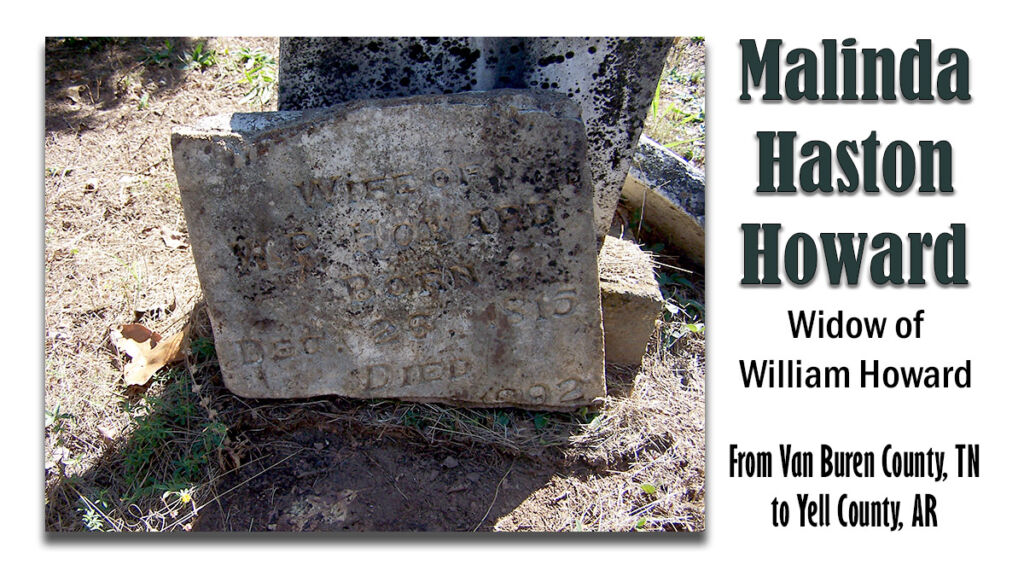
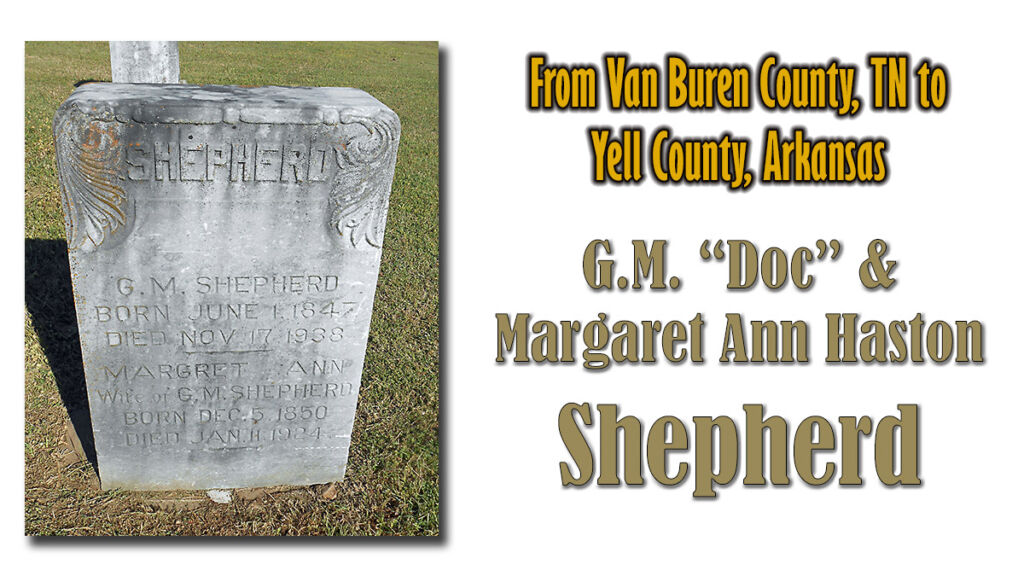
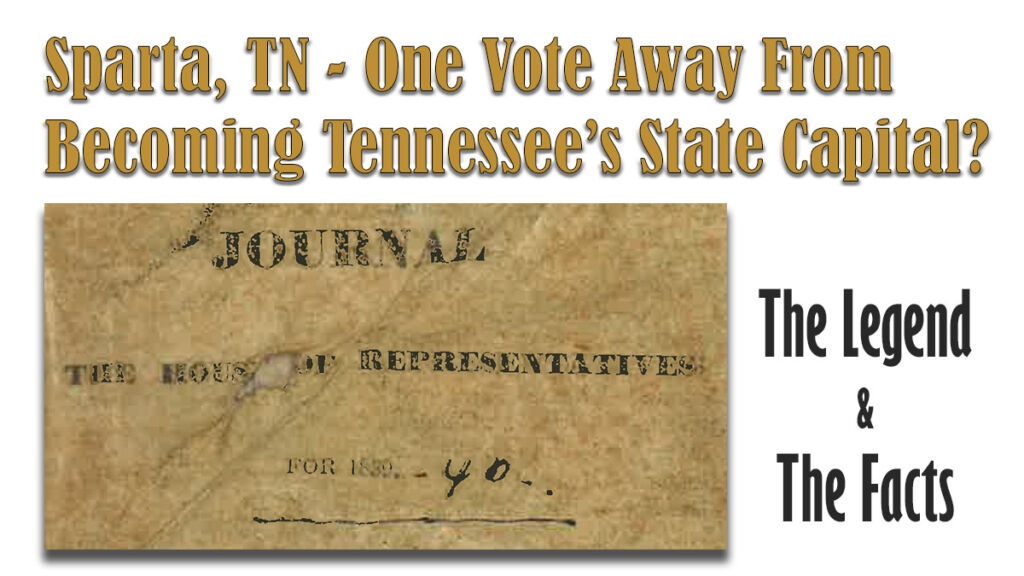






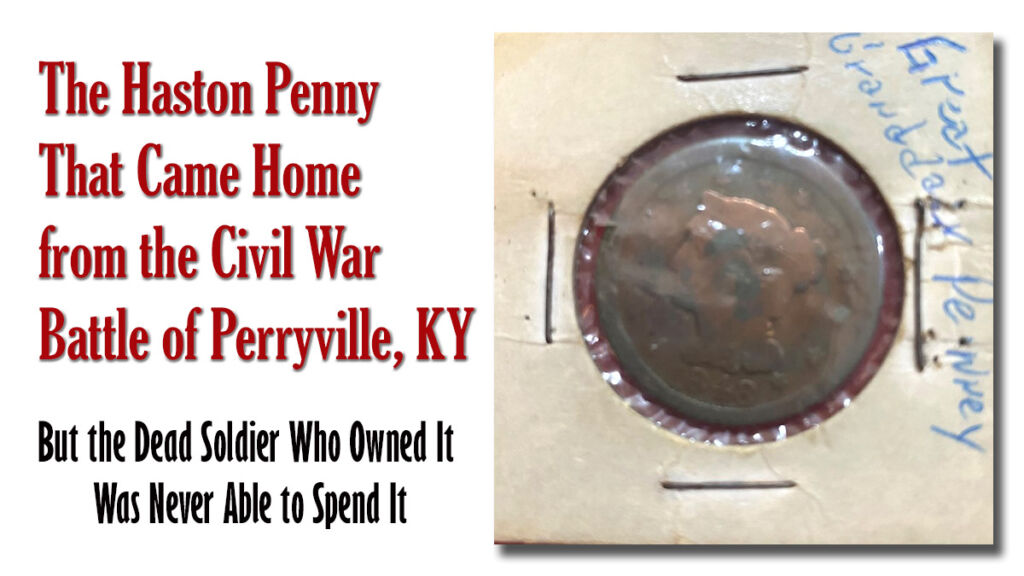





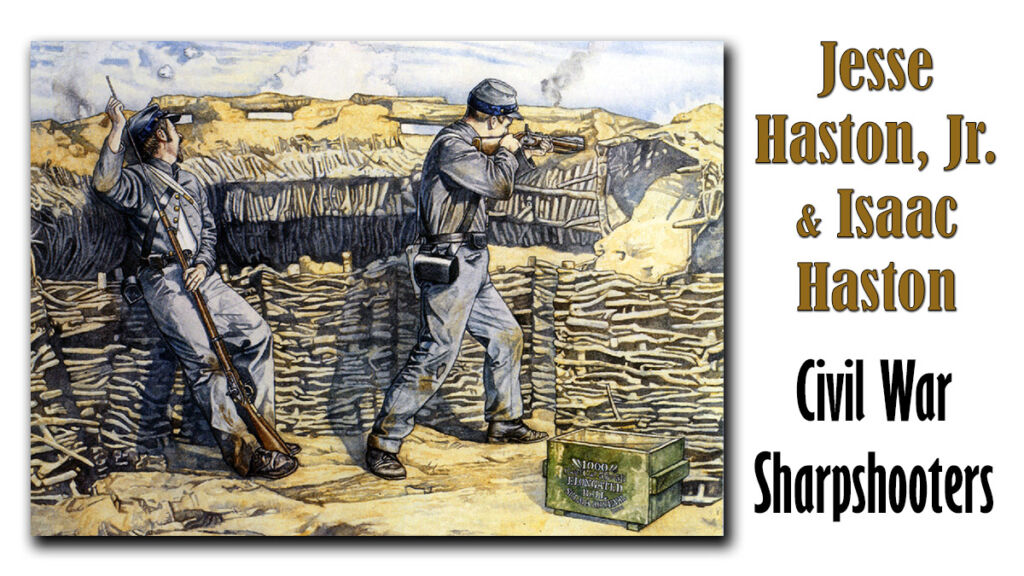


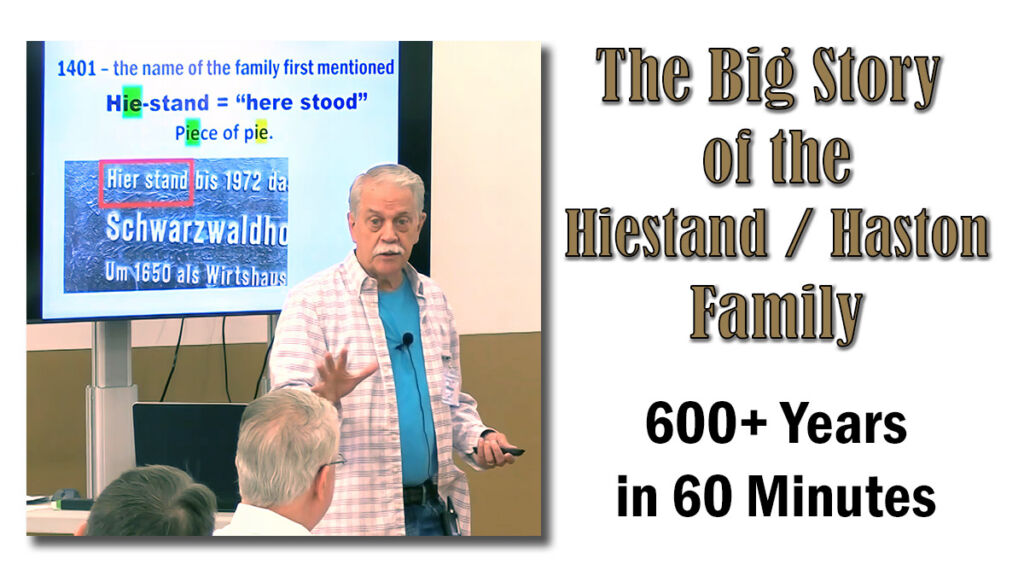
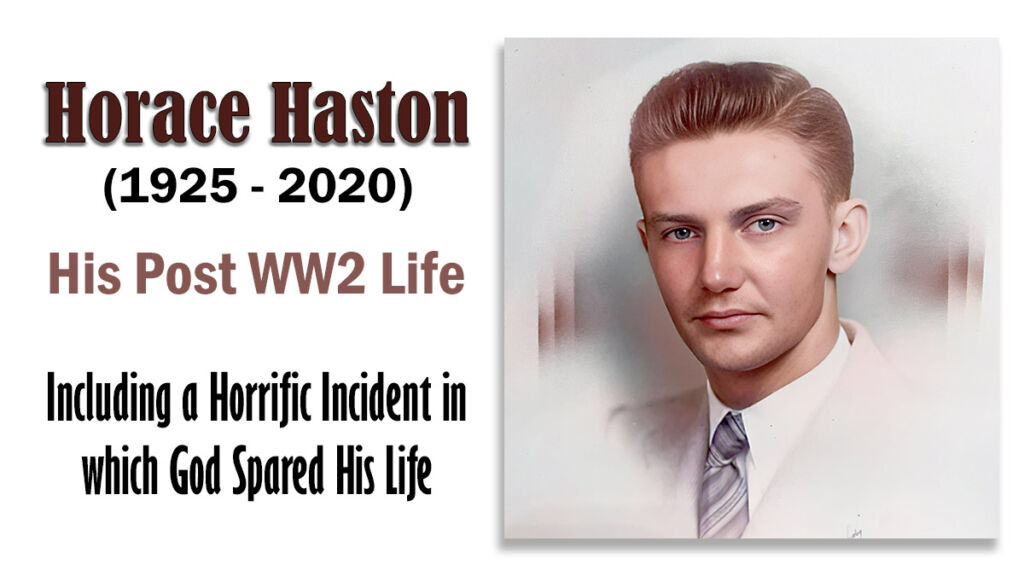
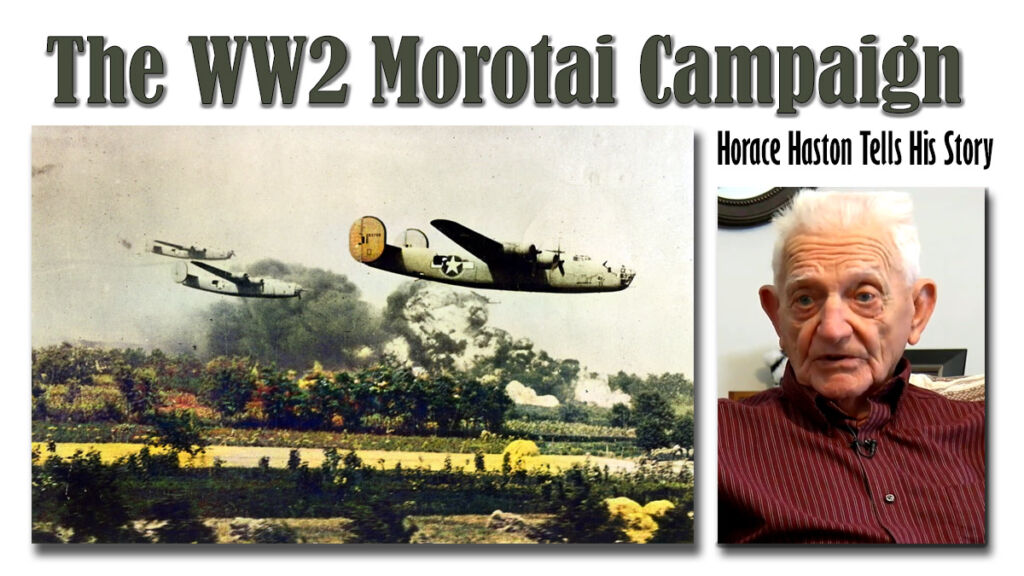

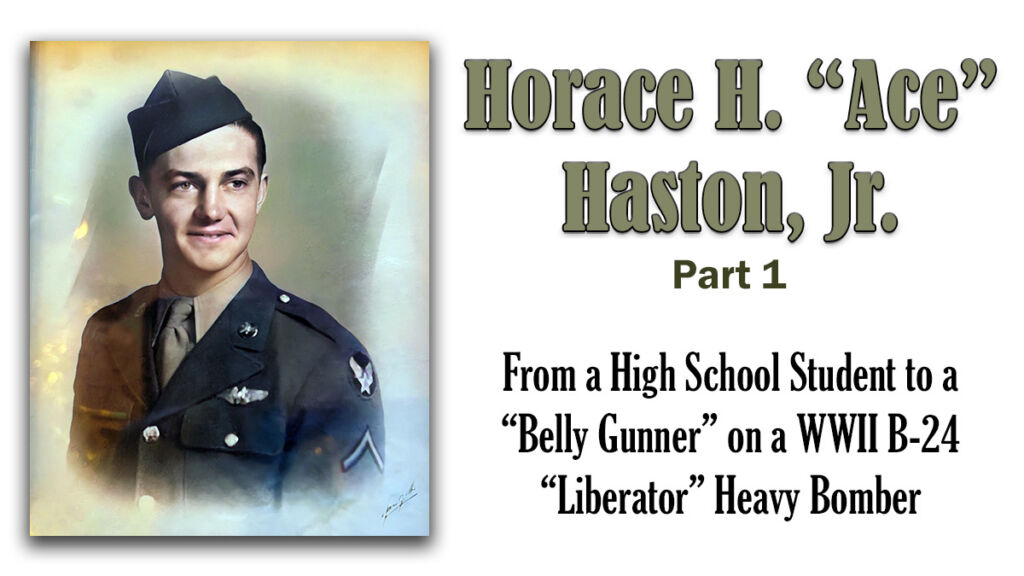

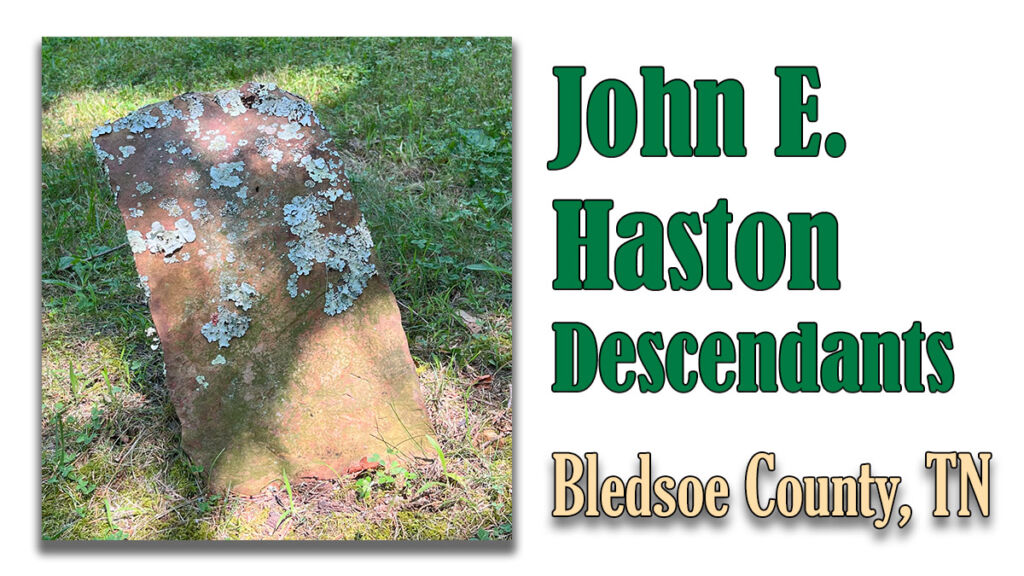

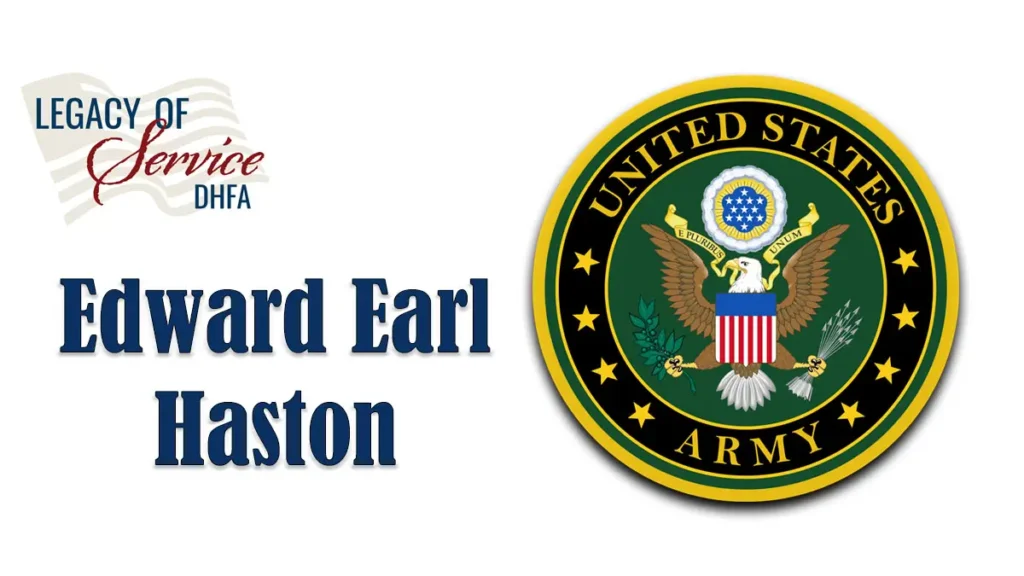

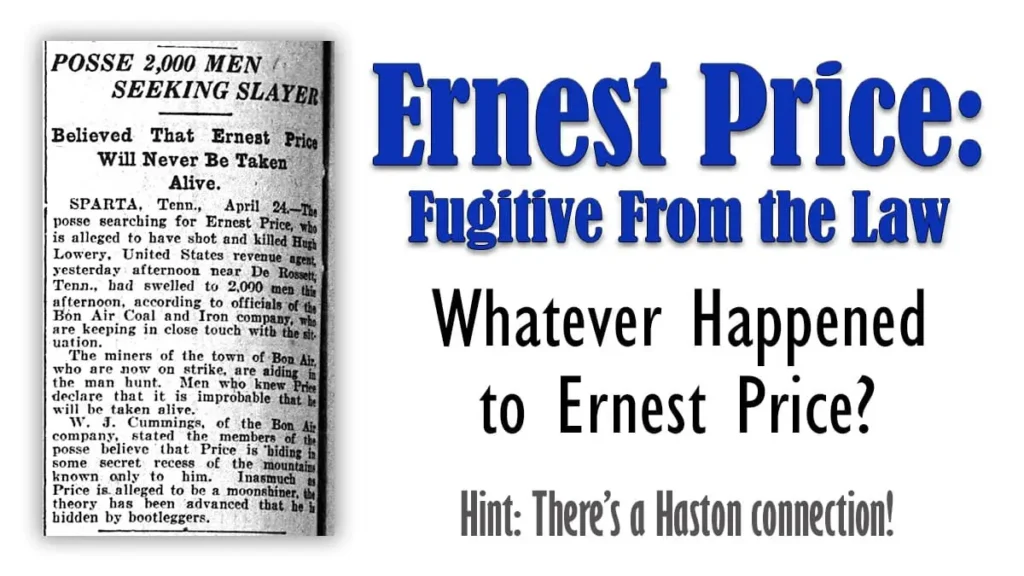
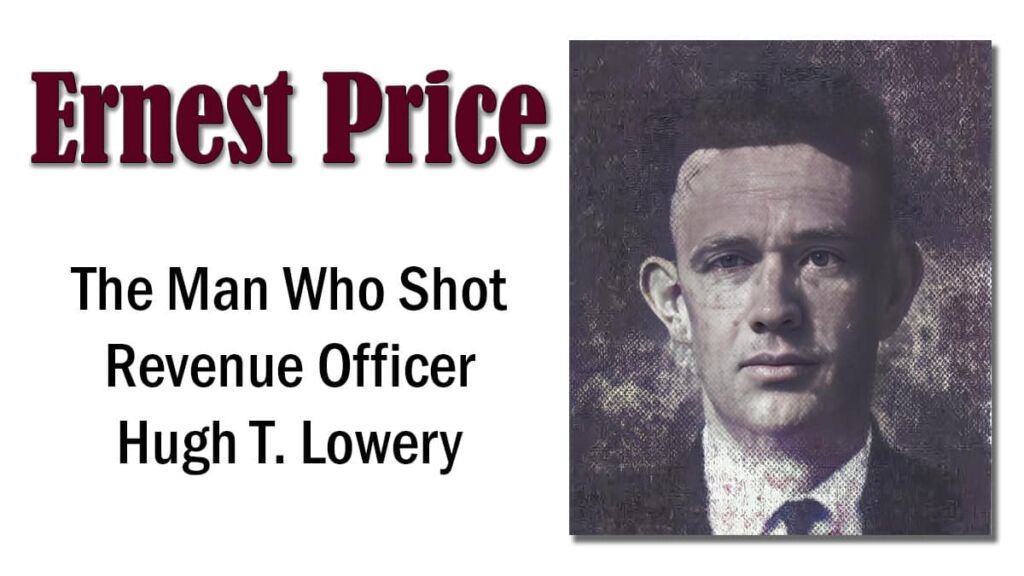
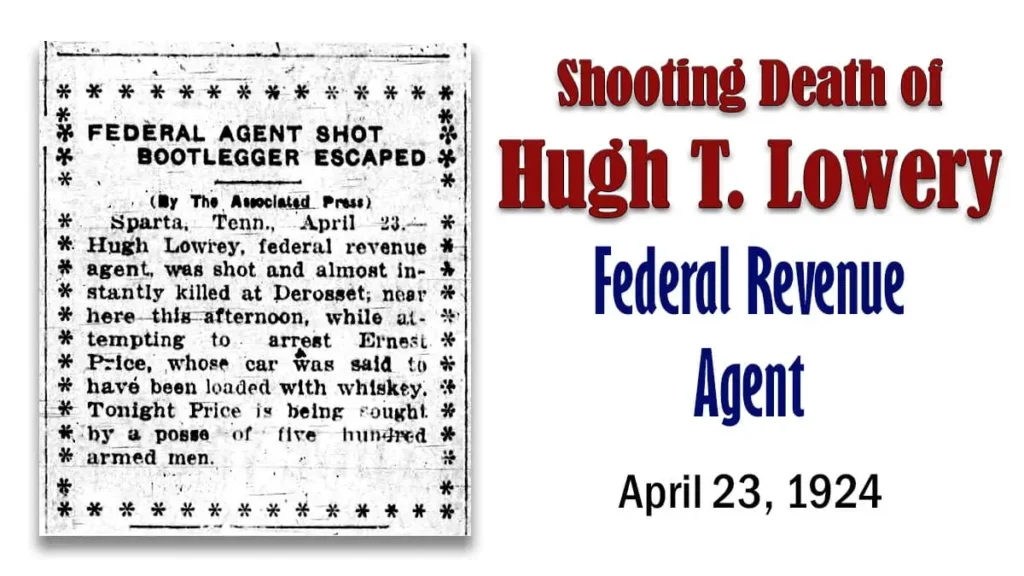
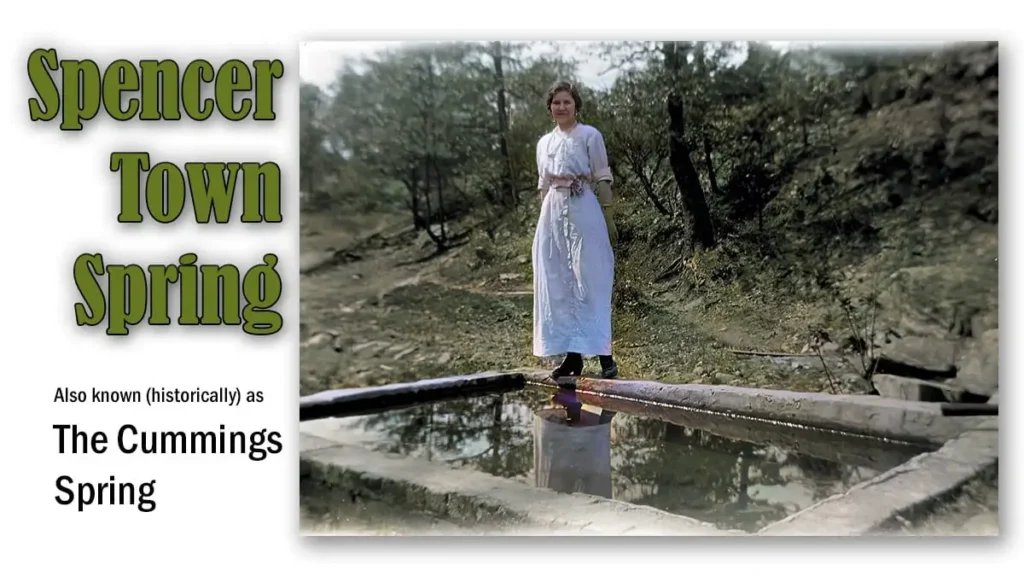
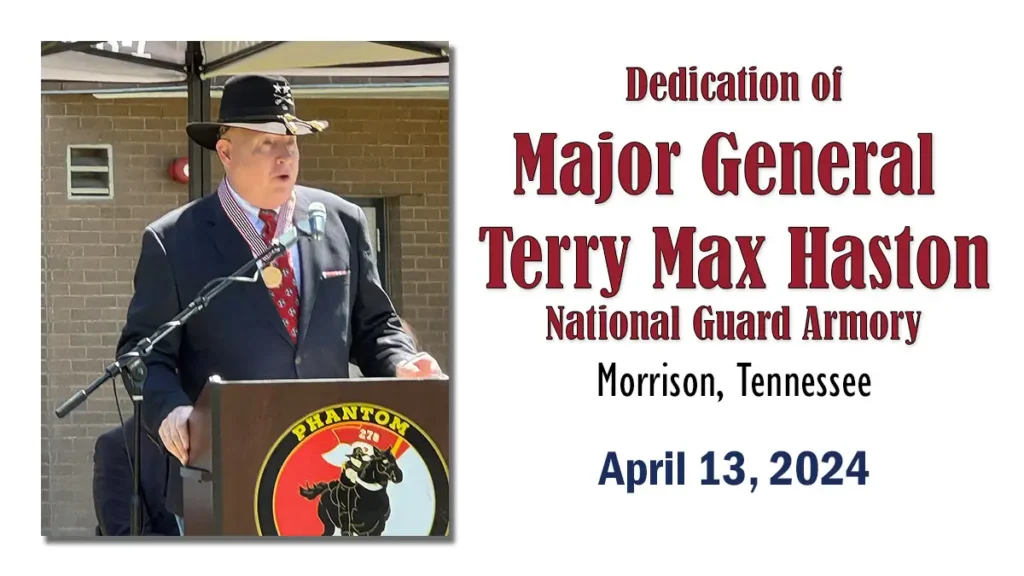
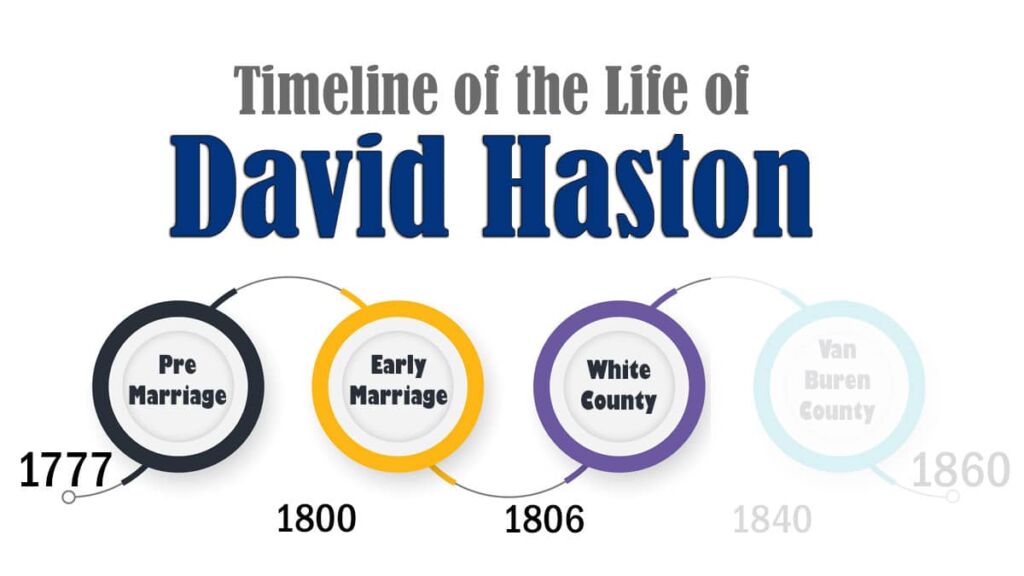

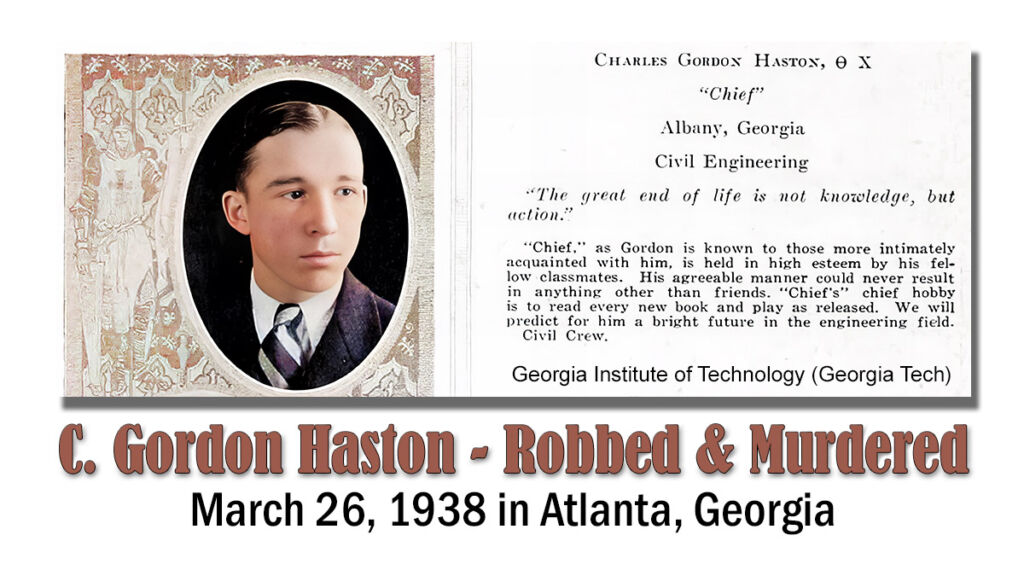
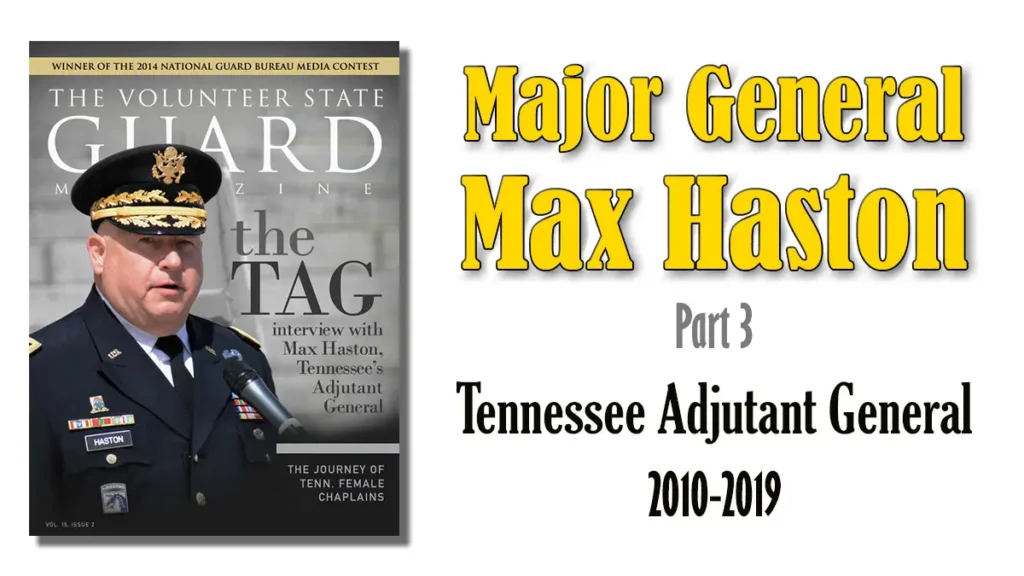
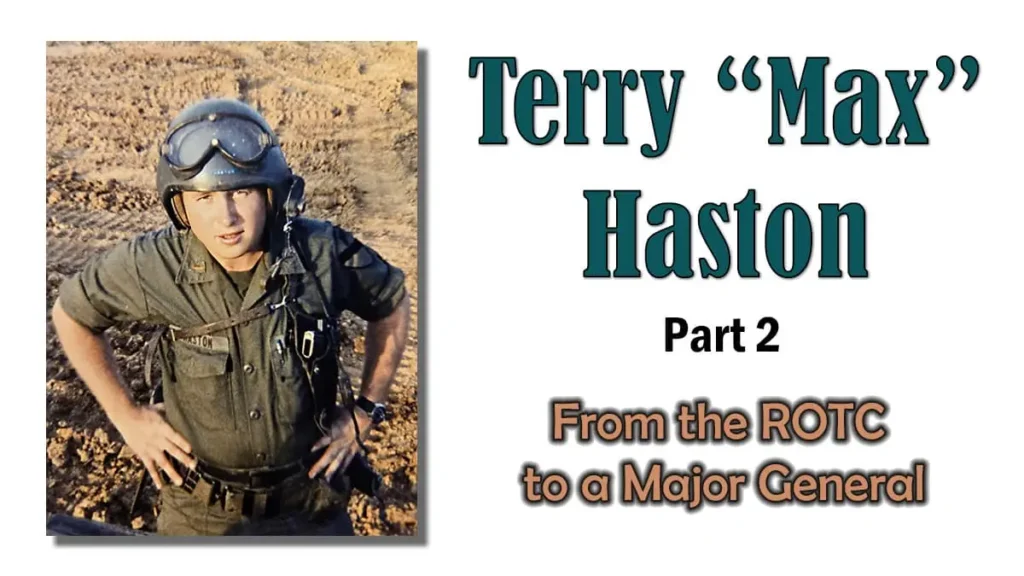
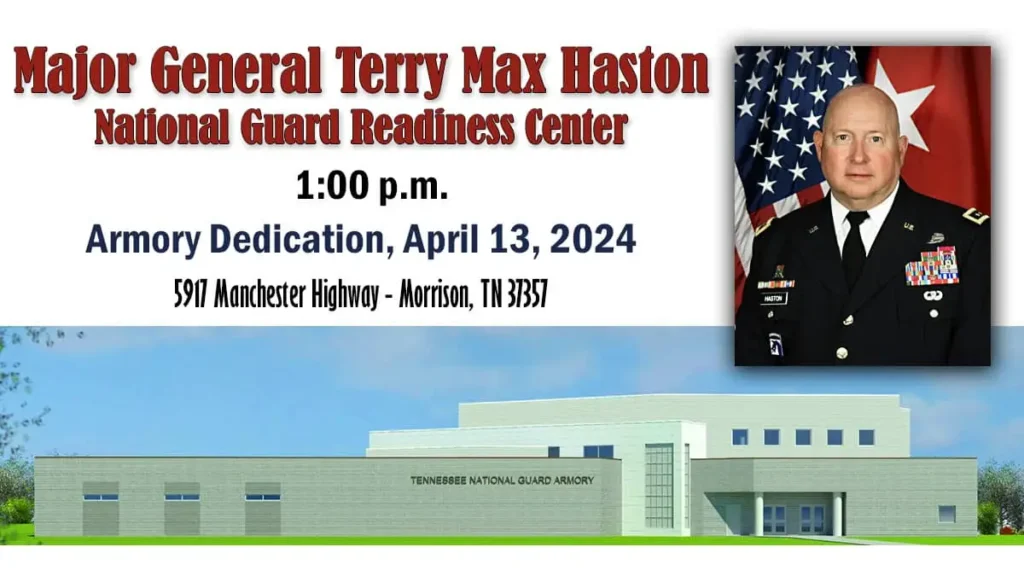
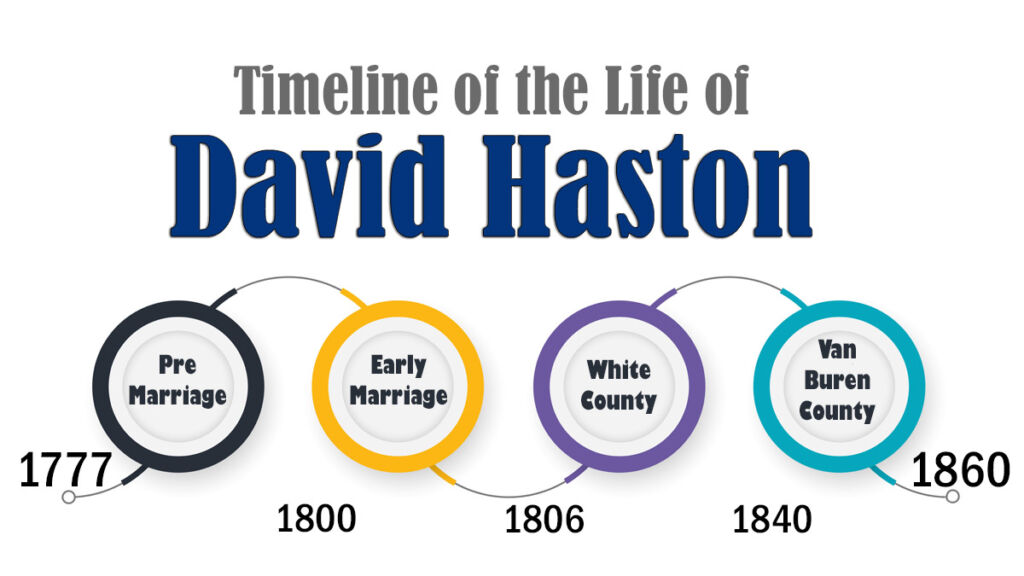
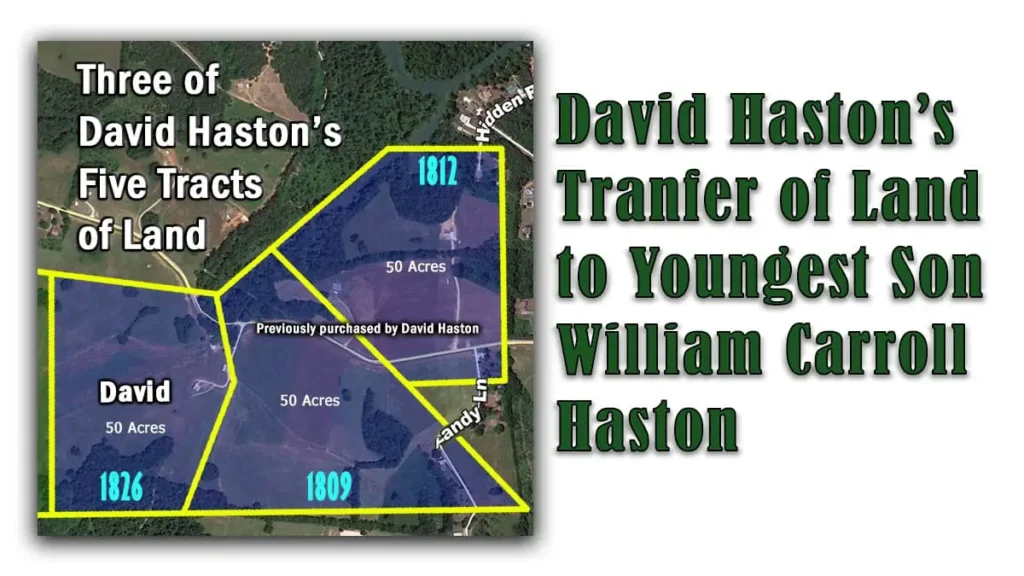
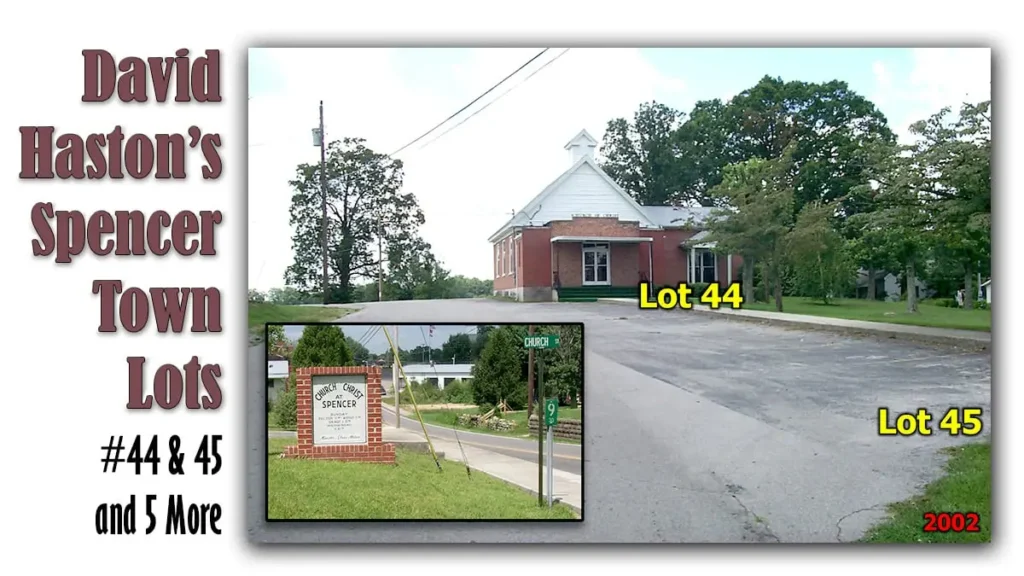
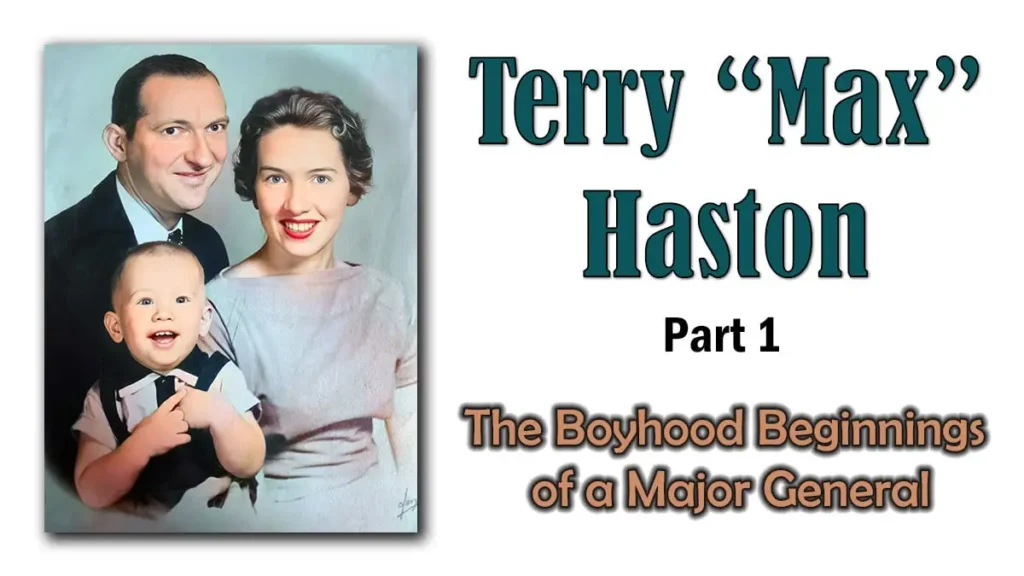

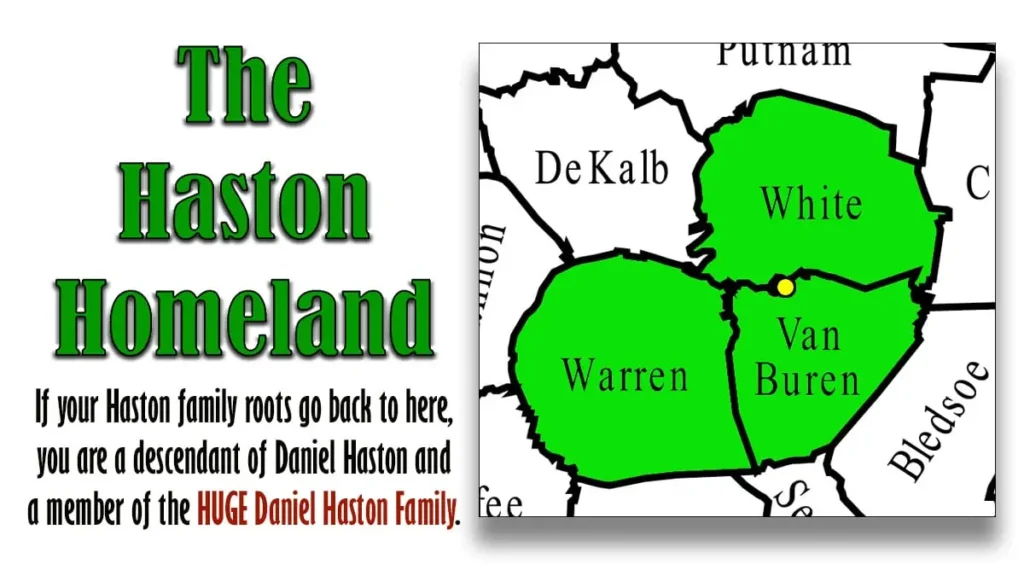
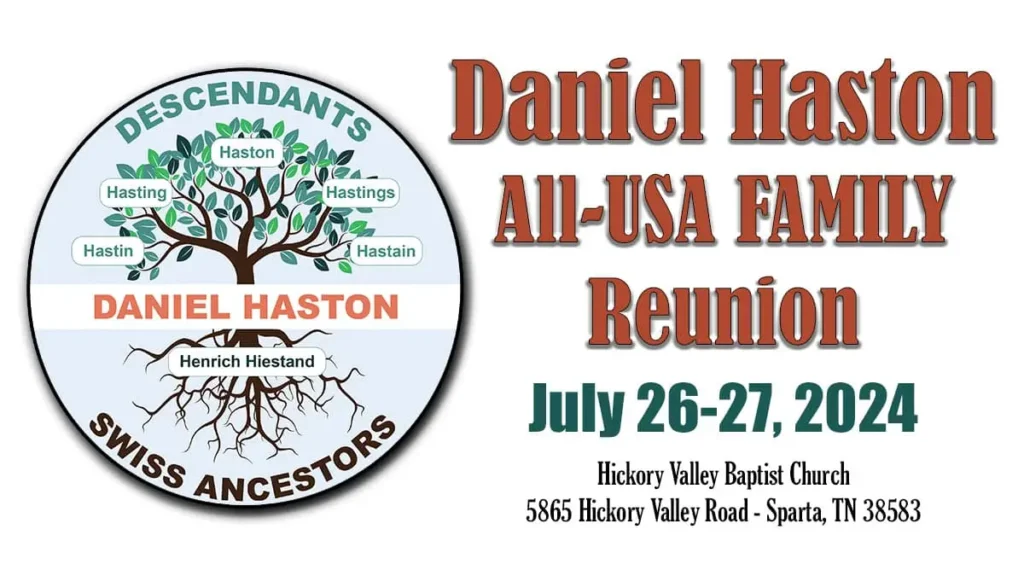
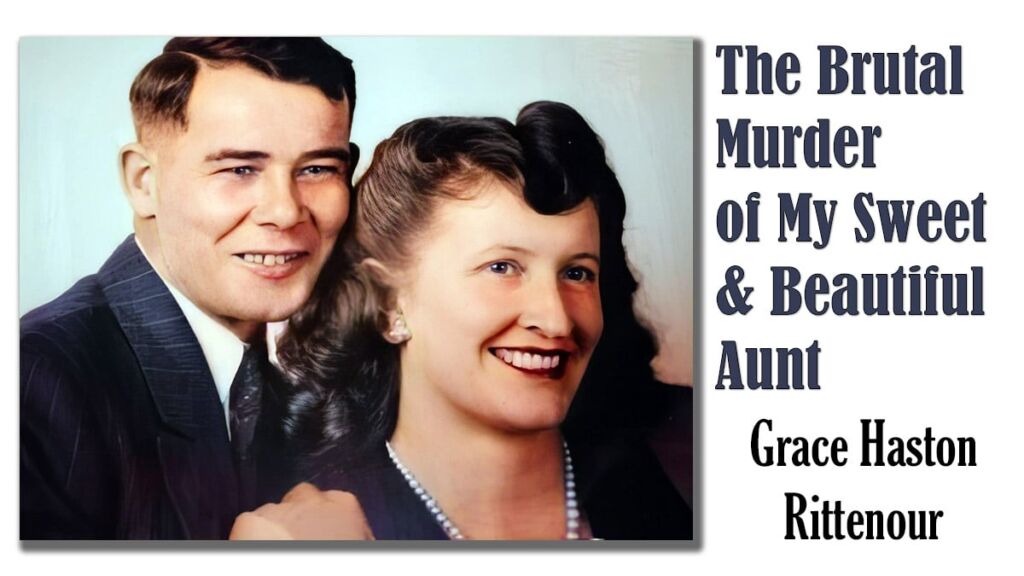


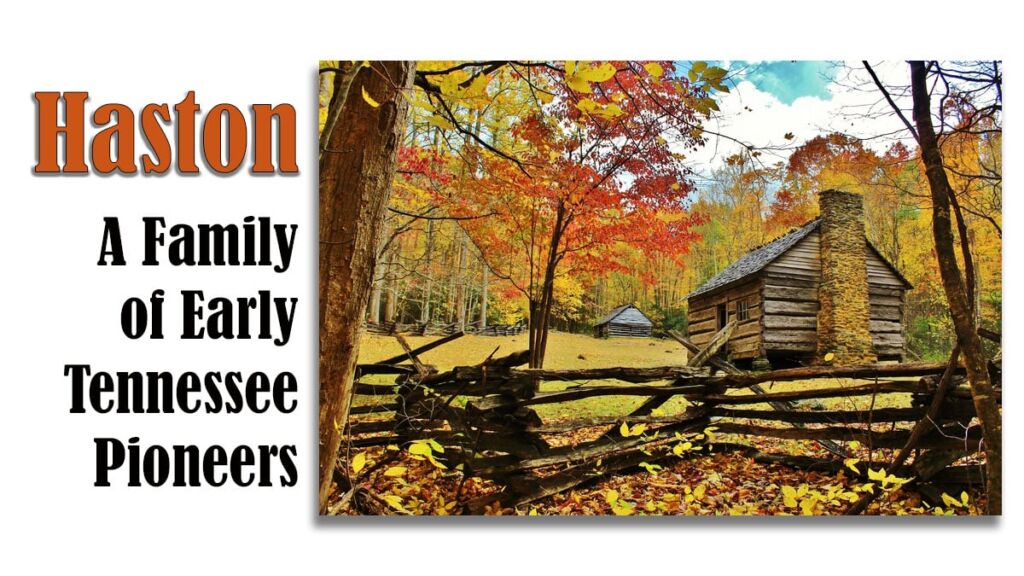
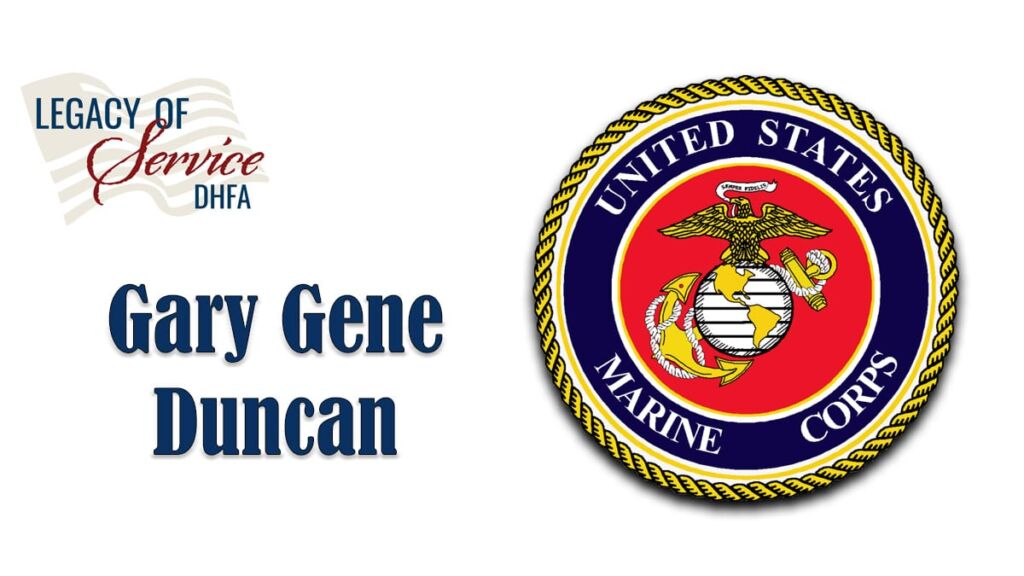
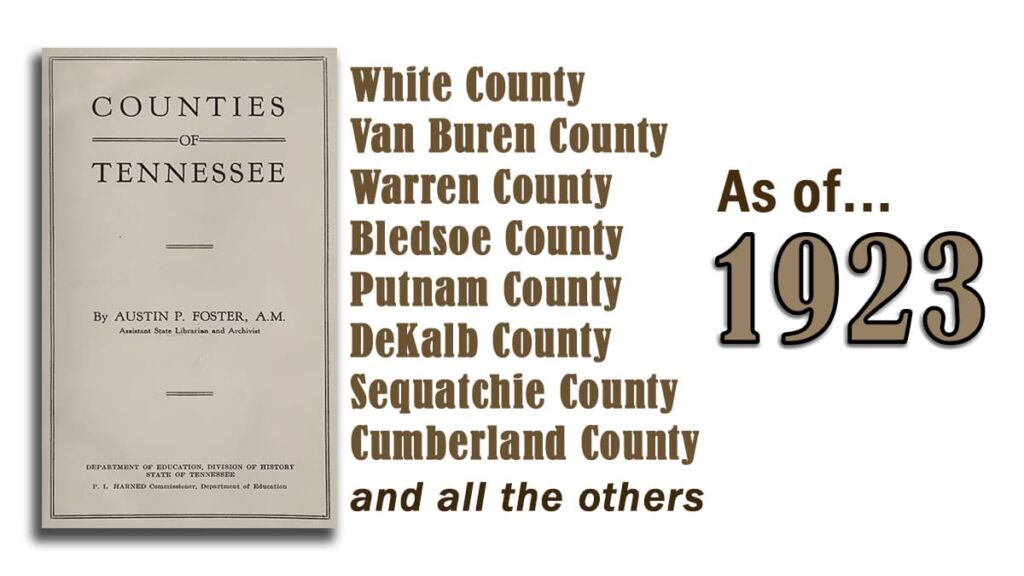


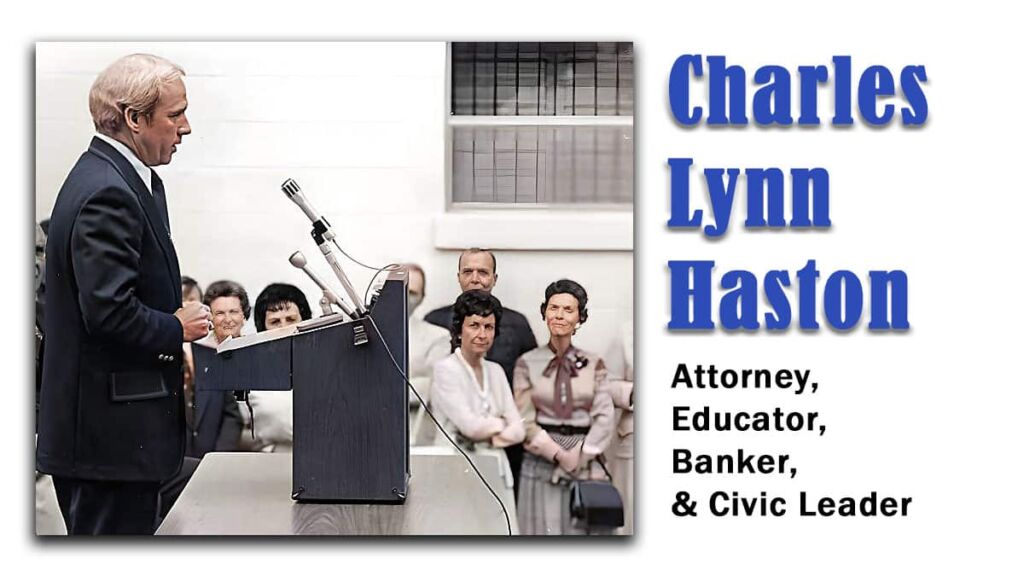
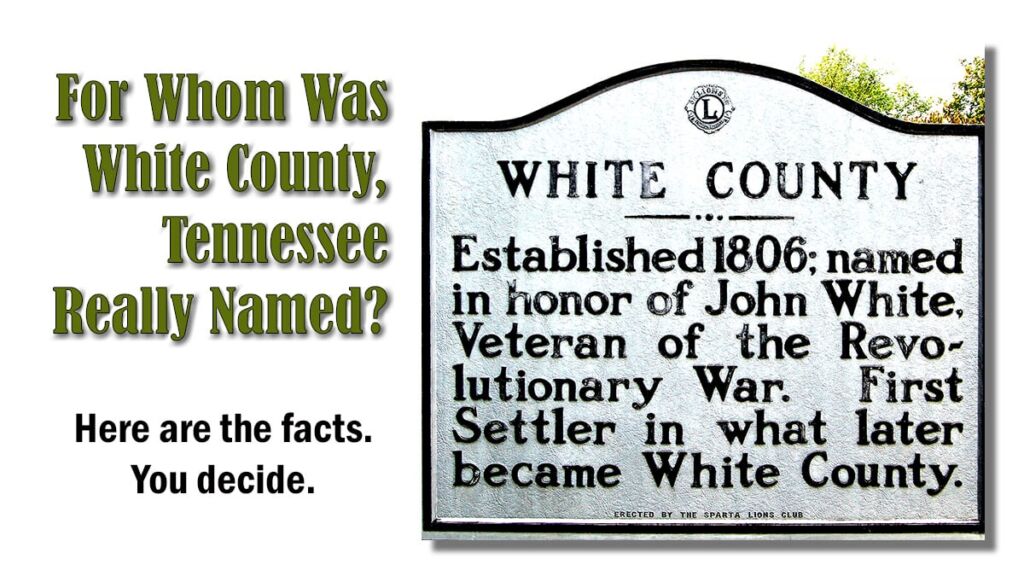


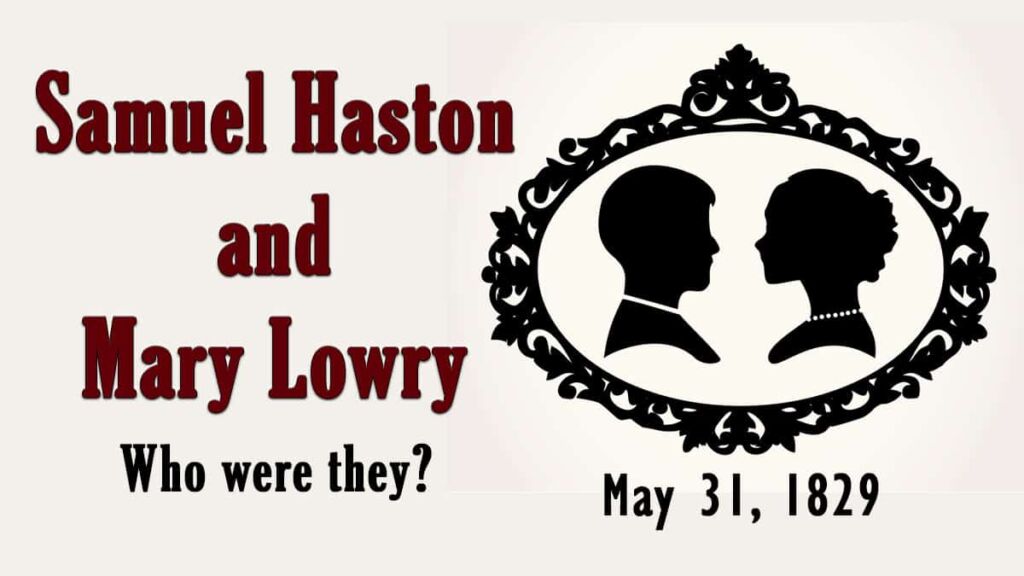
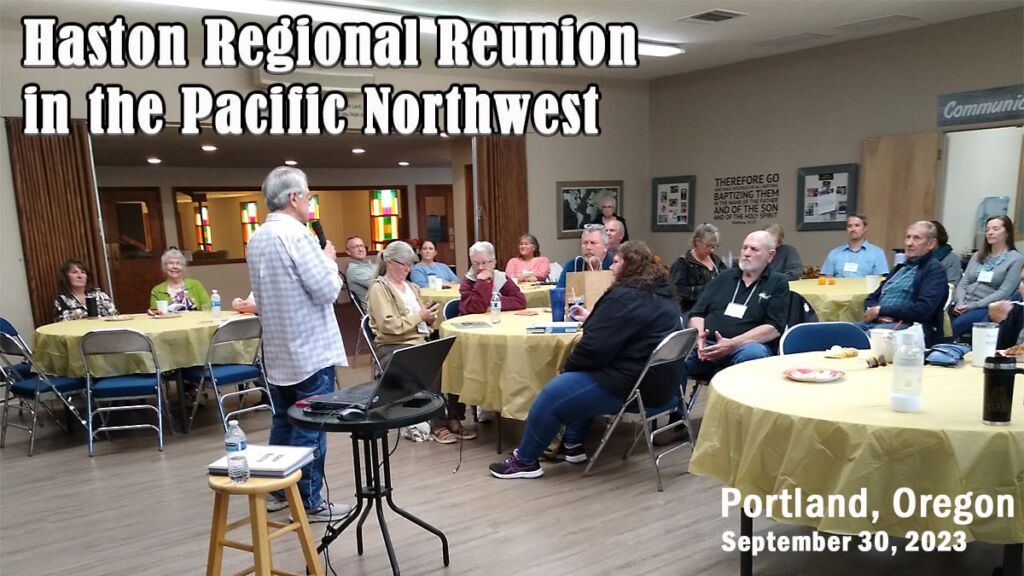

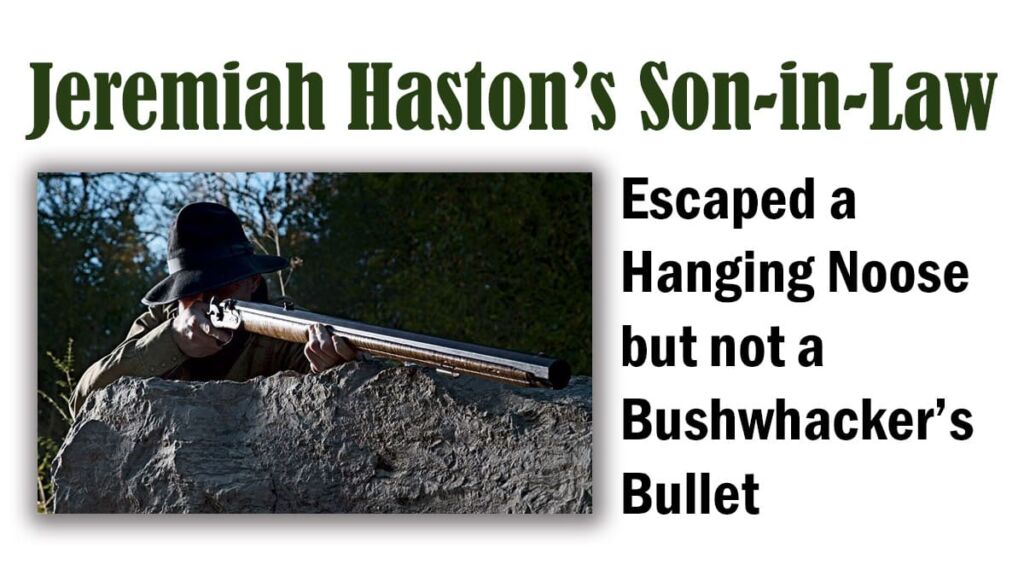


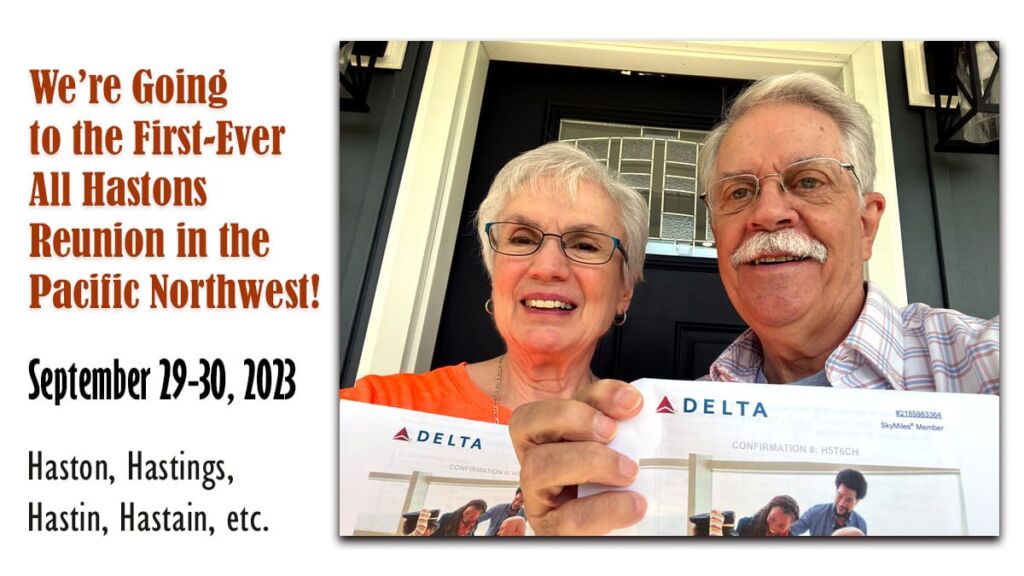

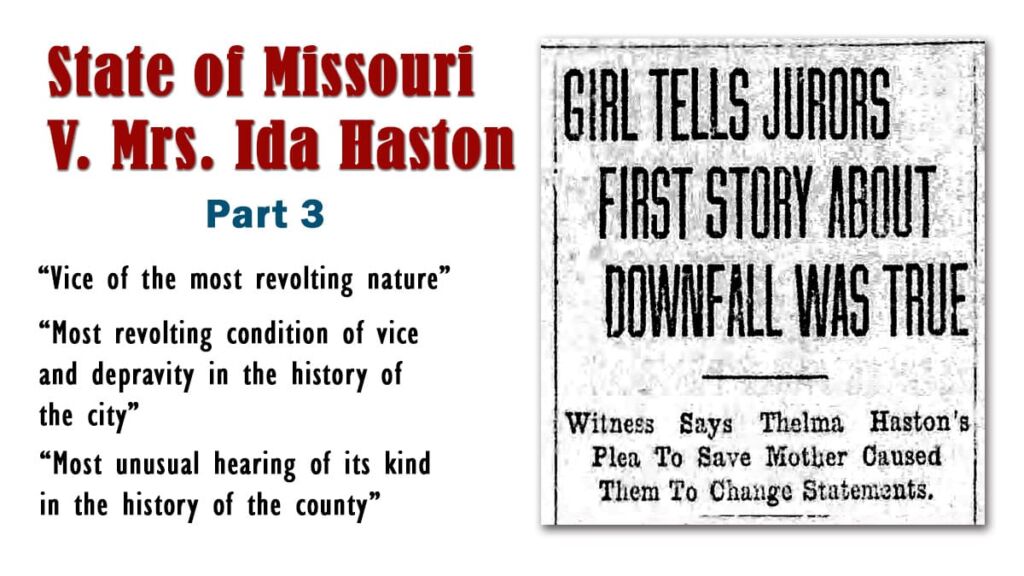
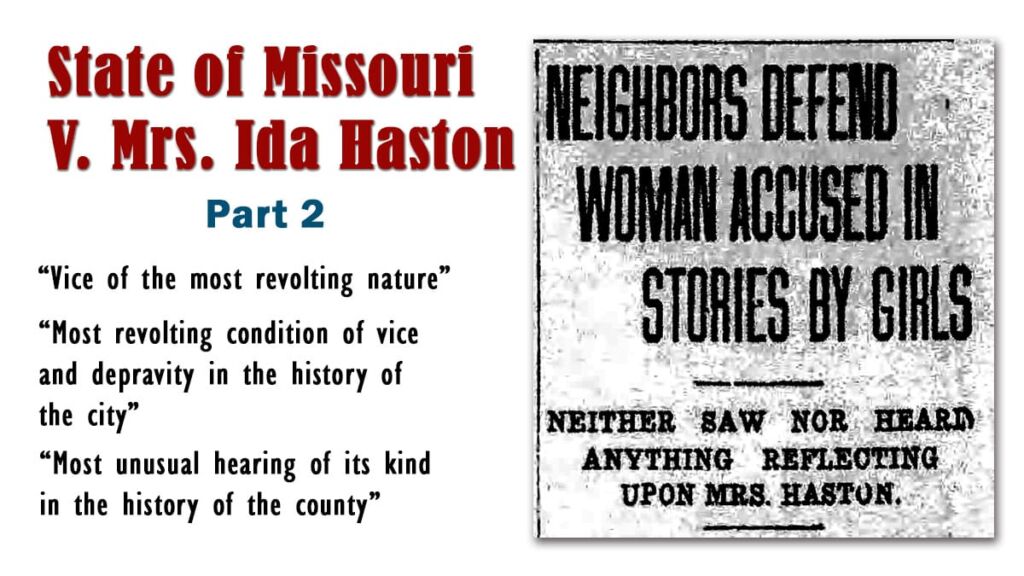
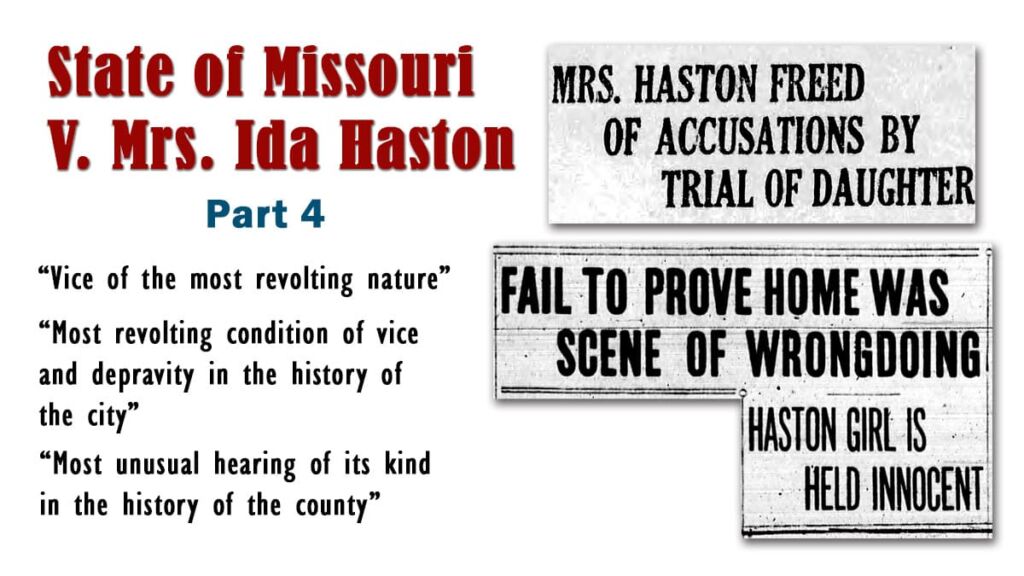
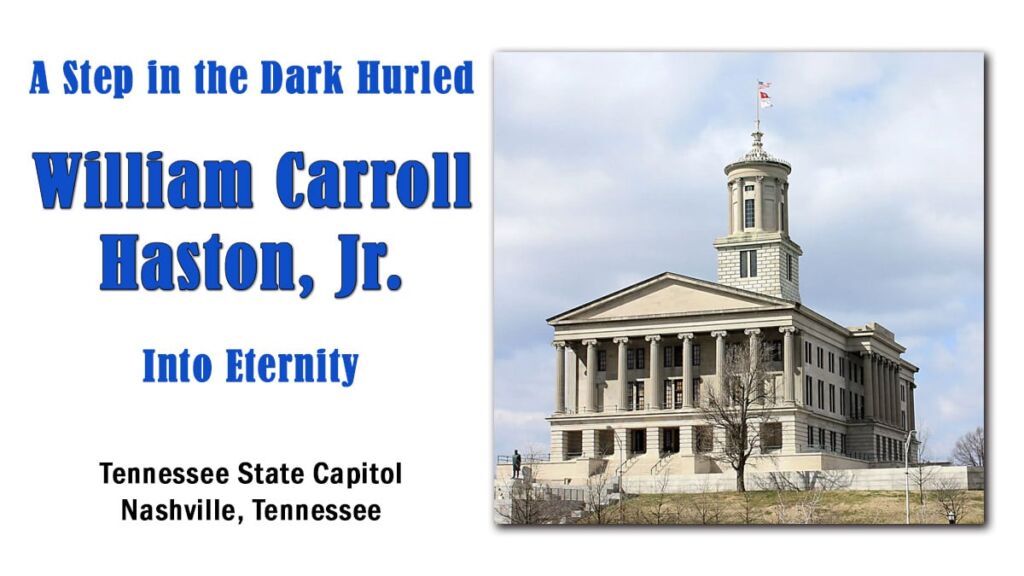
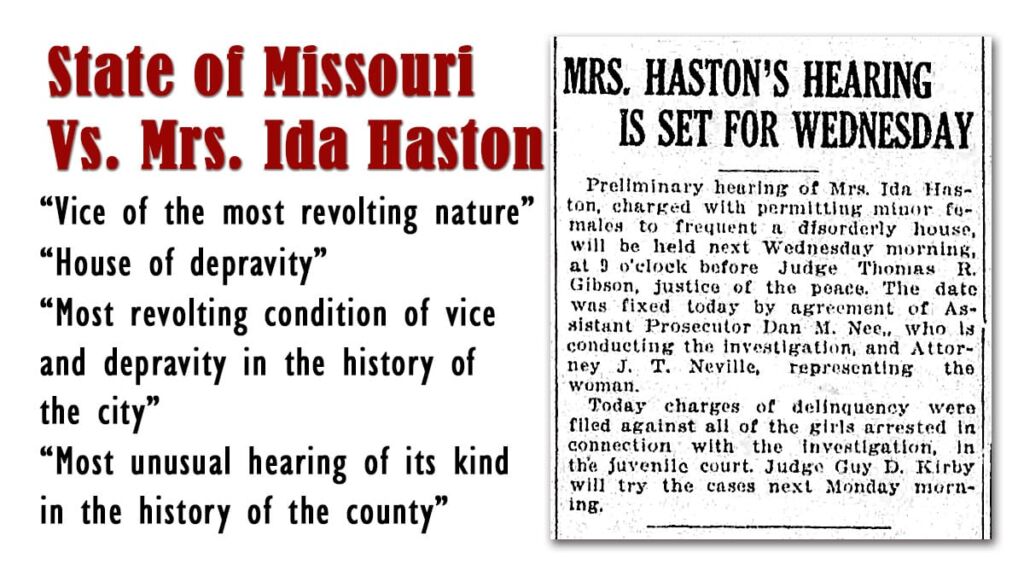
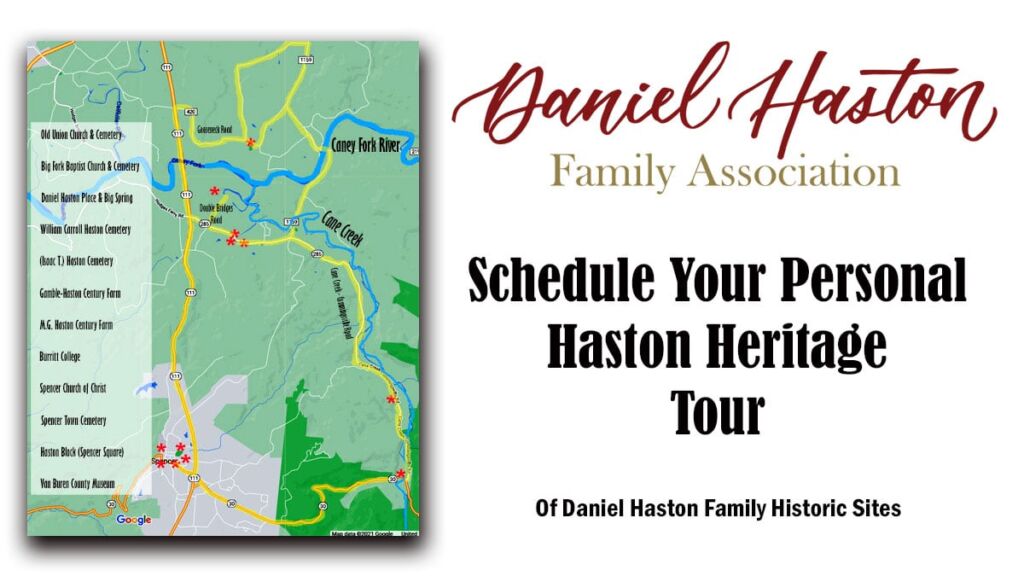
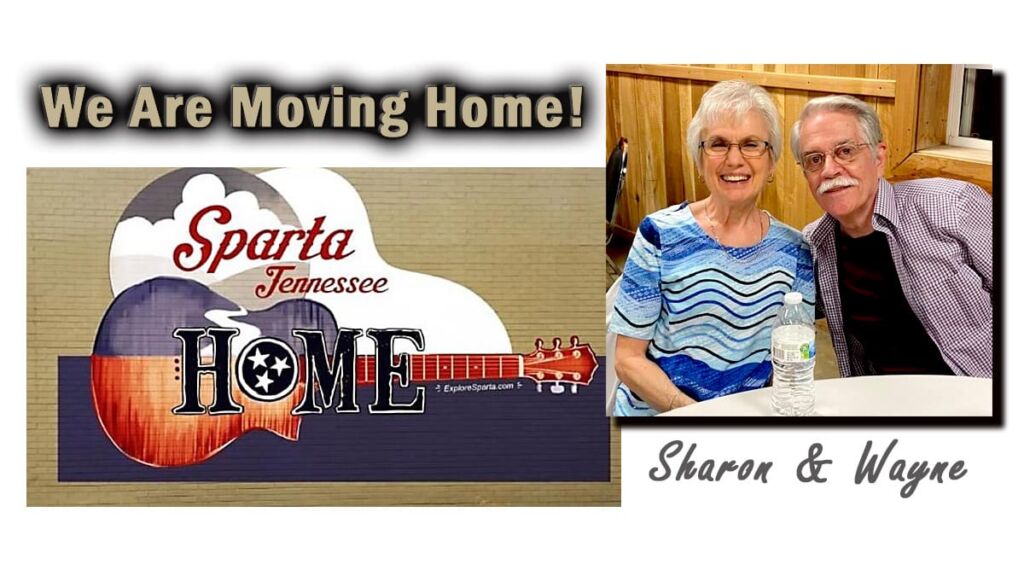
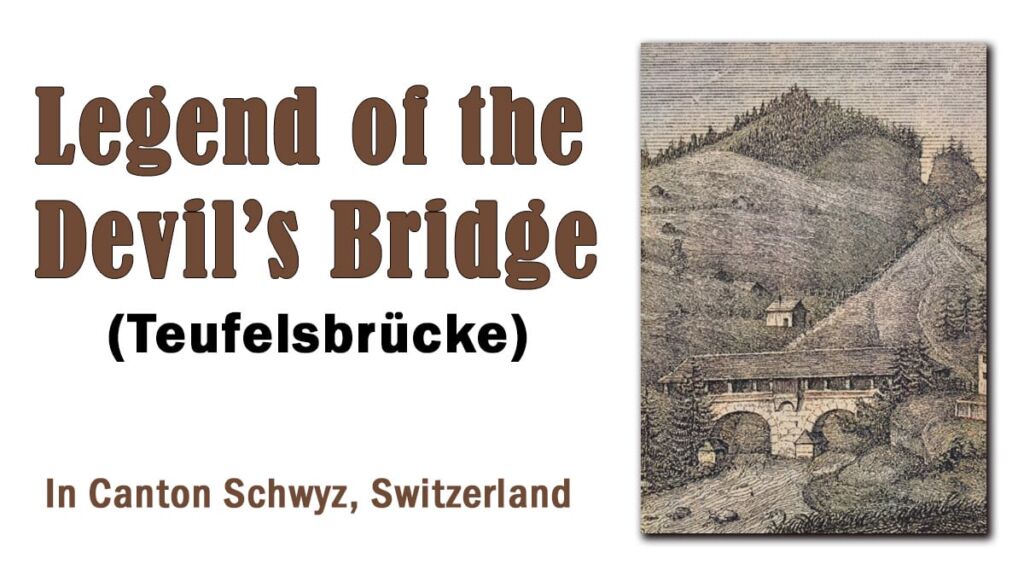
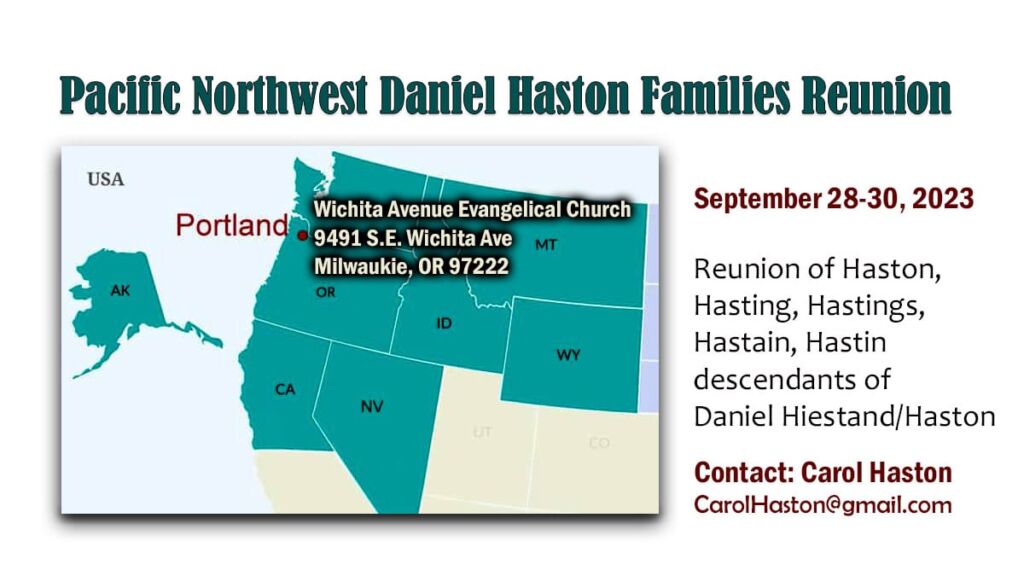
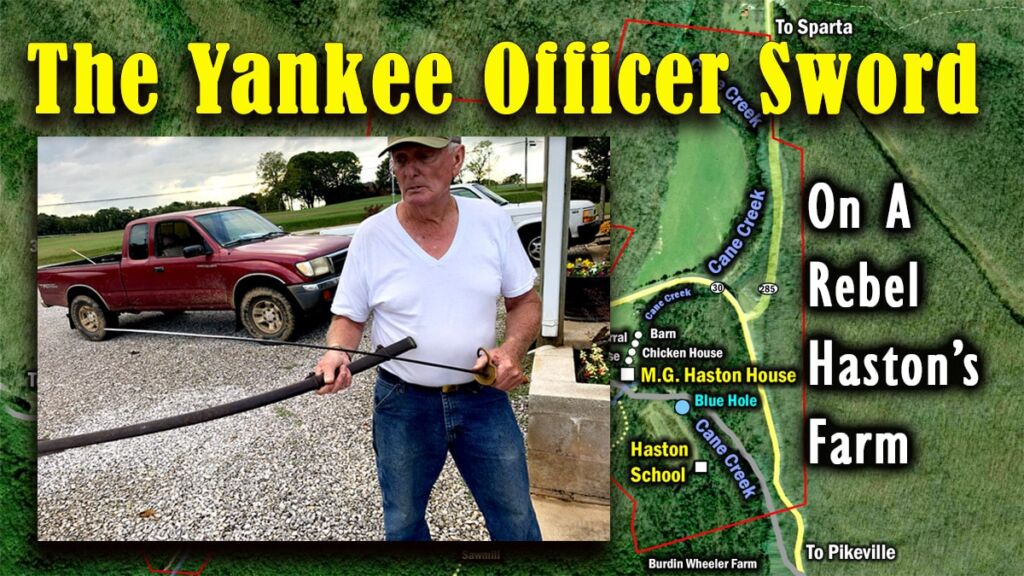
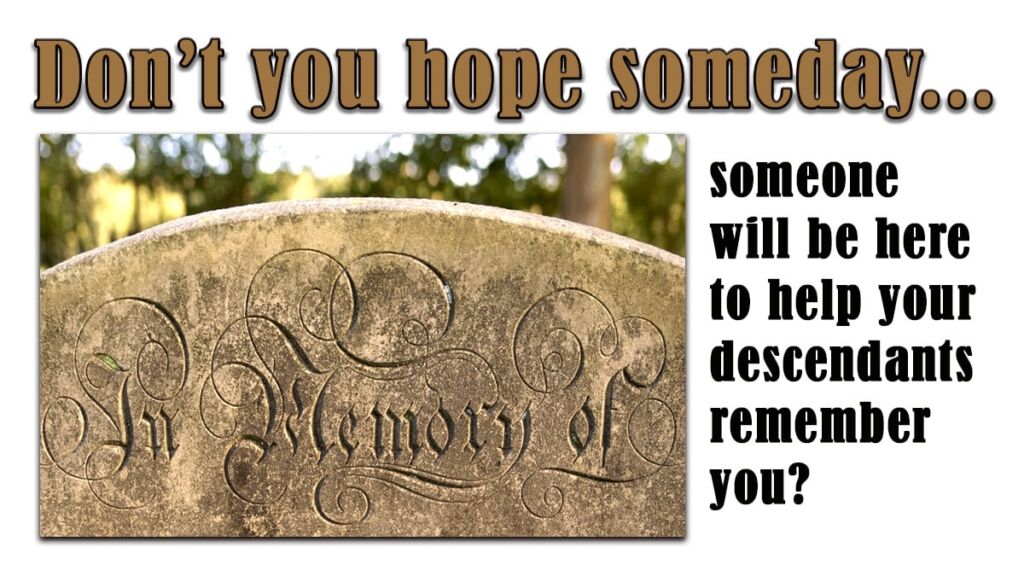
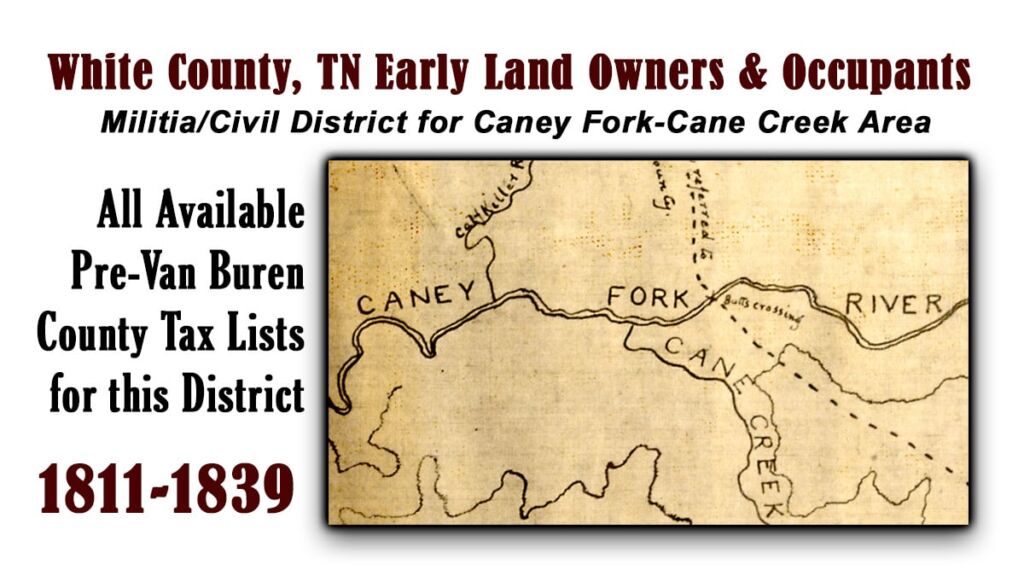
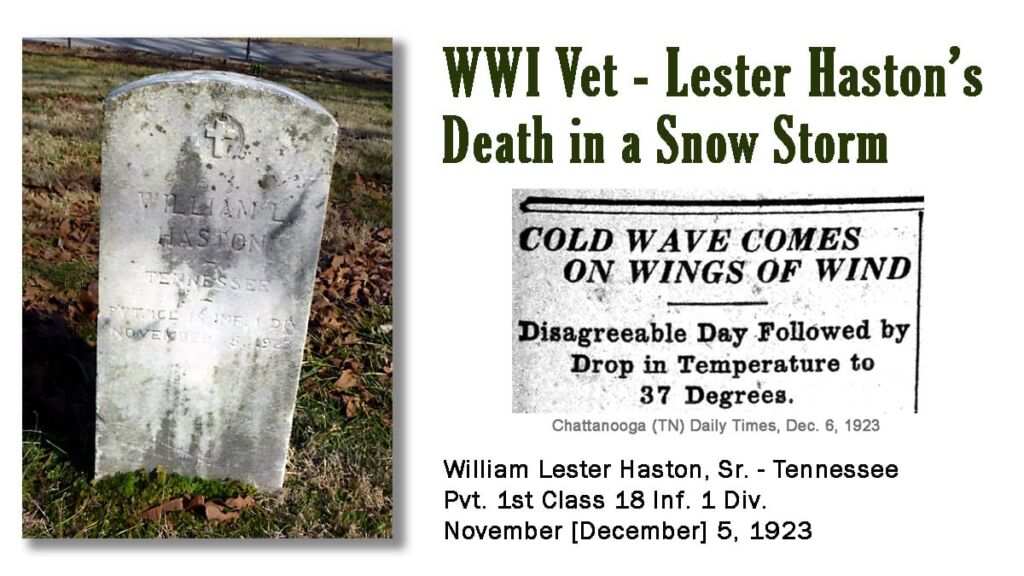
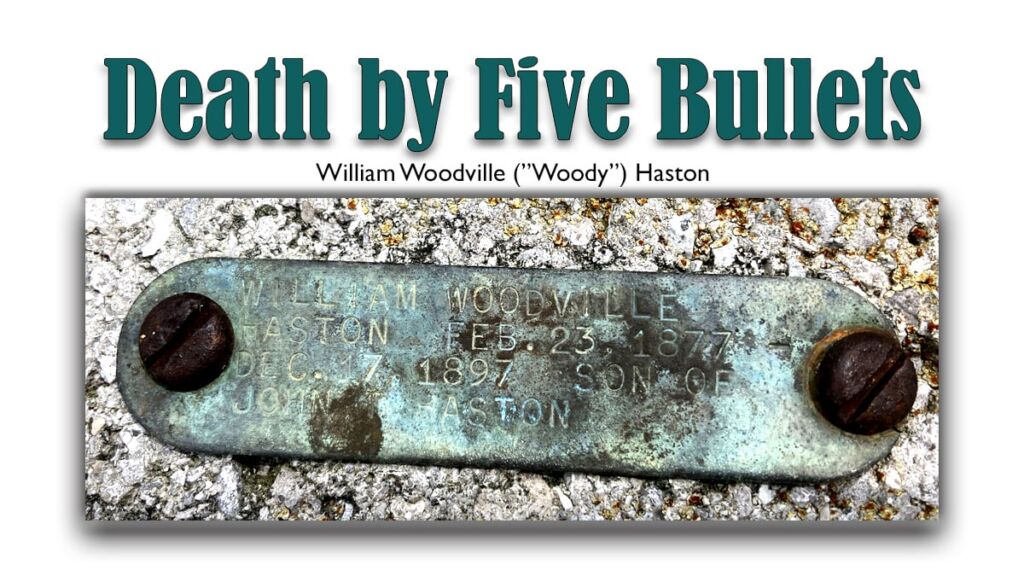

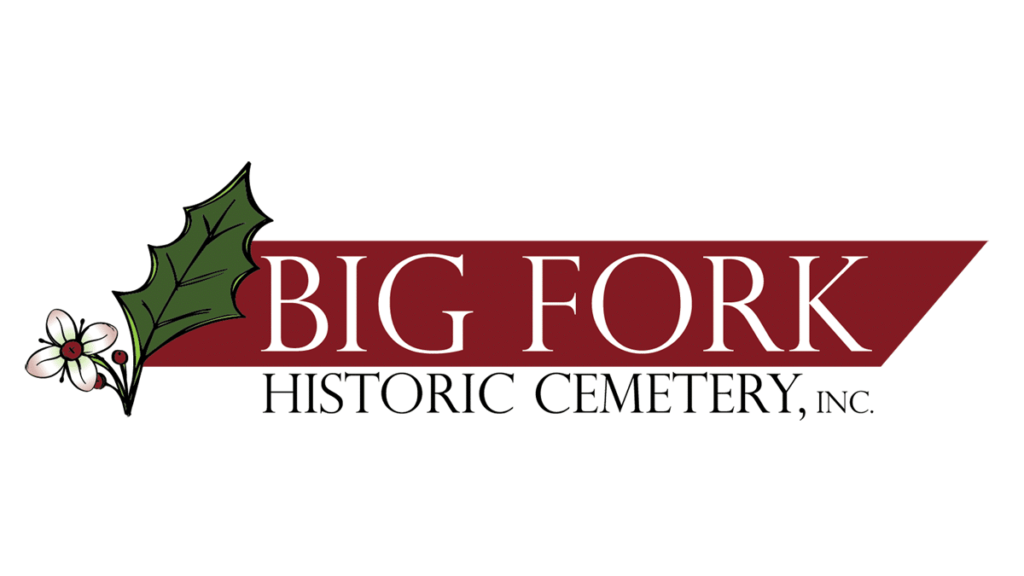
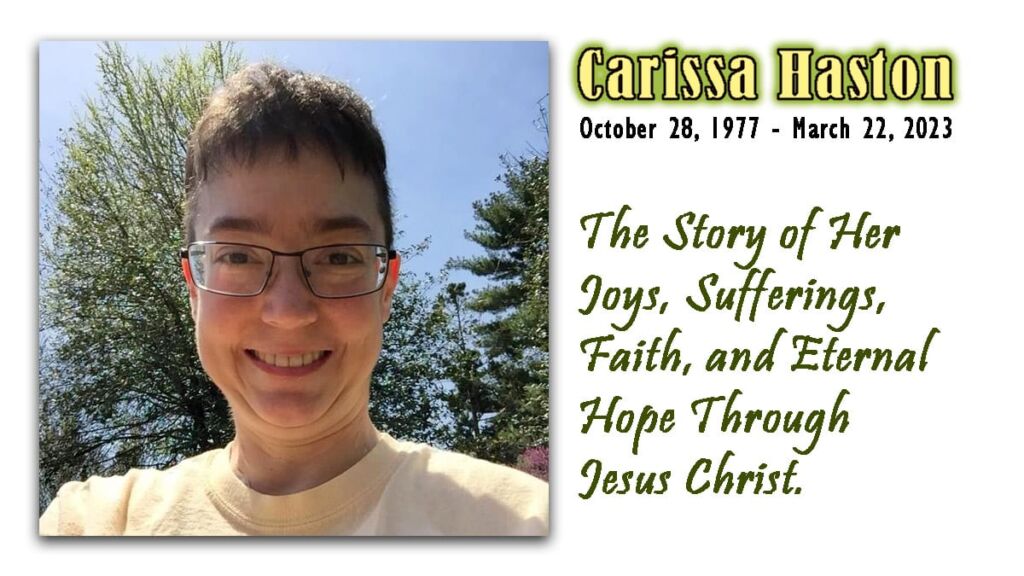
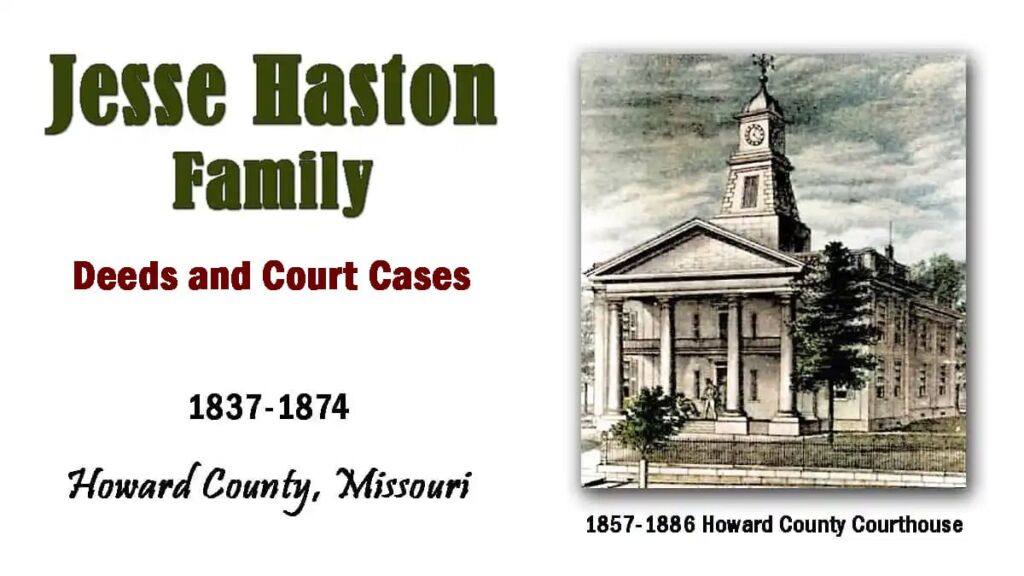
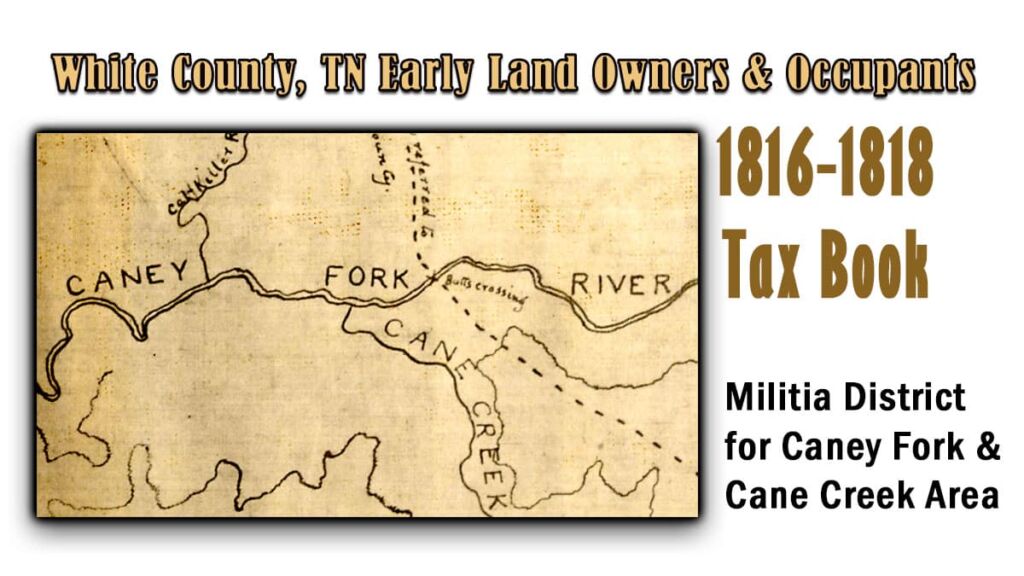
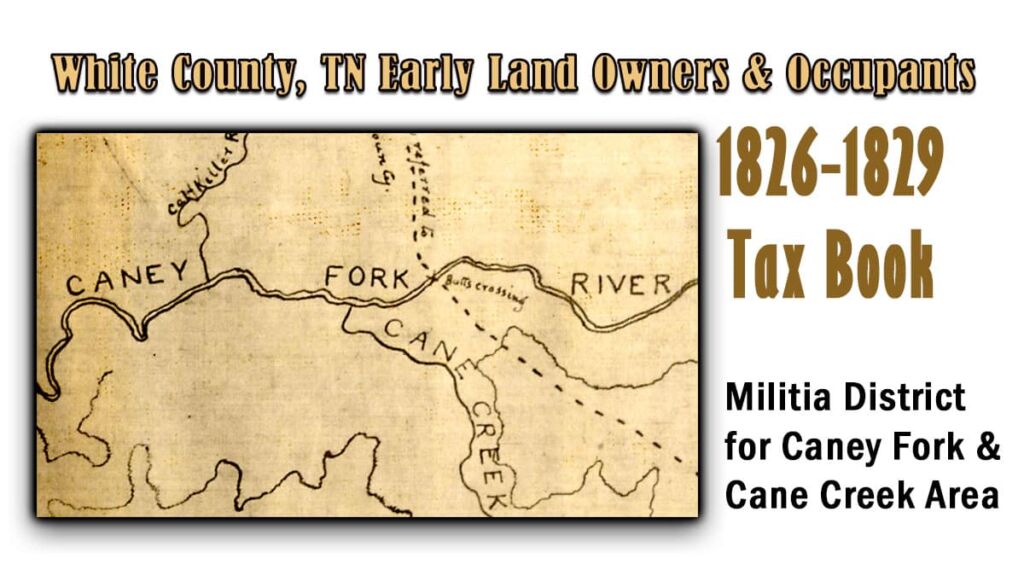
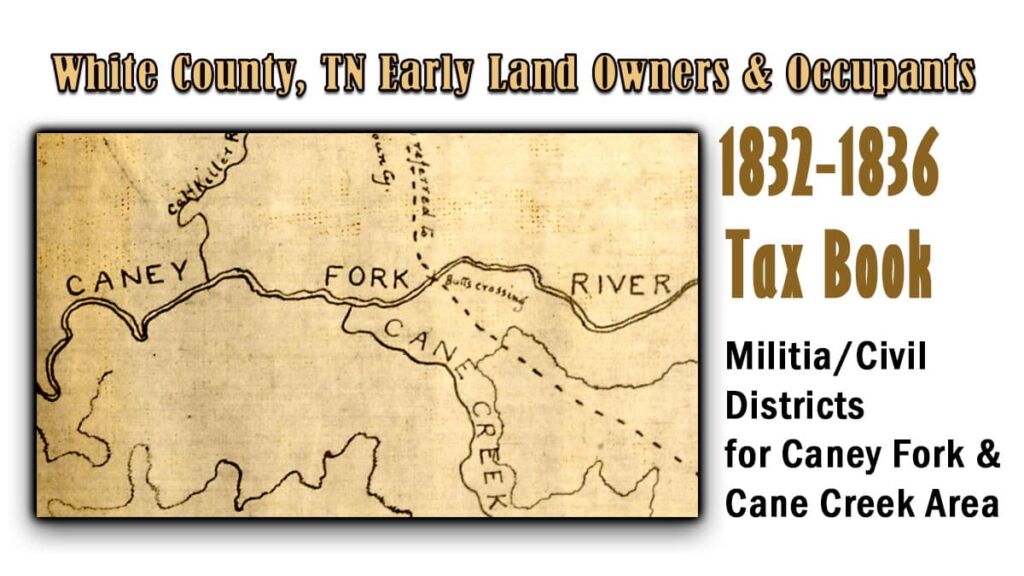
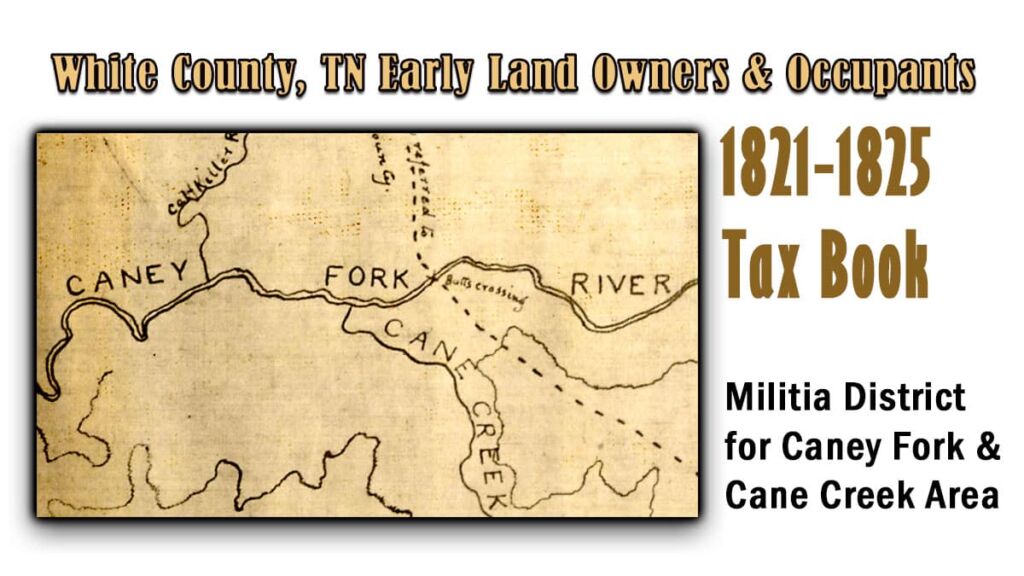
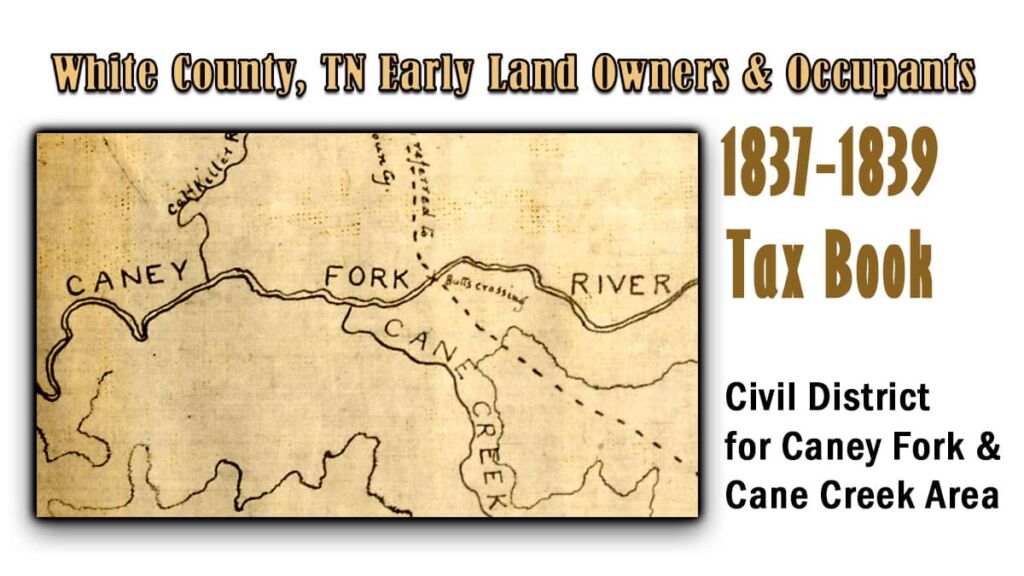
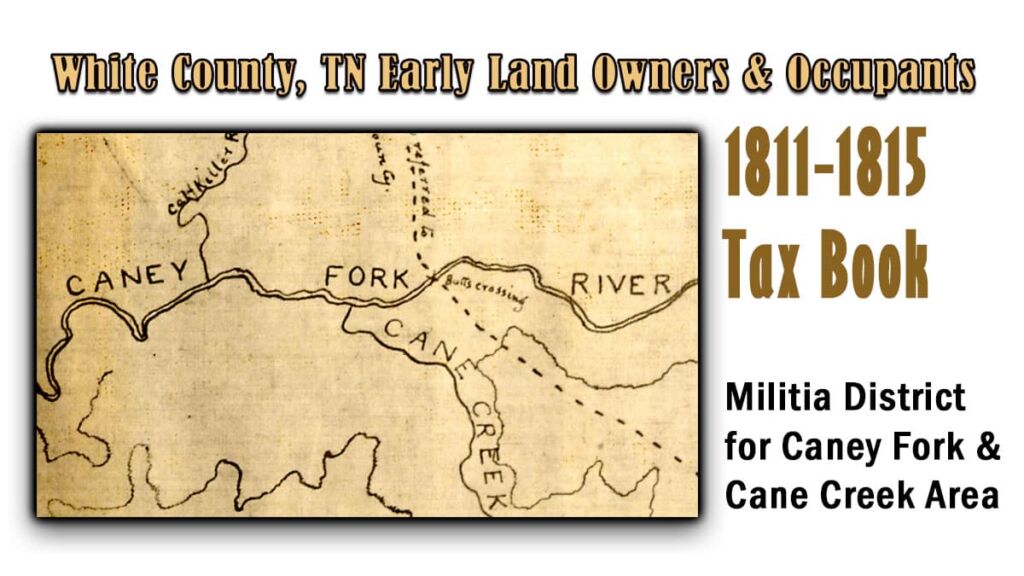

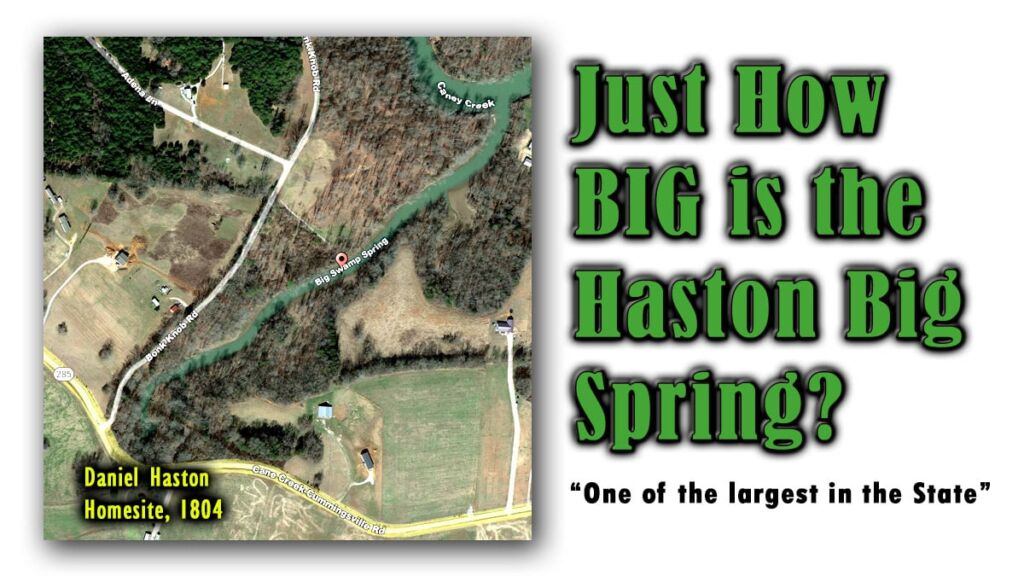

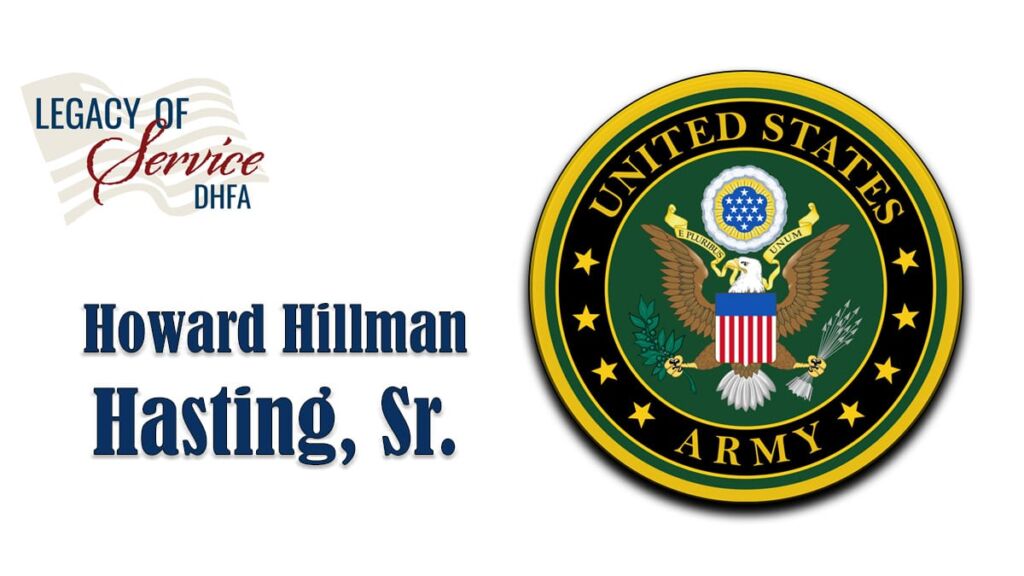


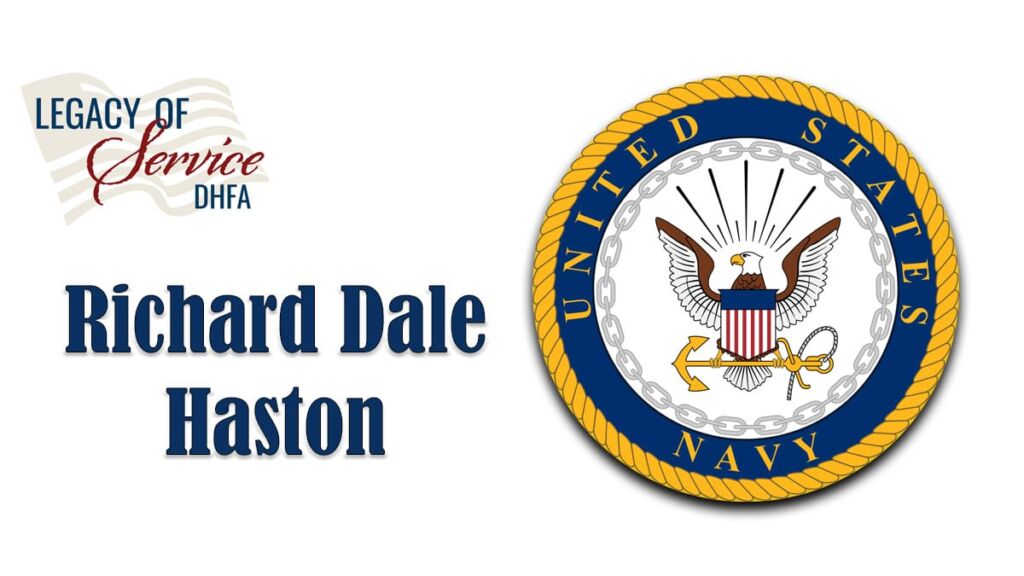

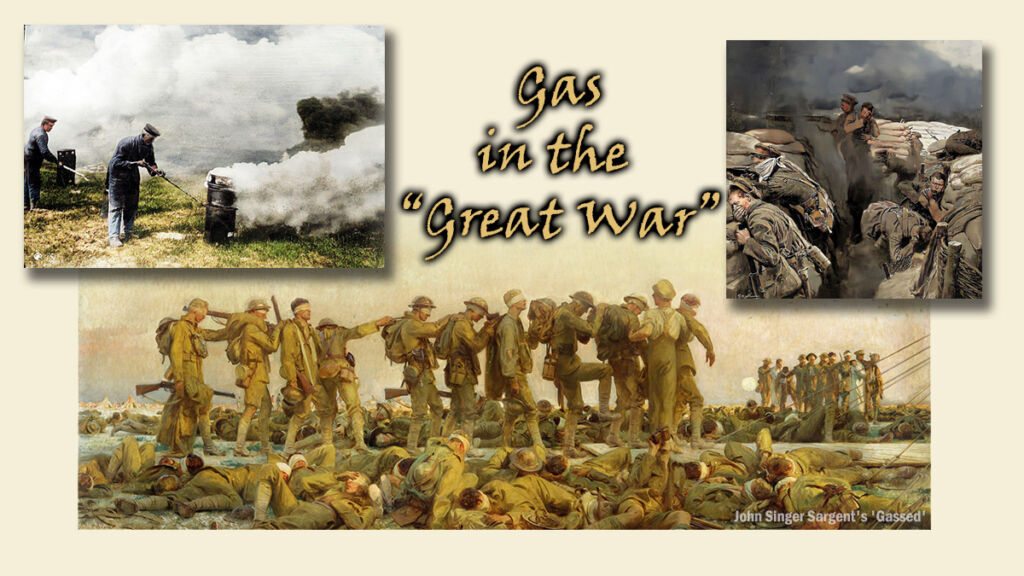
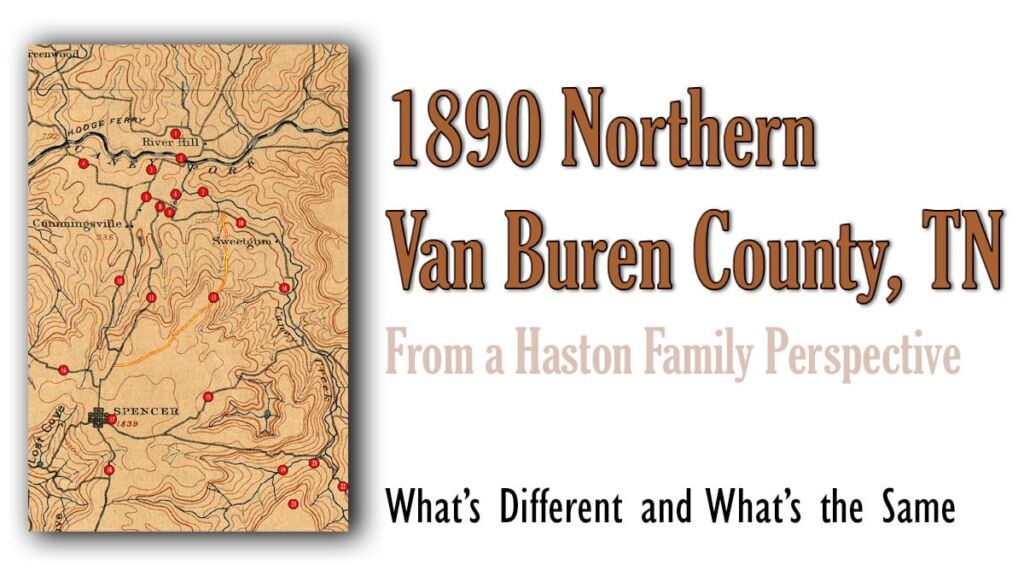


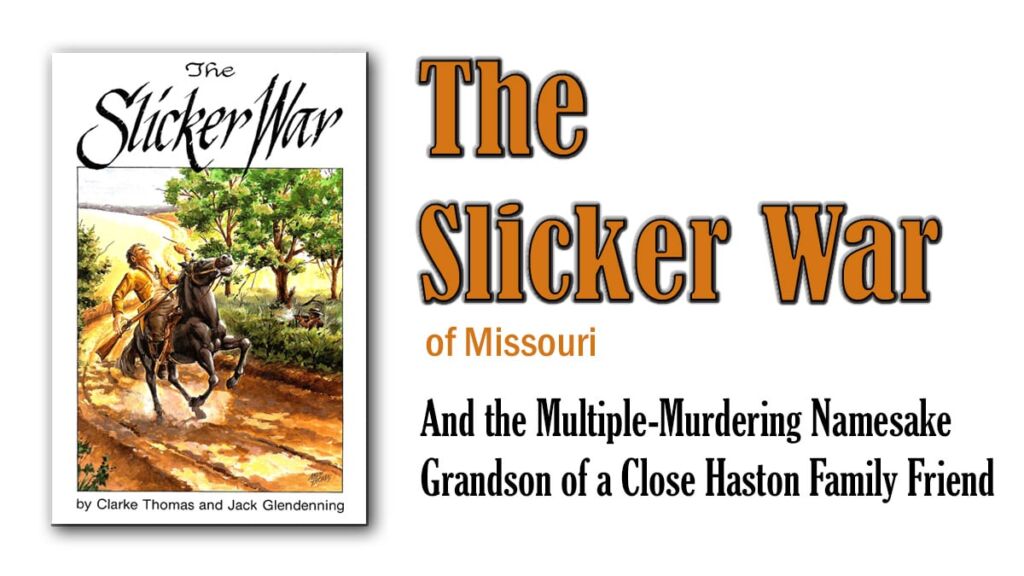


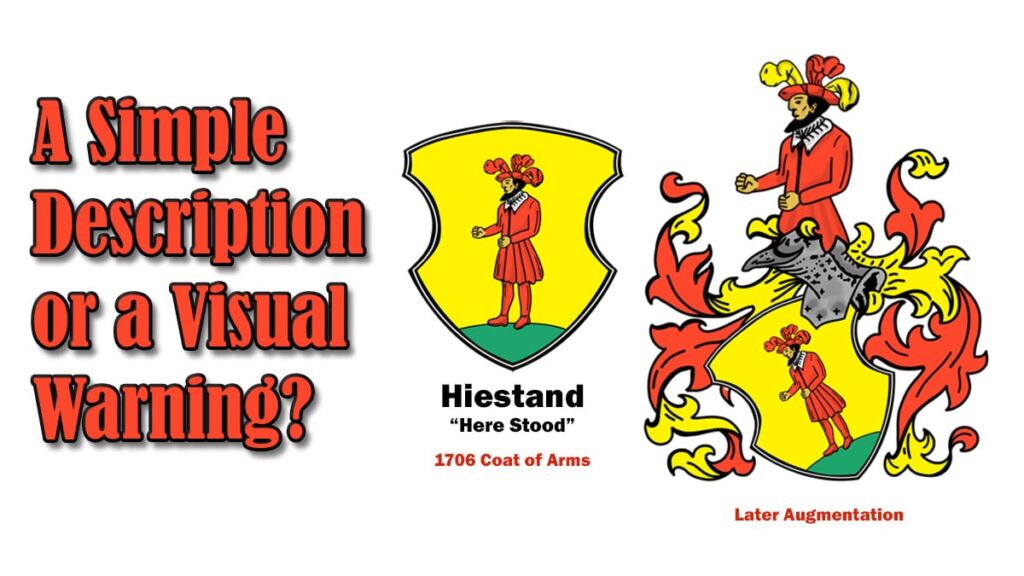
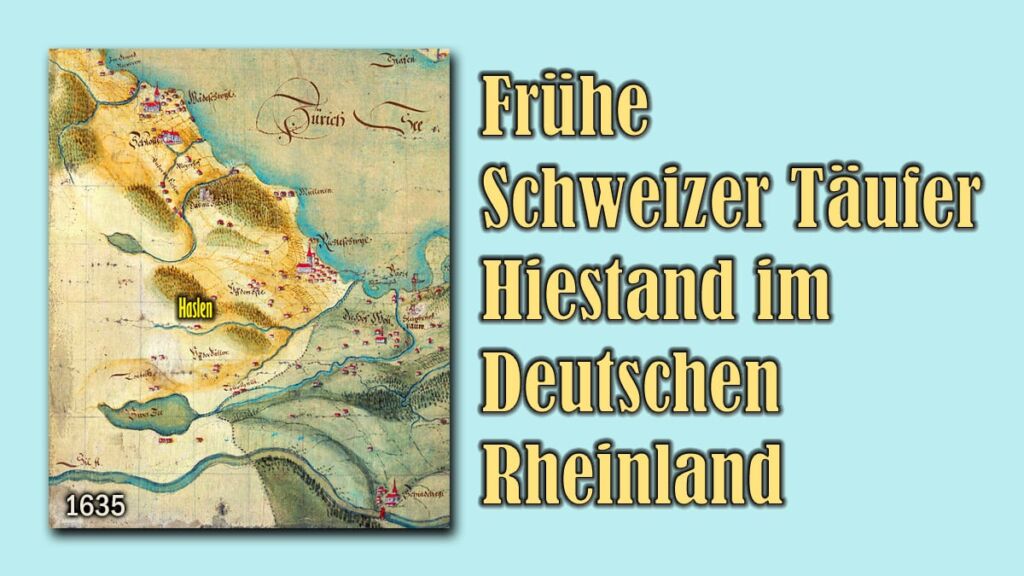
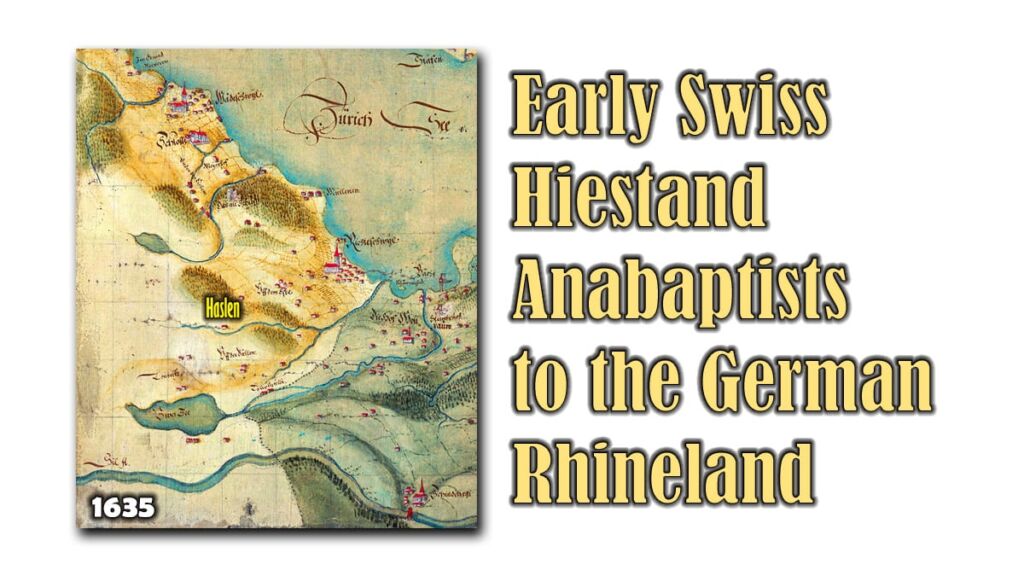

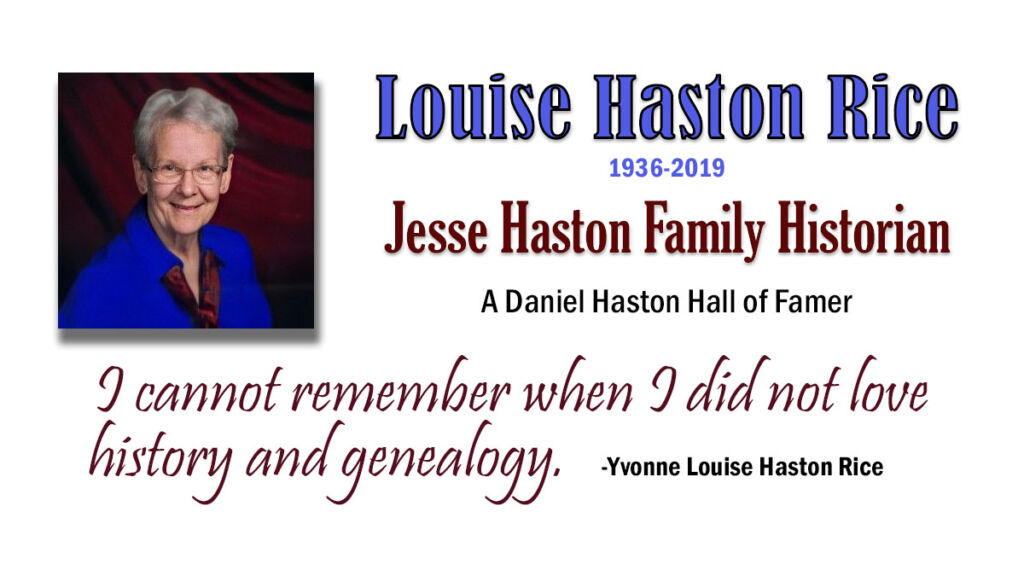
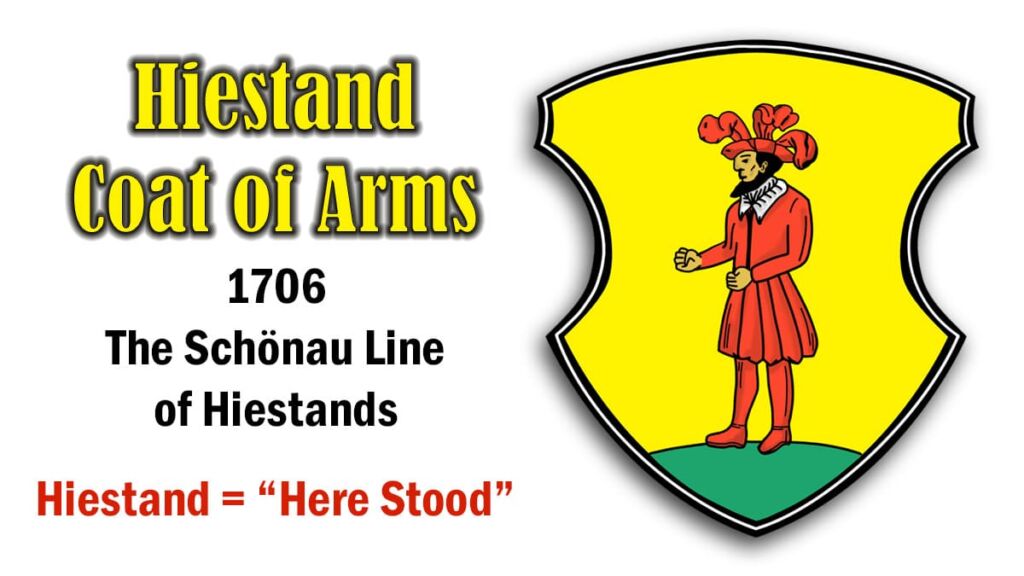
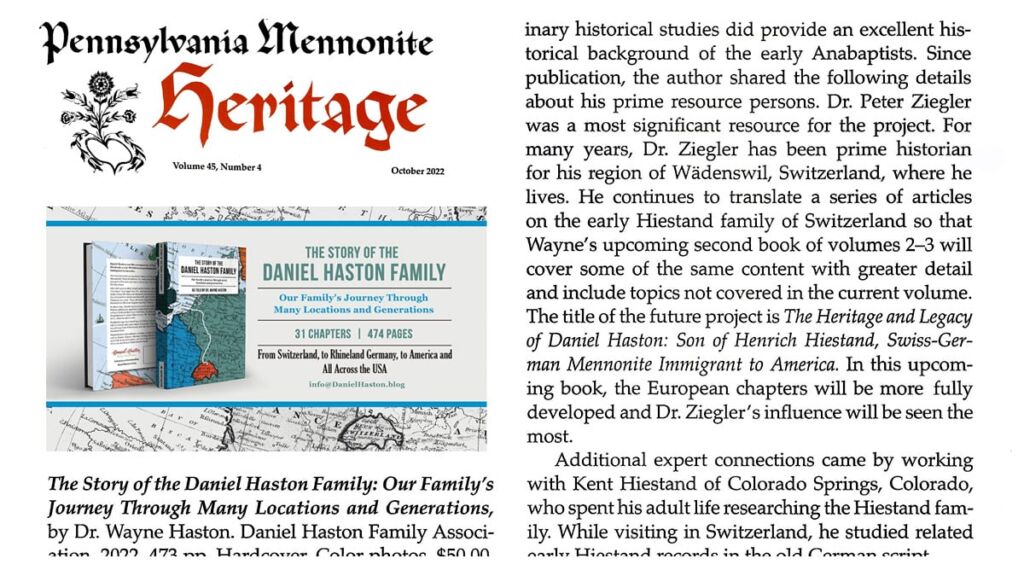
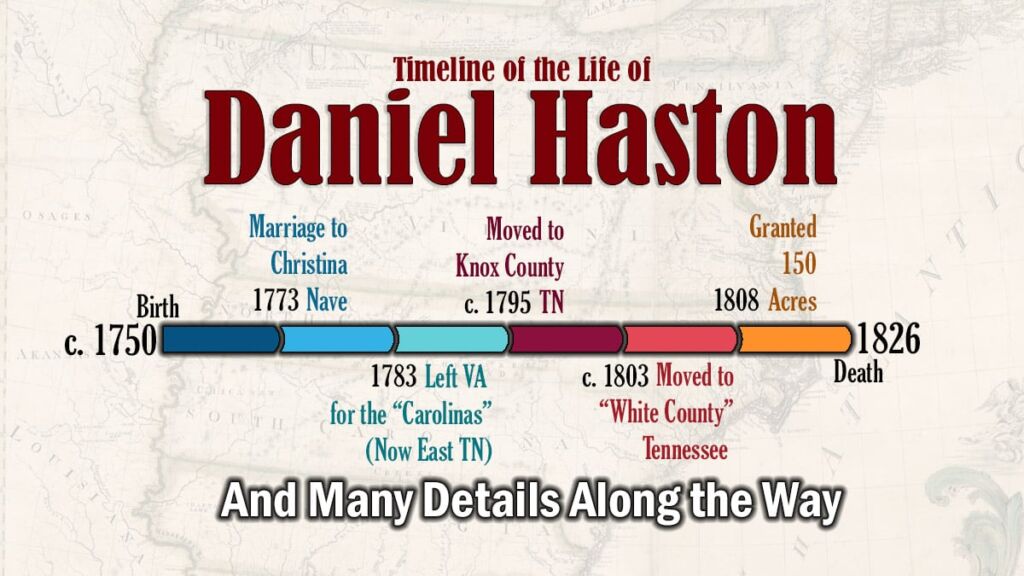

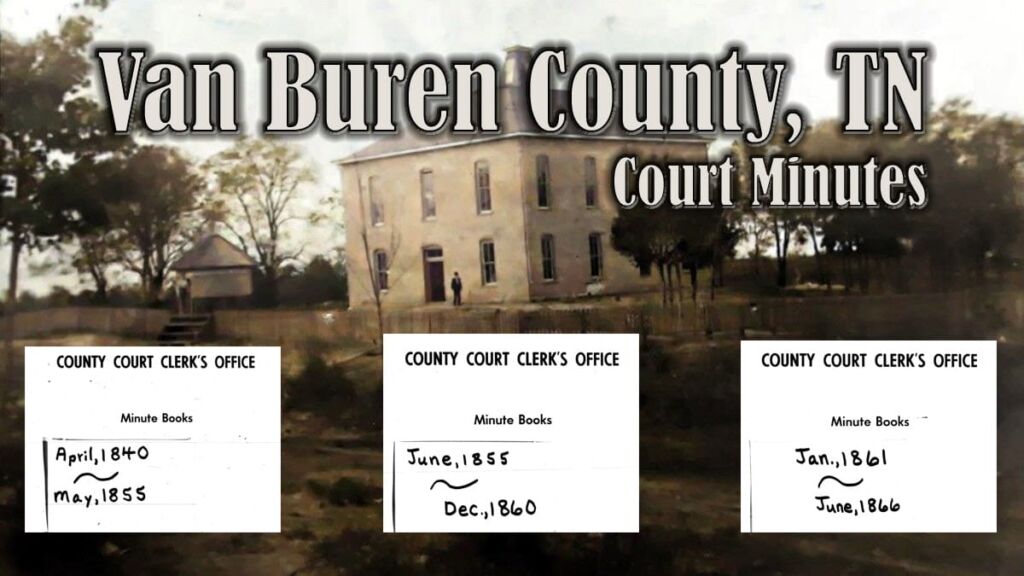

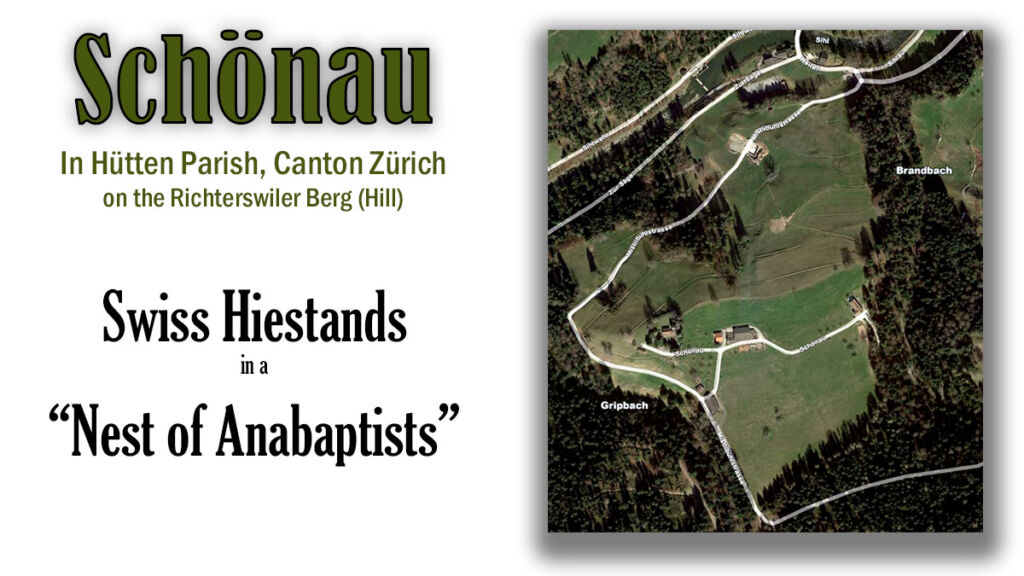
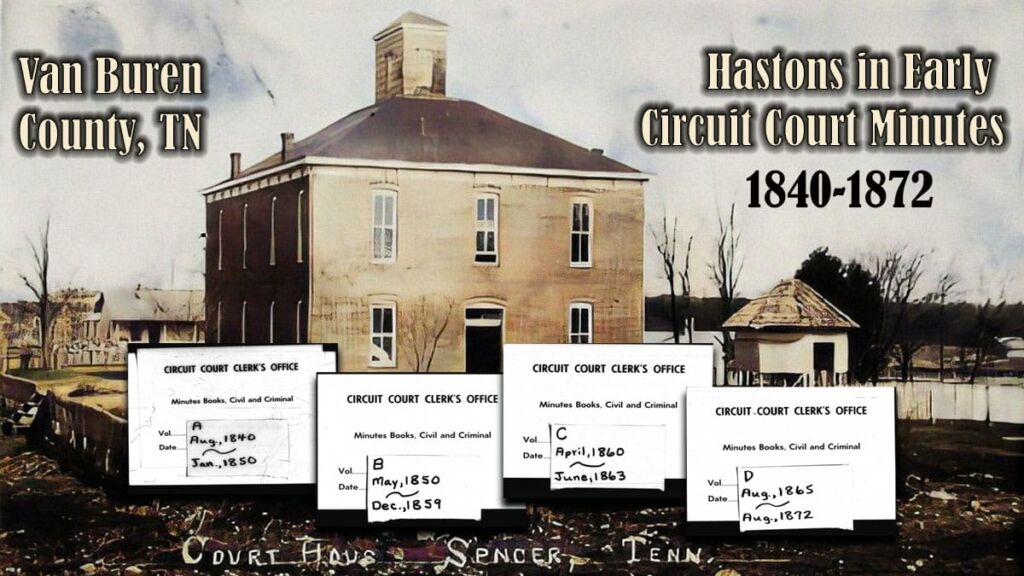
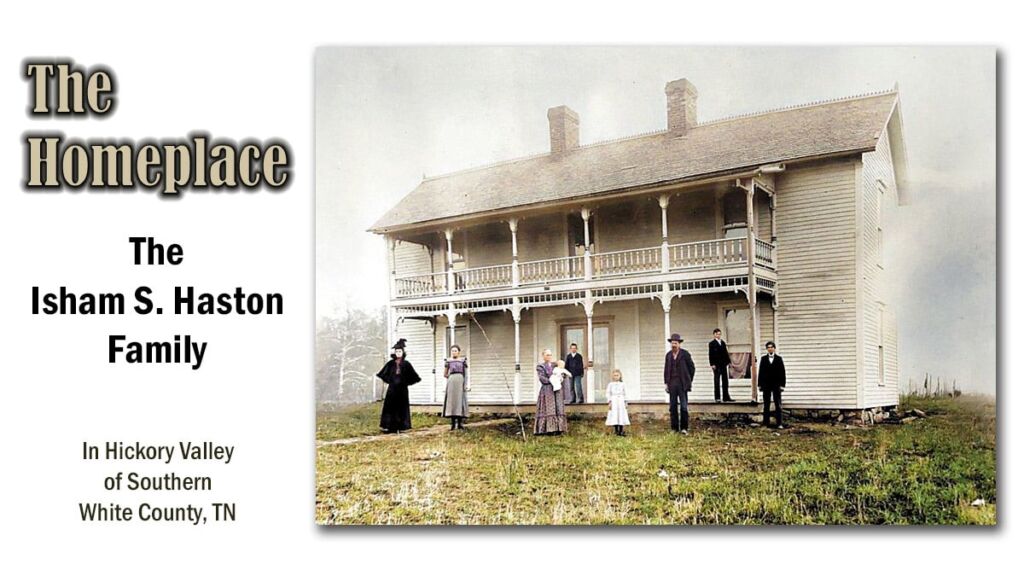



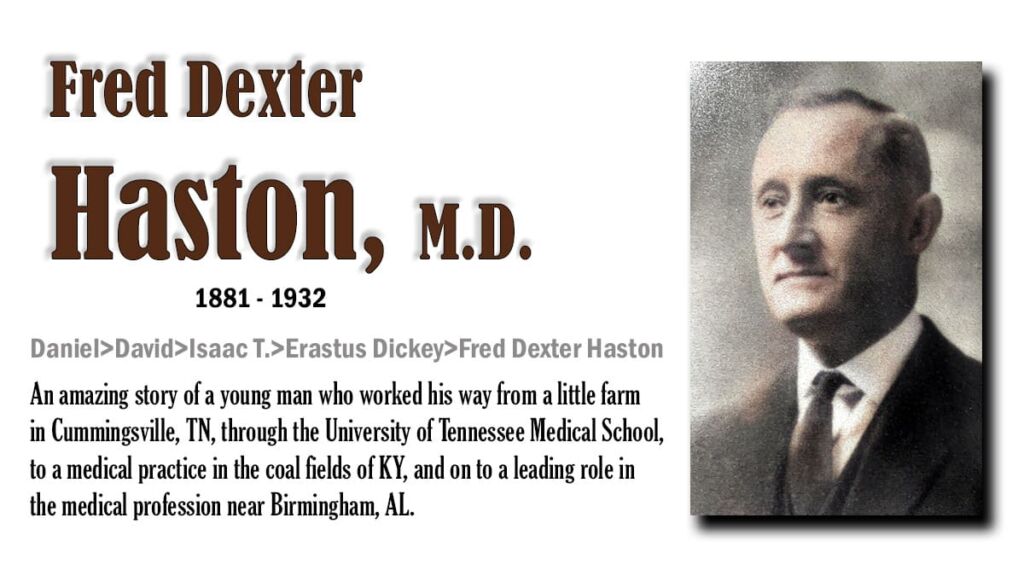

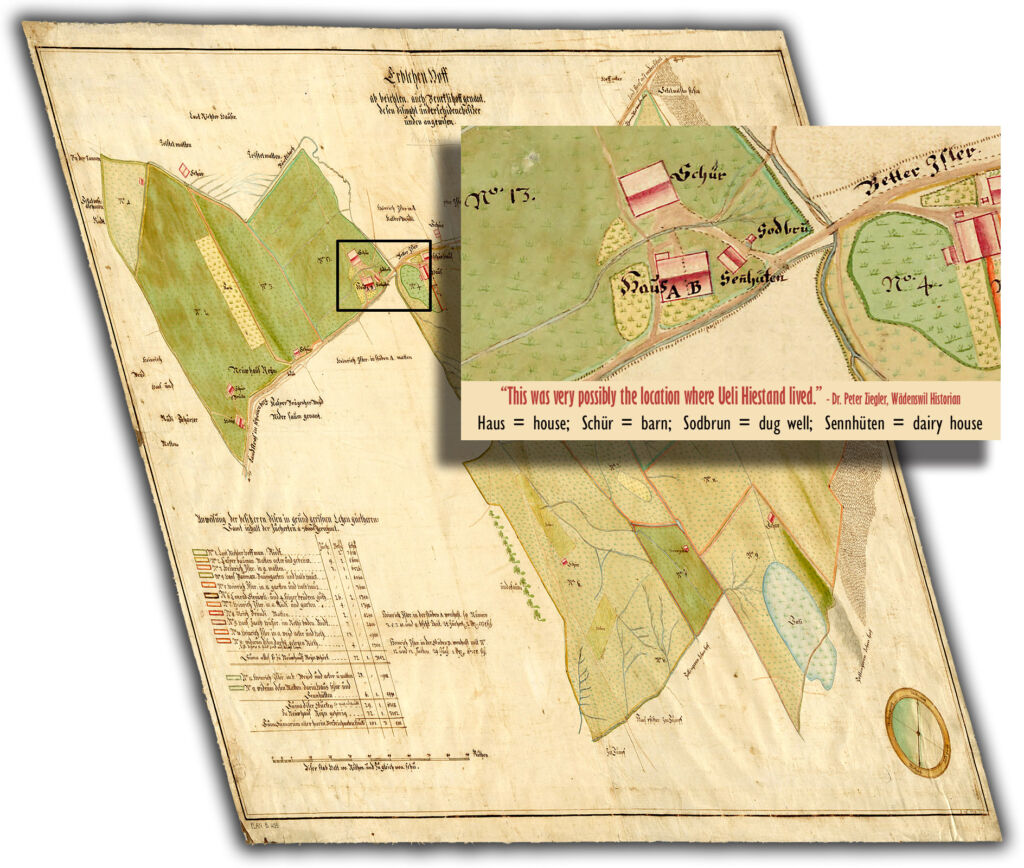
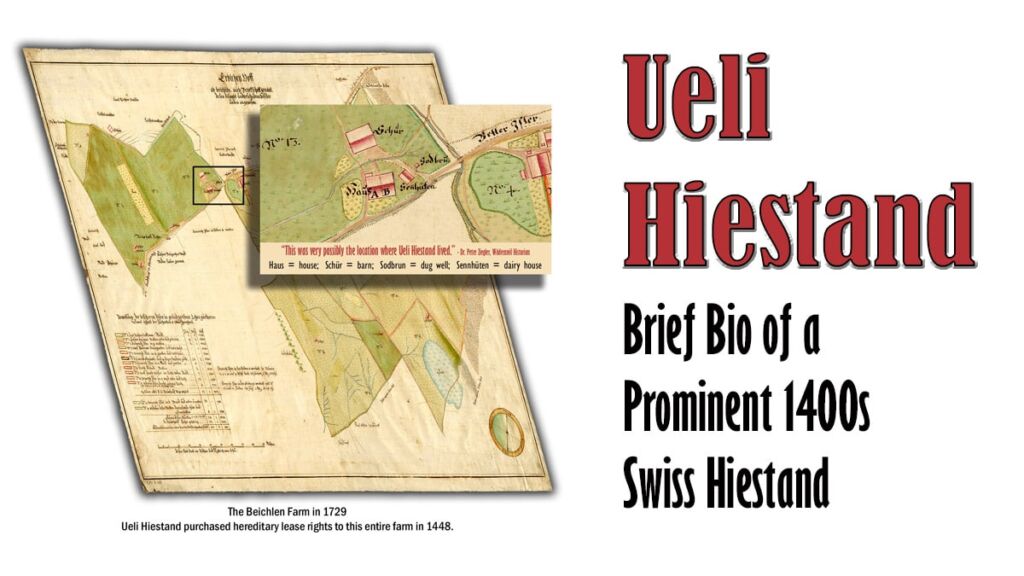
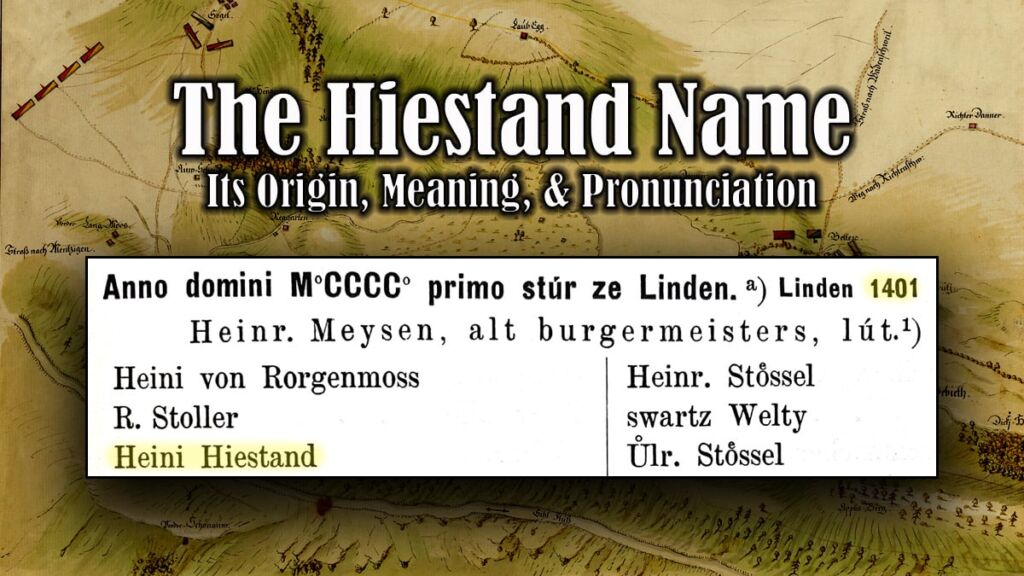
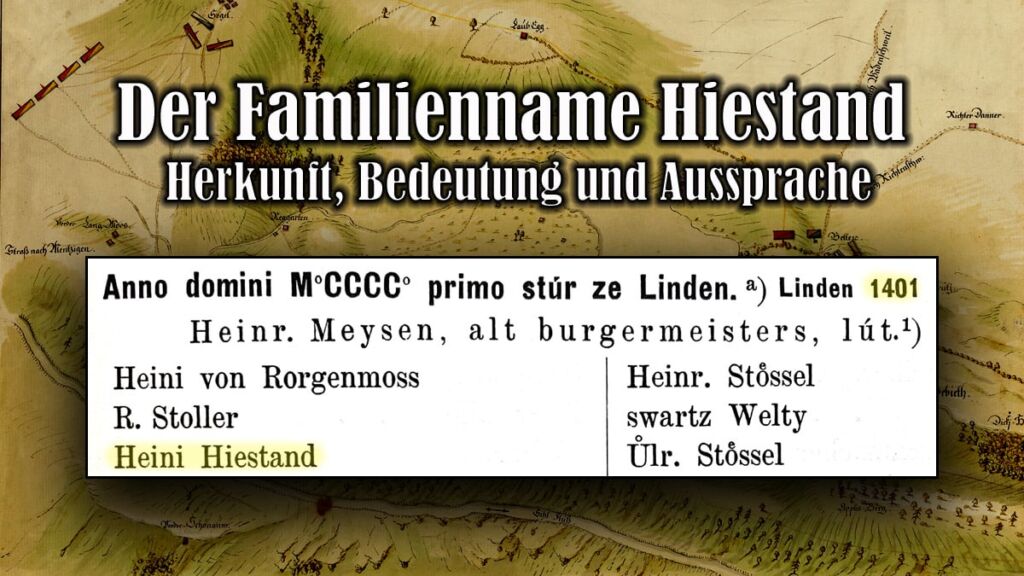
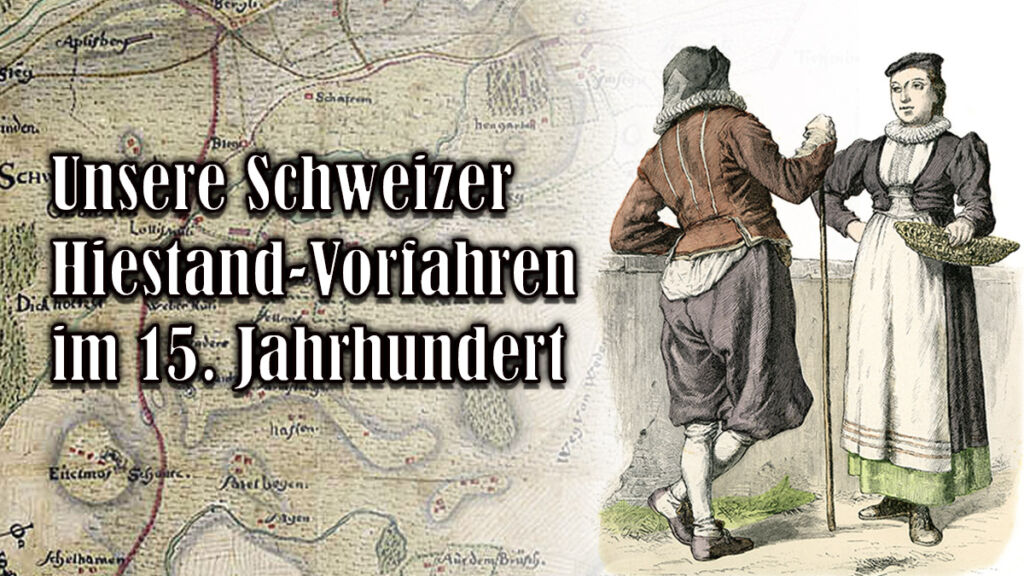
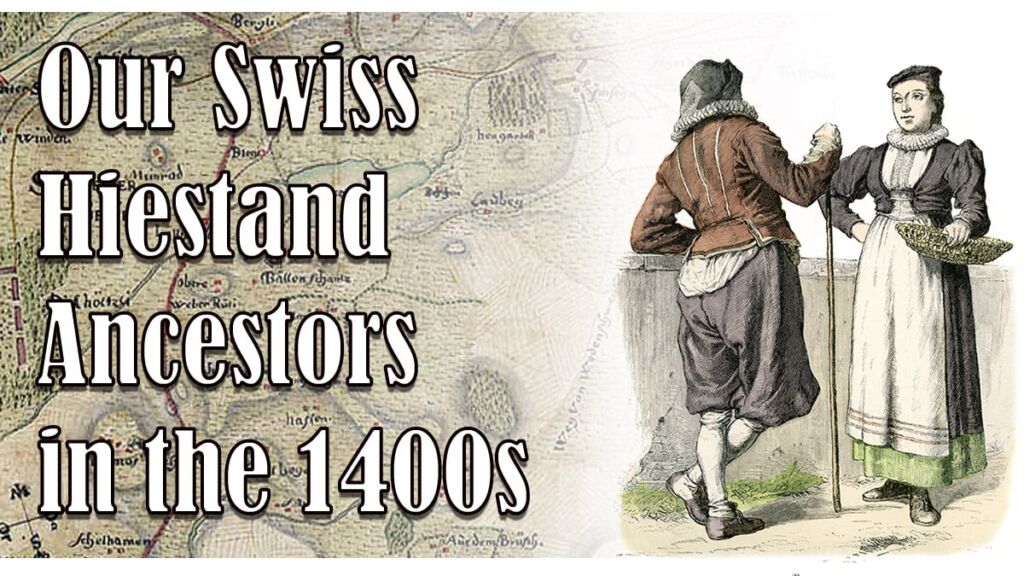

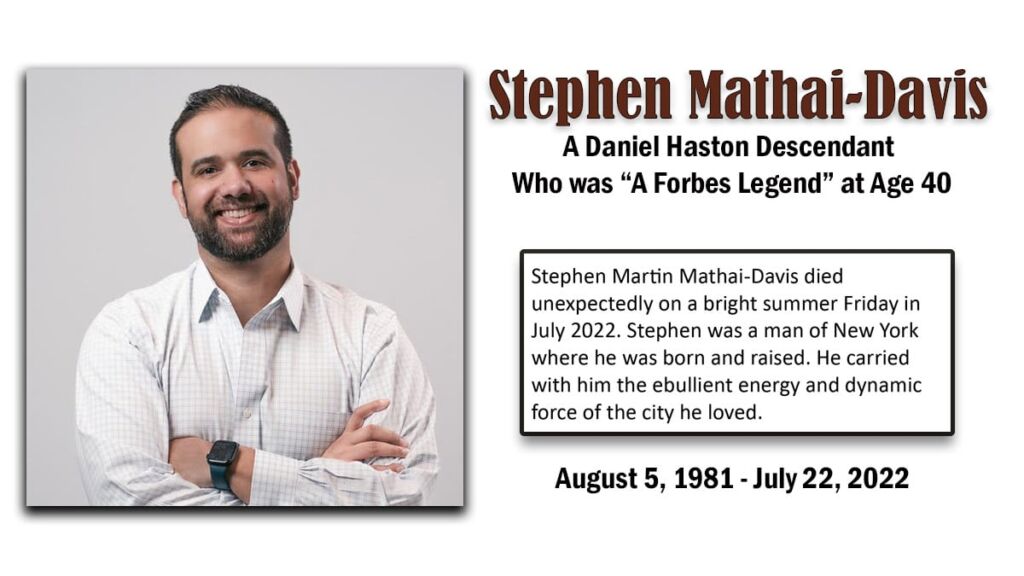

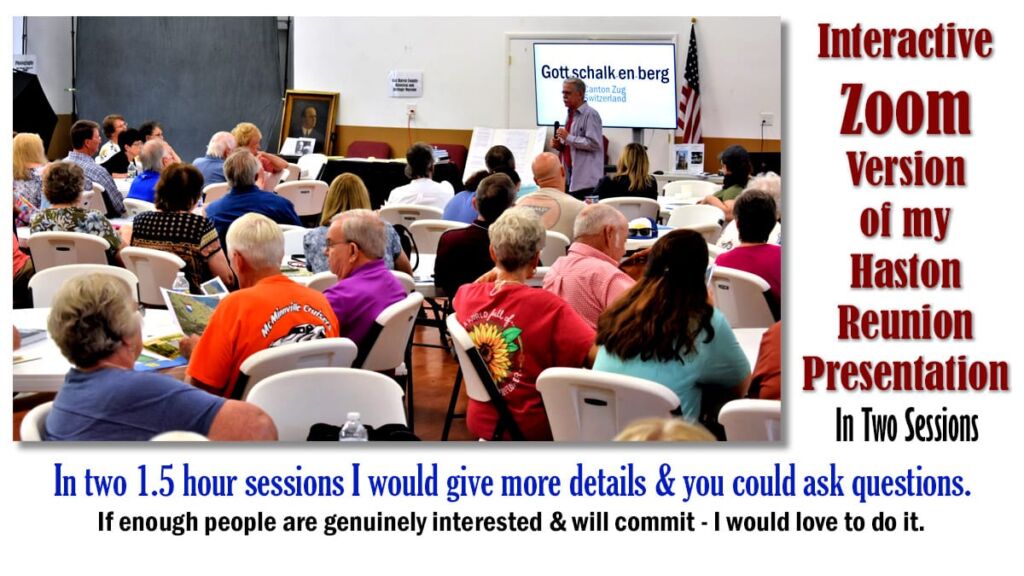
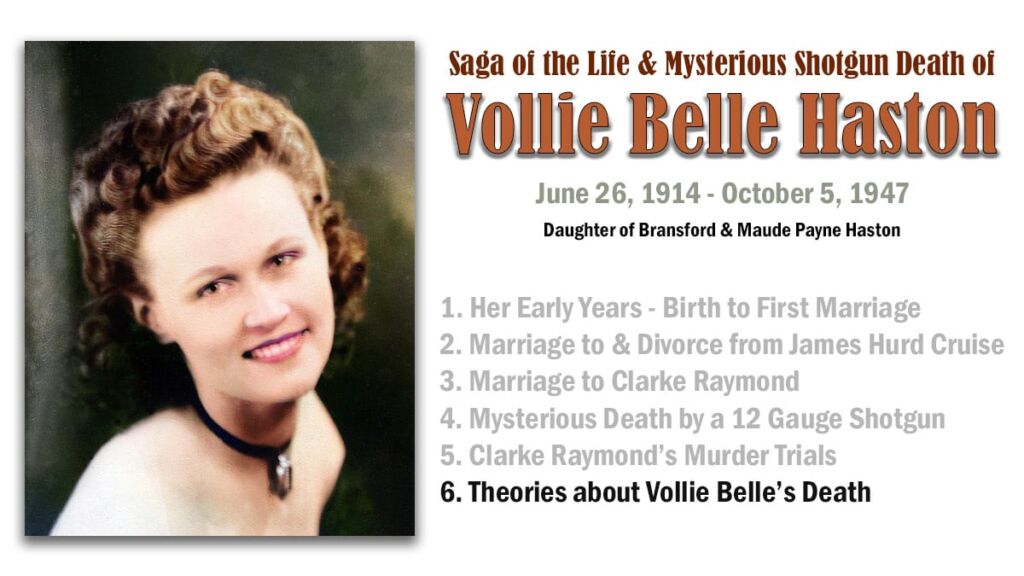
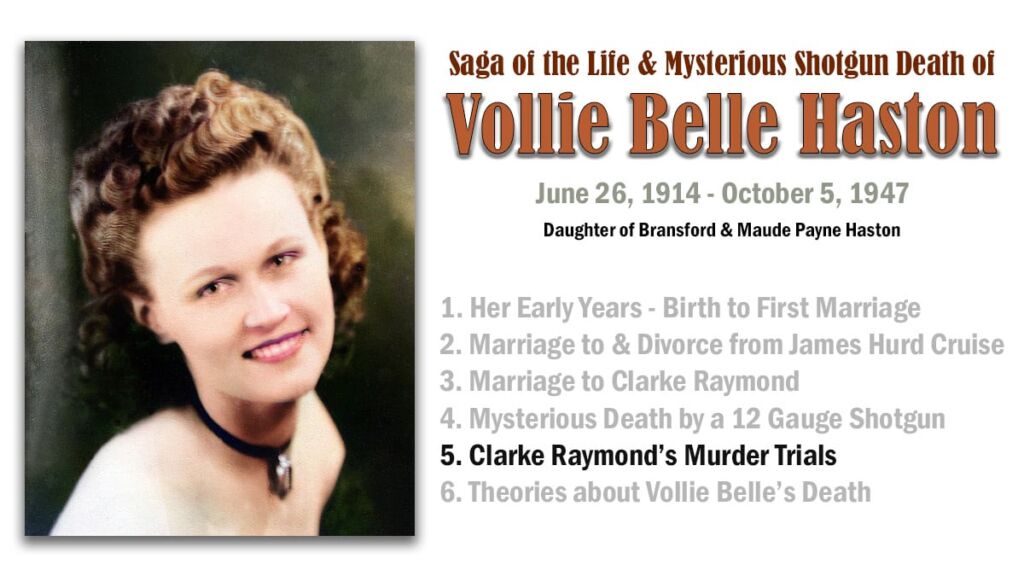
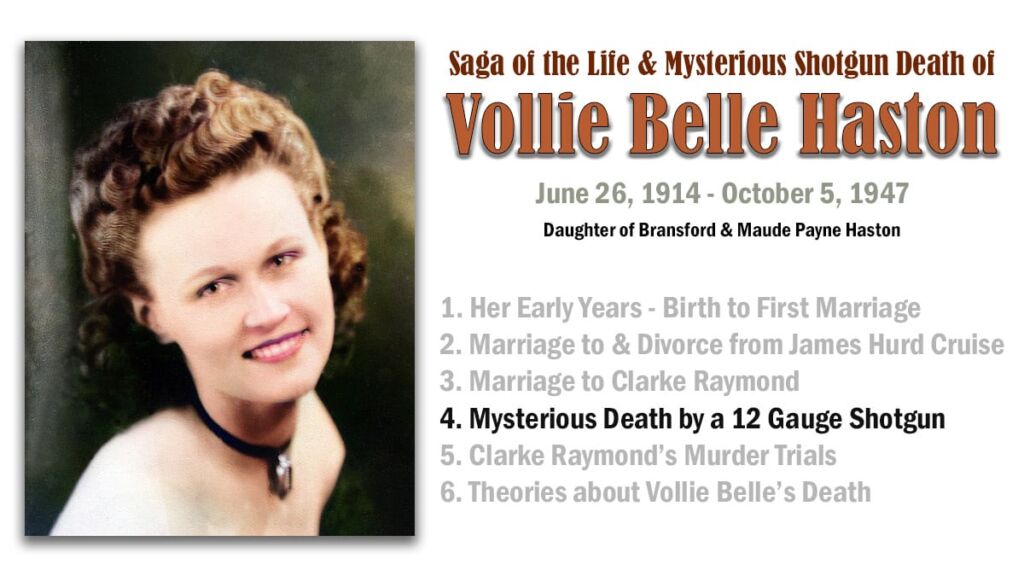
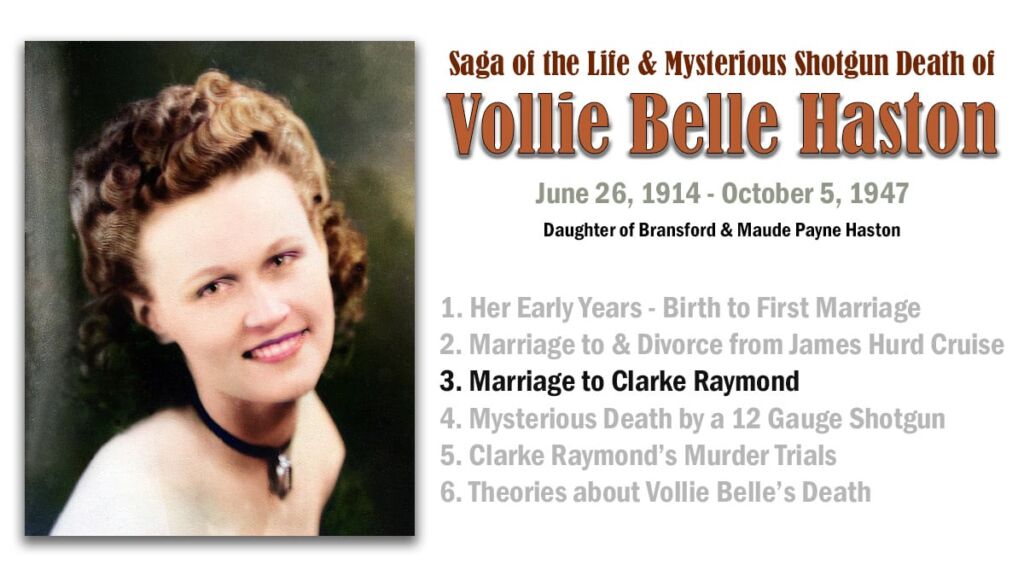
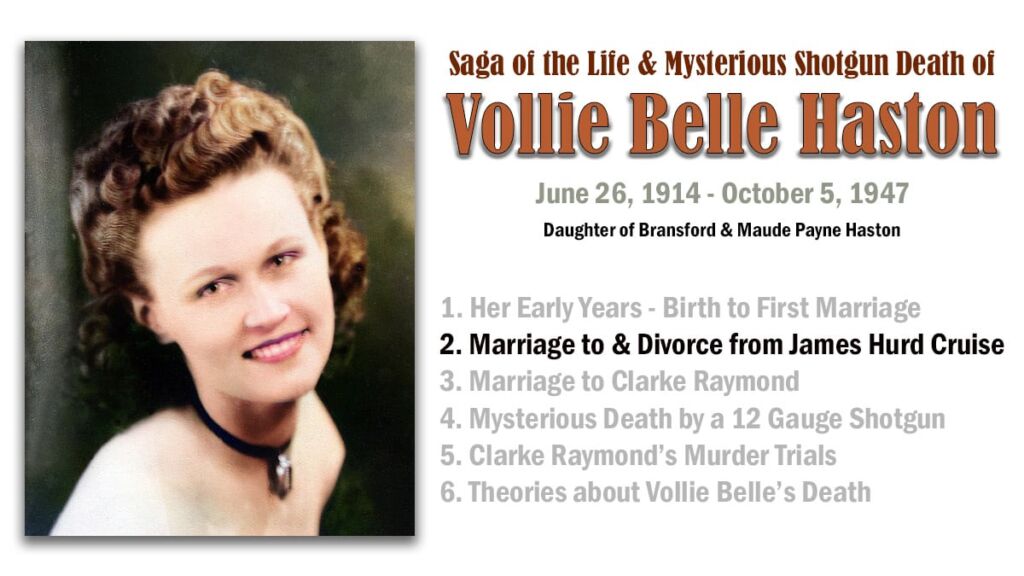
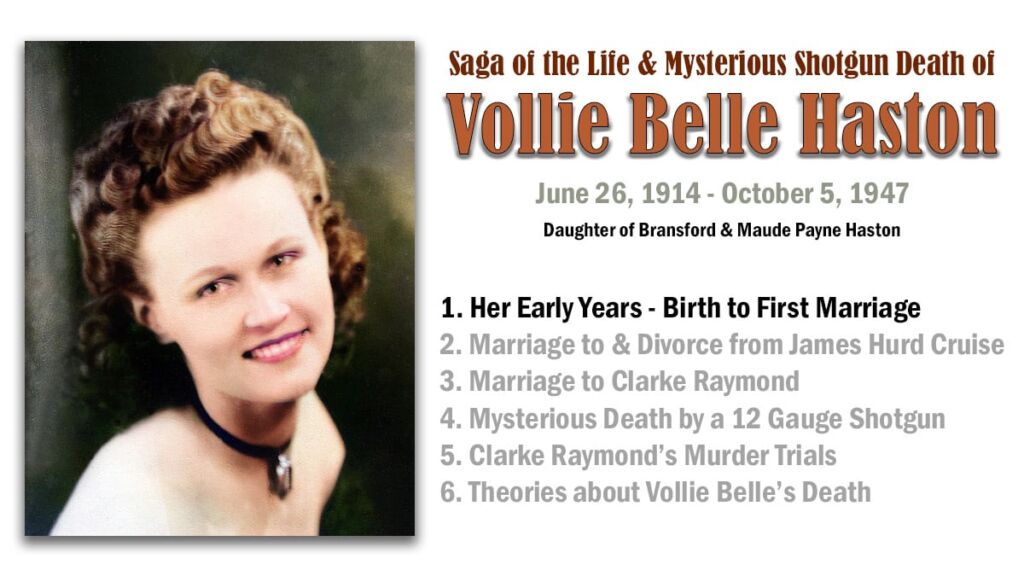



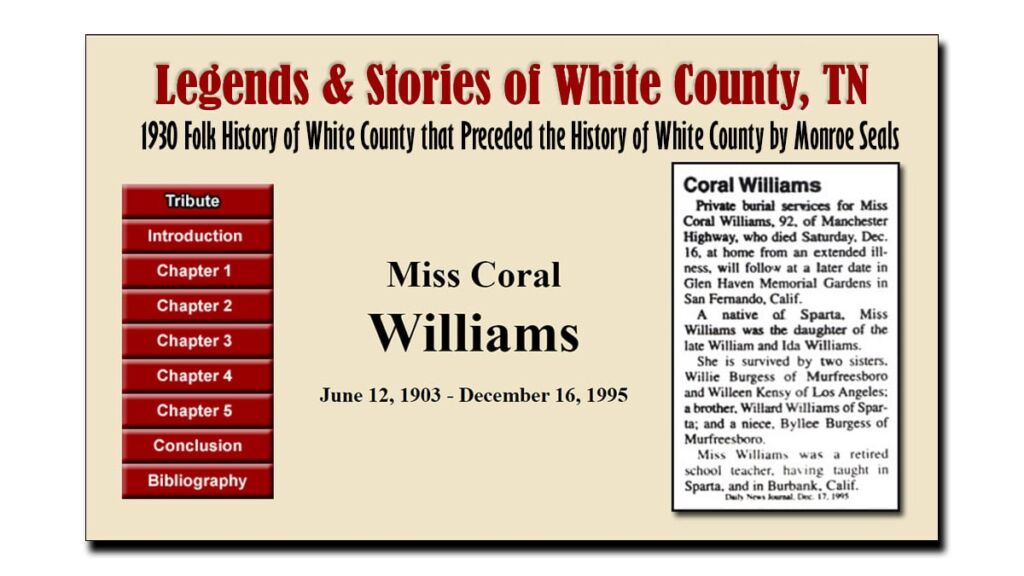
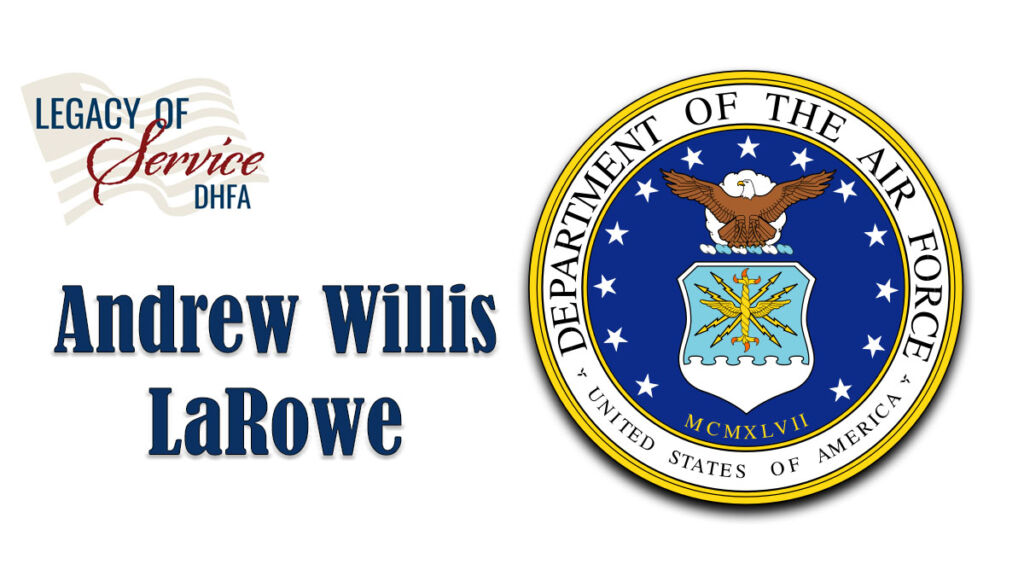
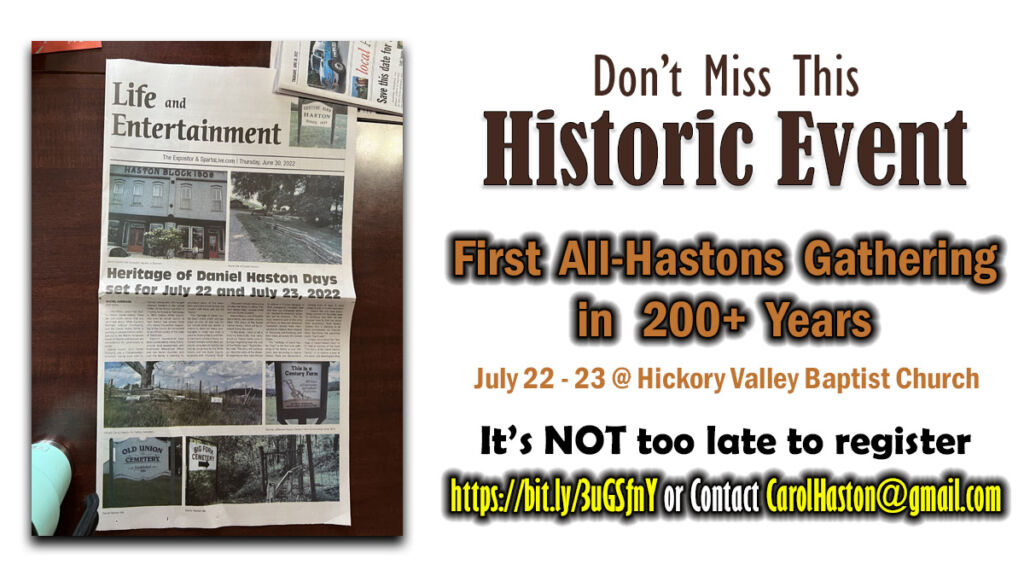
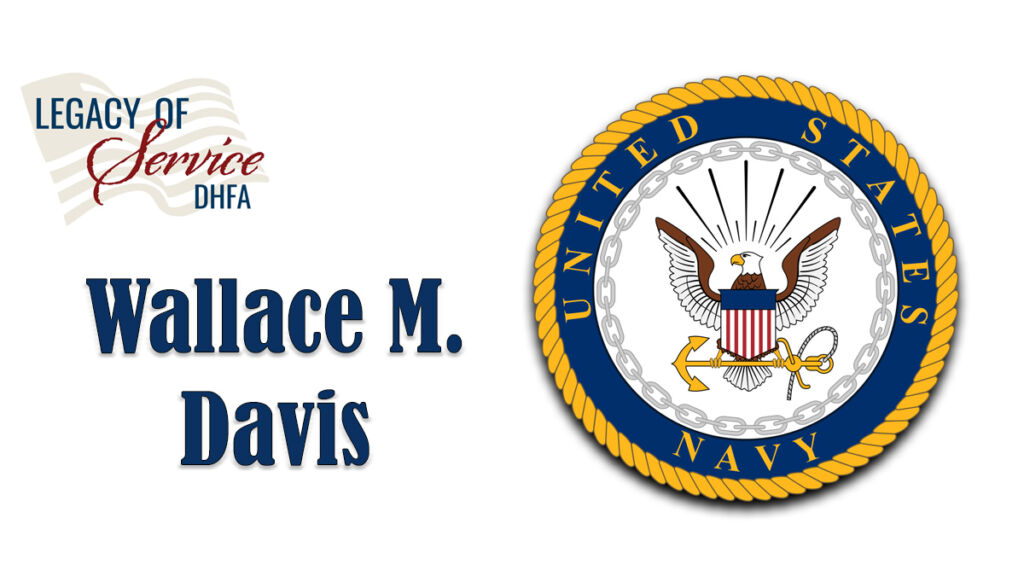
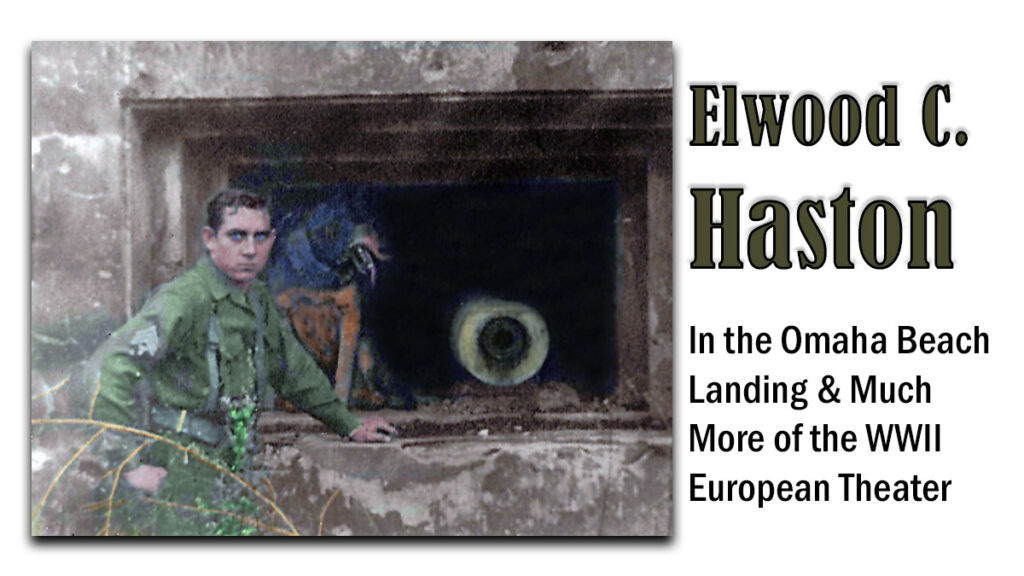

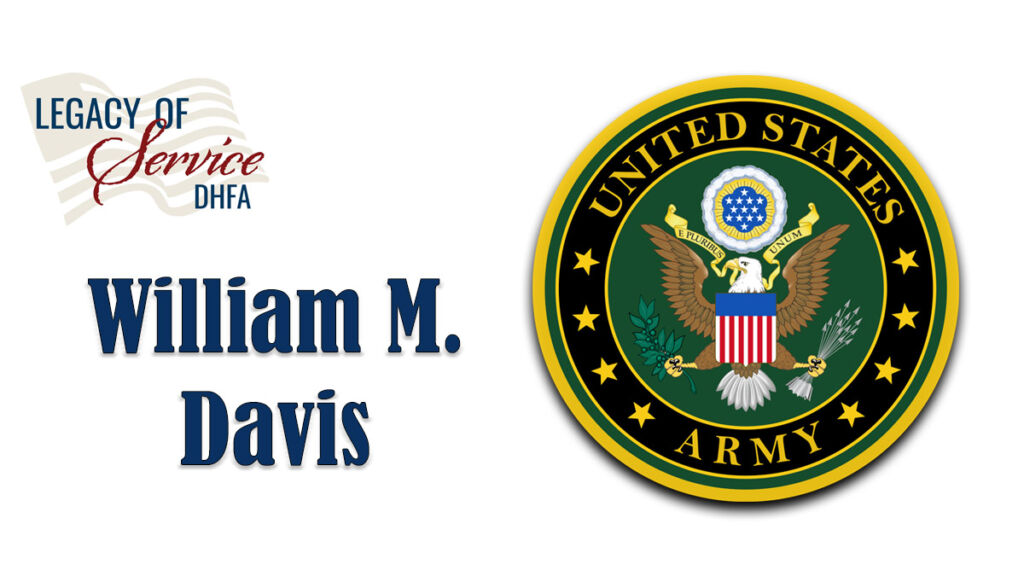

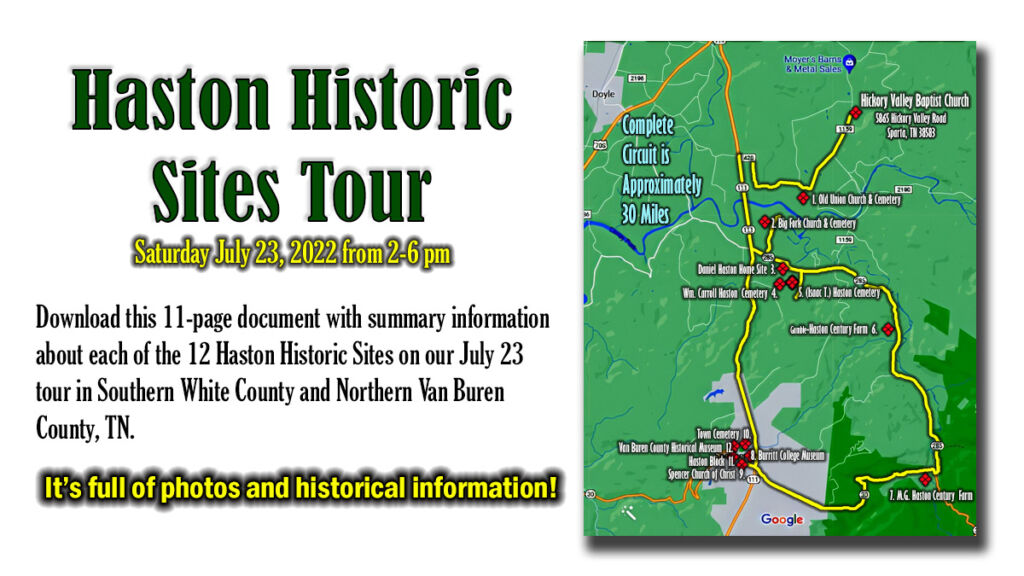
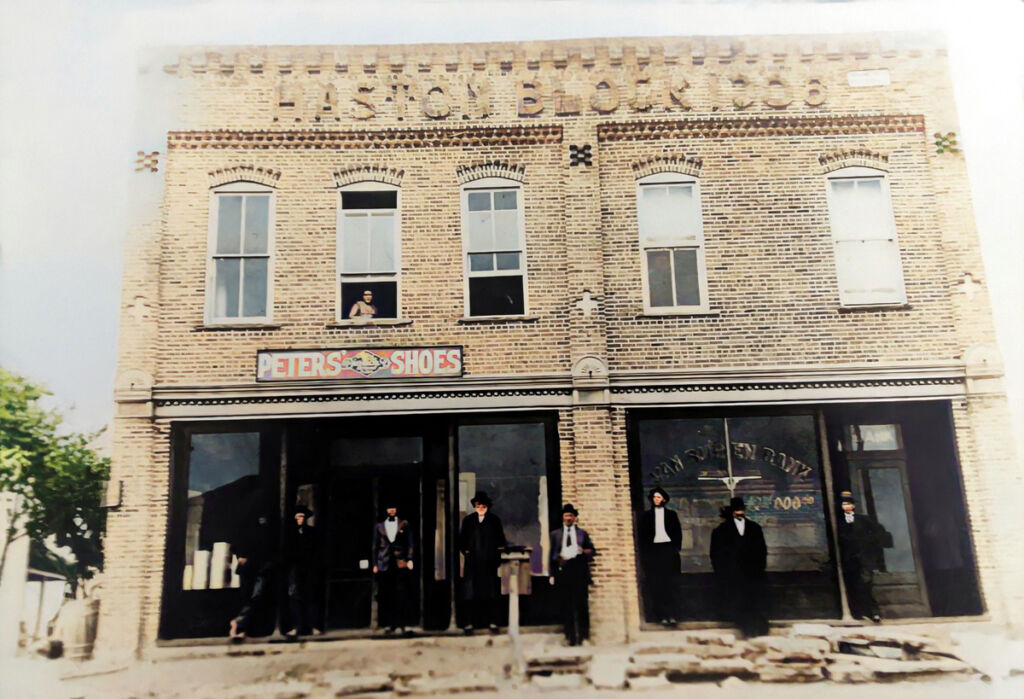
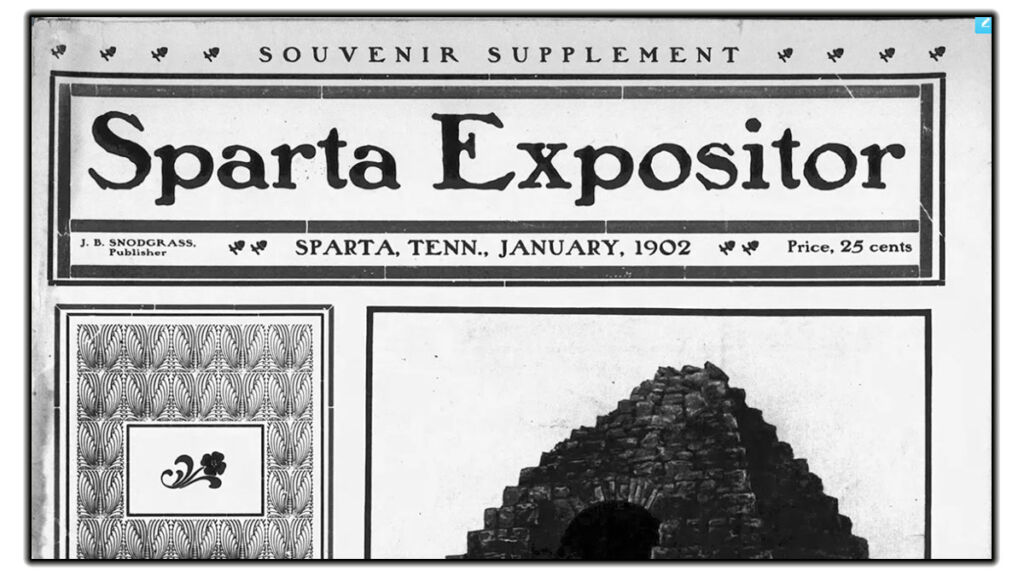
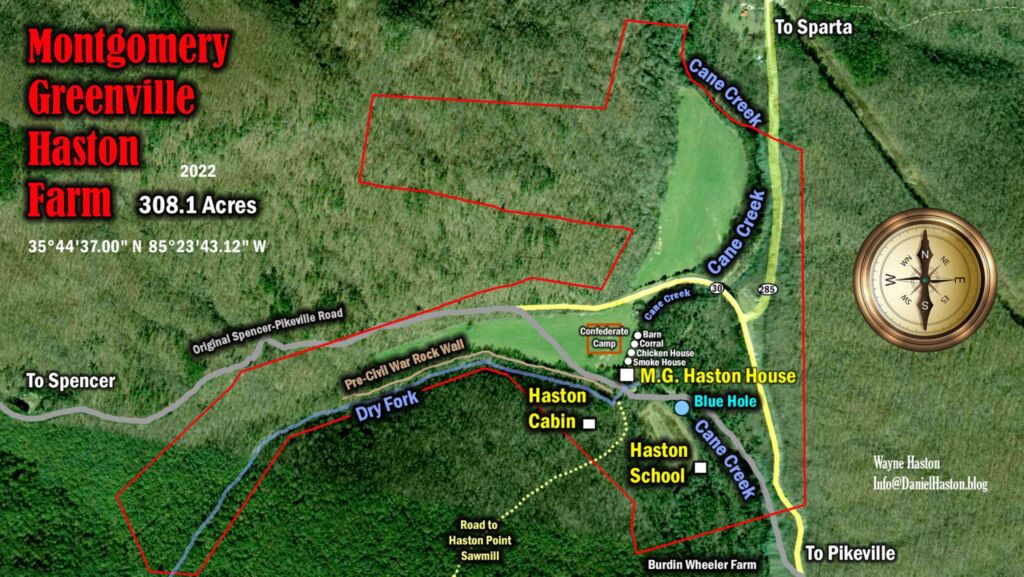
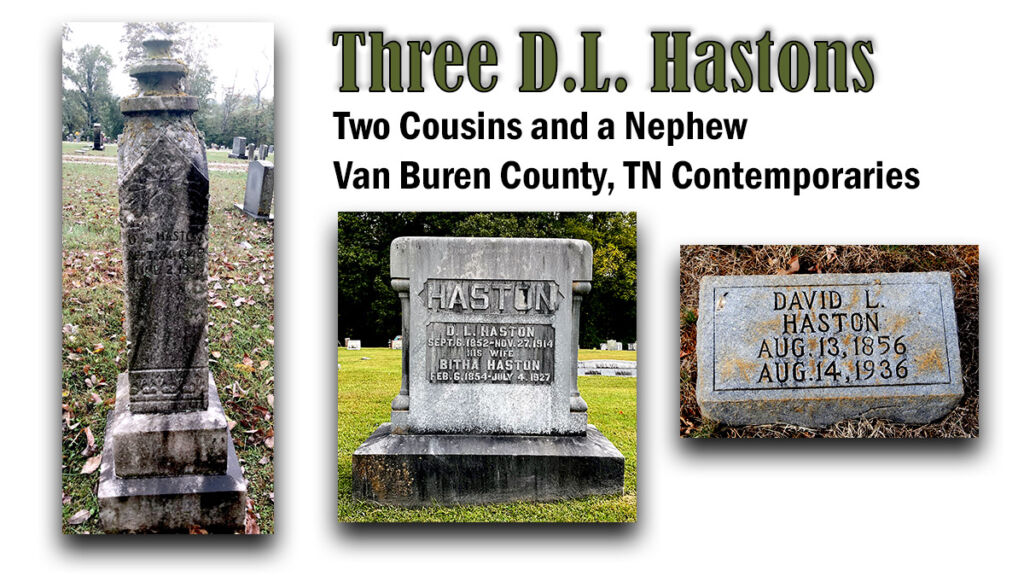
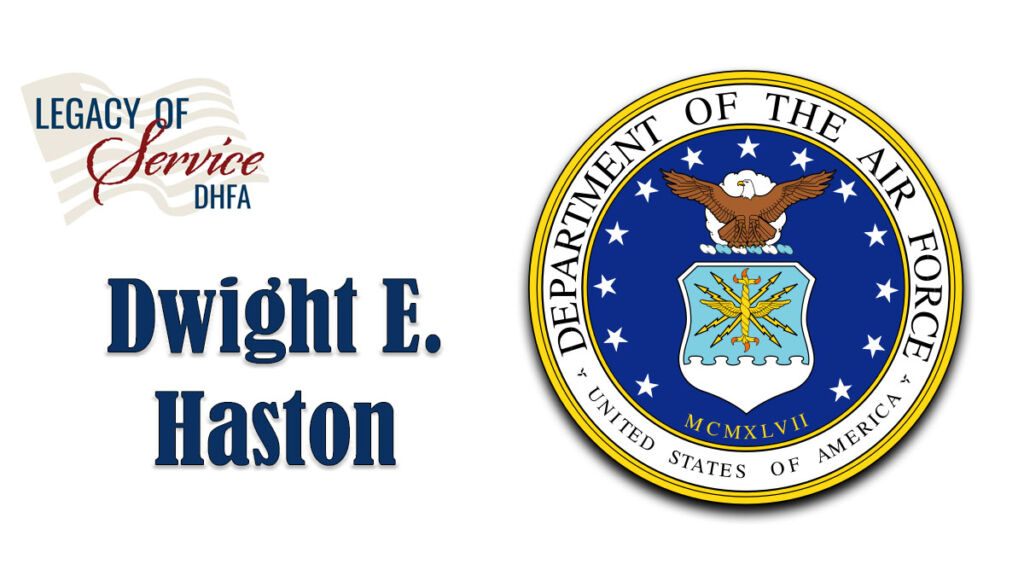



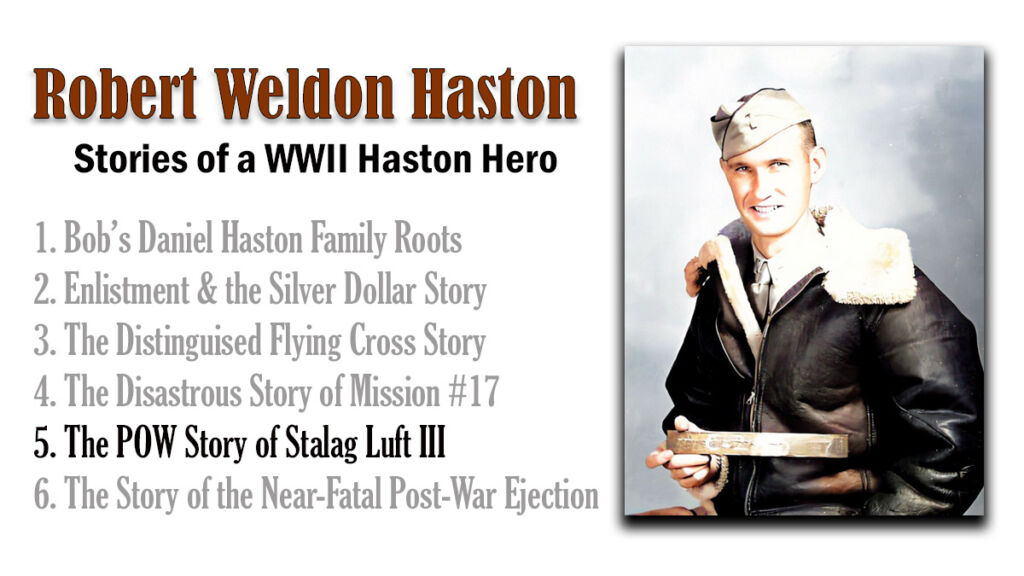
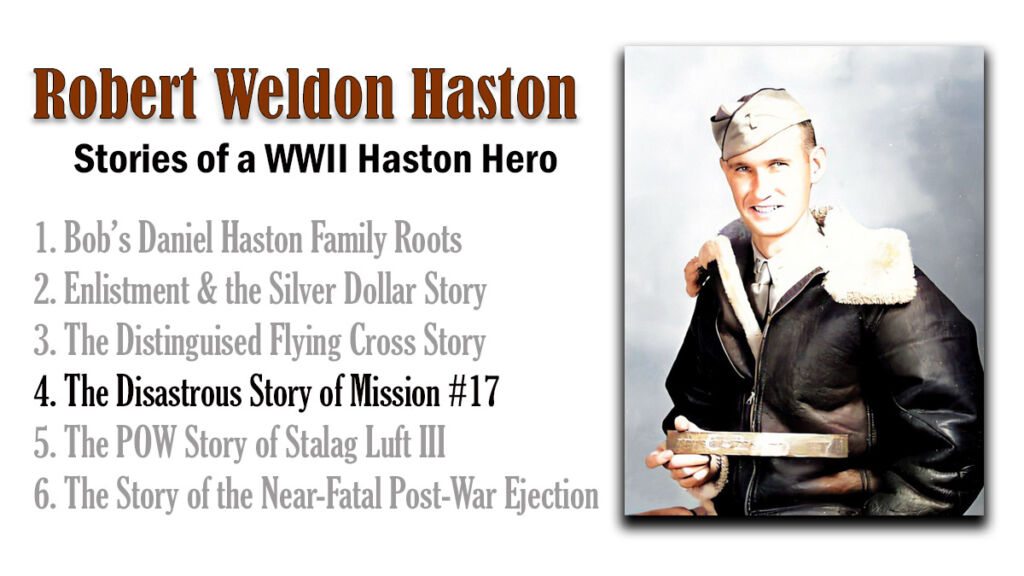
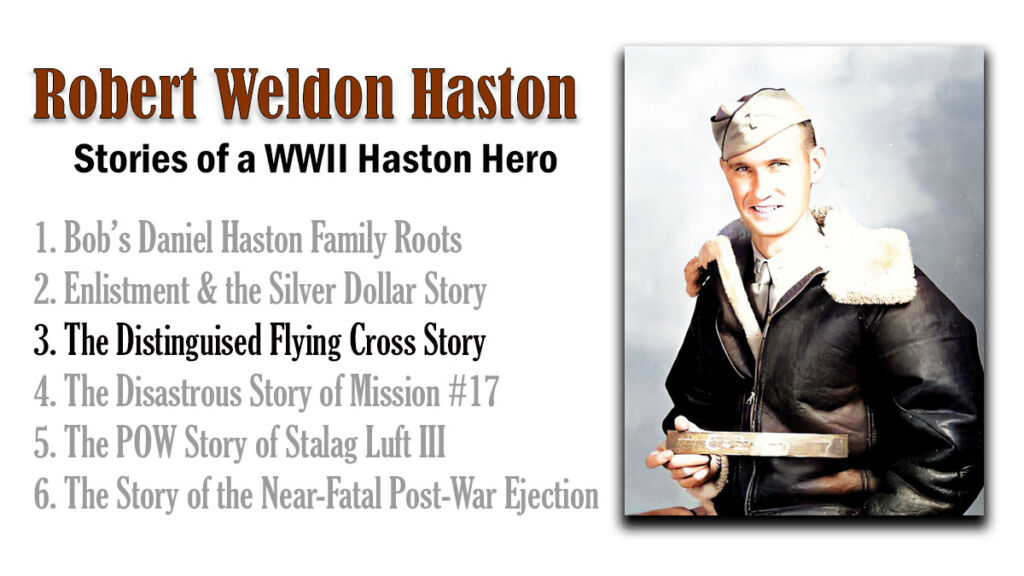
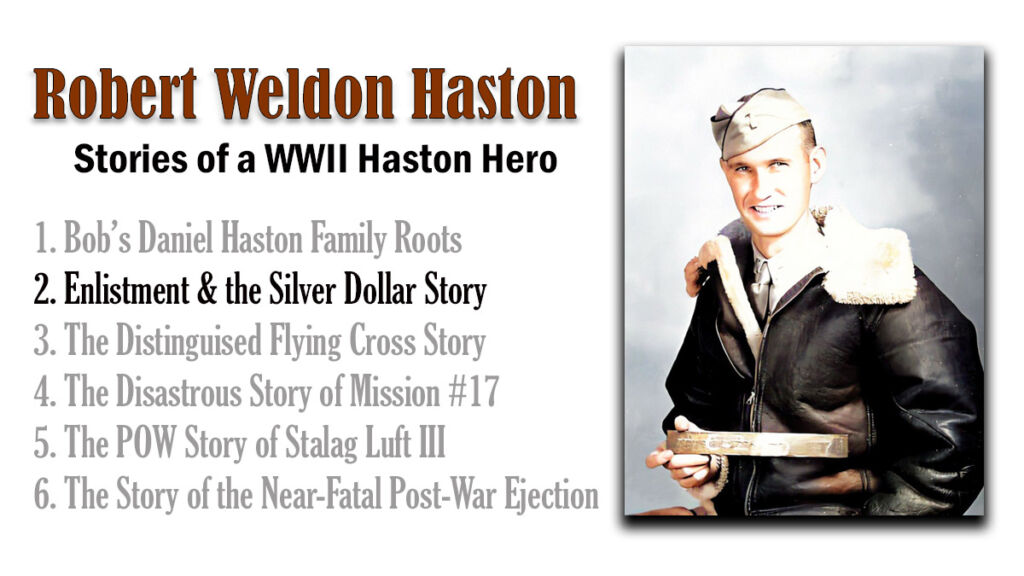
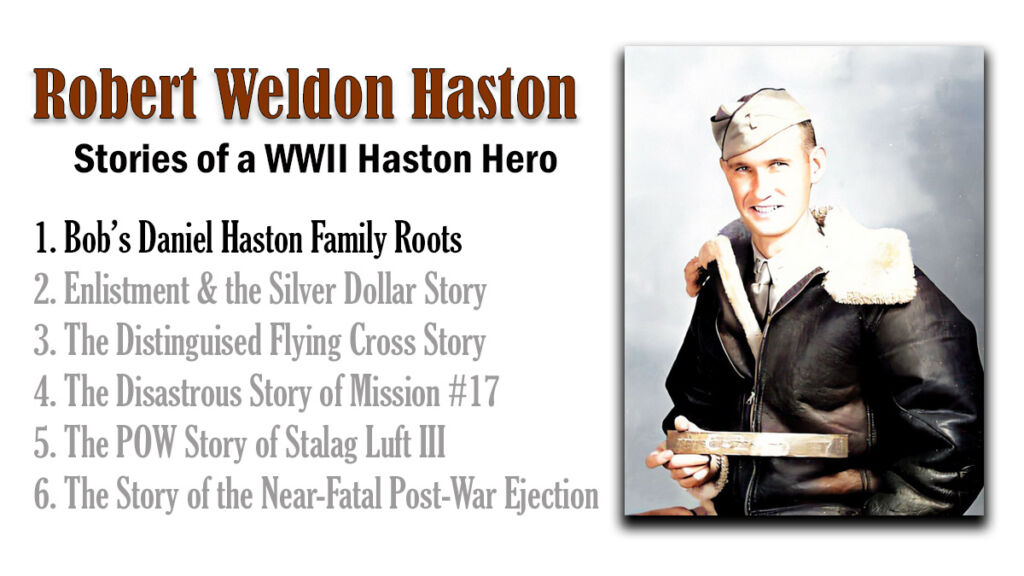
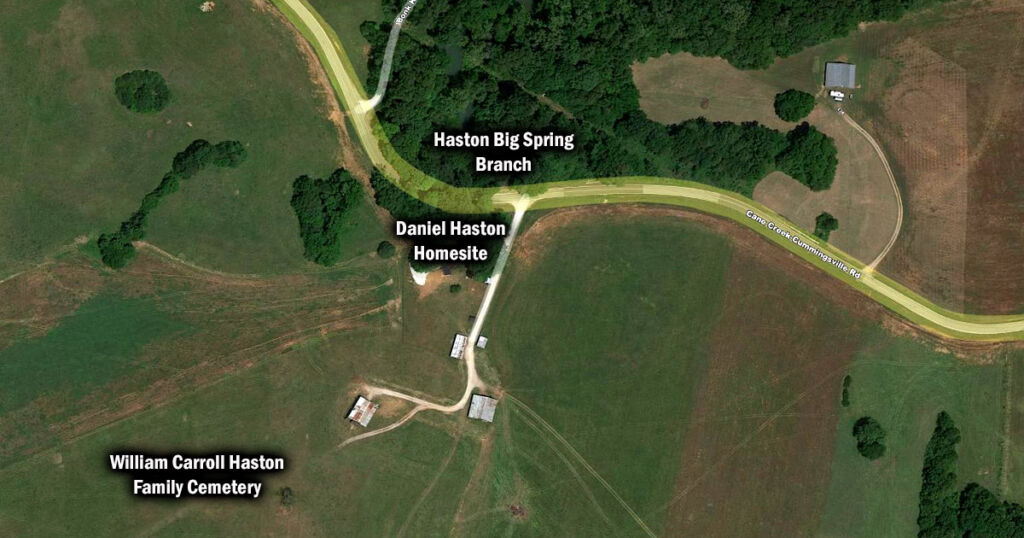
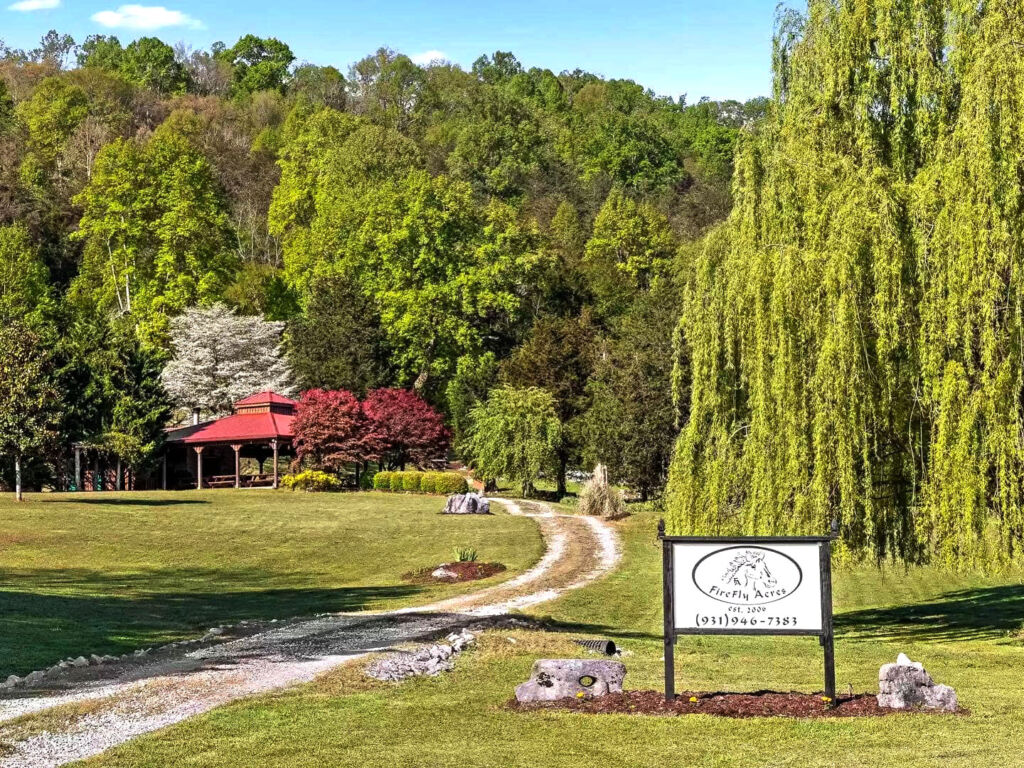
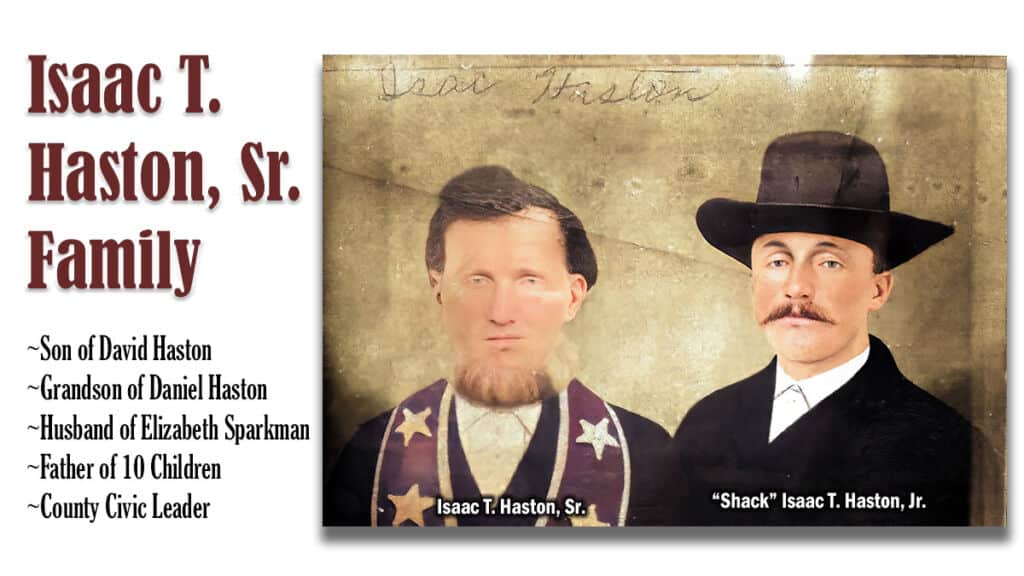
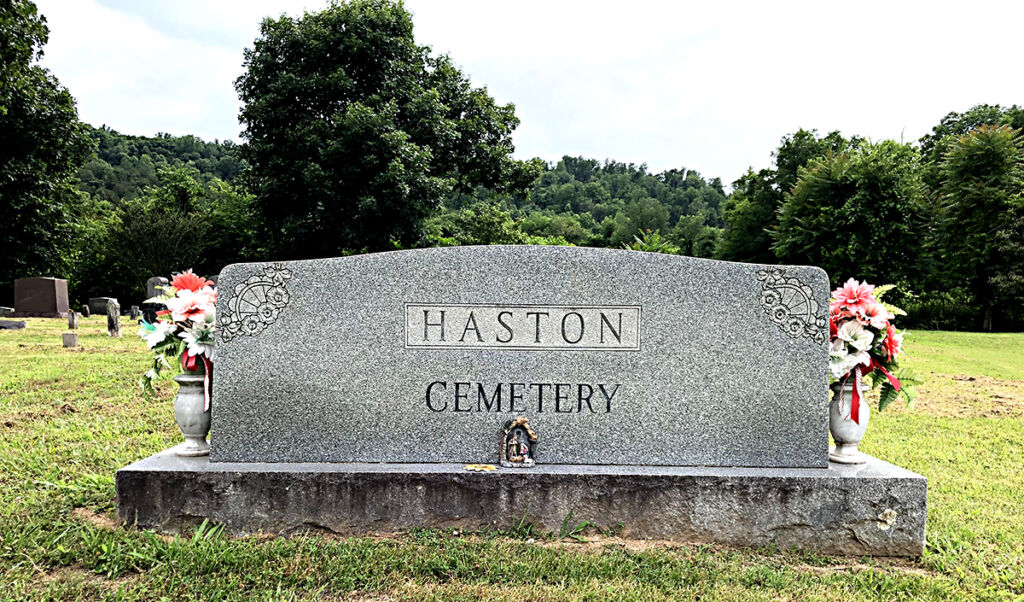
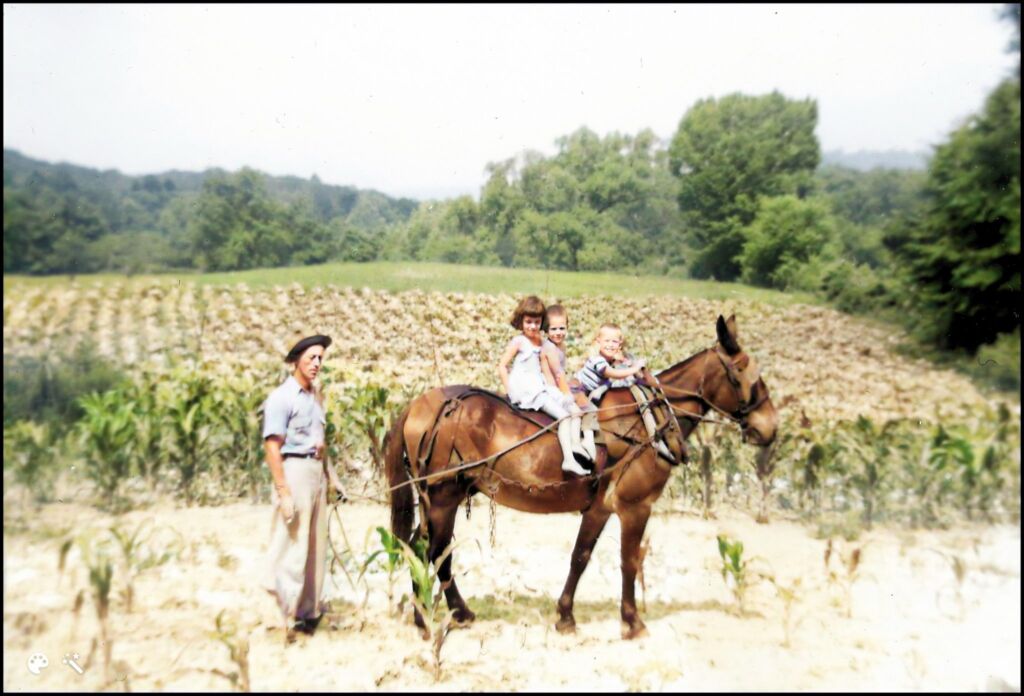
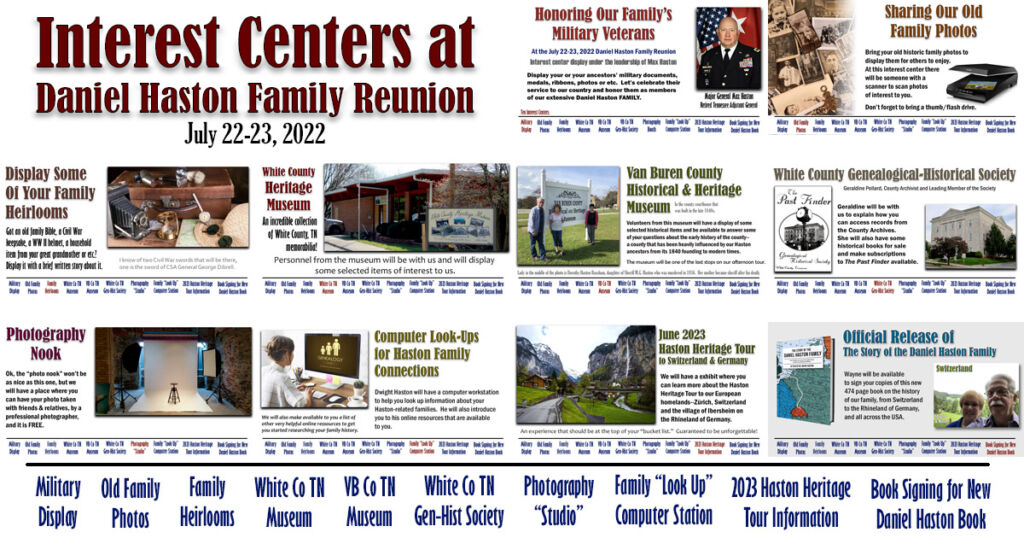
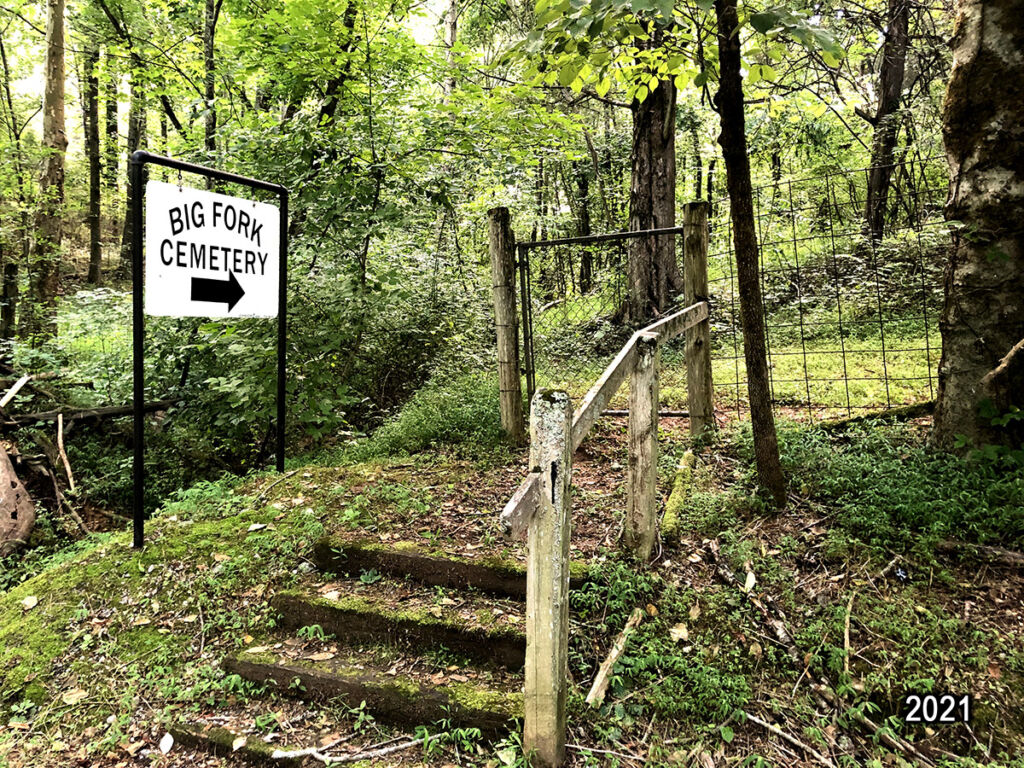
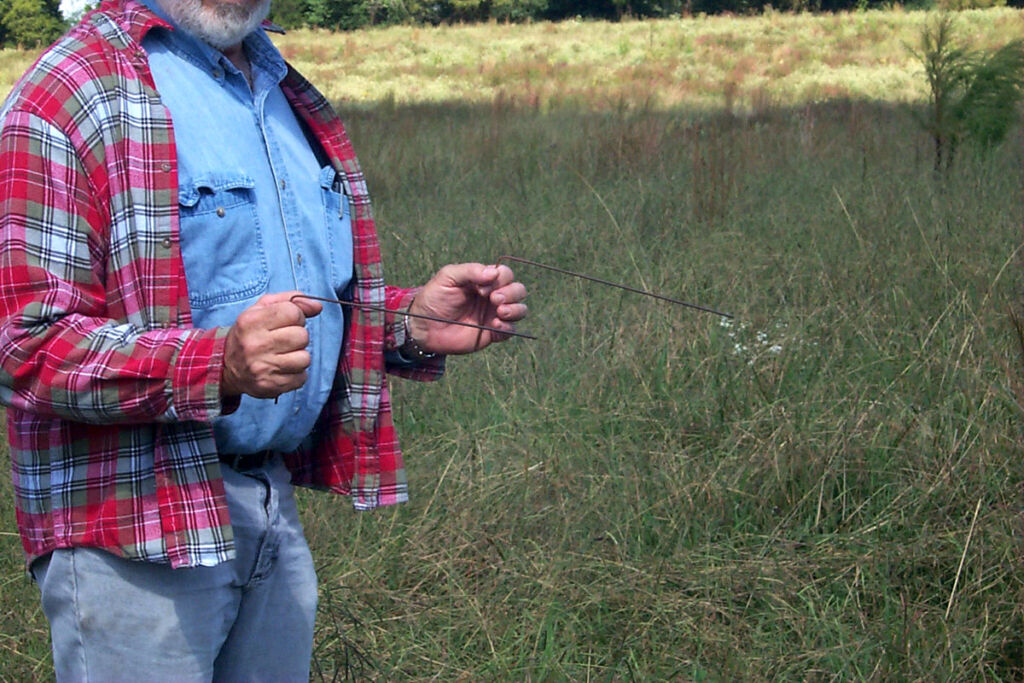
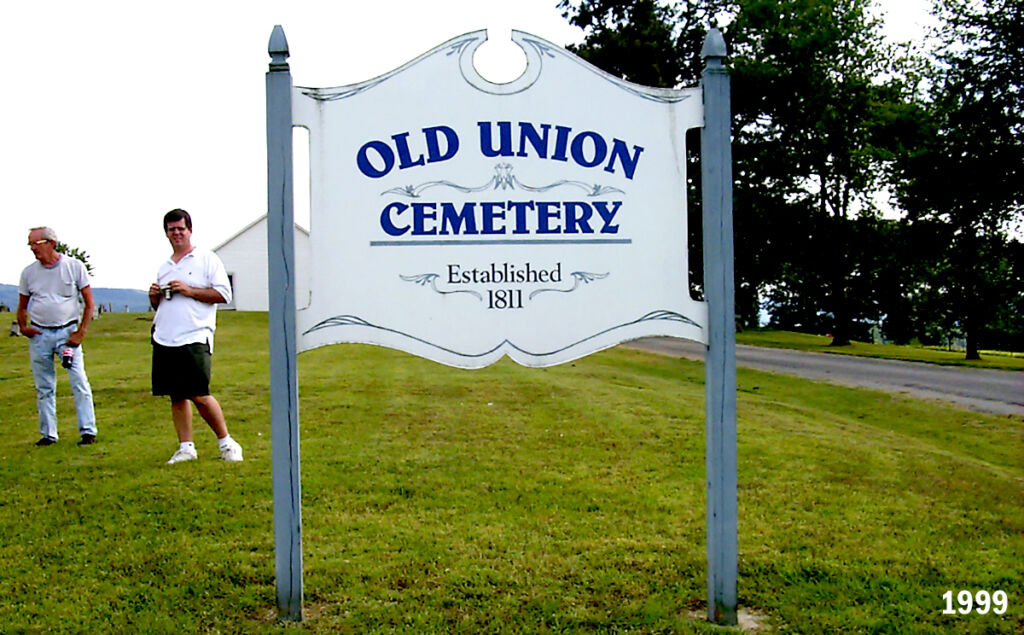
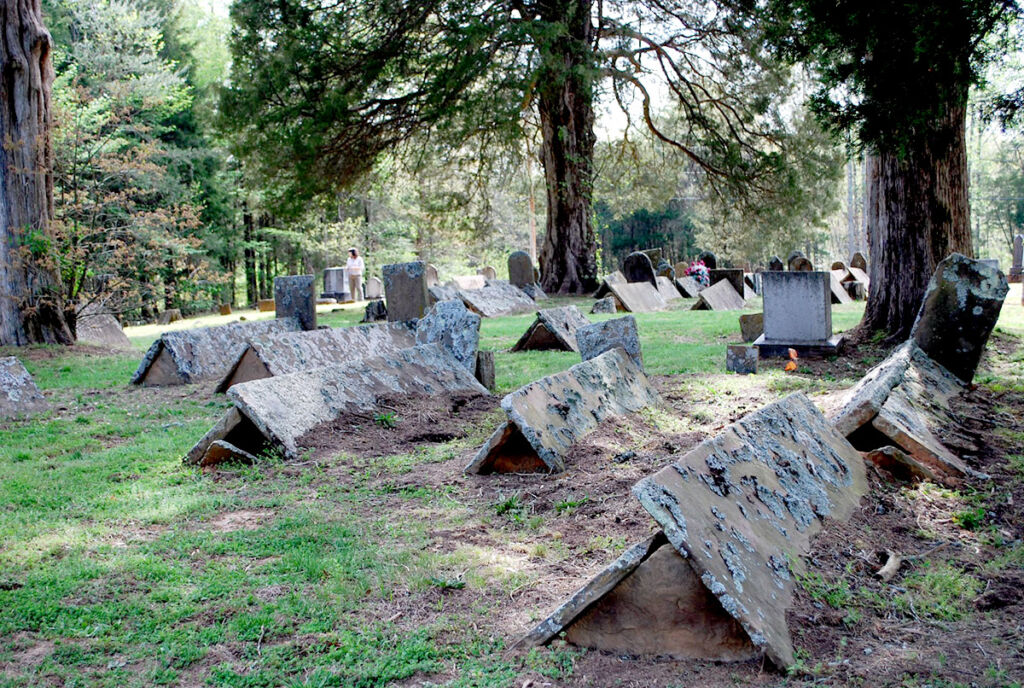

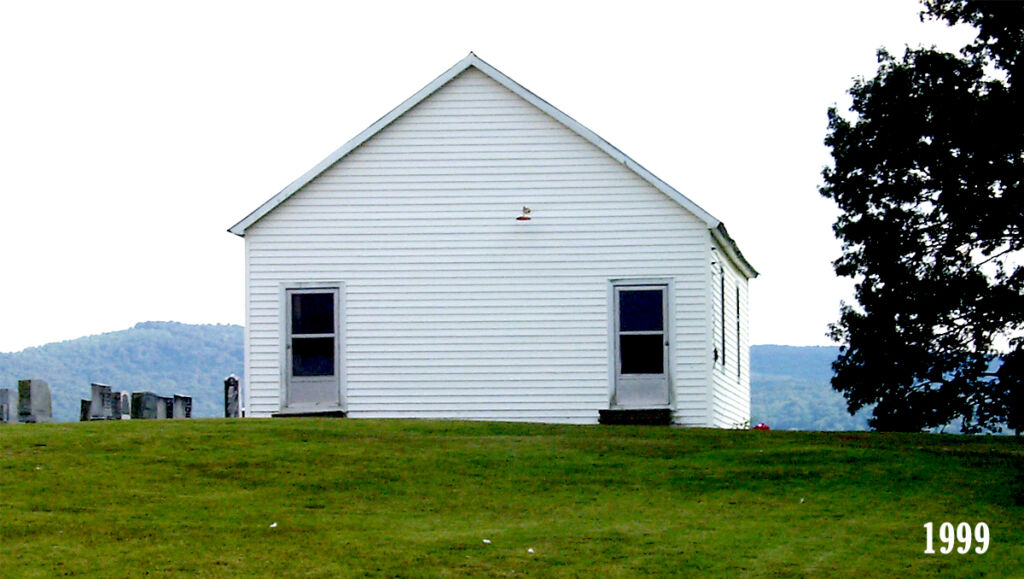

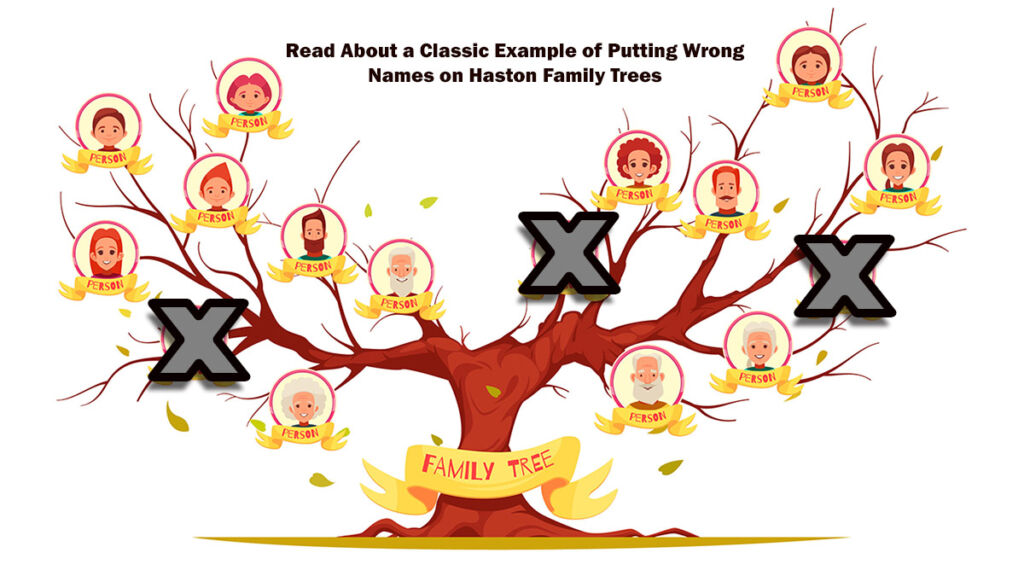

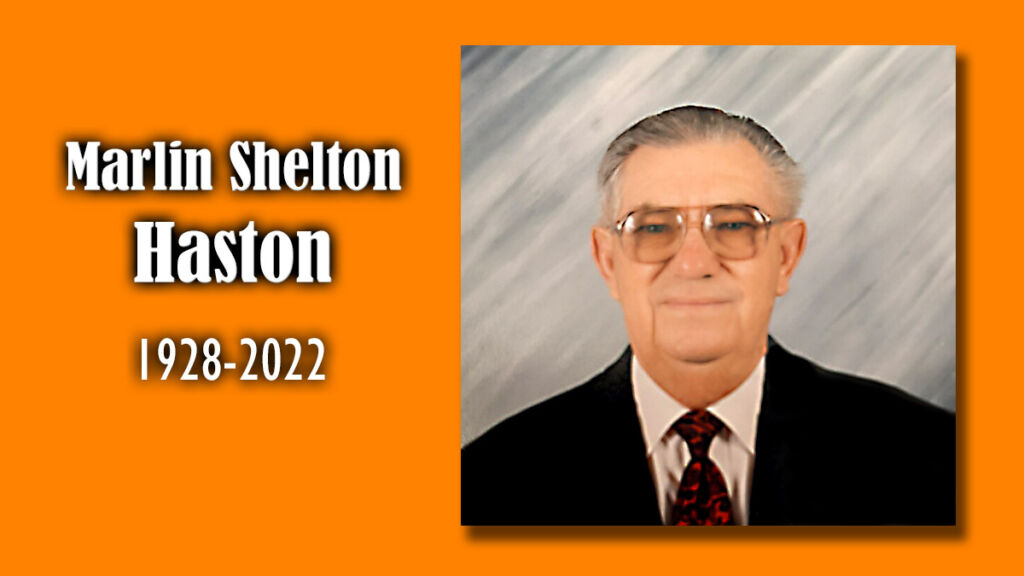

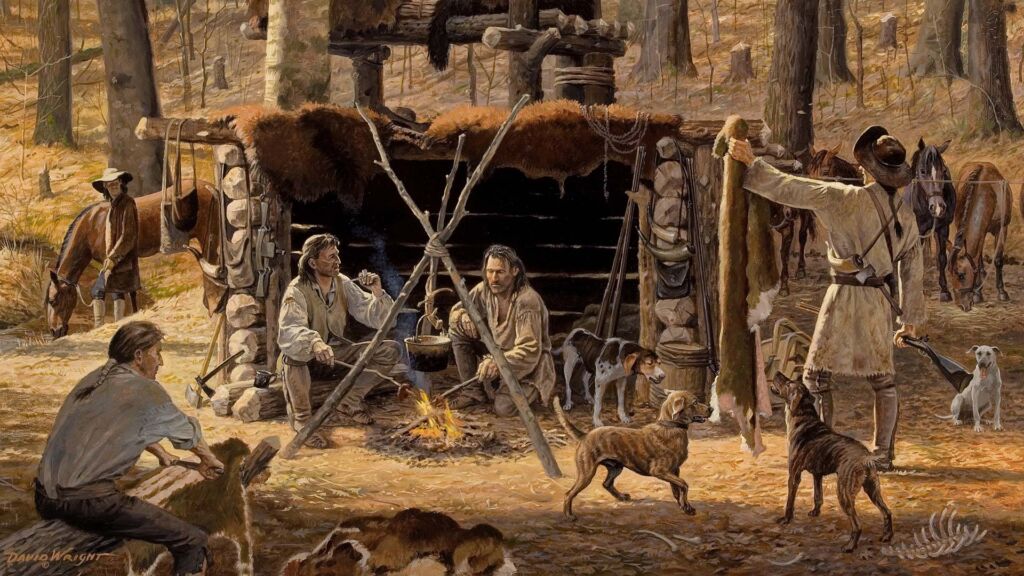
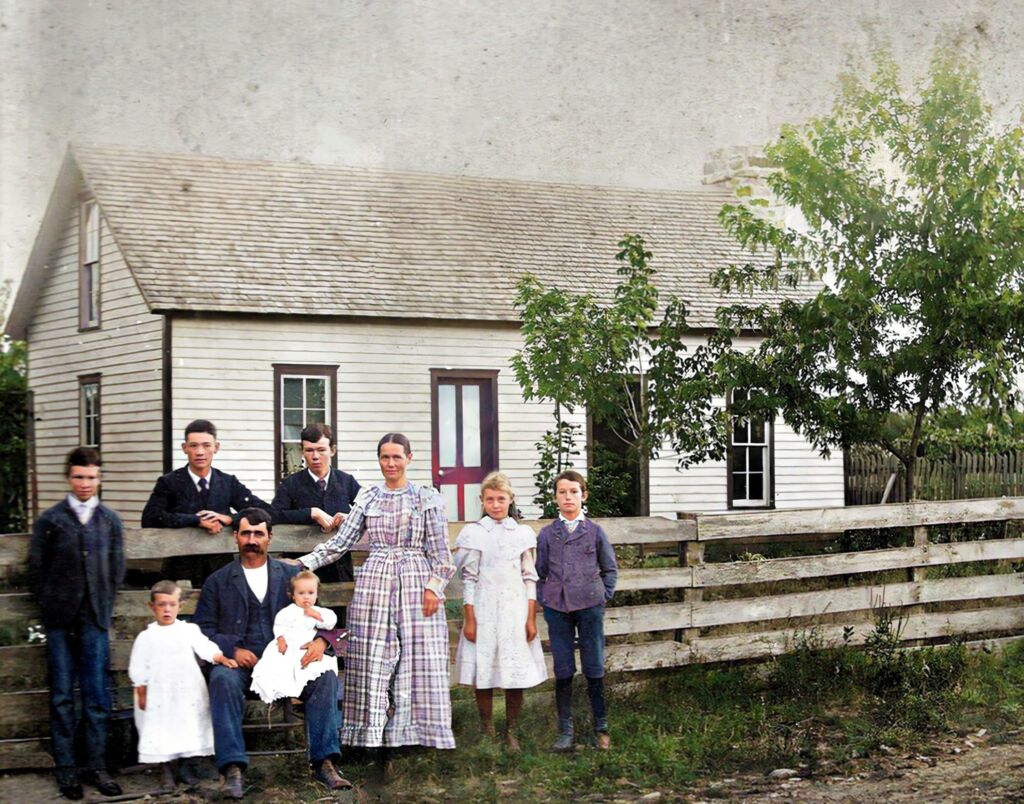


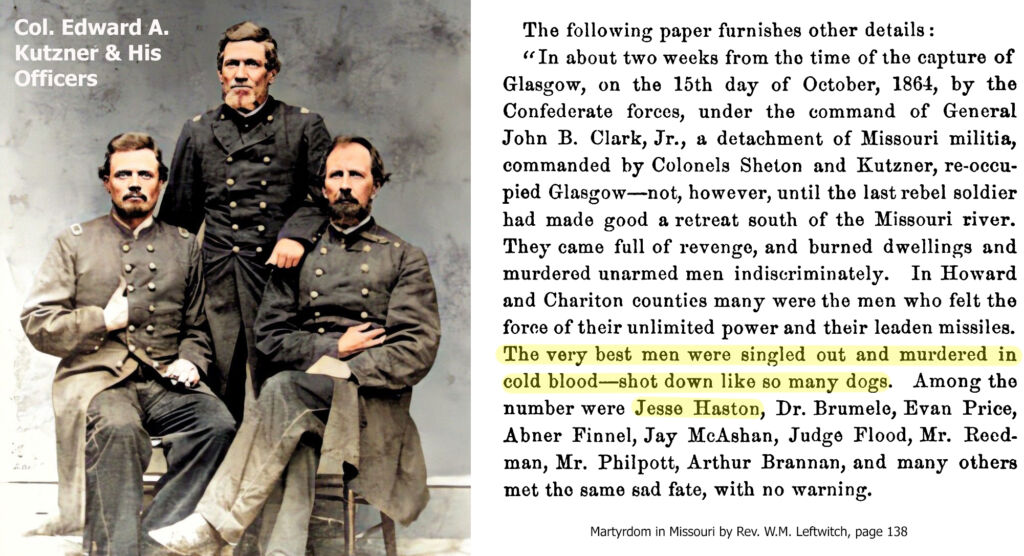
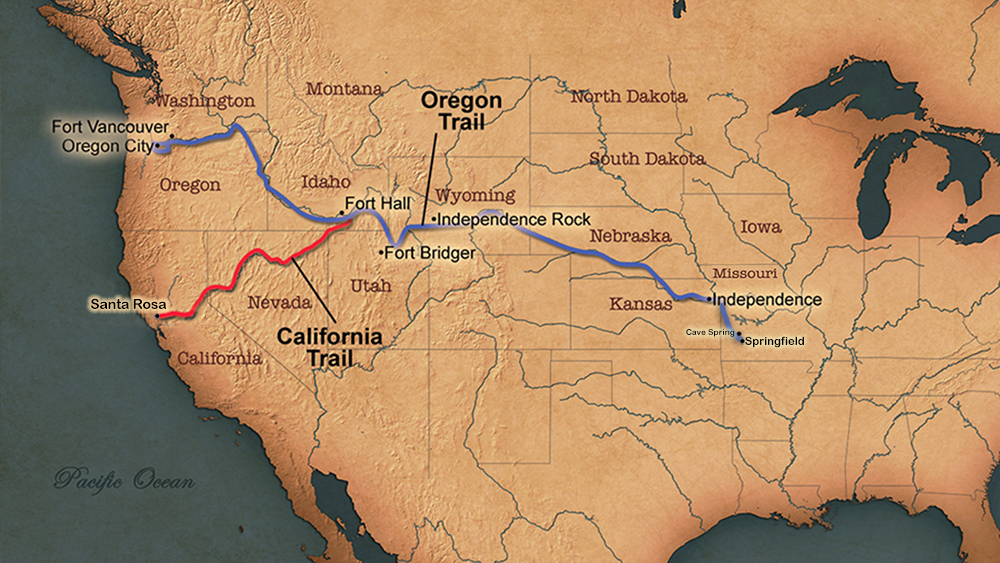

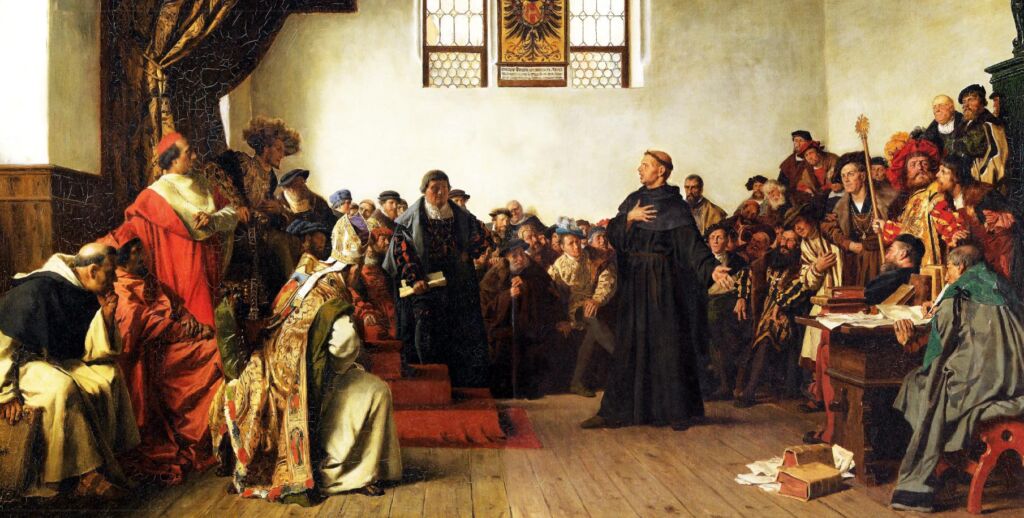
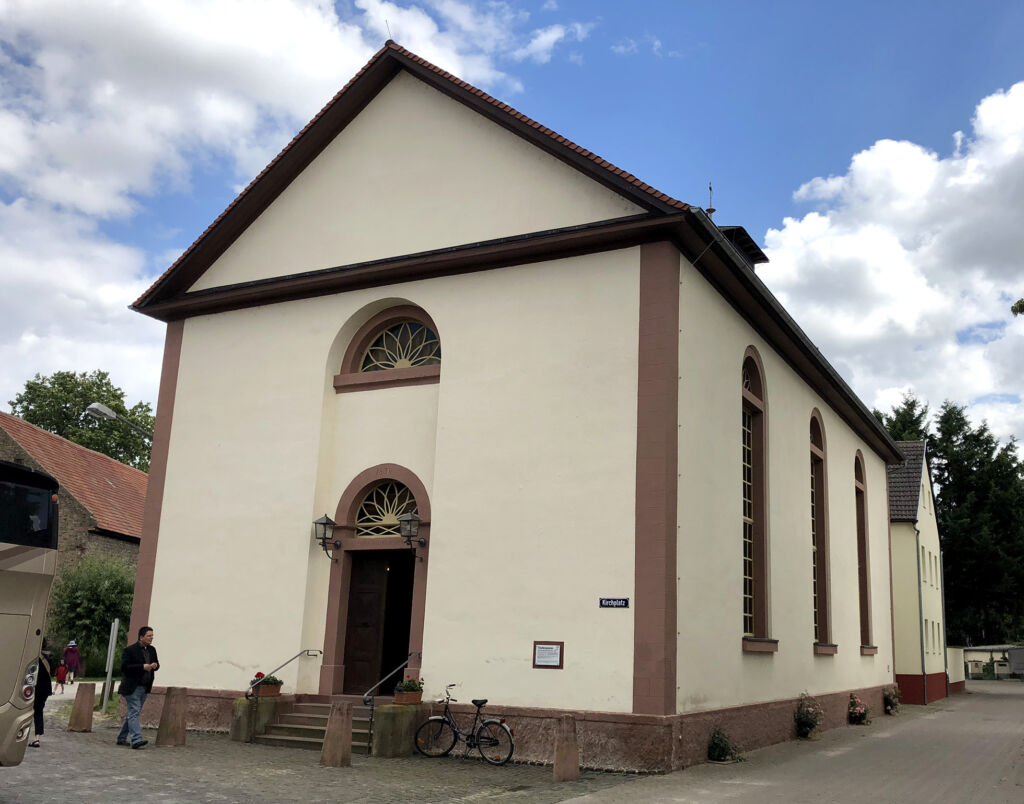

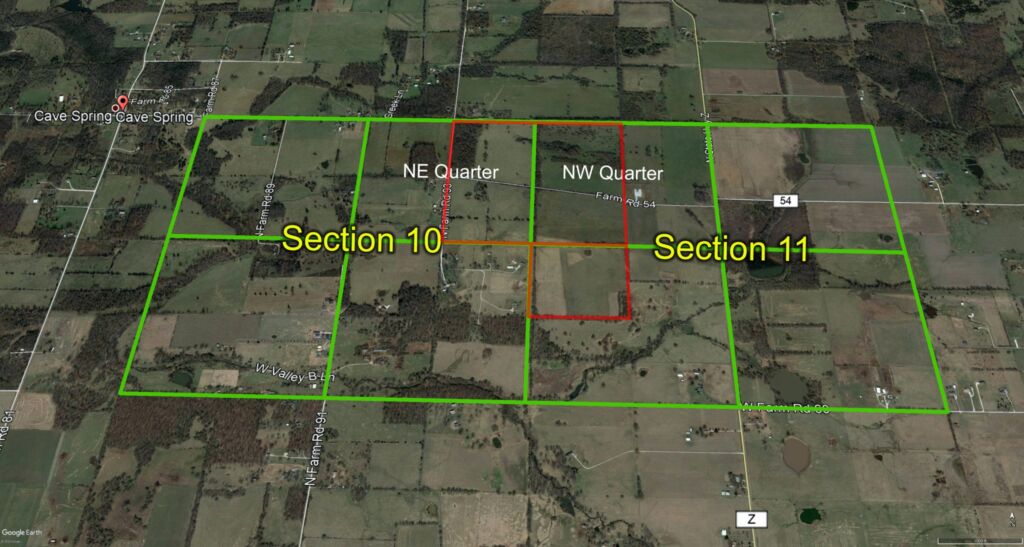
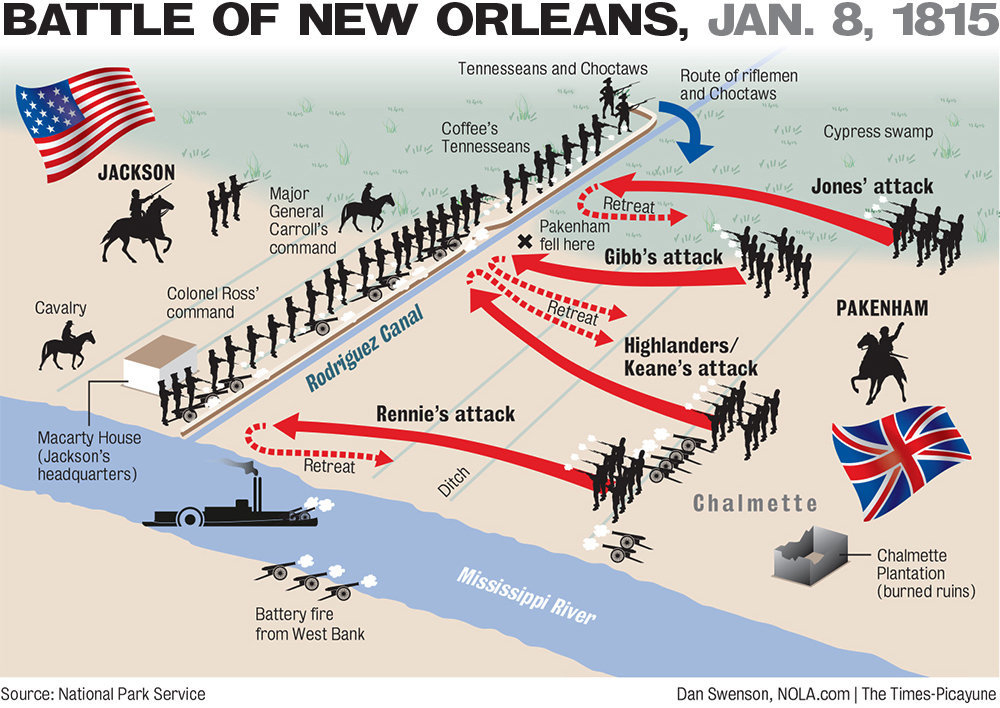

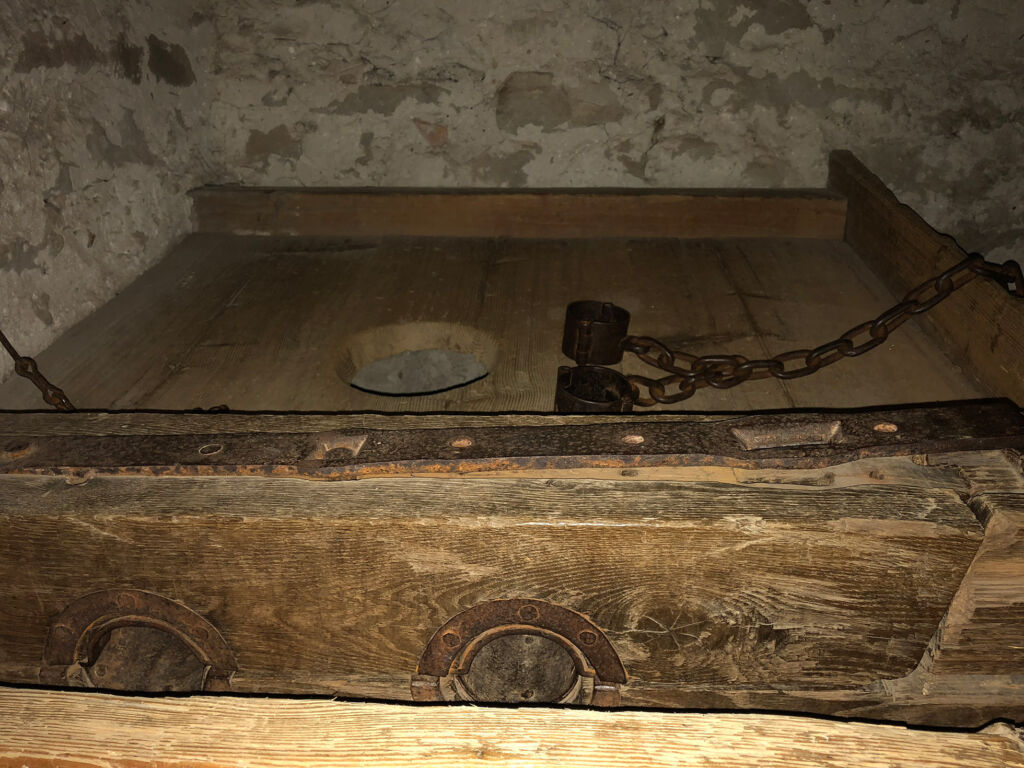
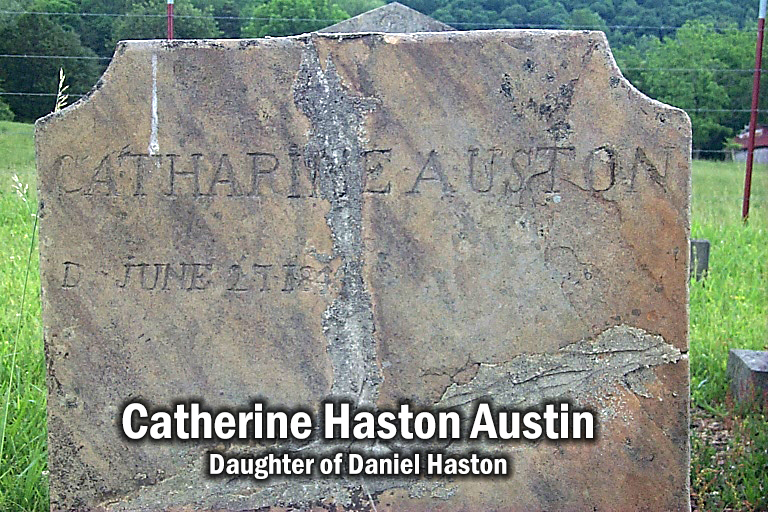
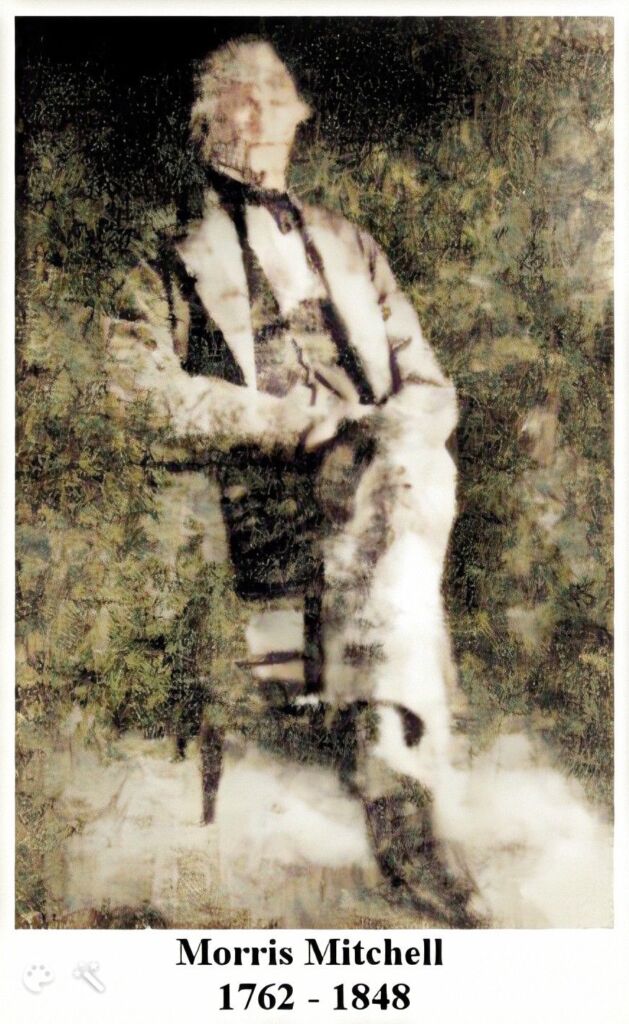
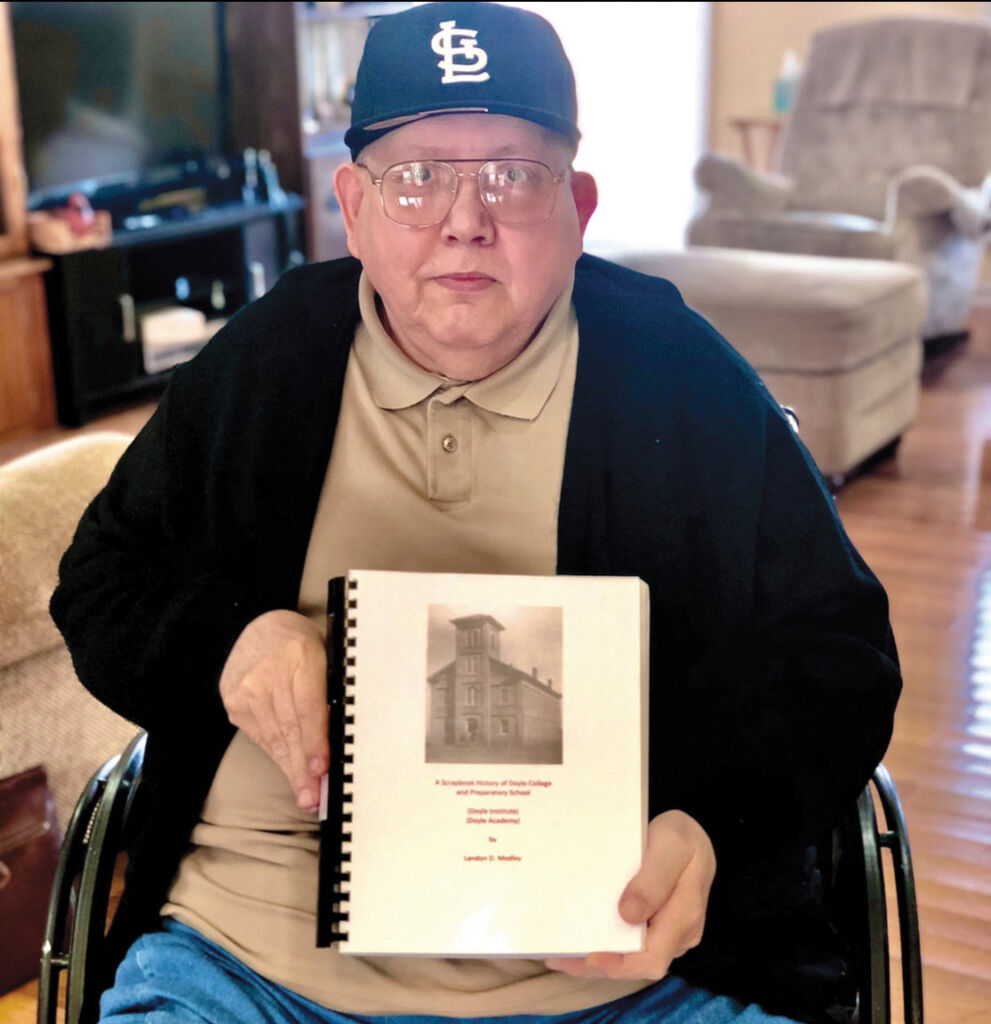
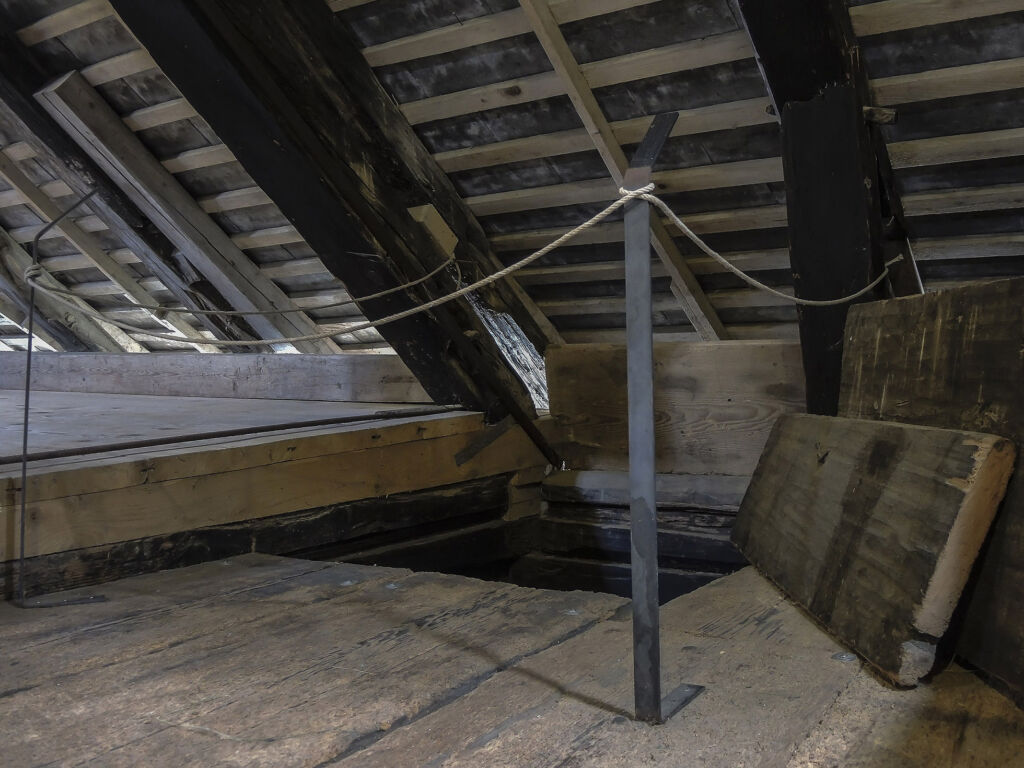
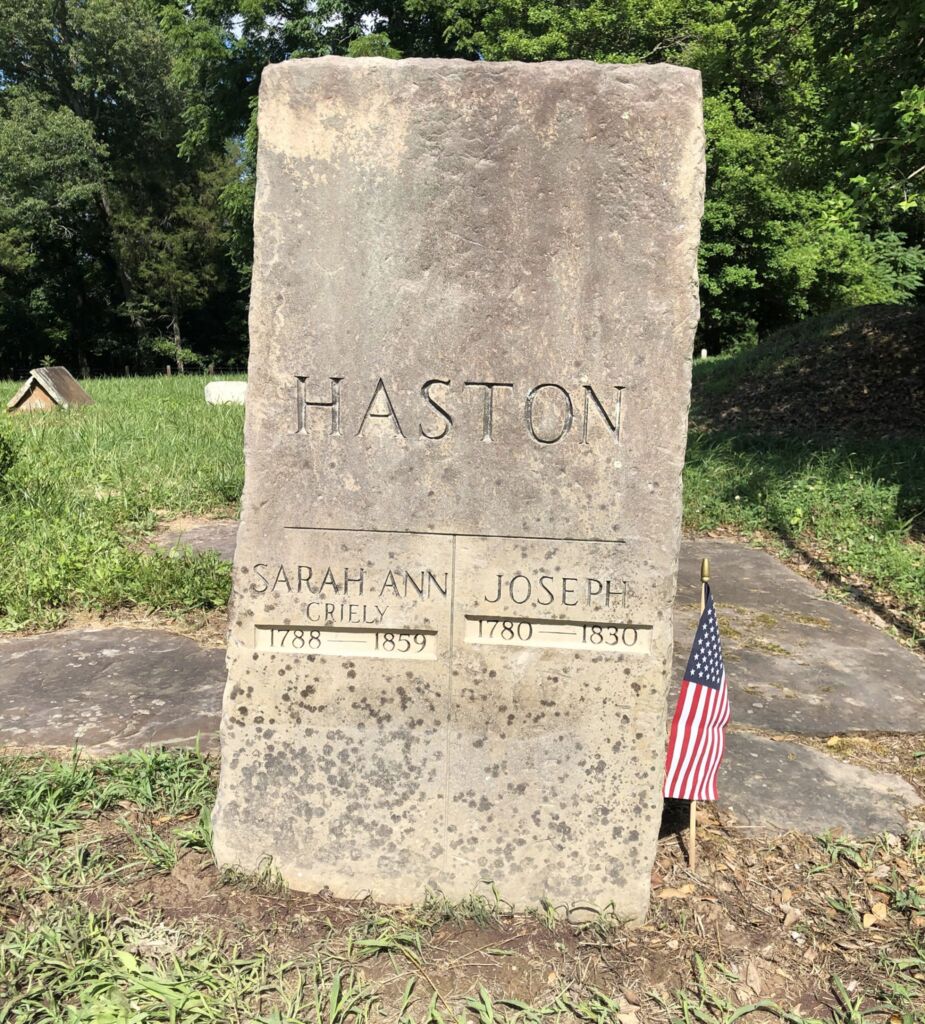
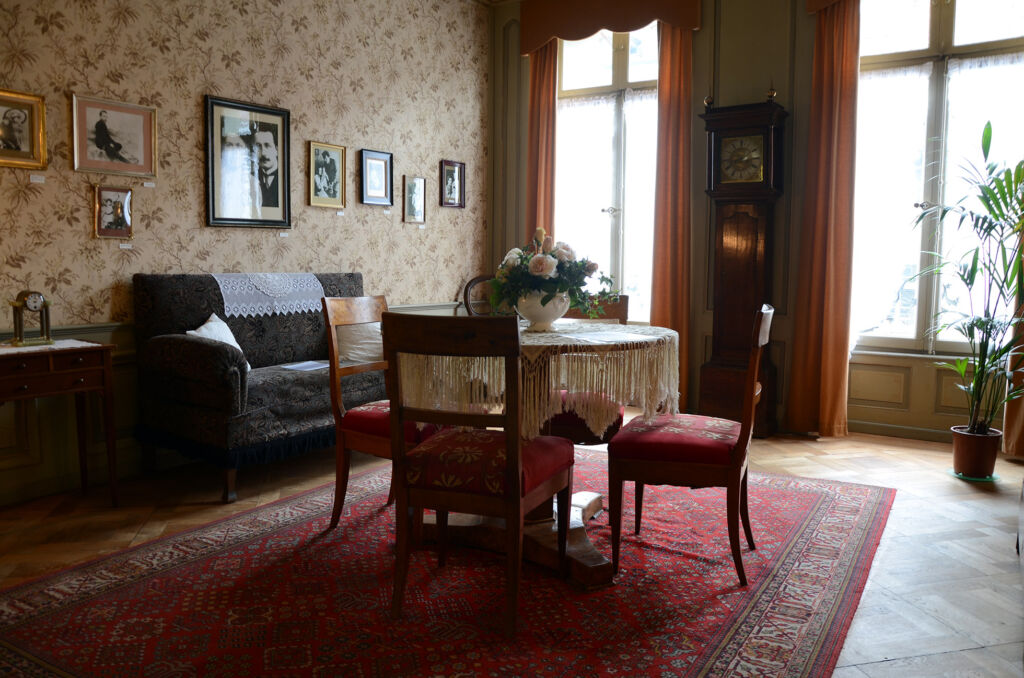
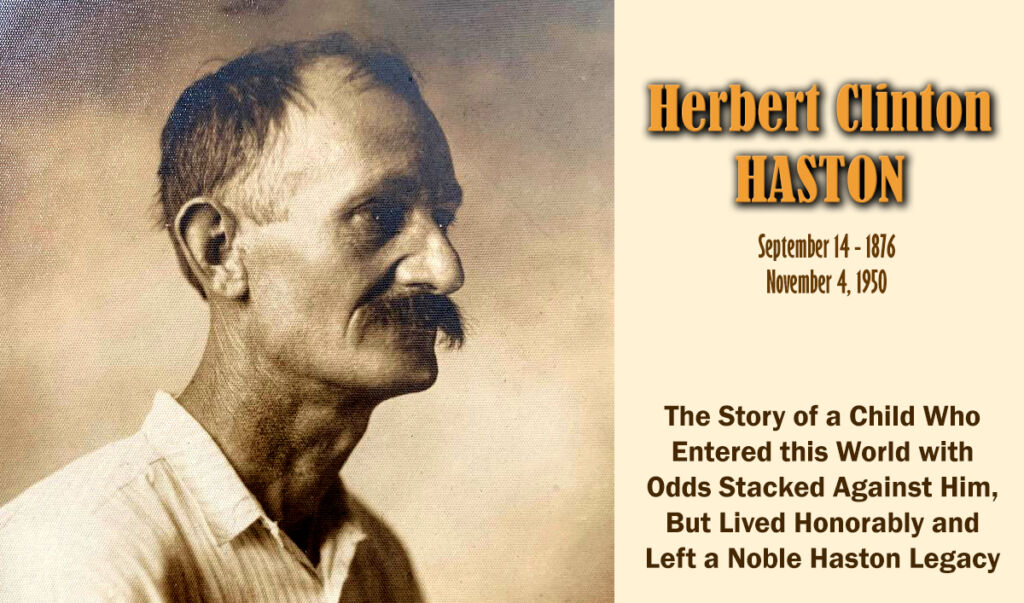

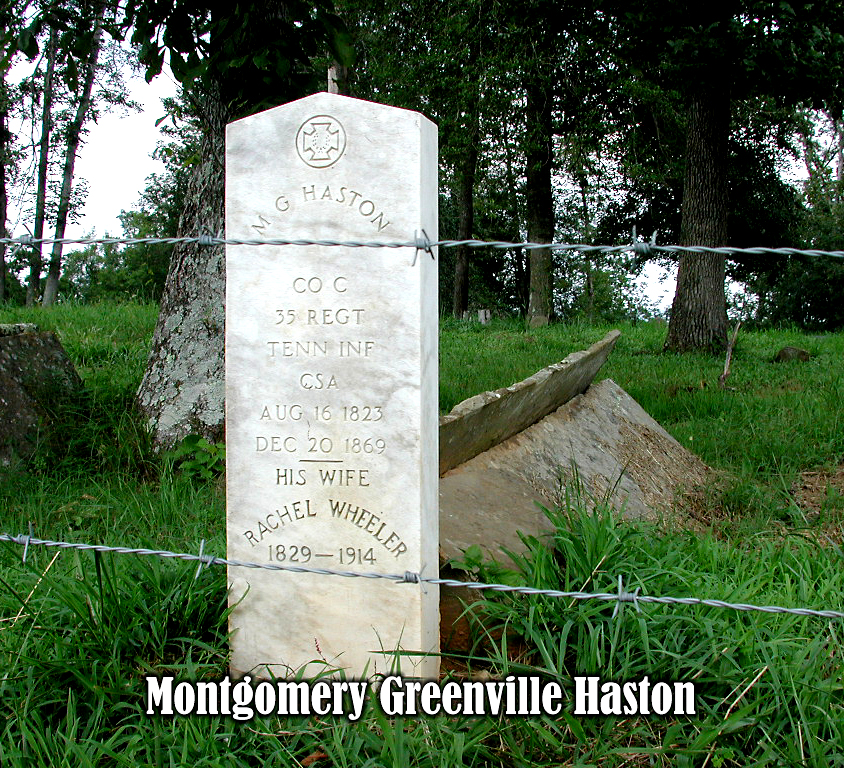




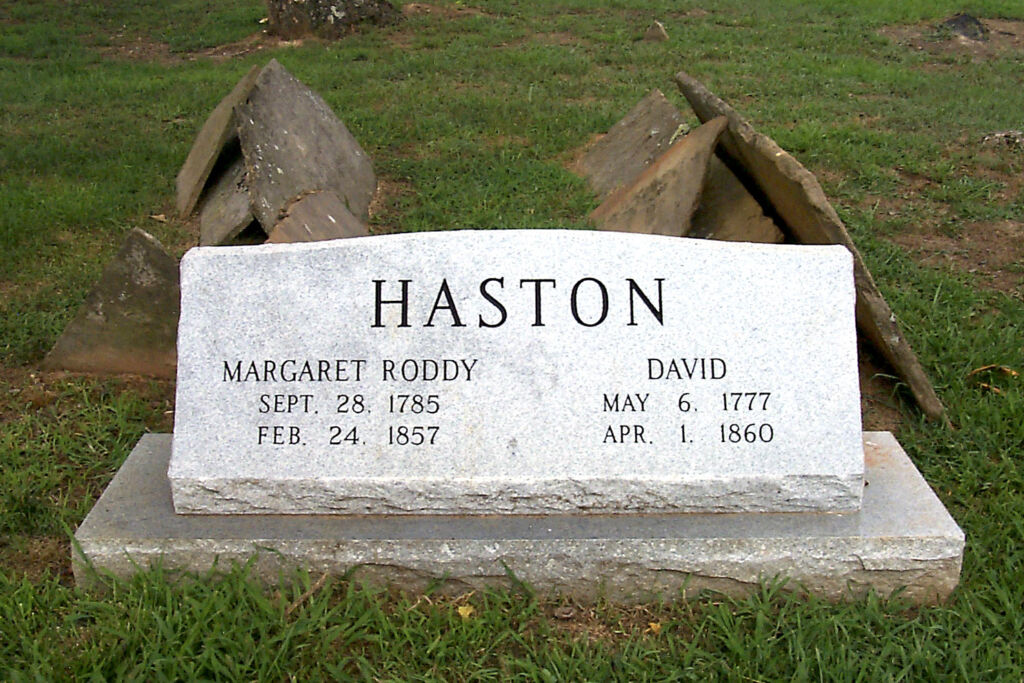
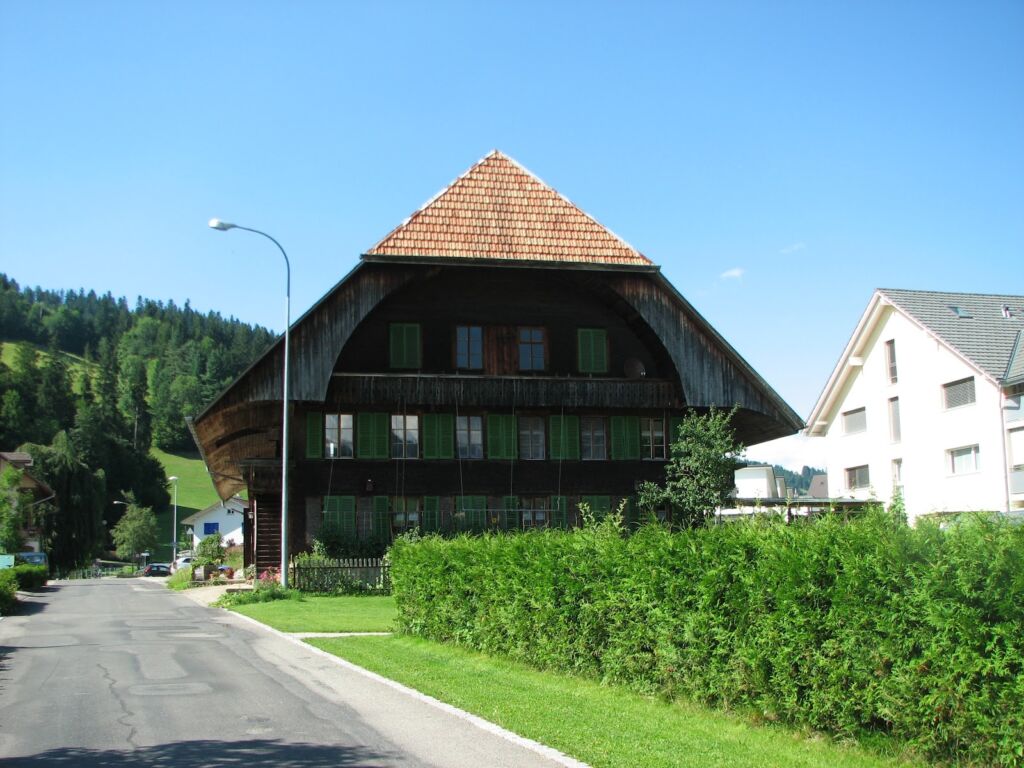
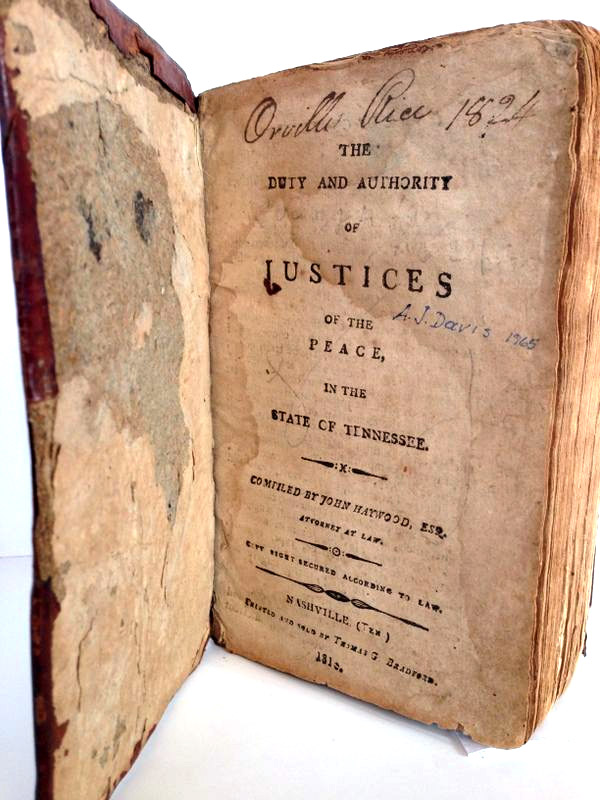


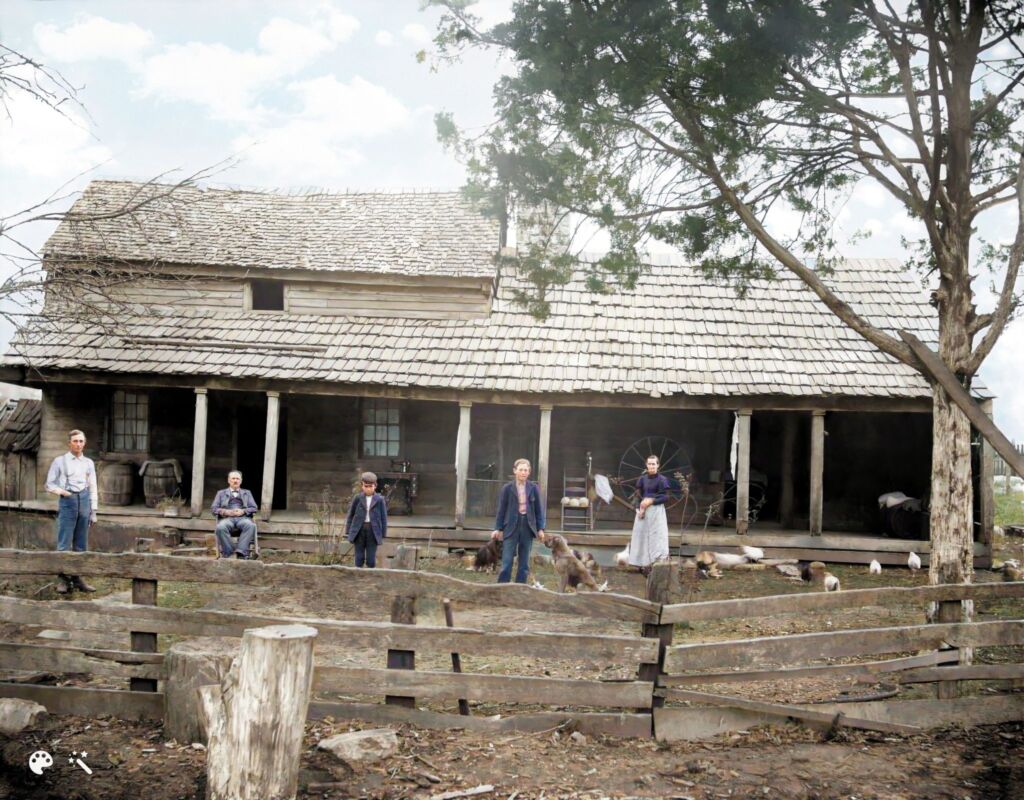


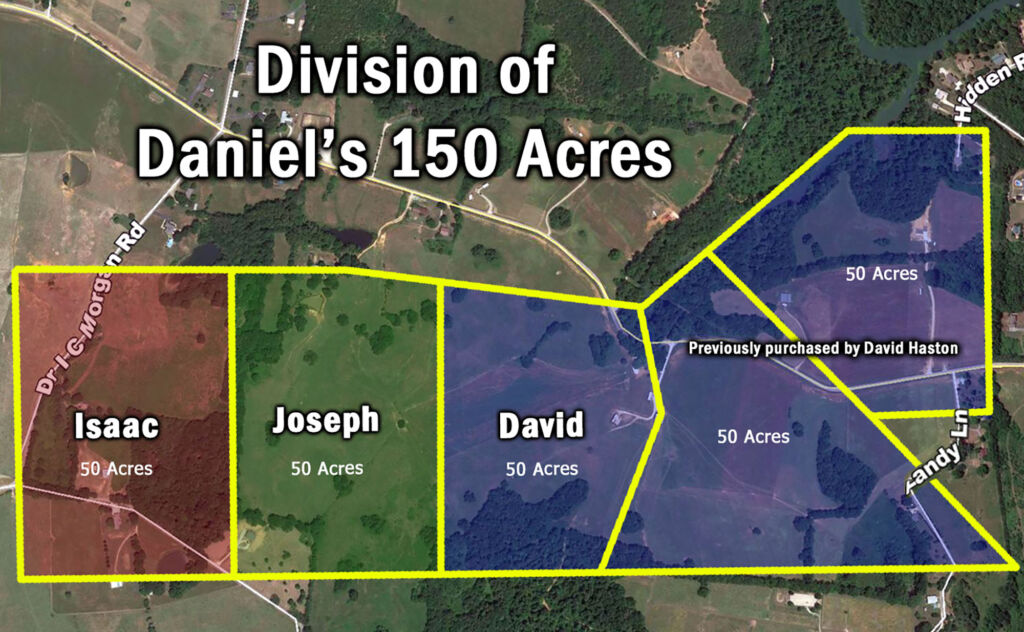
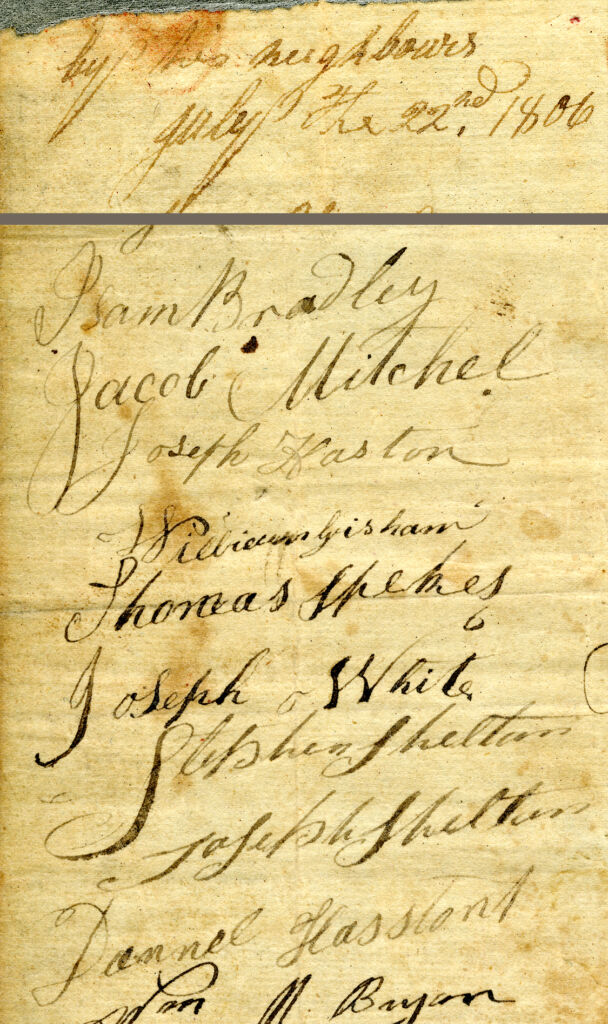
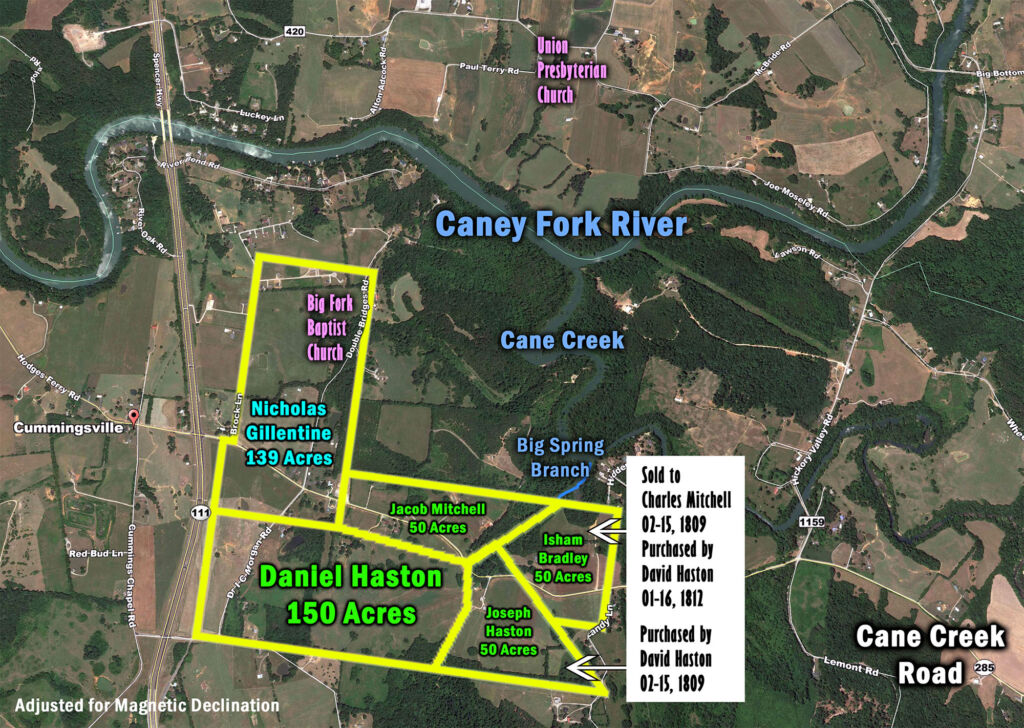
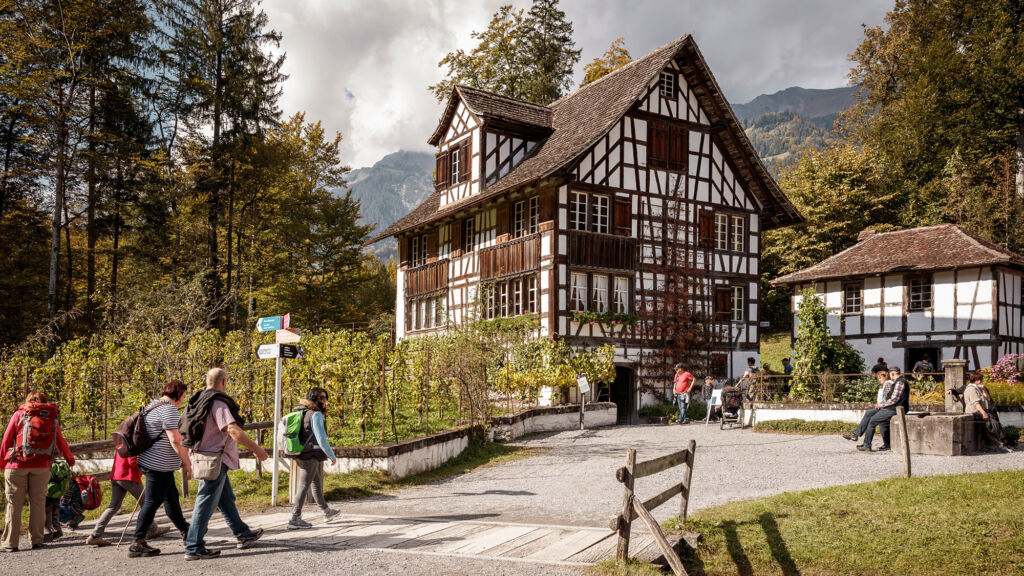

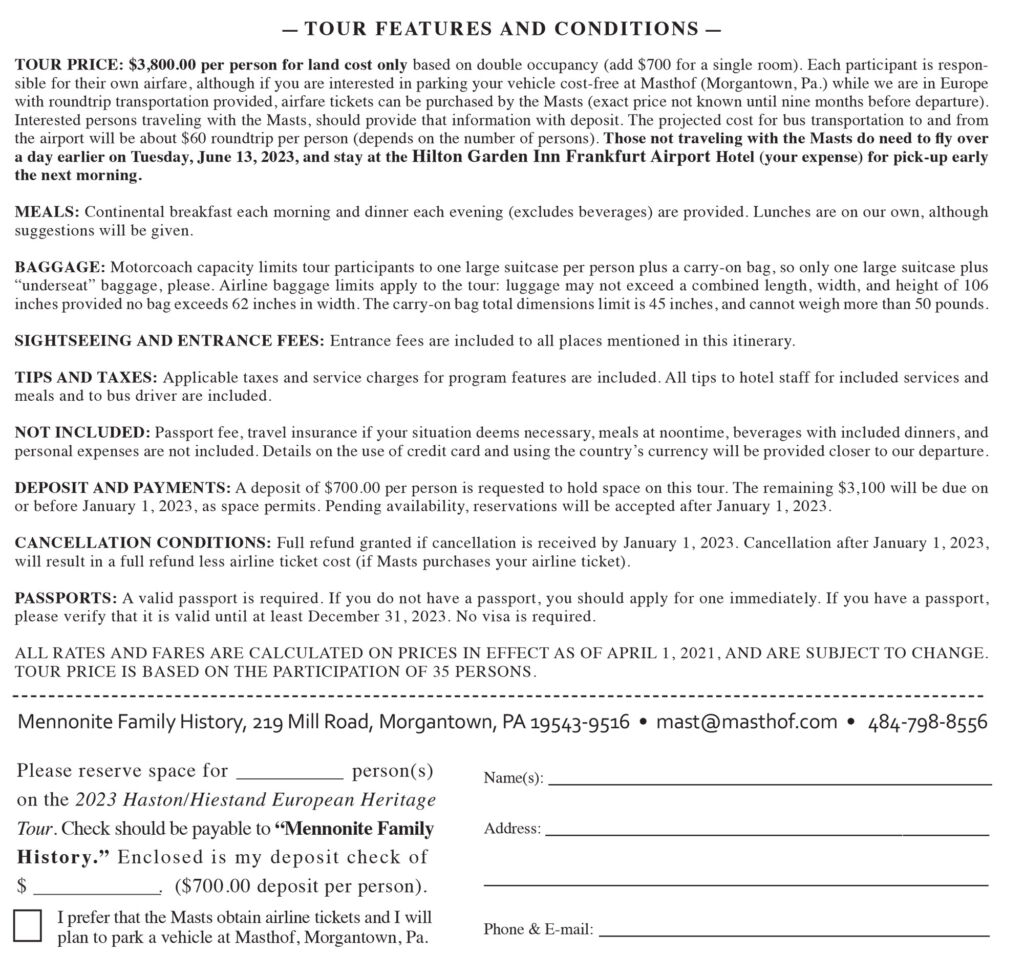
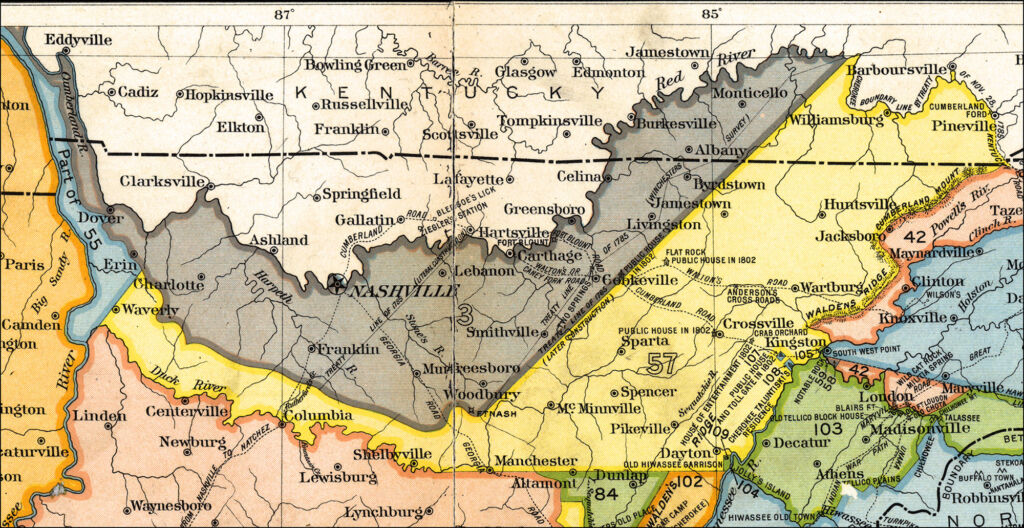

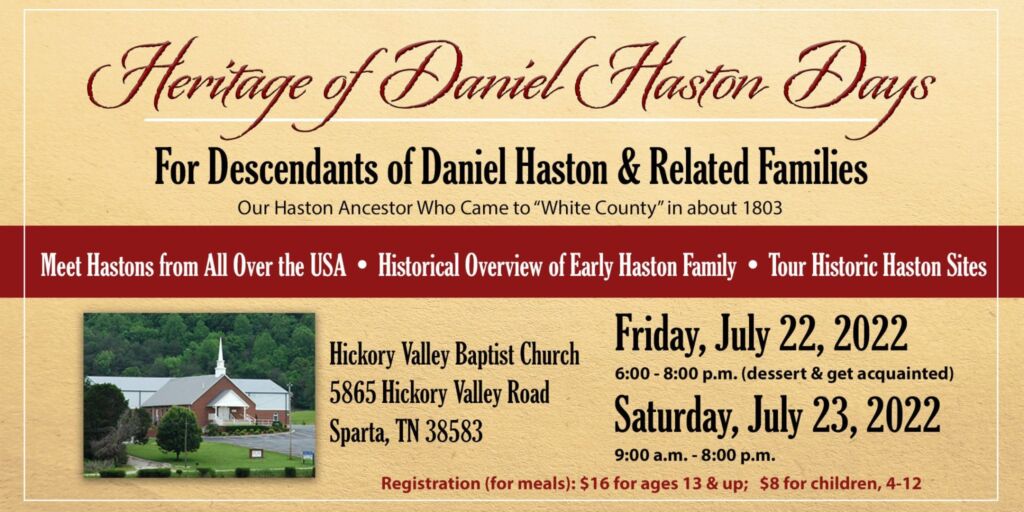
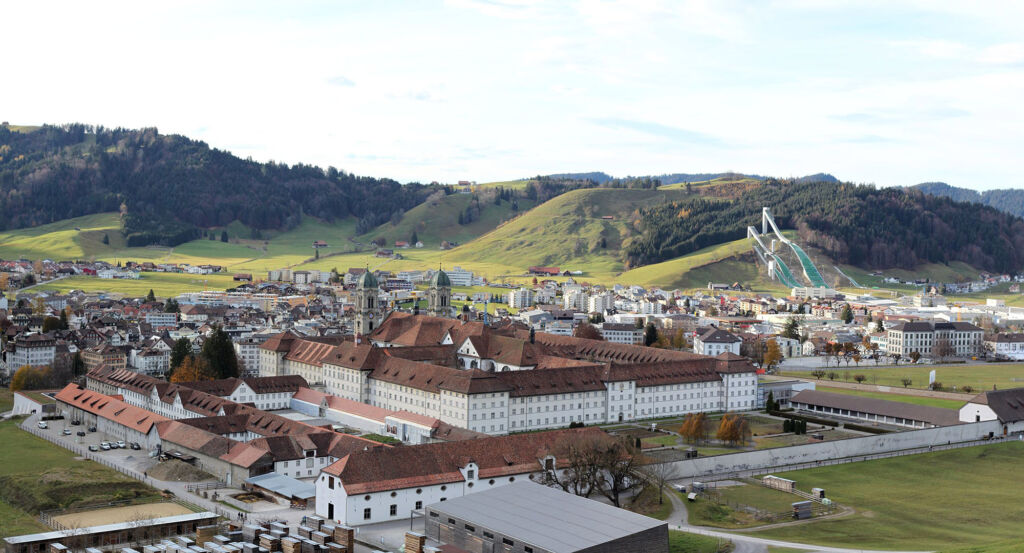
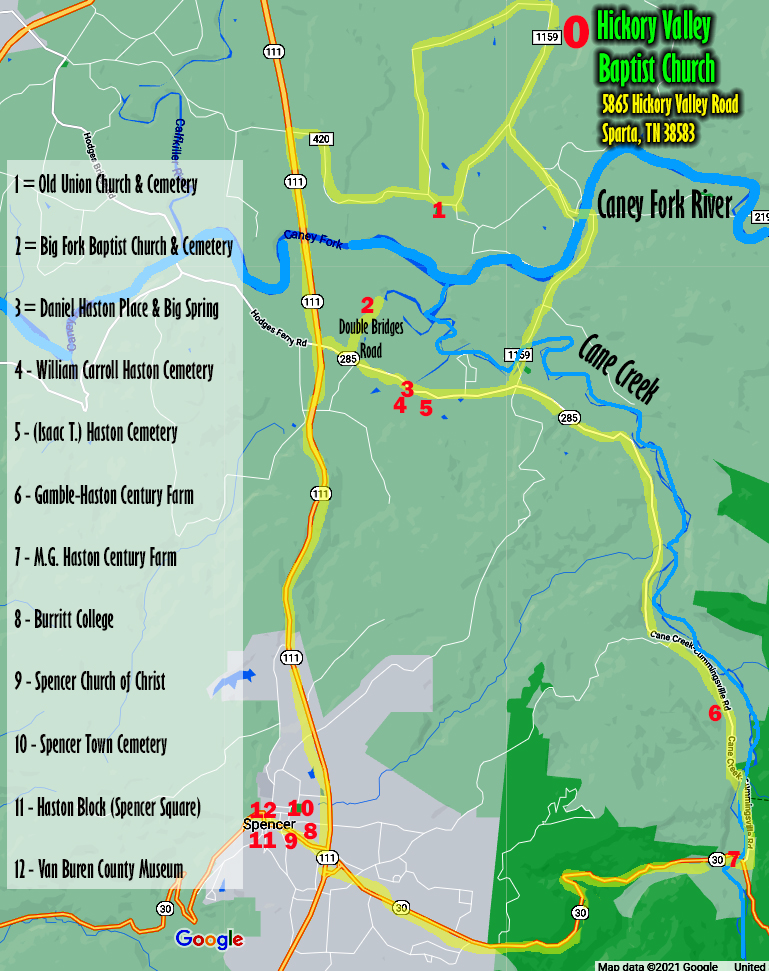
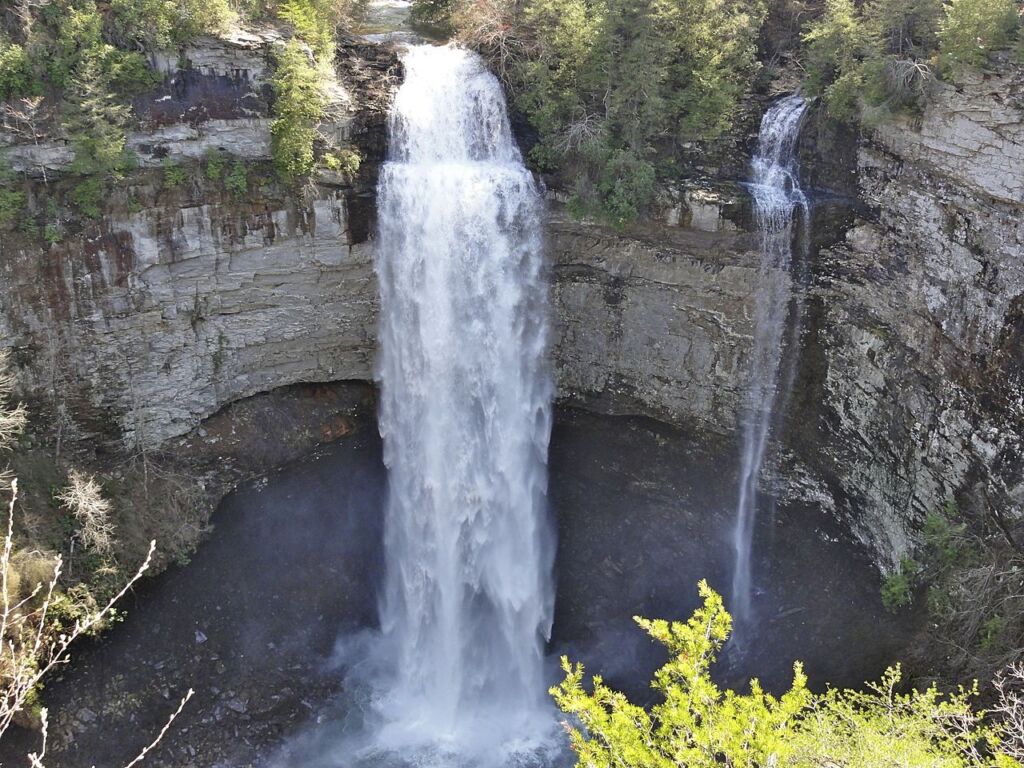
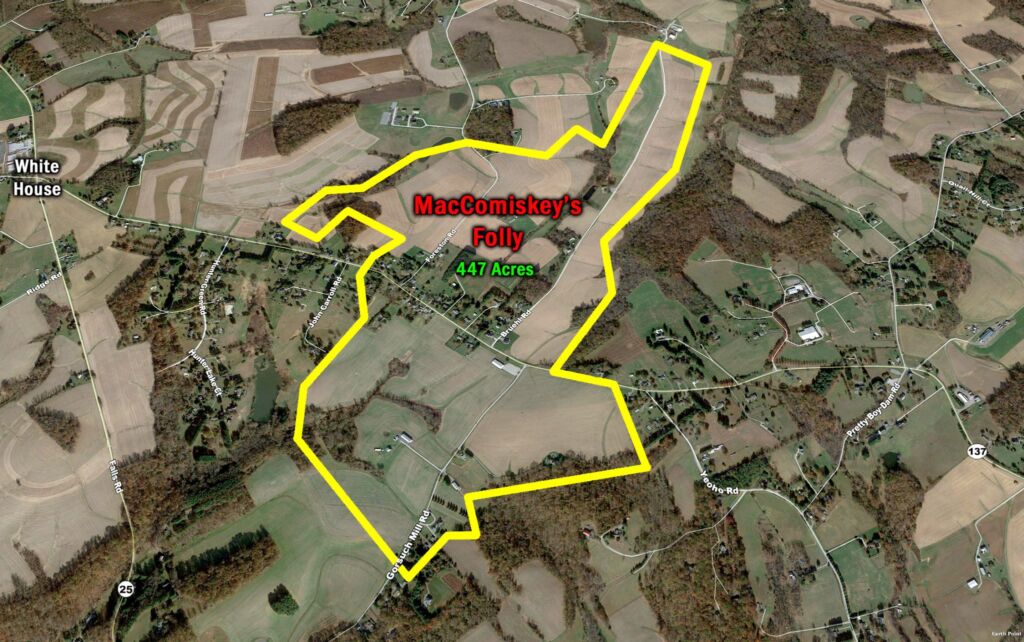

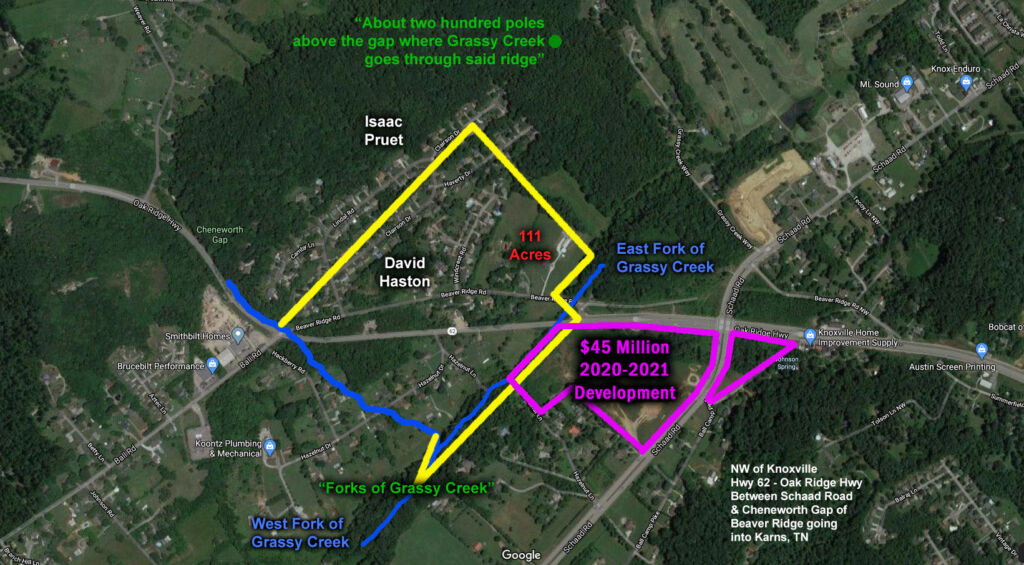
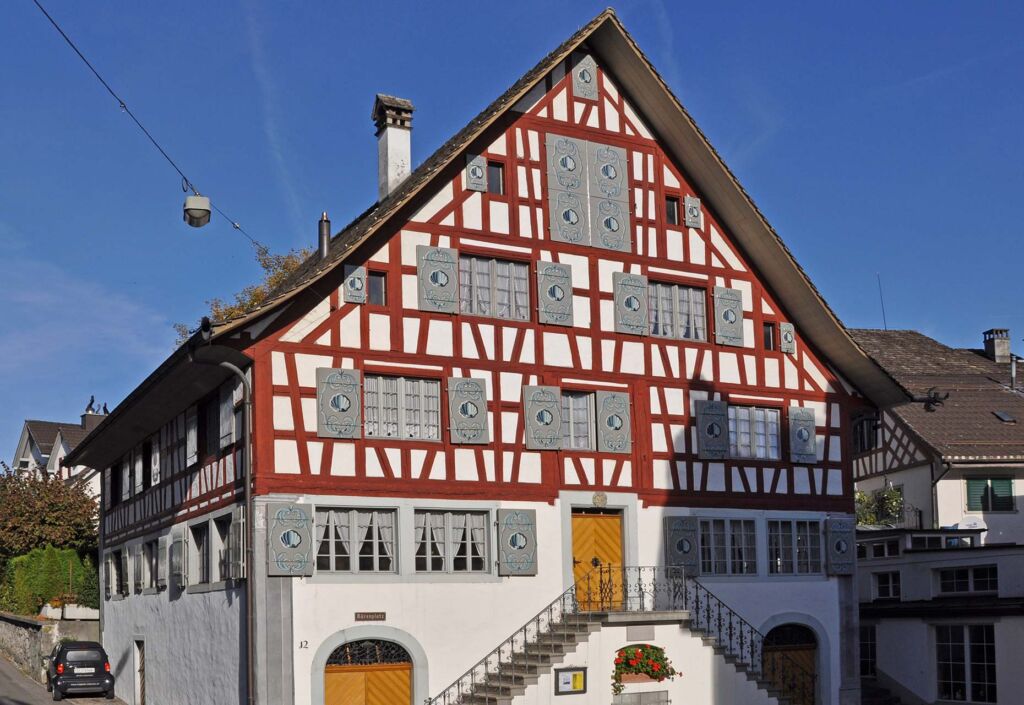
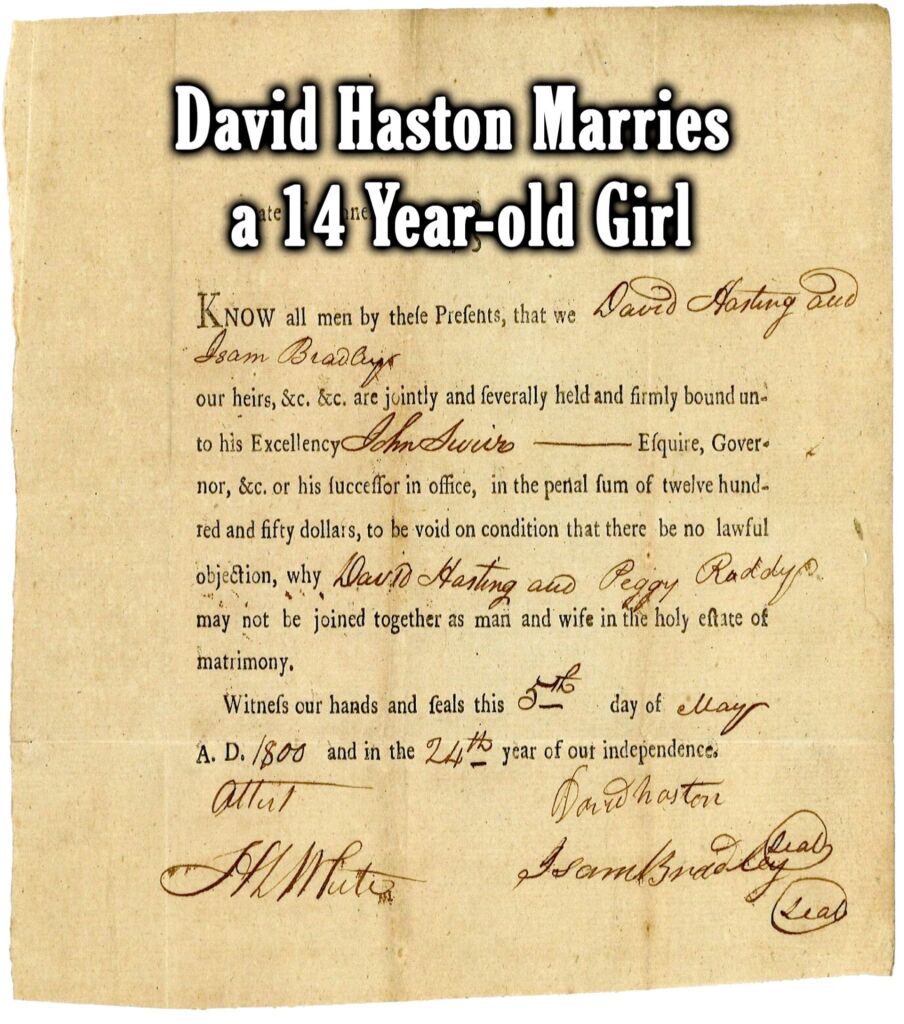
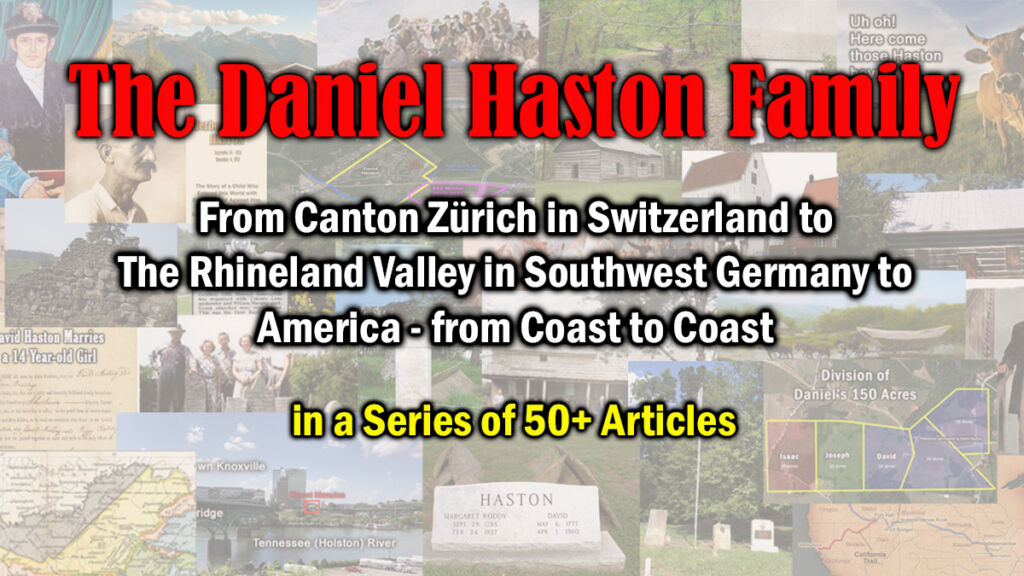

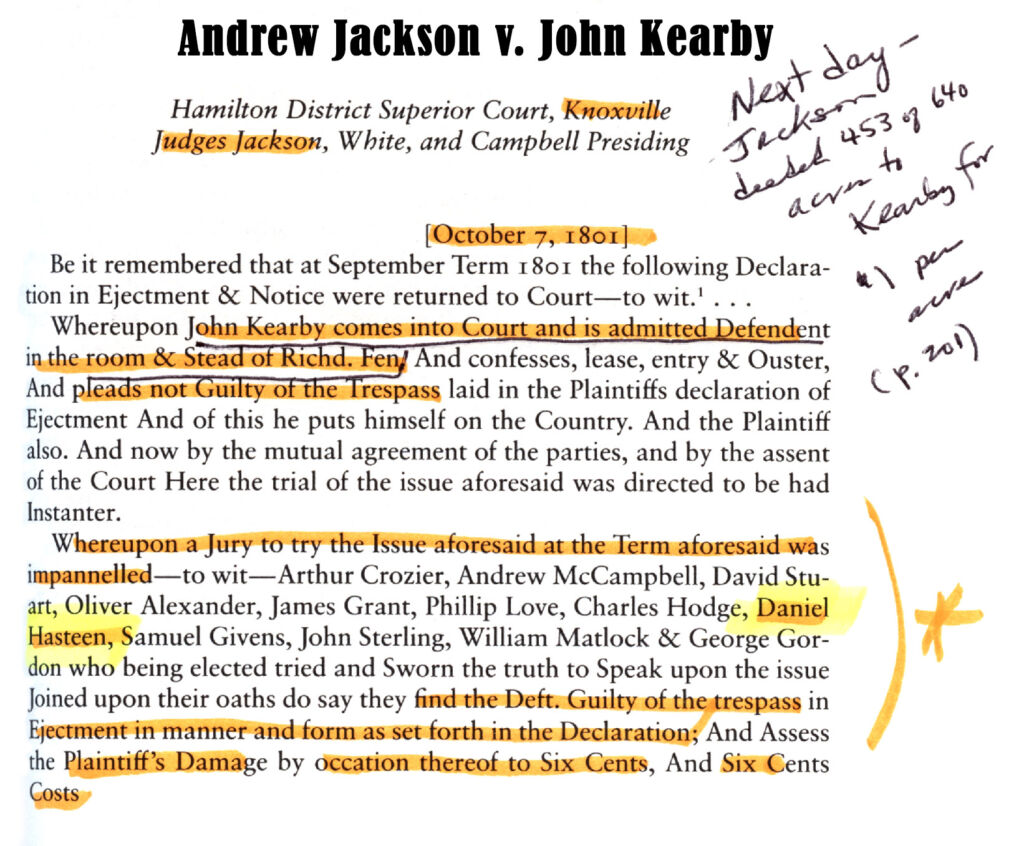

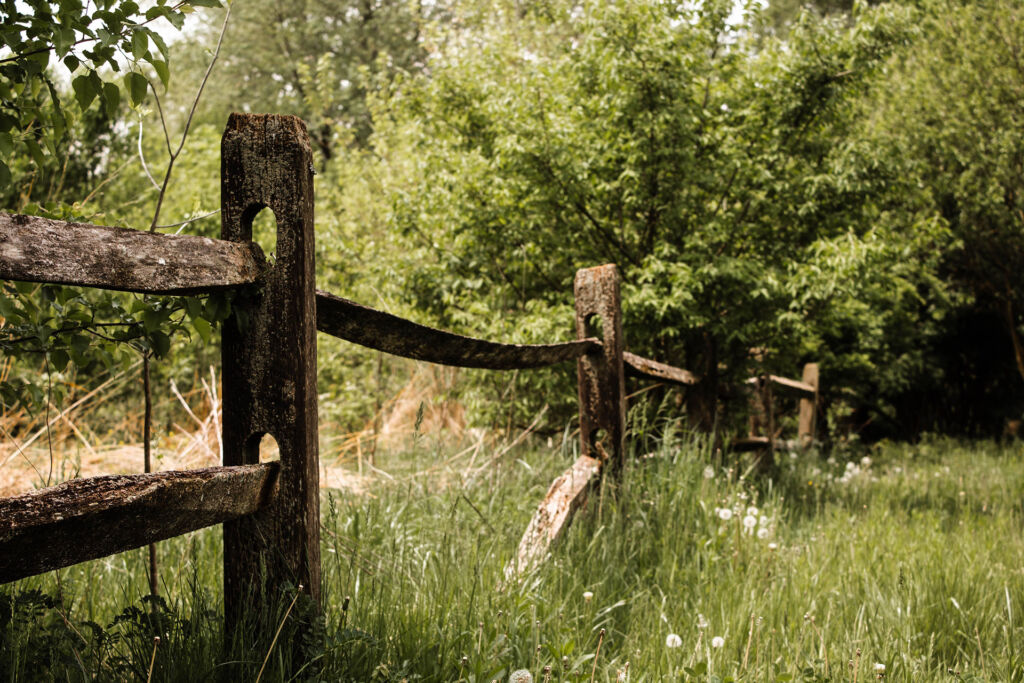
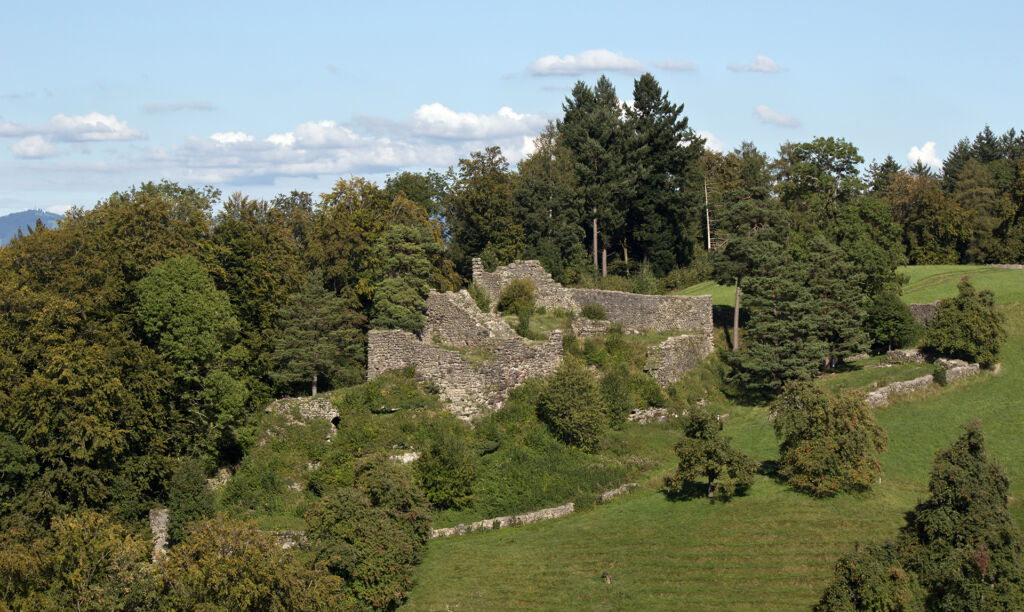




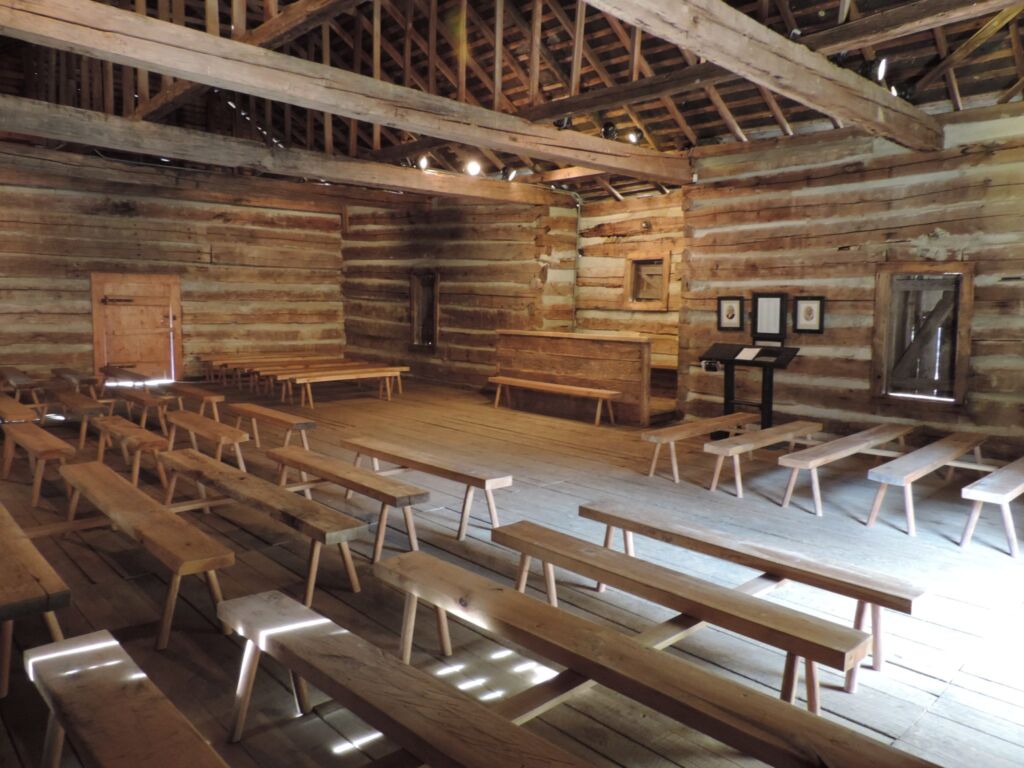
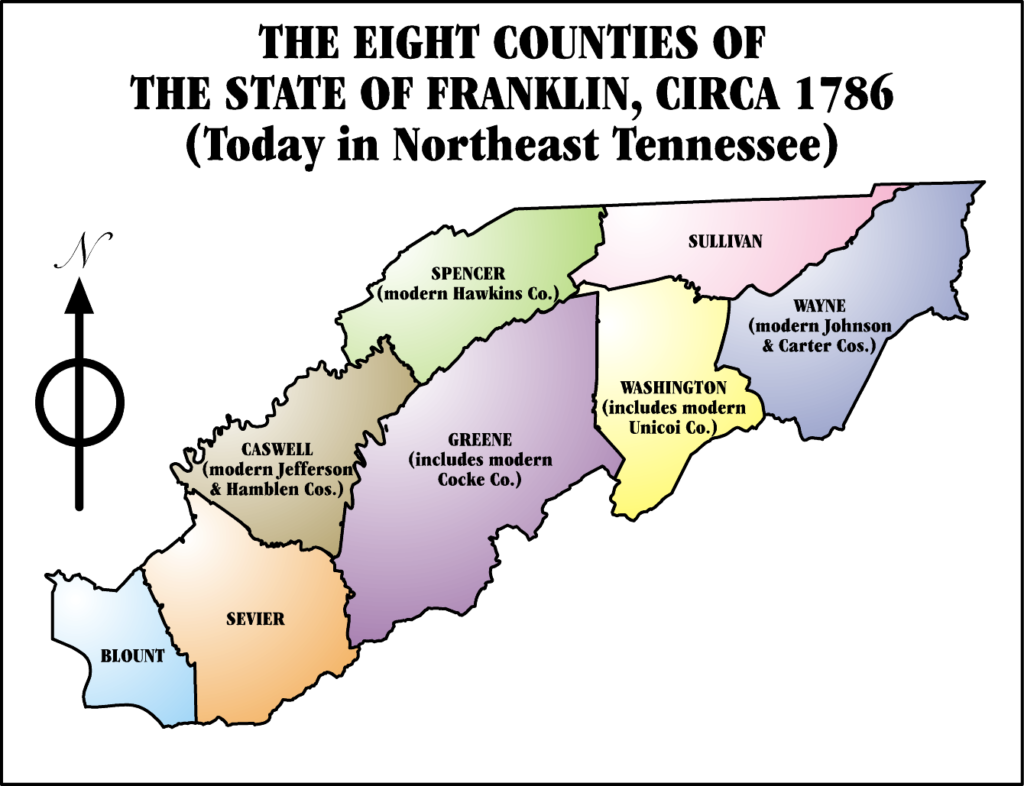


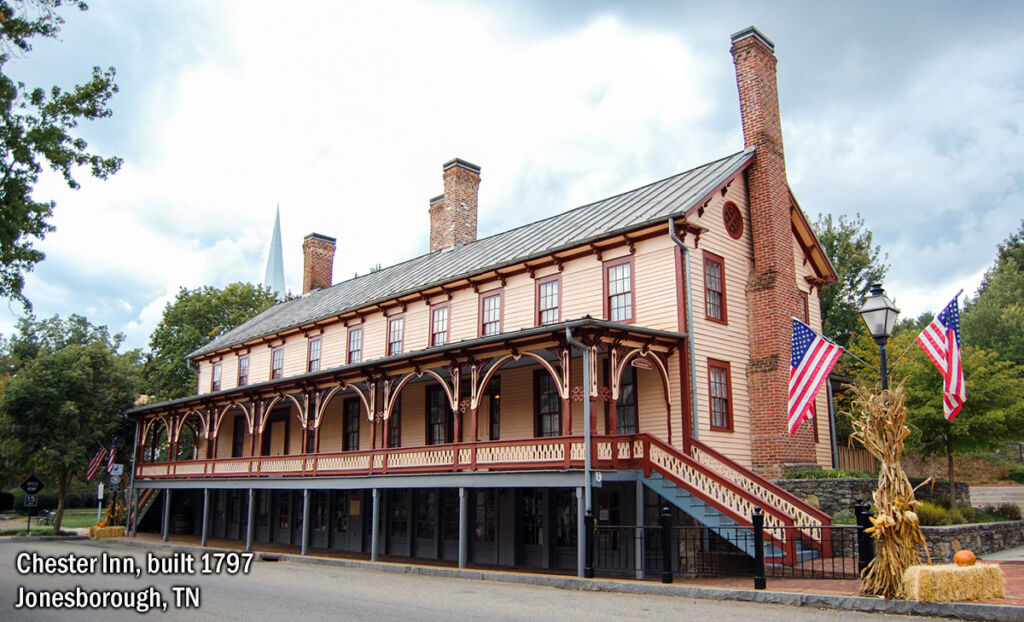
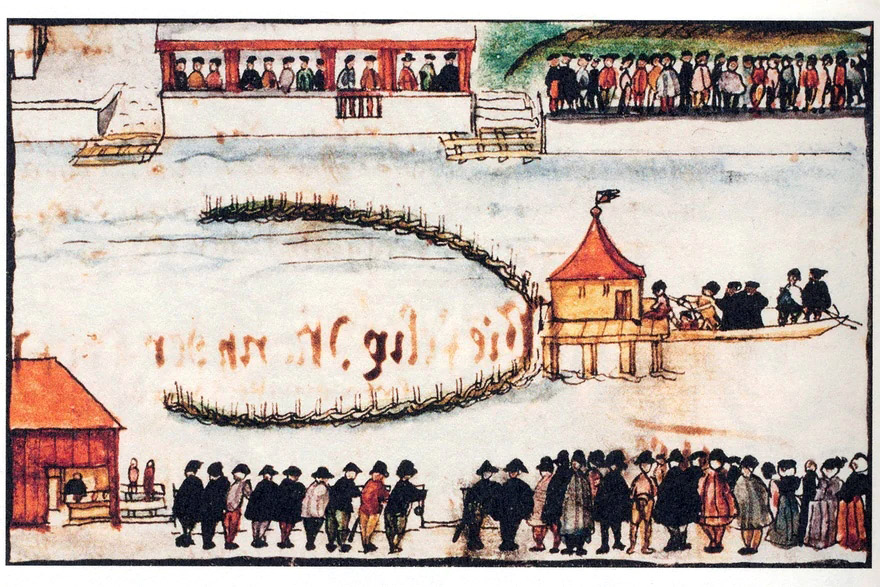
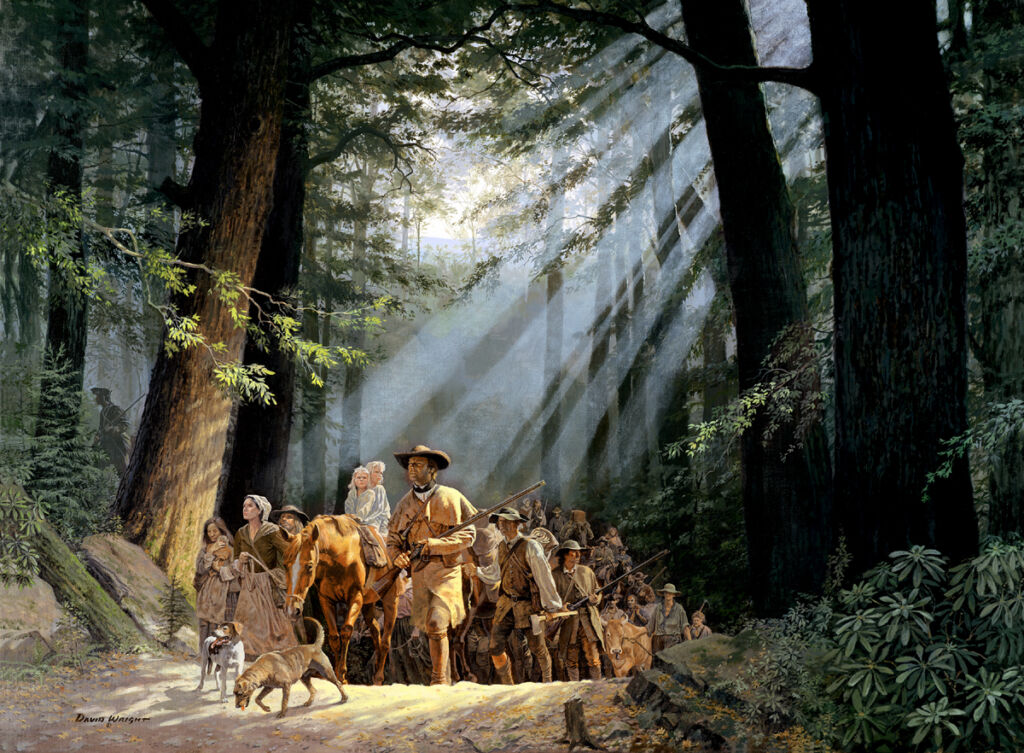
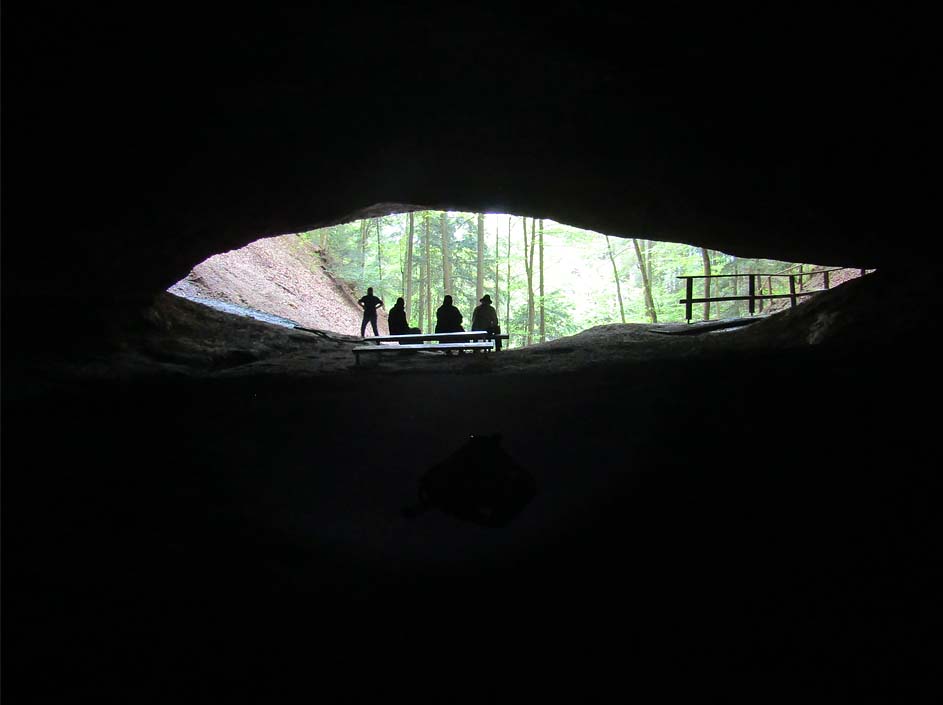
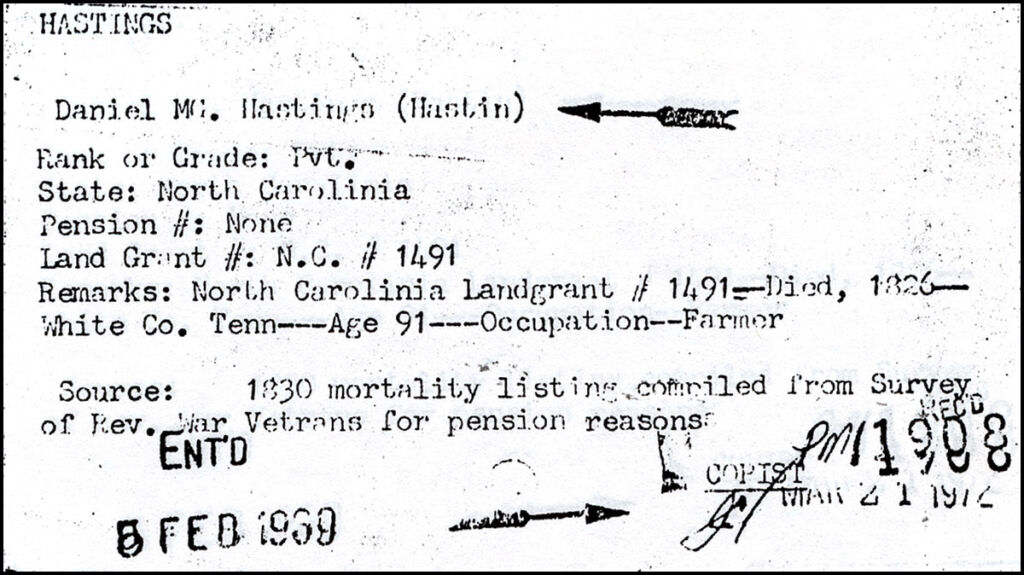

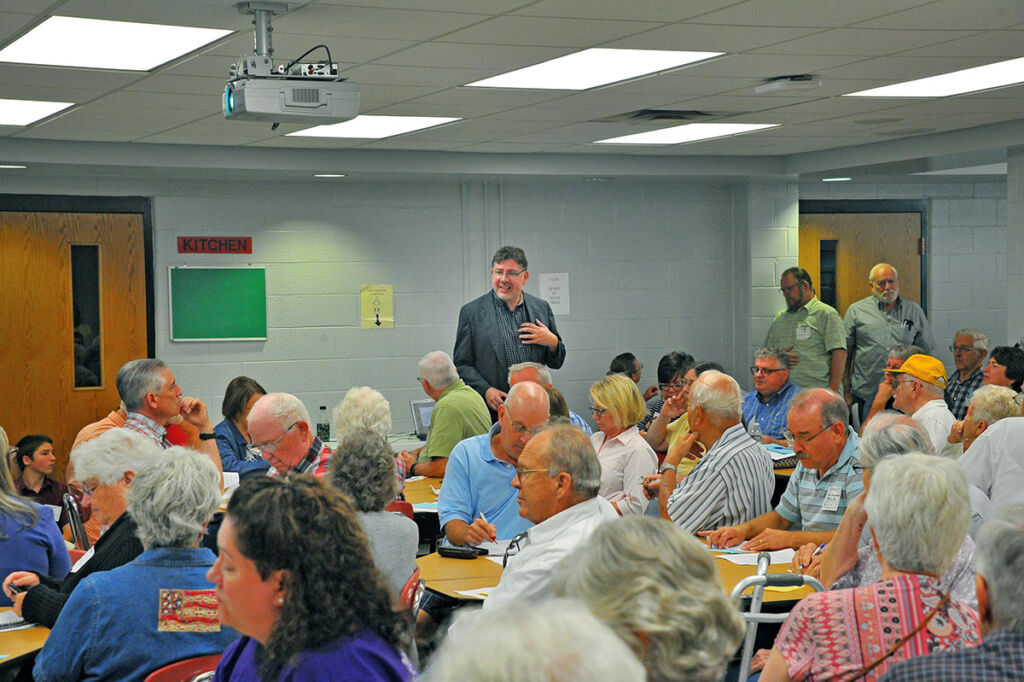
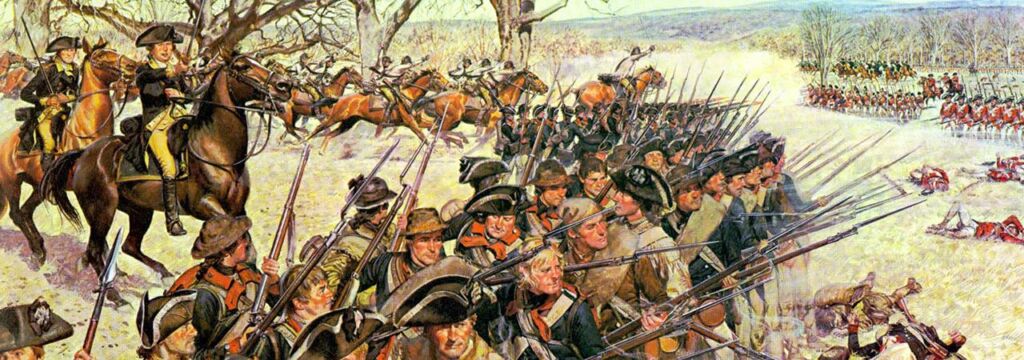
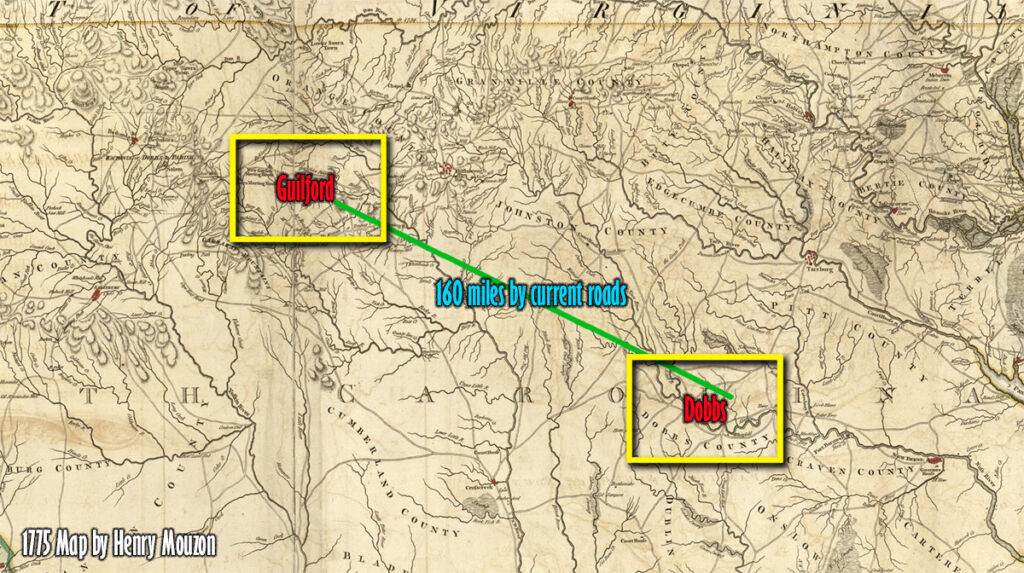
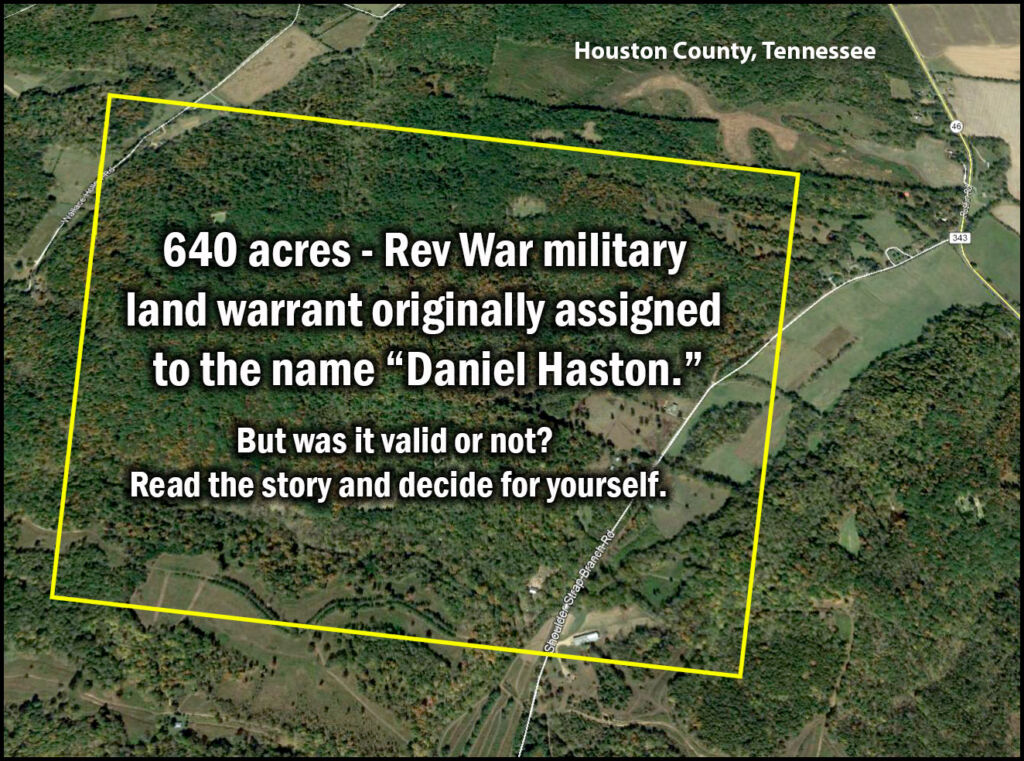


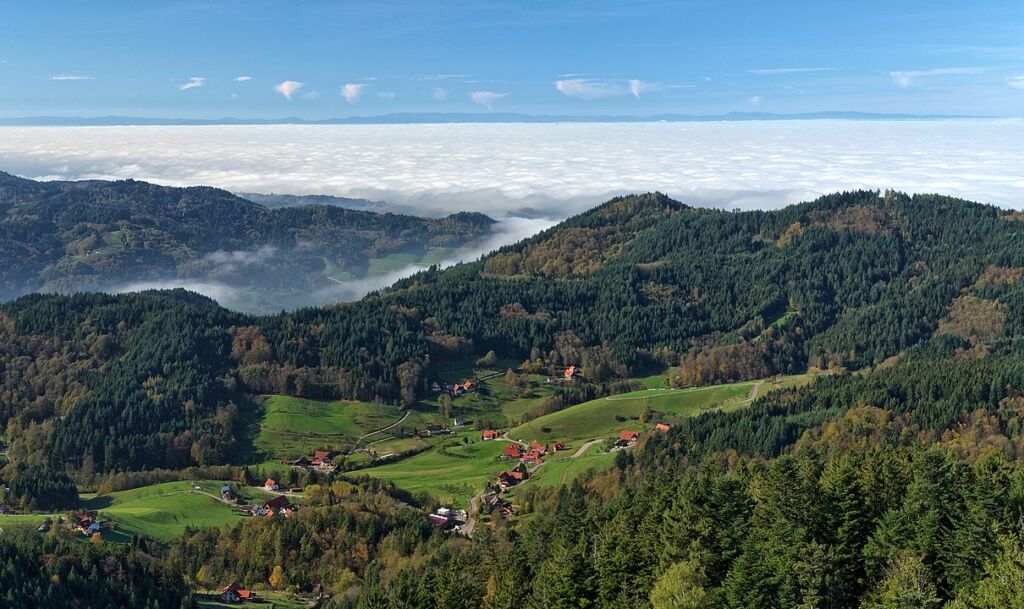
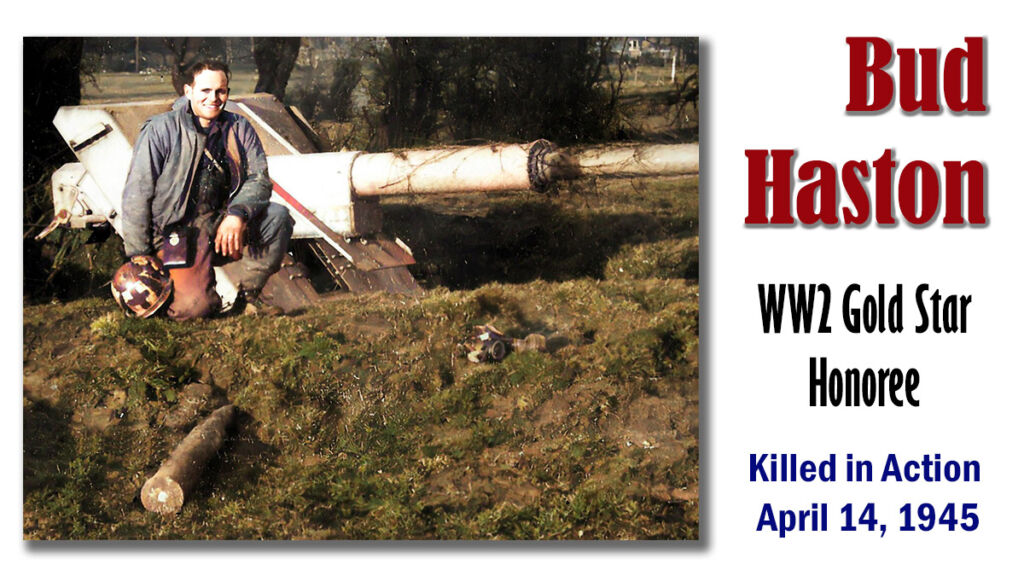
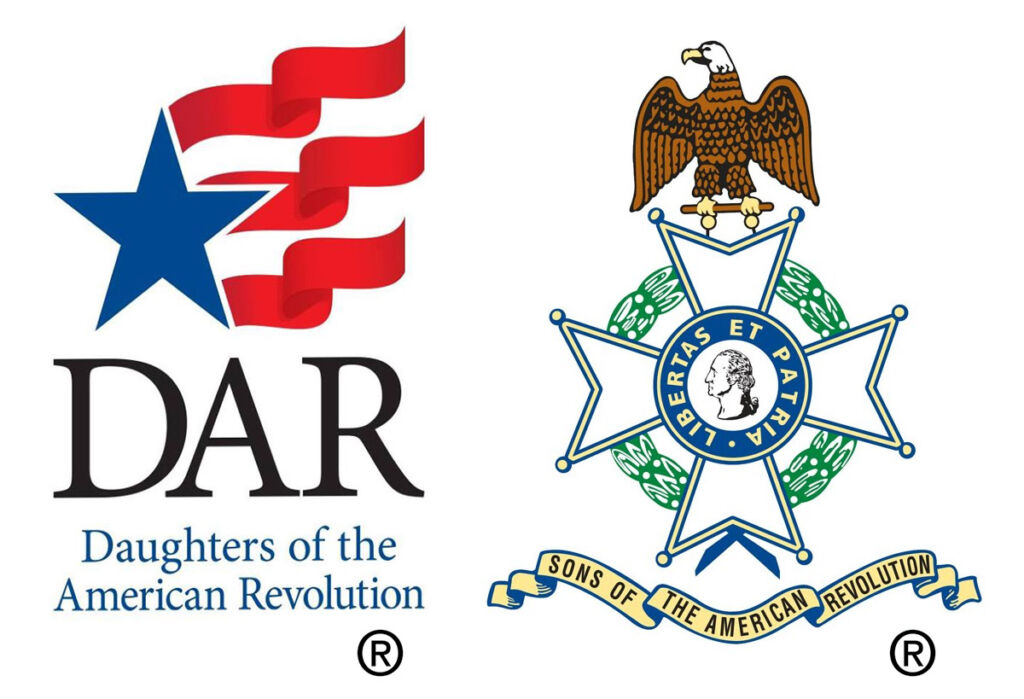
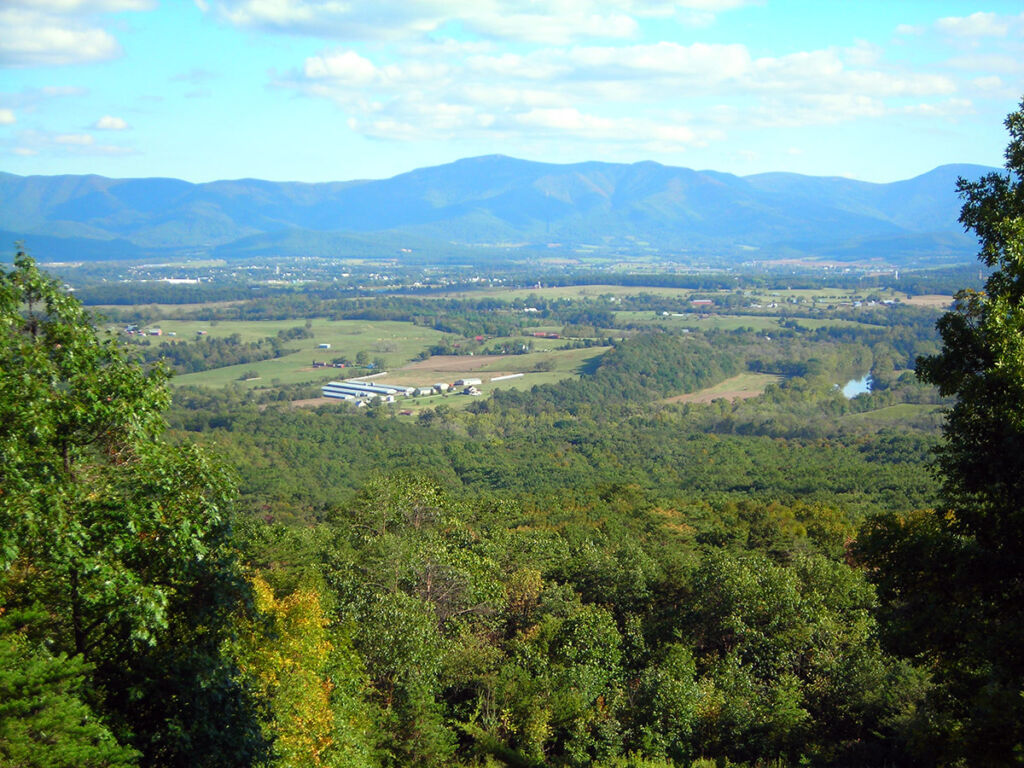



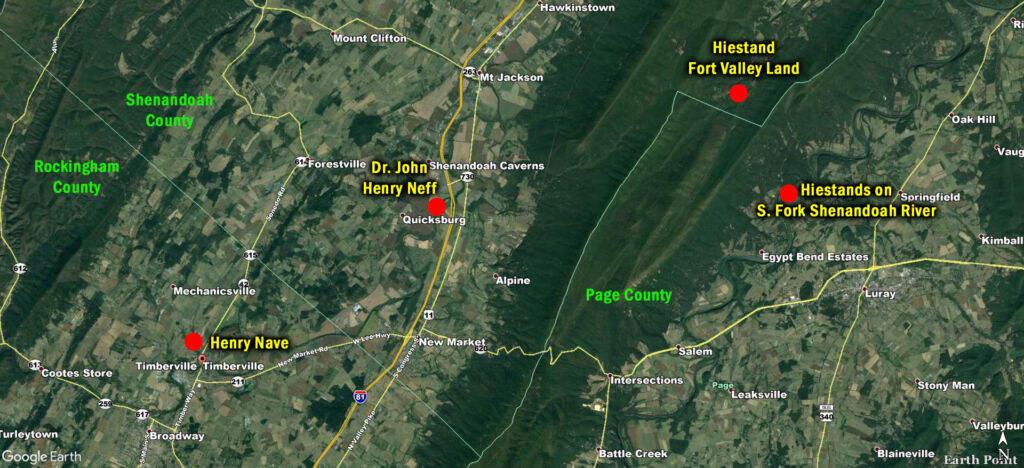
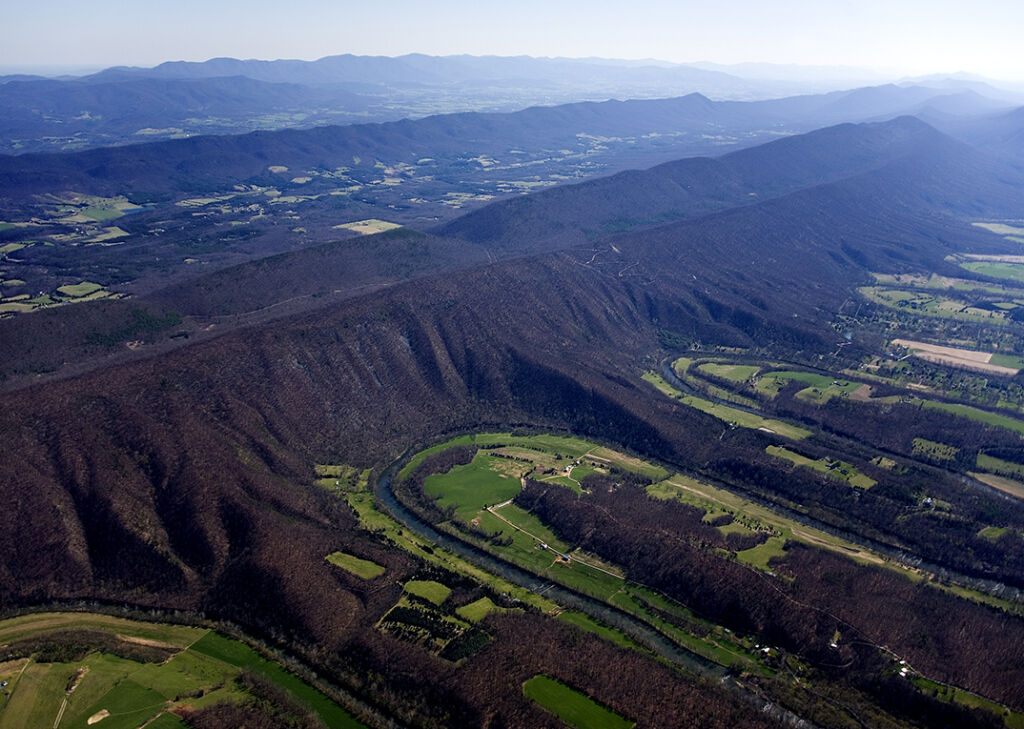
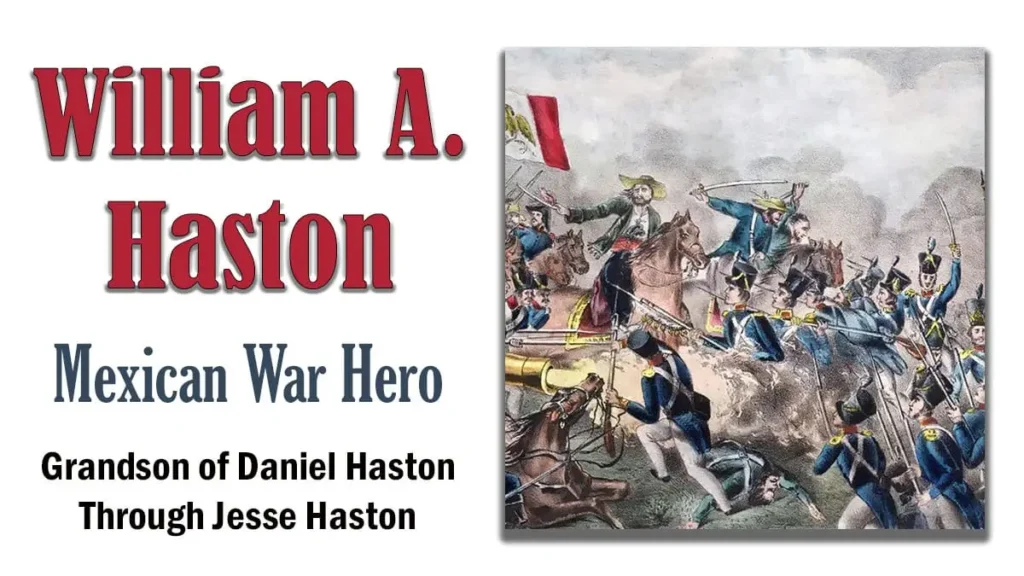
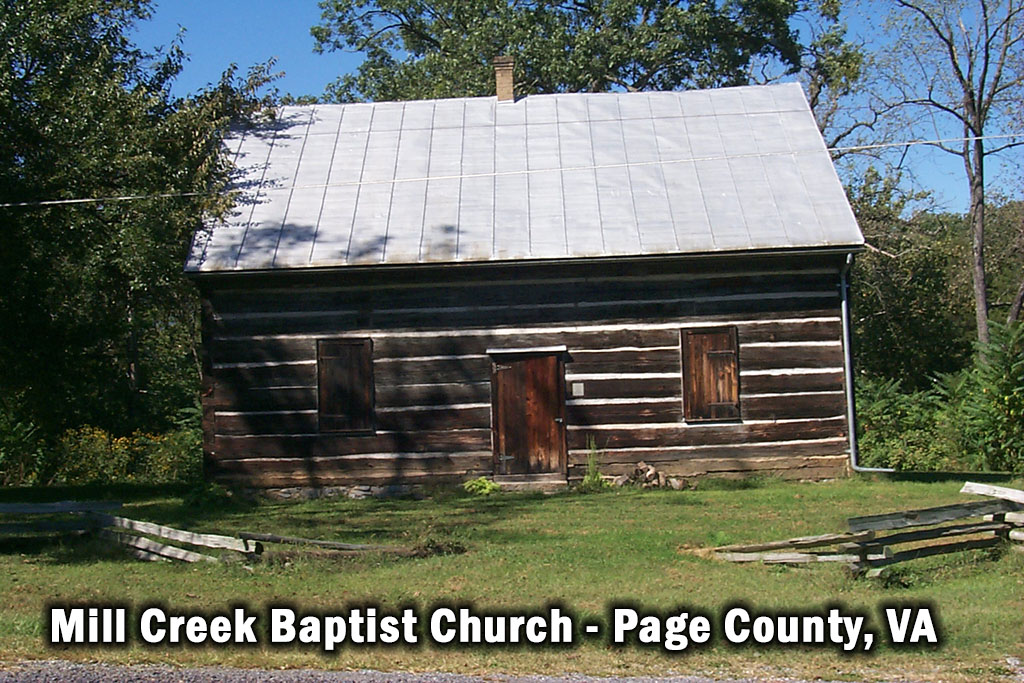


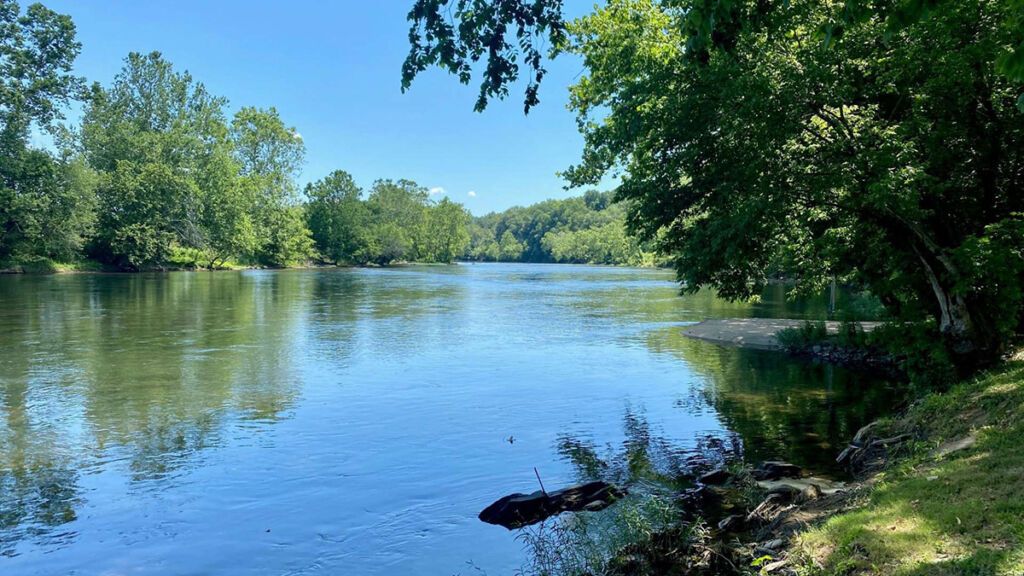
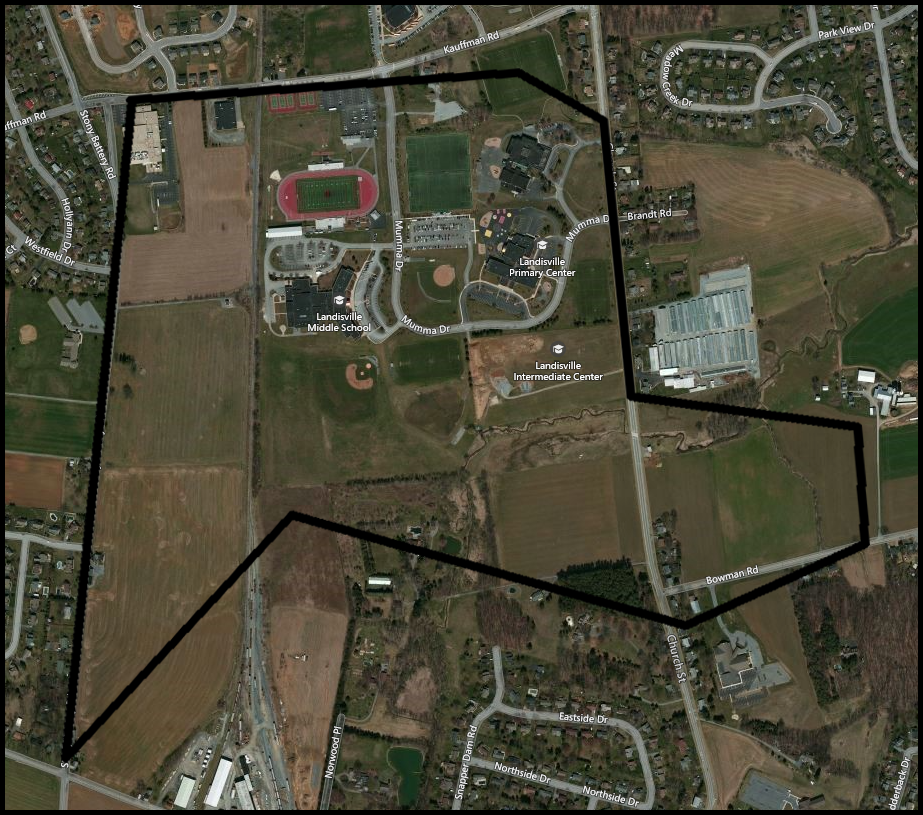
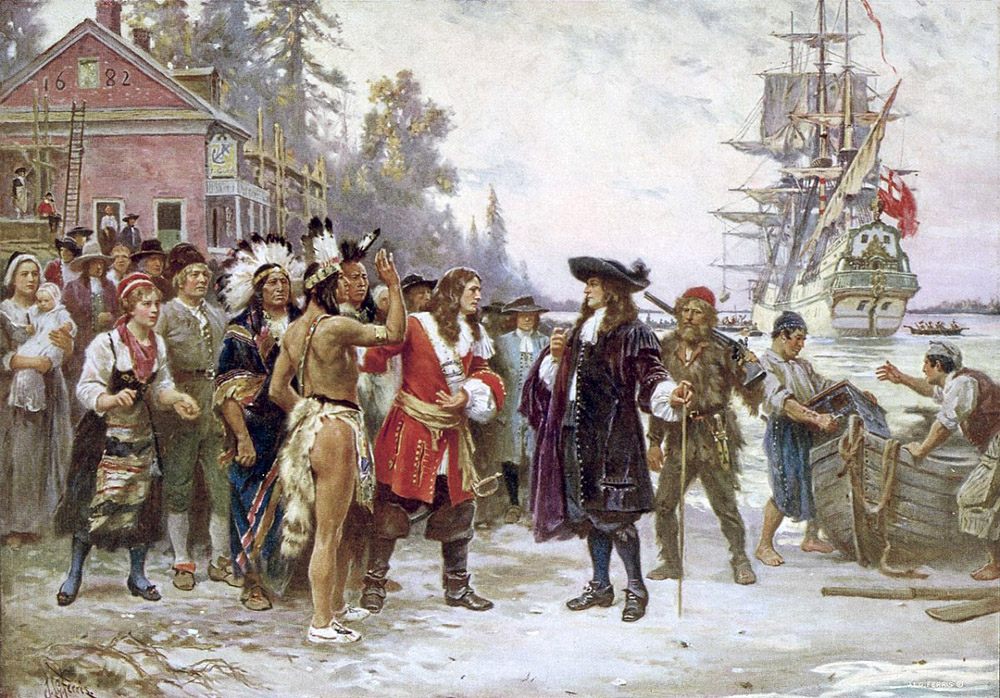

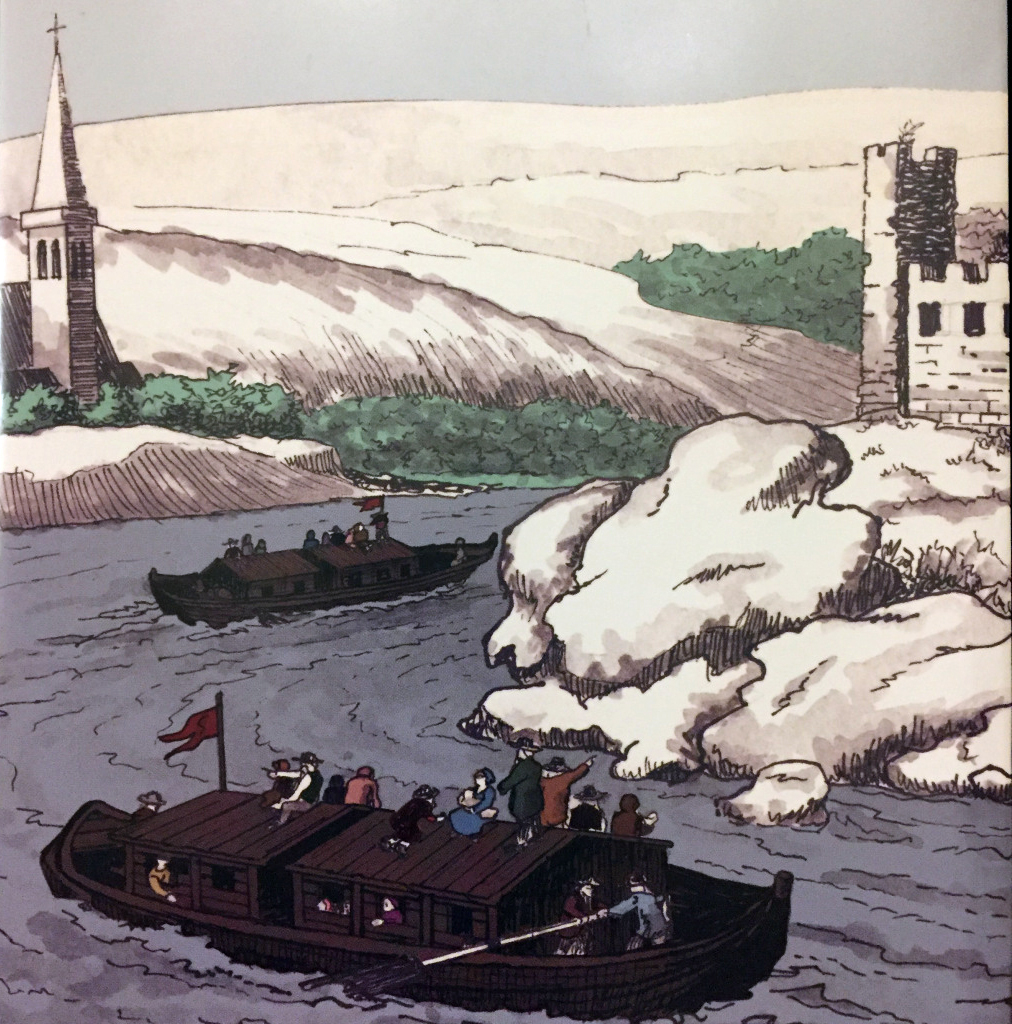
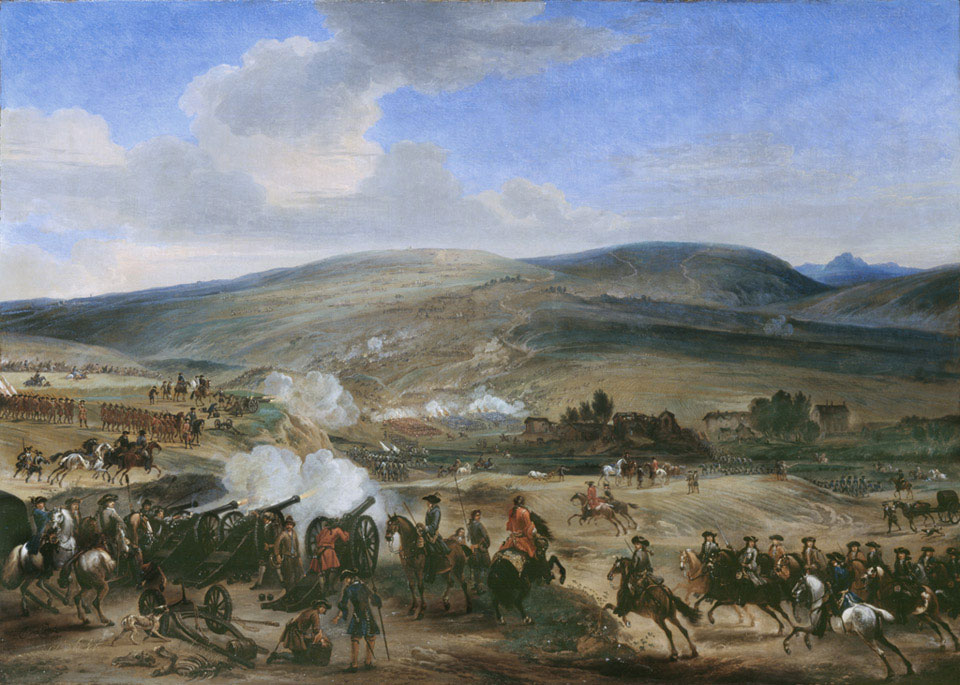
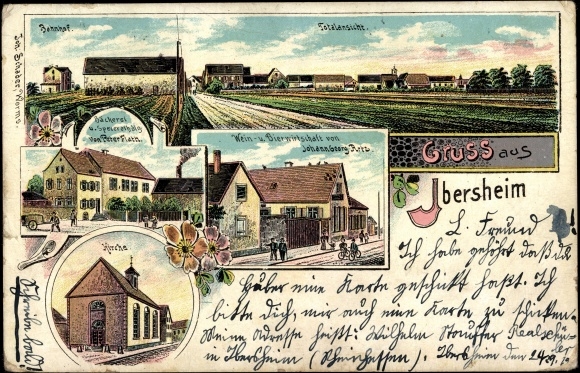
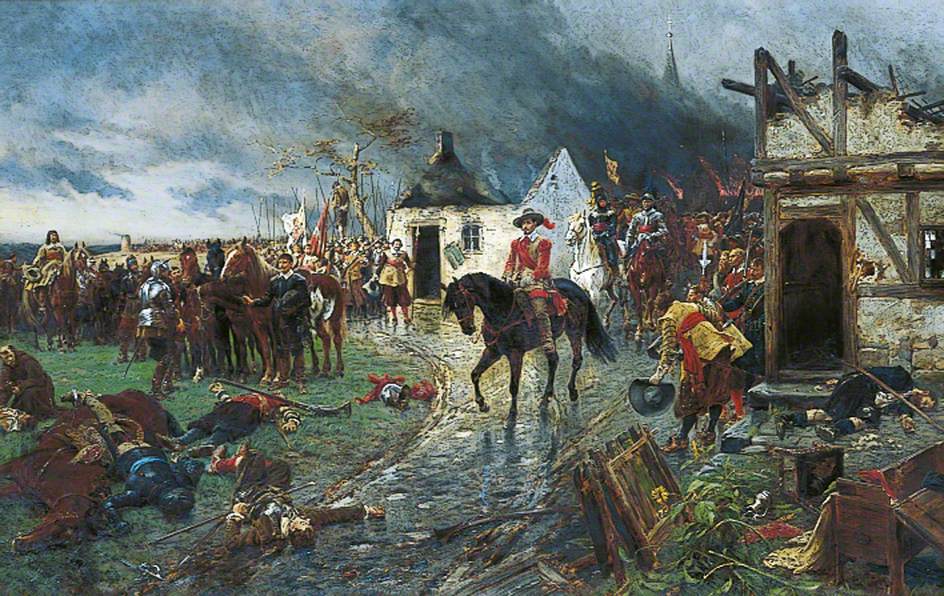
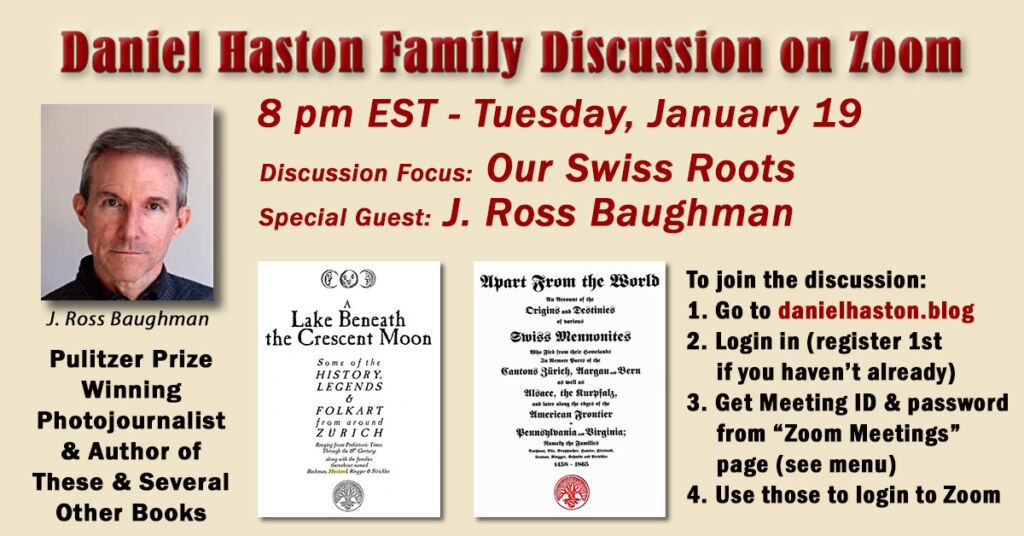
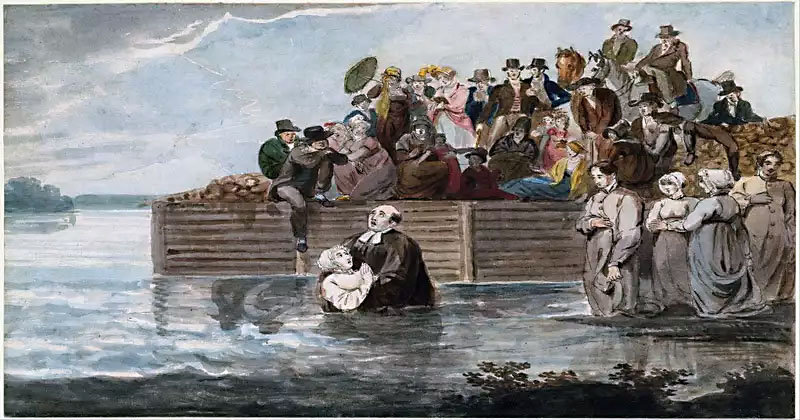


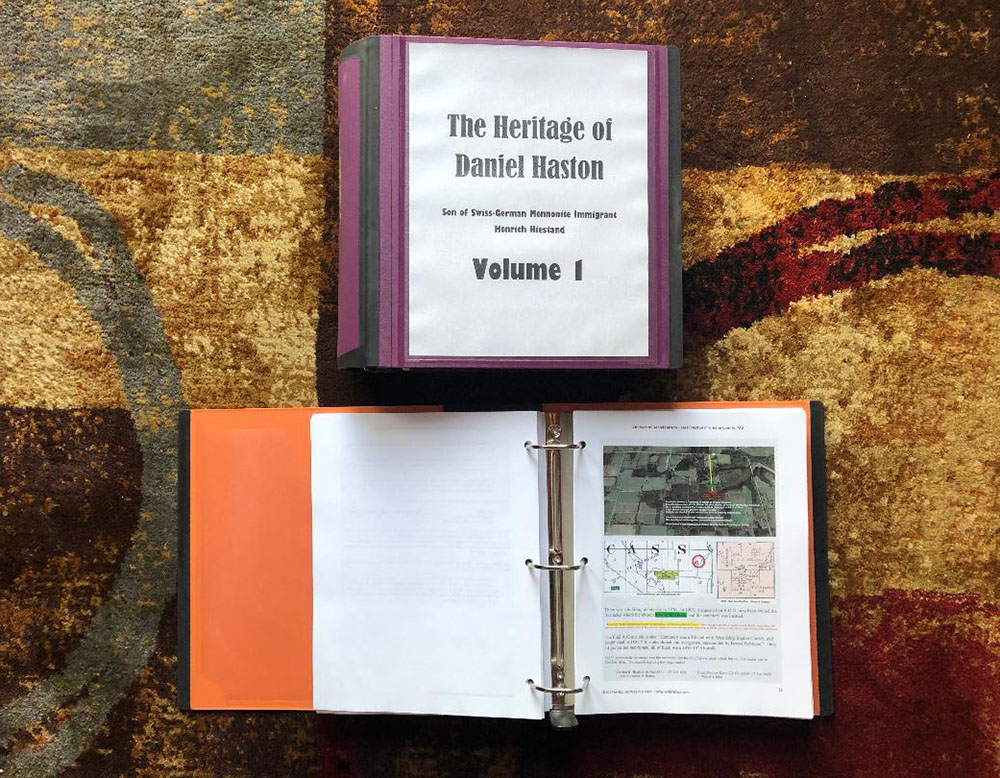

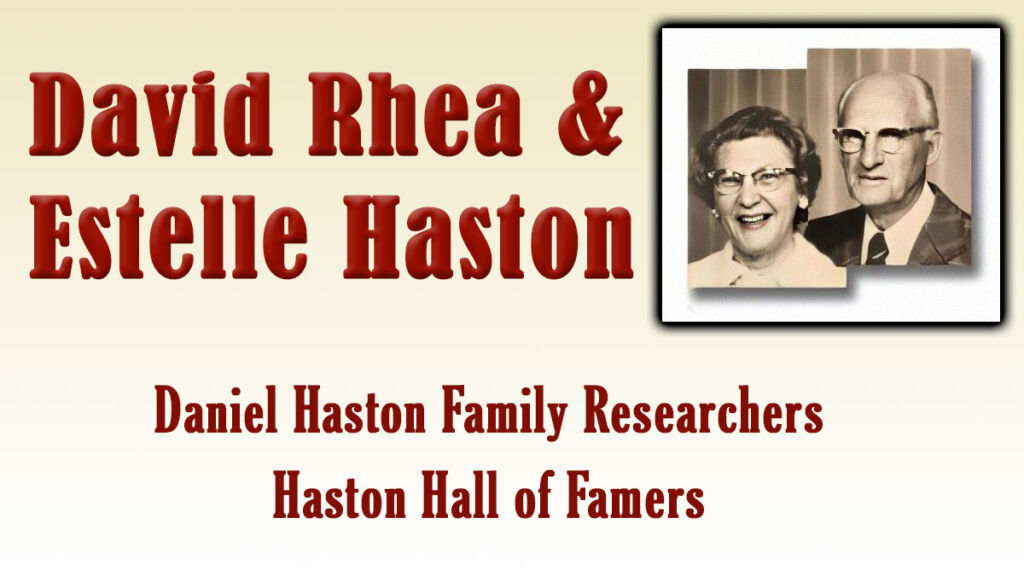
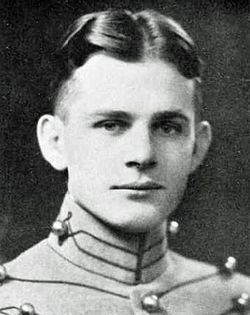
If you appreciated this article, please share it with others who might also enjoy it.
This blog began on January 1, 2001. Some of the main topics included in the blog focus on the history of the Daniel Haston family, going all the way back to the Hiestands of Zürich Switzerland, as early as the 15th century, honoring earlier Haston family researchers and other notable Hastons, announcing events of significance to members of the Daniel Haston Family and related families, as well as other related topics.

Zoom – Wayne’s Haston Reunion Presentation
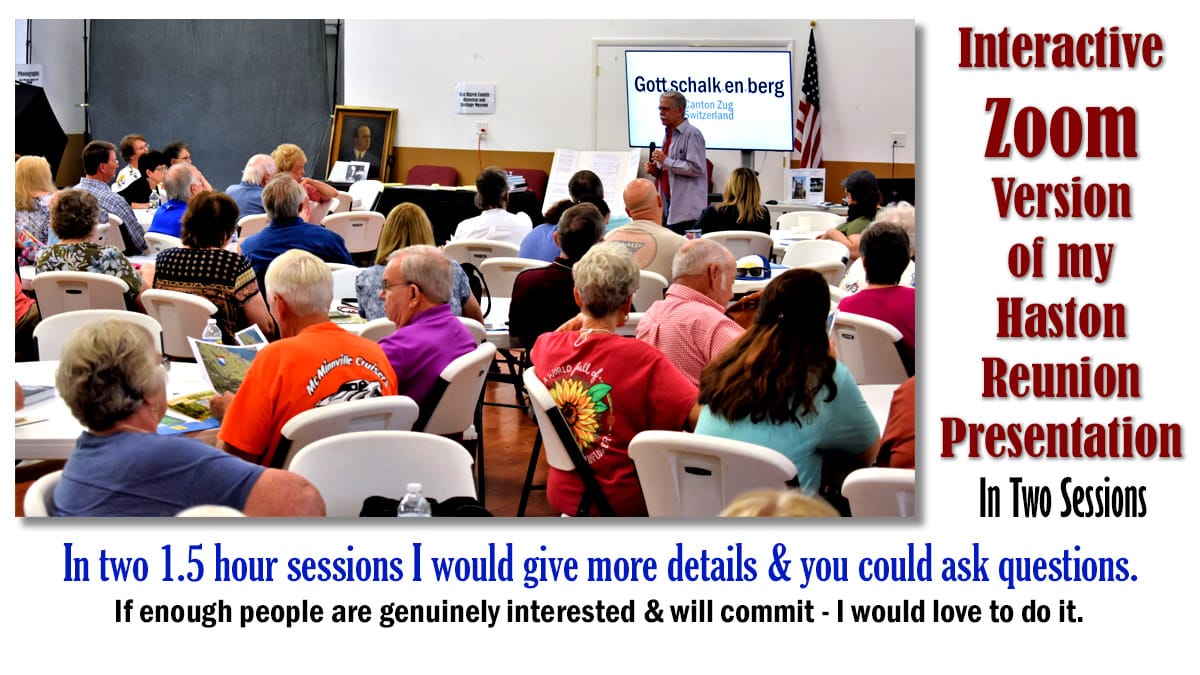
Are You Interested in a Two-Part Series of Zoom Presentations
in Which I Would Give the Haston History Presentation I Gave in the Recent Haston Reunion?

Please Share This Page with Others who Might be Interested in the Presentation.

6 – Theories about the Shotgun Death of Vollie Belle Haston
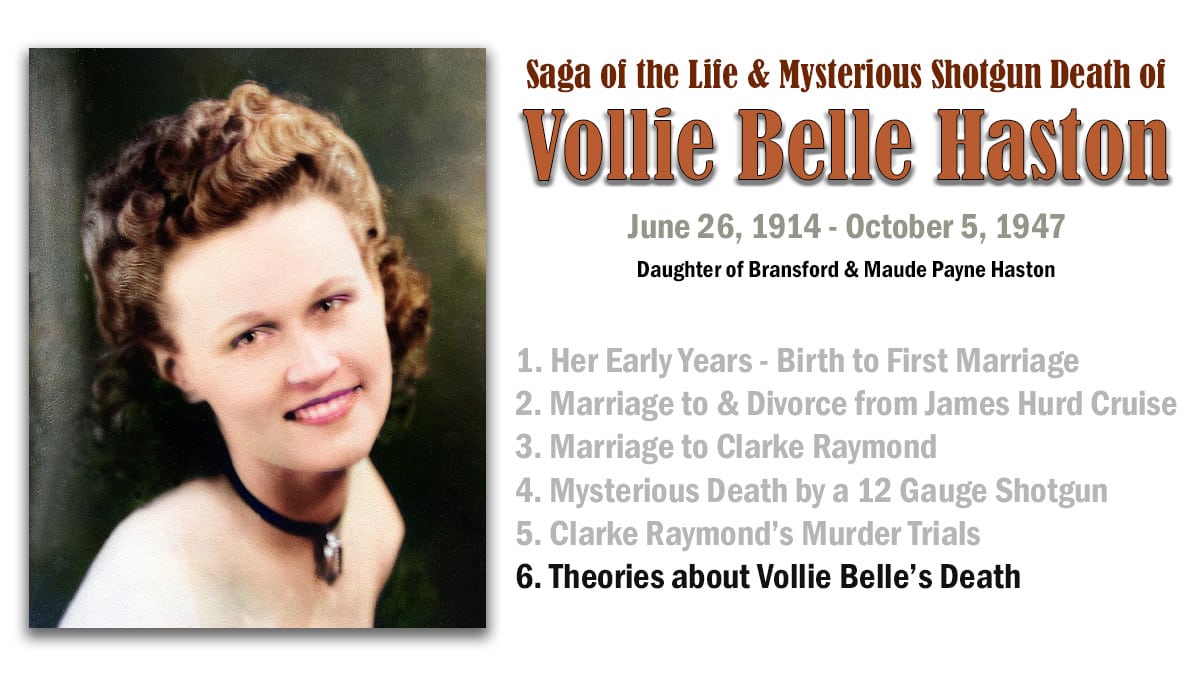
Theories about the Shotgun Death of Vollie Belle Haston

Co-Authors: Becky Hitchcock Harris and Wayne Haston
I have learned that there is a lot of information “out there” (be it factual or inaccurate lore) about Vollie Belle Haston’s life and tragic death. I’d love to hear anything you have heard or know about Vollie Belle’s life or her death. WayneH37@aol.com
Theories as to Who Killed Vollie Belle and Why
Here we are 70+ years later and no one knows for sure who pulled the trigger, pumped that Winchester Model 97 12 gauge shotgun, and pulled the trigger a second time. All we are left with is theories. And when people are left with only theories, imaginations tend to run wild.
Dr. T.F. (Titus Floyd) Page's Theory
The medical doctor who examined Vollie Belle’s body filled out the information on her death certificate. He was careful to not speculate as to the specific cause of her death except to say “Shot to death by someone not known at this time.” However, with three options (Accident, Suicide, or Homicide) in the “If Death was Due tp External Causes (Specify)” section, he wrote “Homicide.” So, he did not believe she intentionally killed herself or did it accidentally. From what he saw in her body and at the crime scene, the doctor believed she was murdered.
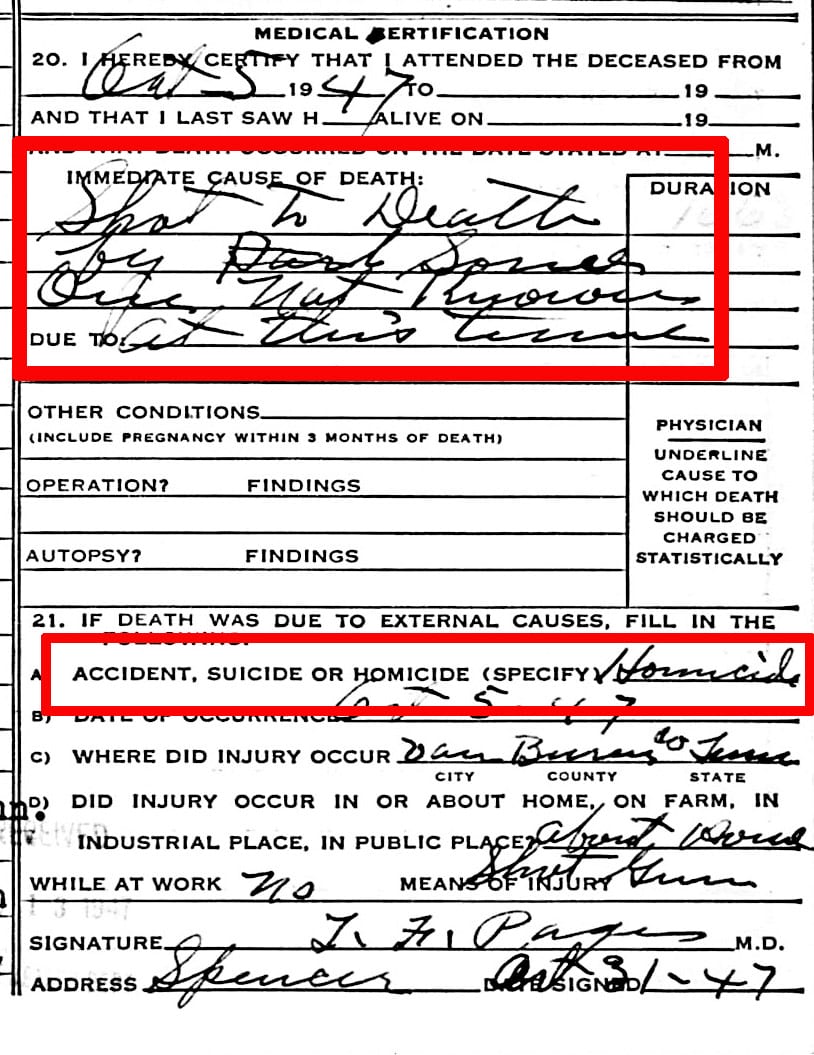
The Theory of the Coroner's Jury of Inquest
At the scene of Vollie Belle’s death, a jury of inquest was formed. Apparently, the jury concluded, from the evidence they saw, that Clarke Raymond (Vollie Belle’s husband) killed his wife. After consulting with Clarke and among themselves, the report the jury of inquest gave to the sheriff led immediately to Clarke’s arrest.
The Theory of the Prosecuting Attorneys
A criminal case usually gets started with a police arrest report. The prosecutor then decides what criminal charges to file, if any. Some cases go to a preliminary hearing, where a judge decides if there is enough evidence to proceed. Cases can also start when a grand jury issues a criminal indictment. Source
Clarke Raymond was charged with first degree murder, the most serious charge the prosecution could bring. So the prosecution believed that Clarke killed his wife and that it was a willful, deliberate, intentional, and malicious act, with cool purpose. A first degree murder charge requires enough strong evidence that the jury unanimously concludes that the defendant is guilty beyond a reasonable doubt. The prosecution probably thought they had the “home field advantage” on their side–Vollie Belle was a popular local girl and Clarke Raymond was essentially a stranger from far away Montana.
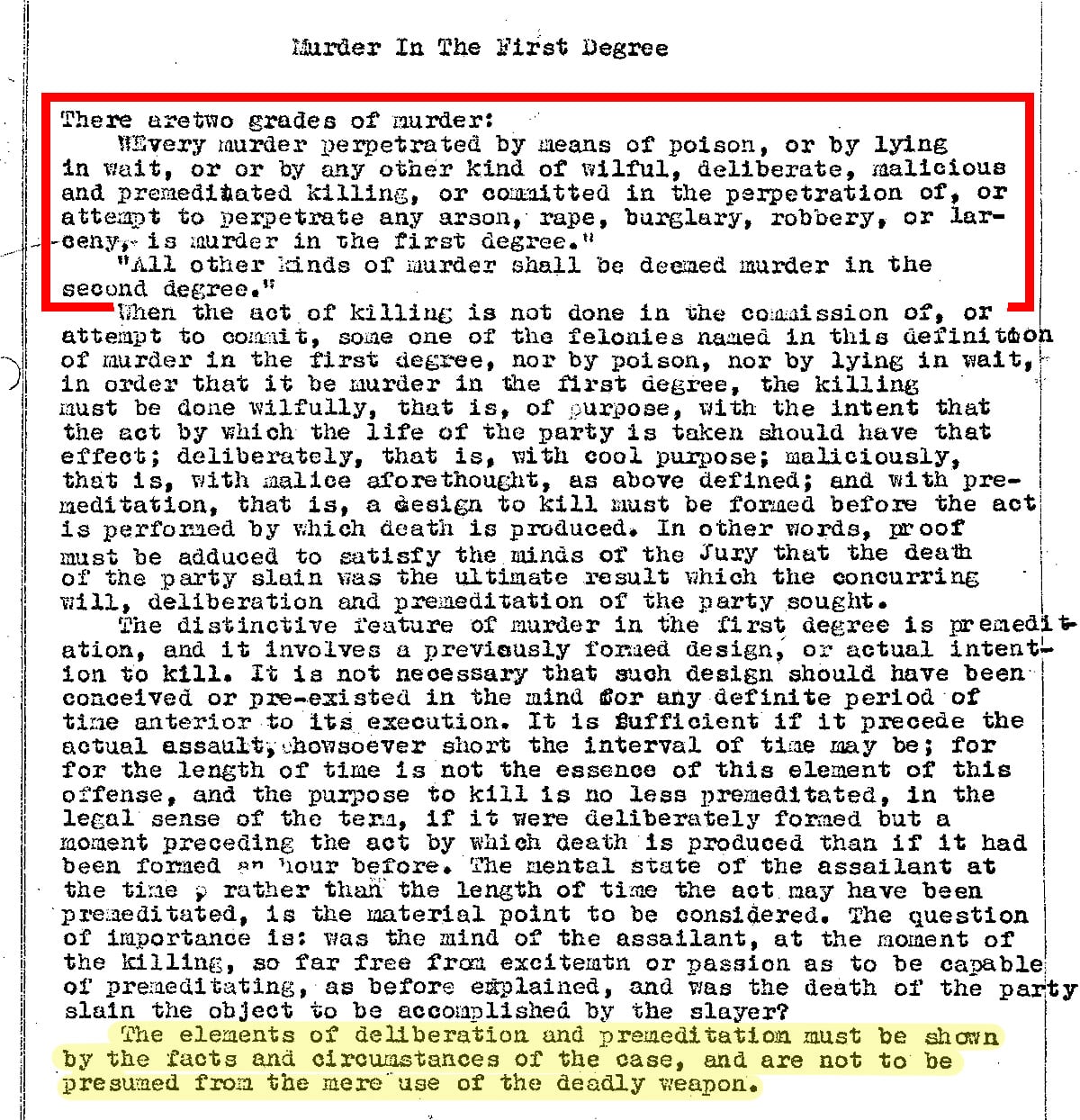
The Theory (or Theories) of the Defense Attorneys
The defense attorneys probably knew the truth of what happened. It wasn’t their job to prove any theory of what happened, but simply to disprove the evidence brought by the prosecution. To present alternative theories that would cause the jury to at least have reasonable doubts regarding Clarke’s guilt. They would have liked to have proven that it was an accident–that Vollie Belle accidentally killed herself. But the two blasts from a pump shotgun made it impossible to convince the jury that Vollie Belle accidentally killed herself. And, even Clarke essentially ruled out suicide.
So the defense’s strongest argument was maybe (just maybe) someone else killed Vollie Belle, even though there were no witnesses or physical evidence of another person in or around the scene of her death.
But, again, the defense did not have to prove anything. They just had to sow some seeds of doubt with regard to Clarke’s guilt in the minds of some members of the jury.
Some Theories that Have Been Proposed
Many people have tackled these “who? and why?” questions ever since Vollie Belle was killed. Here are some of the theories that have emerged.
"Clarke Raymond killed his wife in order to collect the $1,000 from her insurance policy."
Vollie Belle’s father, Bransford Haston, had taken a Woodman of the World insurance policy out on Vollie Belle and originally made her mother the beneficiary. But after Vollie Belle married Clarke Raymond, the beneficiary was changed to Clarke. The prosecution raised some questions about that policy, but did not probe in depth on this issue, probably realizing that the insurance policy was not the motive behind Vollie Belle’s death.
Note: I contacted the Woodman of the World Insurance Company to try to learn who received the $1,000, but was told they could not release that information to me.
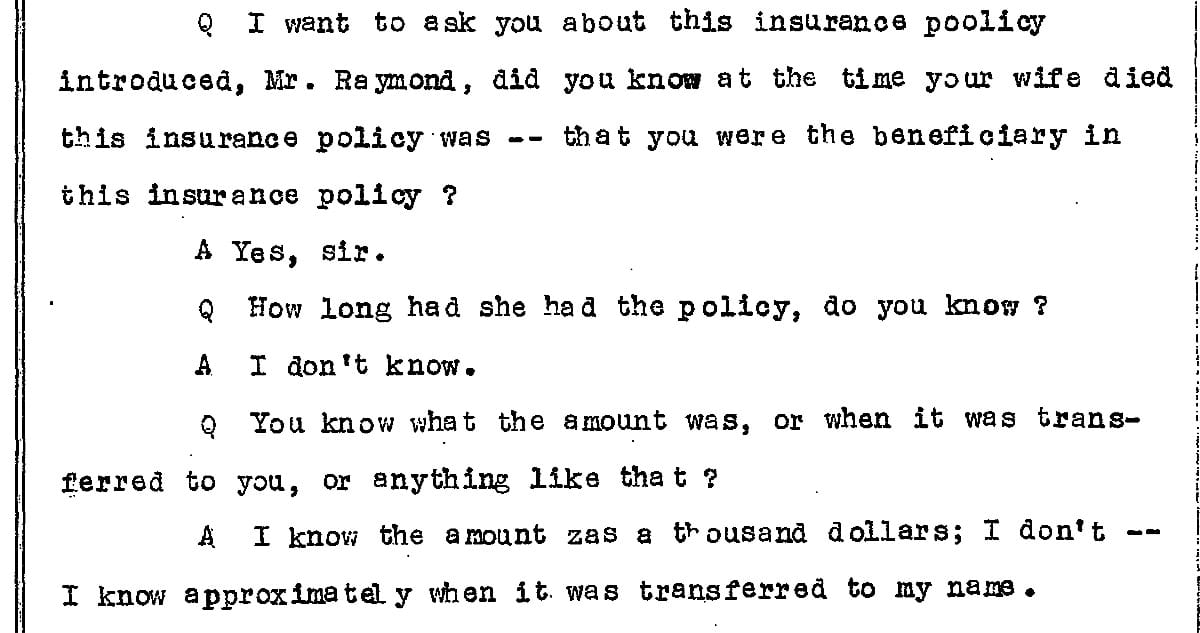
"Escapees from the 'State Farm' correctional facility about 20 miles east-southeast of the crime scene may have murdered Vollie Belle."
Three years earlier, an escapee from that correctional facility had murdered the wife and daughter of the superintendent of the facility. That event was doubtless still on the minds of the local folks, including jury members. Knowing that, the defense attorneys injected the possibility of a similar kind of incident to reflect guilt away from Clarke. But there were no tracks in the area other than those of Clarke and possibly Vollie Belle. And there had been a rain shower earlier that morning, making it difficult for someone other than Clarke to have gotten into and out of the crime scene without leaving tracks in bare spots around the house.
"There was some significant conflict in their marriage that ended up in a fight that resulted in Vollie Belle's death."
Clarke and Vollie Belle were supposedly deeply in love and were not experiencing any conflicts that were visible to her family and their friends. But there may have been some serious disagreements that were seething under the surface of their marriage.
Although there is no clear indication of it anywhere in the trials, perhaps Clarke was carrying on an affair with someone–maybe someone in the neighborhood, while Vollie Belle was working in Spencer.
The local Sparta Expositor newspaper mentioned a disagreement that possibly the couple was privately quarreling over. But there was no mention of this in the trial transcript. Apparently, the prosecution had investigated this possible conflict and had determined that it was not an issue worth bringing up in the trial.
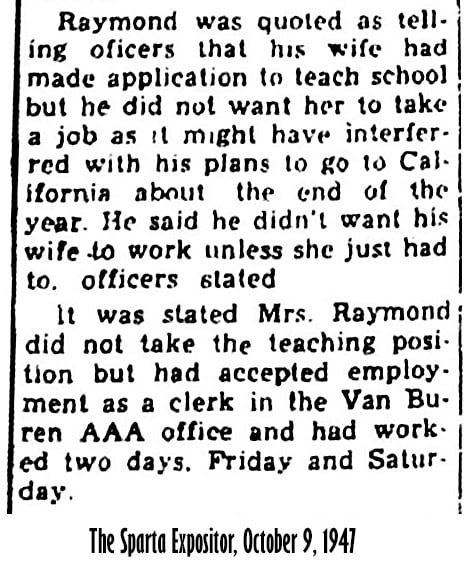
Theory A: A sinister issue had arisen in Vollie’s and Clarke’s marriage. Clarke became curious about what was written in the diary; he ripped it open; read what Vollie Belle had written about him, and it made him very angry. In anger, he tore out all the pages that mentioned his name; confronted Vollie Belle about what she had written in the diary, and proceeded to storm out the door, take the diary pages out to the toilet and throw them into the pit. The confrontation made Vollie Belle angry enough to come after Clarke with the shotgun (which already had a shell in the chamber). There was a fight over the shotgun–that resulted in two buttons being torn from Vollie’s housecoat–and the gun was somehow discharged during the fight. The first shot tore some skin from Vollie Belle’s right wrist and hit her under the left arm, blasting away part of her bicep muscle. The pellets were deflected such that they hit the house in a scattered pattern. Being in a state of rage, Clarke worked the shotgun mechanism to eject the spent shell and chamber another one. He then–in that state of rage–shot Vollie Belle in the side at point blank range. And, in the span of three minutes, he carried Vollie Belle’s body inside the house, placed her on the bed, and ran over and told Perry Smith that Vollie Belle had shot herself. (Arguably second-degree murder. …. or, at the least, manslaughter?)
Theory B: A sinister issue had arisen in Vollie’s and Clarke’s marriage. Clarke became curious about what was written in the diary; he ripped it open; read what Vollie Belle had written about him, and learned that she had information that could not only ruin his life but that of someone else, …and that she was planning to reveal all of it. He reasoned that he had to get rid of the diary and that he had to silence Vollie Belle, …and make it explainable as an accident. So, he tore the pages out of the diary, stuck them in his pocket, and placed what was left of the diary back where he found it–for time being. And, without saying anything to Vollie Belle about the diary on October 5, 1947, he said, “I think I am going to see if I can get a shot at that hawk that we have been seeing.” Then, taking the shotgun with him, he goes out to the toilet, disposes of the diary pages, and crouches behind the grapevines near the garden gate to await Vollie Belle. In order to make his planned explanation believable, he would need to get an upward shot at her from close range. In a few minutes Vollie Belle, not suspecting that anything is amiss, comes out the back door, heading toward the toilet. As she takes a couple of steps toward the garden gate she sees the muzzle of a shotgun protruding through the grapevines and hears the click of the hammer being cocked. She quickly raises her right arm to a defensive position and starts to turn and run, just as the first shot is fired. Vollie Belle is badly wounded by the first shot, but still alive, and lying on the ground. The spray of shotgun pellets had hit the well pulley, the house weatherboarding, and the window. (The plan to make it explainable as an accident has just been botched, and now there is another reason that Vollie Belle has to be silenced: She can tell the world that Clarke intentionally shot her. So, Clarke Raymond calmly walks through the garden gate, works the pump shotgun mechanism, throws the spent shell over toward the porch step, and takes the second shot. Then he places the body on a sheet–ripping off a couple of her housecoat buttons in the process–, carries Vollie Belle into the house, and places her on the bed. Then, in a frantic state of mind, he goes with his originally planned explanation, ….possibly having mentally erased the fact that he had fired two shots in rapid succession. He runs over across the field and tells Perry Smith that Vollie has shot herself. Then, he runs back to the house. And he suddenly remembers that diary. In the fifteen-minute (or so) window of time, before neighbors begin arriving, Clarke stuffs the diary and the bloody sheet -that he used to carry the body into the house into a lard can and hides it in the smokehouse. And it never got entered into evidence, until now. (First-degree murder ….or the act of a mentally deranged person?)
My (Wayne's) Theory
The clues to who killed Vollie Belle and why it happened are right there in the court transcript!!!
How did I miss these clues? Before working on this final article in the six-part series on the Saga of Vollie Belle Haston’s Life and Tragic Death, I went back and carefully reread the entire trial transcript of the second circuit court trial–the April 1948 trial that was held in Spencer. This was the main document that was submitted to and reviewed by the Tennessee Supreme Court.
How did I not see these clues when I first read the transcript? And what’s worse is – How did the prosecuting attorneys and the Tennessee Supreme Court miss these clues? And how did Circuit Court Judge Smartt miss these clues and narrow the jury’s options to only two decisions?
Here’s why we all missed seeing these clues: The defense seems to have known that some of the witnesses were trying to surface these clues, but the defense attorneys manipulated the testimonies of witnesses to suppress any additional revelation of these clues.
The newfound awareness of these clues caused me to do some research into the what-I-think-is-probable reason for Vollie Belle’s death. The probable cause is simple, but to explain it clearly enough for you to understand the full force of the issue, I’ve created the following document that you really need to read:
Or View It Below

Use your mouse to scroll down or up the document.
[pdf-embedder url=”https://danielhaston.blog/wp-content/uploads/2022/09/Clarke-Raymond-PTSD-Killing-Vollie-Belle-in-Episode-Theory.pdf” title=”Clarke Raymond – PTSD Killing Vollie Belle in Episode Theory”]

Results from the "Who Killed Vollie Belle?" Poll in the 4th Article
22 votes: 54.5% Thought Clarke Intentionally Killed Her, 36.4% Thought Clarke Killed Her in a Heated Argument
Intentional and Premeditated = First Degree Murder Unpremeditated in Heat of Argument = Second Degree Murder

Other Theories for the Shotgun Death of Vollie Belle Haston Raymond
If you appreciated this article, please share it with others who might also enjoy it.

5. Vollie Belle Haston – The Murder Trials
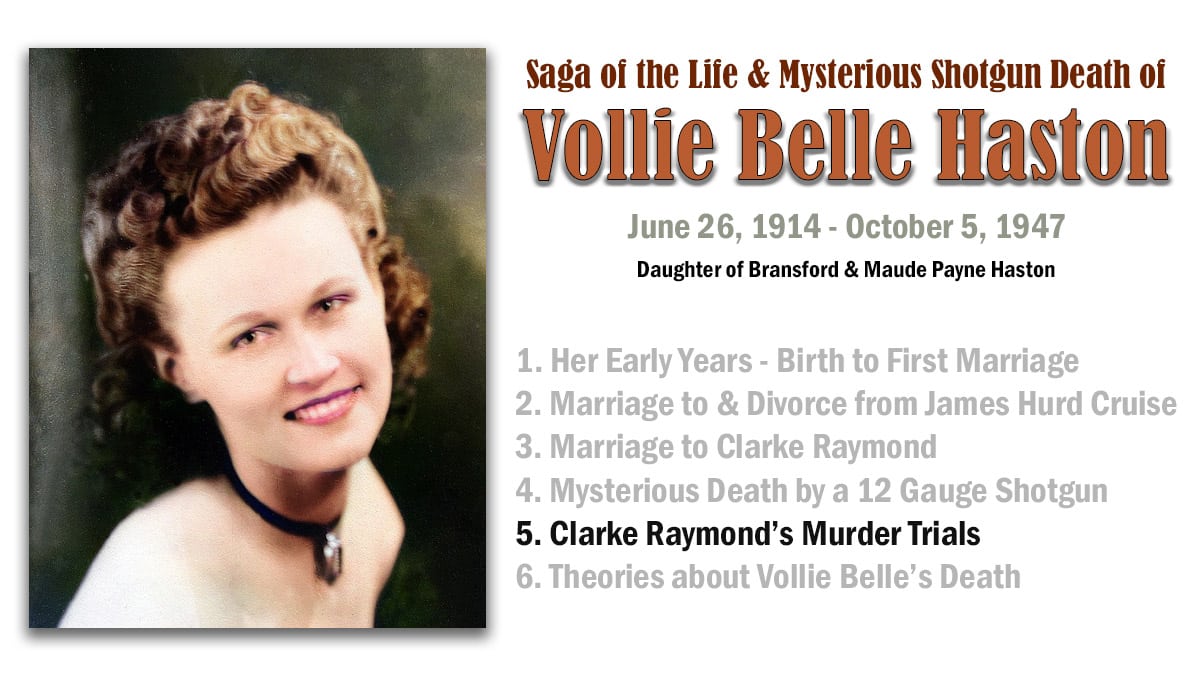
Vollie Belle Haston - The Murder Trials

Co-Authors: Becky Hitchcock Harris and Wayne Haston
I have learned that there is a lot of information “out there” (be it factual or inaccurate lore) about Vollie Belle Haston’s life and tragic death. I’d love to hear anything you have heard or know about Vollie Belle’s life or her death. WayneH37@aol.com
Oldtimers in and from Van Buren County still talk about the murder trials of 1947 and 1948, in which Clarke Raymond (former Montana resident) was tried for the murder of his wife, Vollie Belle née Haston, a lifelong resident of Van Buren County, Tennessee.
As you saw from the previous article in this series, it was a strange case! People today who look back on the case still “scratch their heads” trying to figure out how Clarke Raymond could claim his wife accidentally shot herself two times with a pump 12 gauge shotgun.
Even though justice generally came more quickly in the 1940s than it does today, it took more than a year to resolve the case.
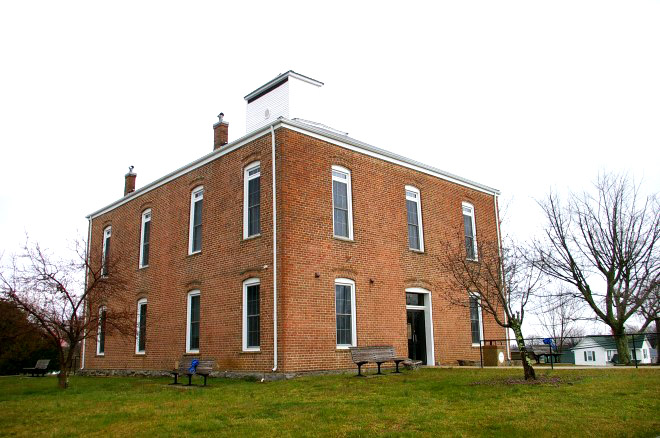
Options of Four Types of Murder Charges
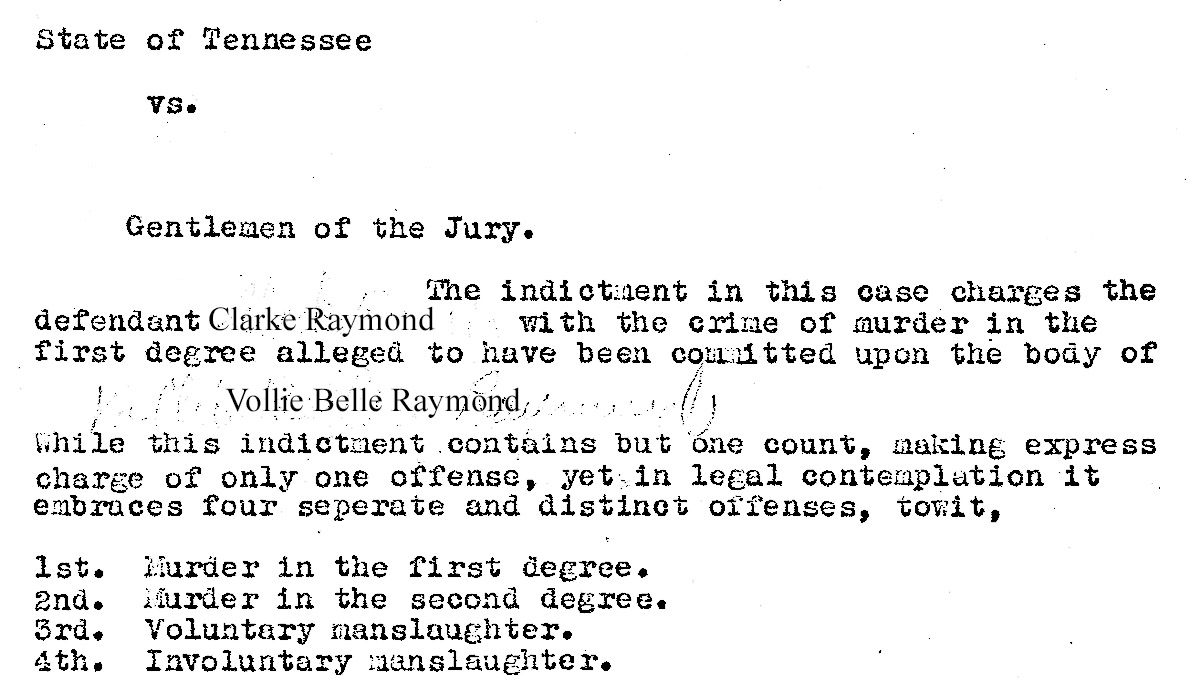
Timeline of Key Events in the Vollie Belle Haston Raymond Murder Trial
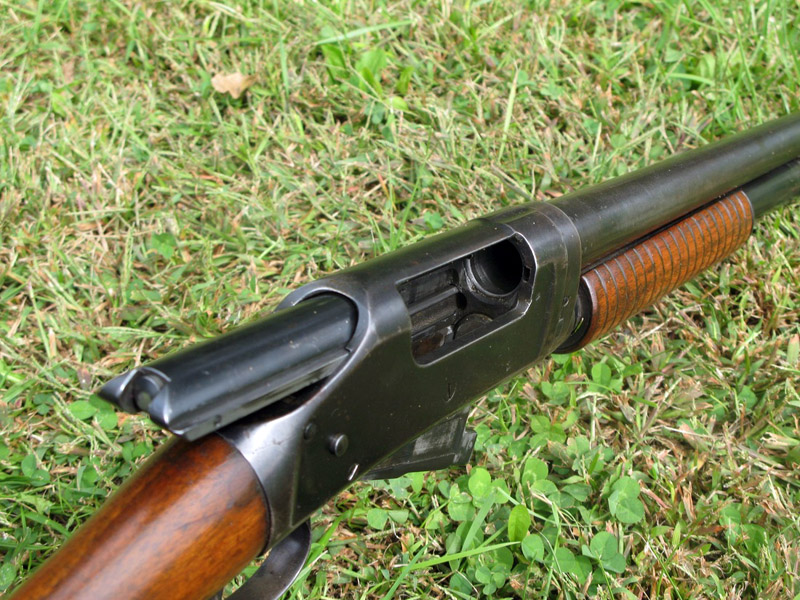
The killing weapon was a Winchester Model 97 (1897) pump-action 12 gauge shotgun. The fact that Vollie Belle was killed with two shots, the second shot fired a few (perhaps four) seconds after the first one, made it difficult for the defendant's attorneys to convince the jury that Vollie Belle accidentally shot herself. Other evidence made it difficult for the defense to argue that someone other than Clarke Raymond fired the shots.
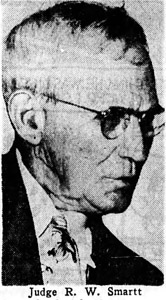
A Grand Jury for the Circuit Court of Van Buren County (7th Judicial District) returned an indictment of first degree murder in the case State of Tennessee v. Clarke Raymond. The Circuit Judge was R.W. Smartt (photo) of McMinnville, TN.
Grand Jury: Clifton Sparkman, Claud Templeton, Brintz Maynard, W.M. Austin, Bill Dodson, John Delong, Frank Rozzell, O.J. Swope, Huston Hillis, Haskel Hitchcock, J.P. Hale, and Lee Miller. The trial was set for November 25, 1947.
The Honorable R.W. Smartt was the judge in this case and all of the other Circuit Court actions.
The defendant was represented by Jim Camp of Sparta, TN, and Lewis S. Pope of Nashville.
The State (prosecution) was represented by Jim Brady, C.D. Lamb, Robert S. Brady, and E.C. Haston (relative of Vollie Belle Haston).
The case began on Tuesday morning, November 25, and continued to the next day. Clarke Raymond pleaded "not guilty."
Jury: Herb Frady, Grover Hennessee, Earl Hillis, Kenneth Slatton, Dalton Delong, Merle Savage, Glenn Deweese, Gene Christian, Albert Deweese, Hollis D. Myers, Winton Hillis, and Floyd Bryant.
Clarke's mother, Mrs. C.C. Raymond of San Diego, CA, his brother, D.D. Raymond, and uncle C.R. Clarke of Minneapolis, MN were with him during the trial.
Raymond's defense was built around the possibility of the murder having been committed by a third person.
After six hours of deliberation, the trial ended in a mistrial because of a hung jury (eight to four in favor of acquittal). A retrial was scheduled for April 27, 1948.
On the day following the end of the first trial, Clarke was released on a $7,500 bond. He was back in Montana on December 6, 1947 and left there on December 9 to visit his mother and sisters in San Diego, California.
Again, R.W. Smartt was the judge. Jury members: Theron Bouldin, John Roberts, Rayburn Hennessee, J.A. Walling, Lee Myers, Buck Binkley, John Snider, Jonah Vanwinkle, George M. Dodson, Raymon Hensley, Clarence Simmons, Willard Bouldin, and Walter Martin.
After deliberating only 50 minutes, the jury found Clarke Raymond guilty of voluntary manslaughter and set his punishment at not more than two years in the Tennessee State Penitentiary.
This was the minimum penalty for voluntary manslaughter. Clarke had 30 days to file for a new trial. He was released on a $7,500 bond until the application for a third trial could be granted.
According to the Sparta Expositor, Clarke Raymond was back "home" in Sheridan, Montana by May 6, 1948.
A motion for a new trial was filed on May 17, 1948. June 1, 1948 was set for the date of a hearing for the defendants attorneys to make their arguments for a new trial.
Clarke Raymond's attorneys presented four grounds for a new trial:
1. That there was no material evidence to sustain the verdict.
2. That the greater weight of evidence preponderates against the verdict and in favor of the defendant.
3. That the court was in error in not allowing the defendant's claim that some highway patrolmen threatened him.
4. That the jury was not followed proper protocol in charging the jury.
After "due consideration" Clarke Raymond's appeal for a net trial was overruled by the Circuit Court. The defendant was ordered to pay the State of Tennessee all of the costs ($126.55) of the case and be confined in the State Penitentiary for a period not to exceed two years and "suffer the pains that are by statue provided."
On the day Clarke Raymond learned that the Van Buren County Circuit Court was rejecting his motion for a new trial in that court, he appealed to the next term of the Tennessee Supreme Court. This appeal was granted and a bail bond of $2,000 was set for his appearance at the next term of the State Supreme Court and for term to term until discharged.
Clarke Raymond, Carrie Raymond Junod, Delilah E. Raymond, Nancy Raymond Johnson, and Mrs. Margie H. Camp (wife of the defendant's attorney) put up the bond money ($2,000).
The $2,000 Bail Bond was filed.
The Tennessee State Supreme Court reviewed the Technical Record and Trial Transcript, including the exhibits accepted in the case and all the court filings (no oral arguments) and concluded:
The State respectfully insists that the judgment of the lower court is without reversible error and should be affirmed.
Based on a technicality - procedural error by Judge Smartt - the guilty sentence was reversed. Officially (legally), Clarke Raymond was not found guilty but the evidence presented in court stands the way as it was presented.
Only one person knew for sure what happened that Sunday morning and he (Clarke Raymond) died in 2001. Was his story the true story? Or, was there a true story that the judge and jury never heard? If so, what was the true story?
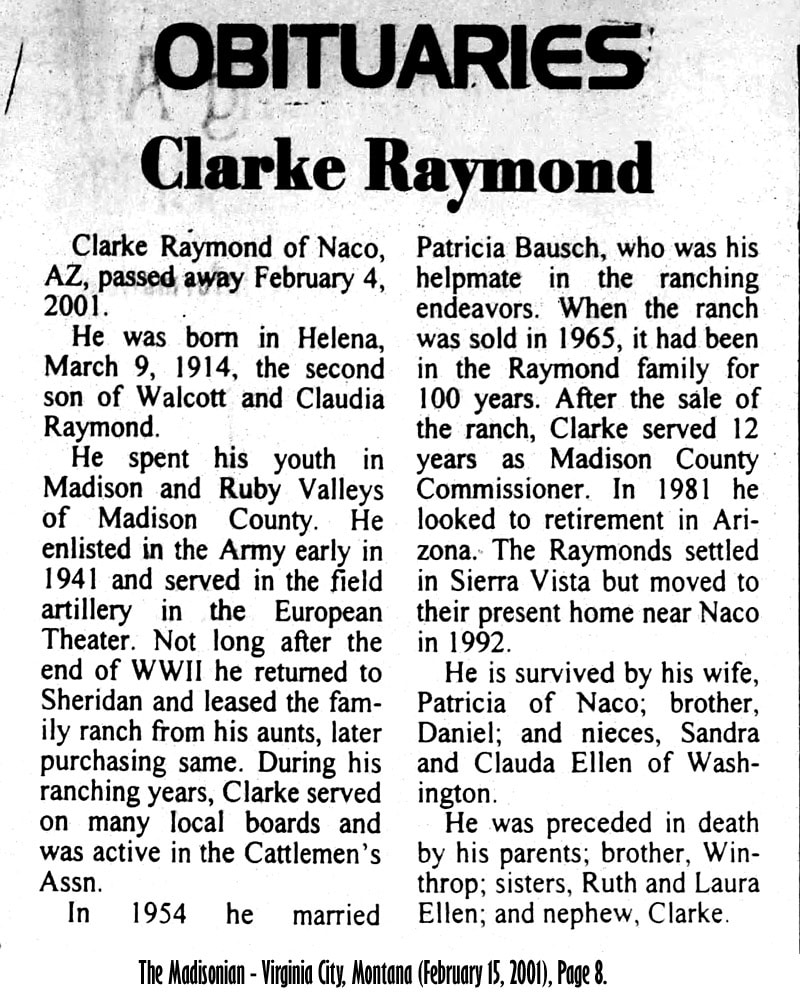
No mention of Vollie Belle Haston Raymond. I wonder how many people back home in Montana ever knew the story of what happened to his first wife.
Supreme Court of Tennessee Reversal of the Clarke Raymond Conviction
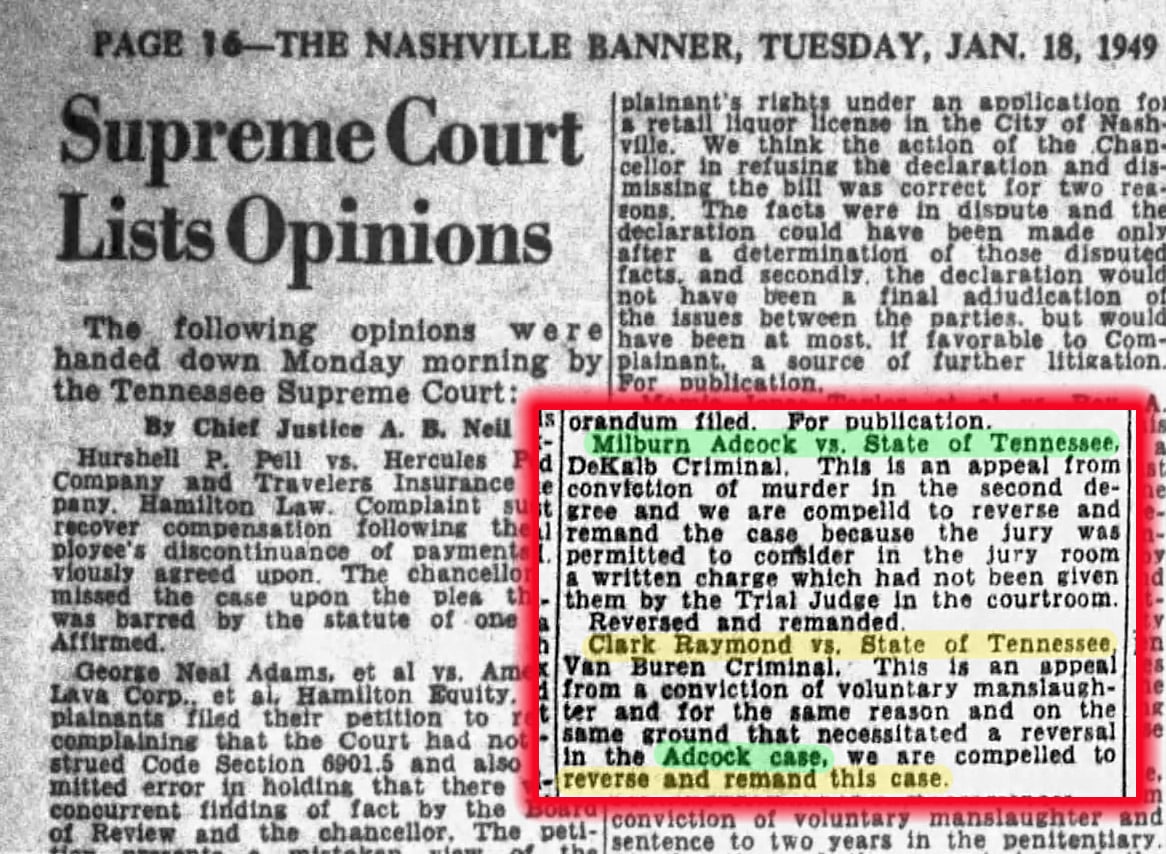
ADCOCK v. STATE, 191 Tenn. 687 (1949)
Opinion filed January 17, 1949 (the day before the reversal of the Clarke Raymond decision)
Note: Judge R.W. Smartt was the judge in this case as well as the Clarke Raymond case. Clarence E. Haston (from McMinnville) was attorney for the plaintiff in error. He was attorney for the state in the Clarke Raymond case. Nat Tipton, Assistant Attorney General who wrote the ruling for the TN Supreme Court in the Clarke Raymond case apparently wrote the Supreme Court’s ruling in this case.
Summary of the Case Sent to the TN Supreme Court
13 Pages

Summary of the 2nd Circuit Court Case
As Presented to the TN State Supreme Court for an Appeal
Click on the Right Arrow to Read the 13 Pages in this Summary
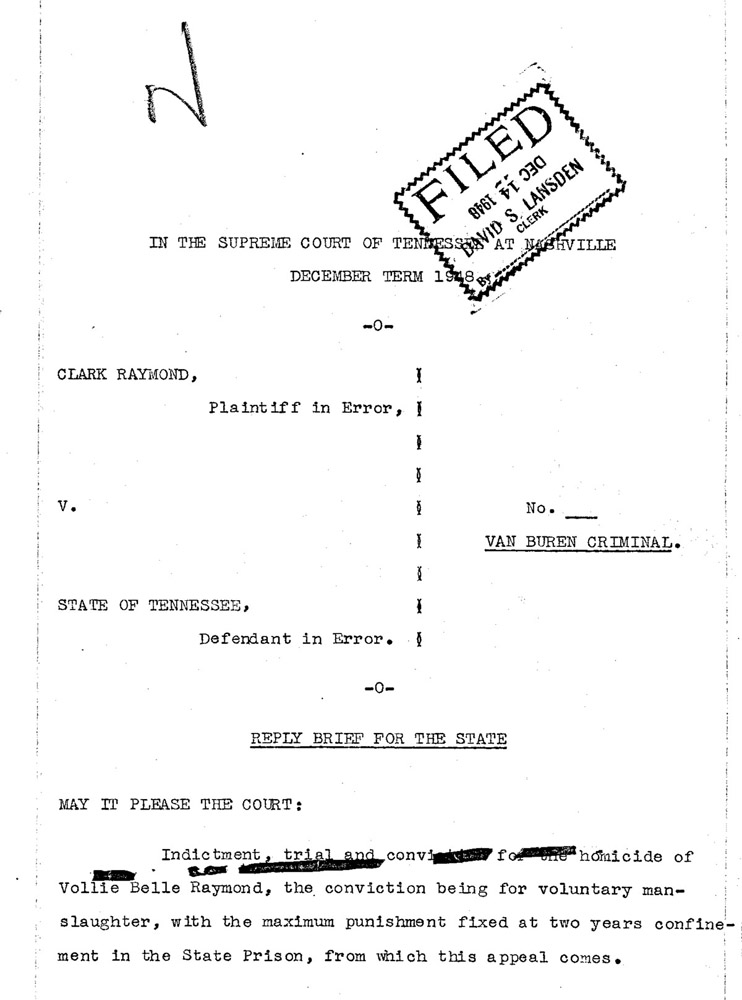
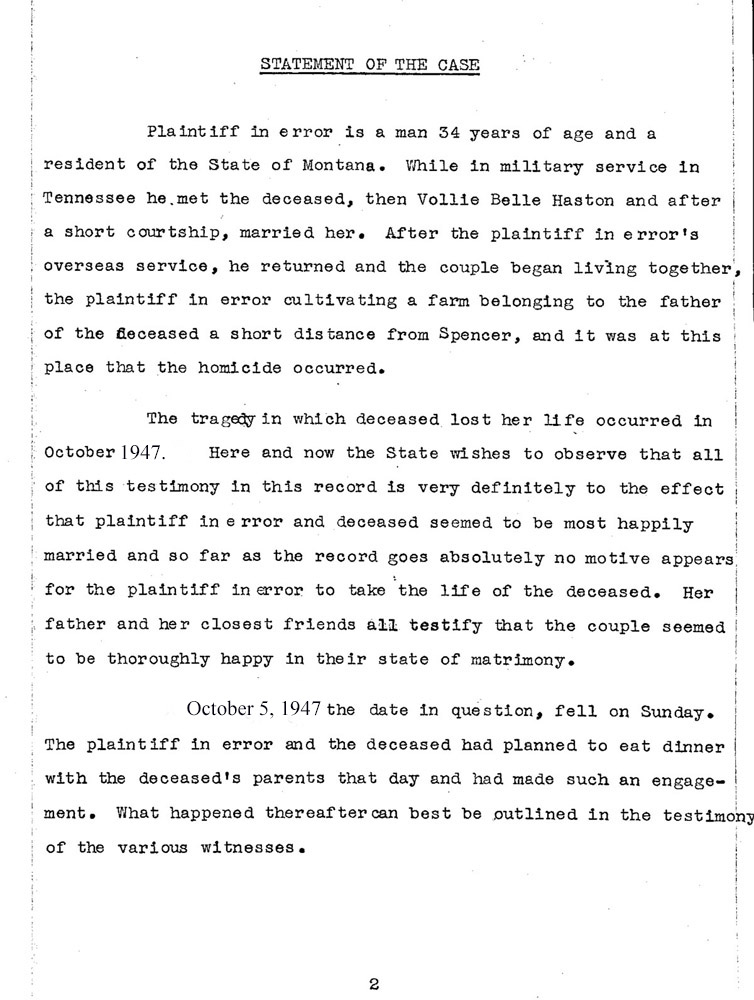
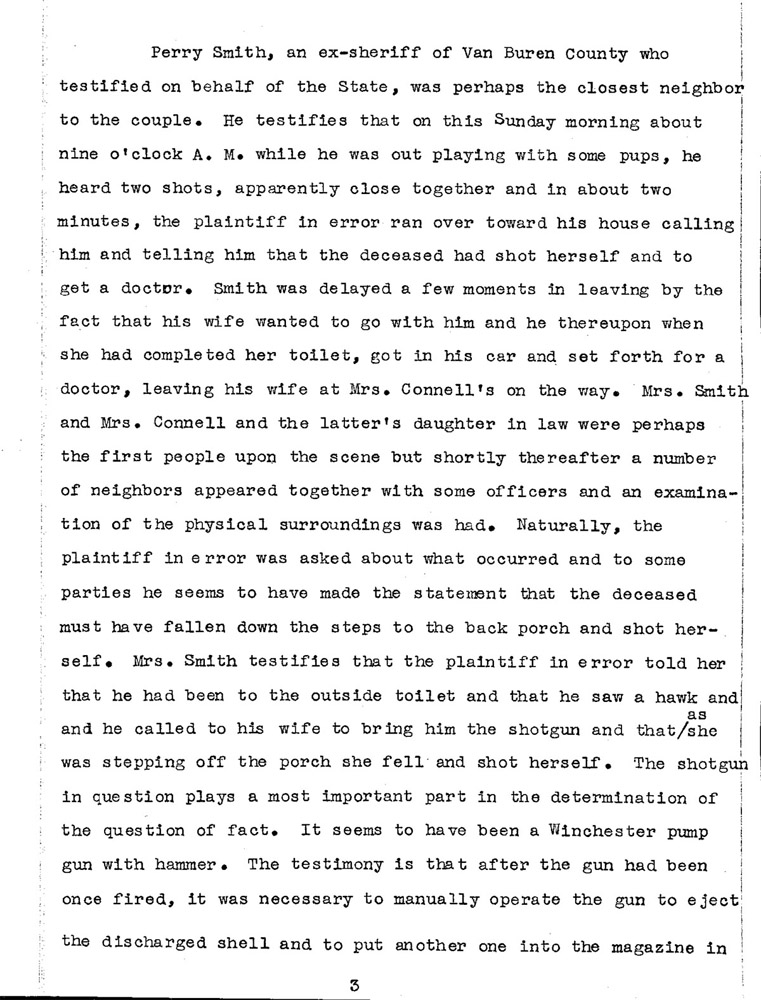
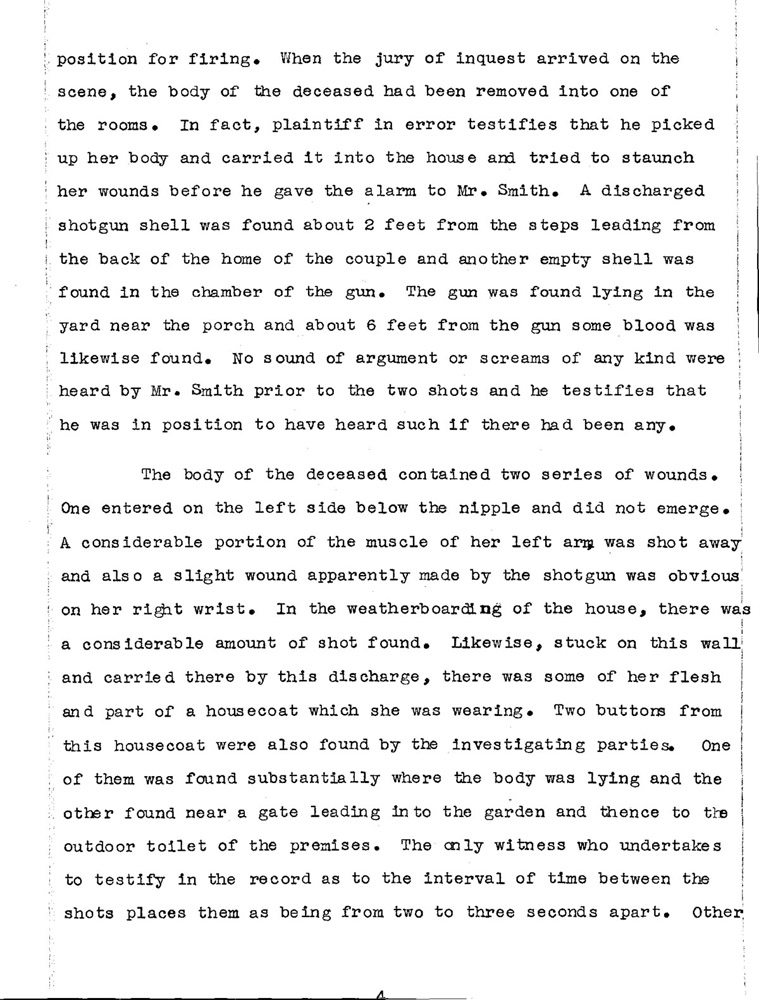


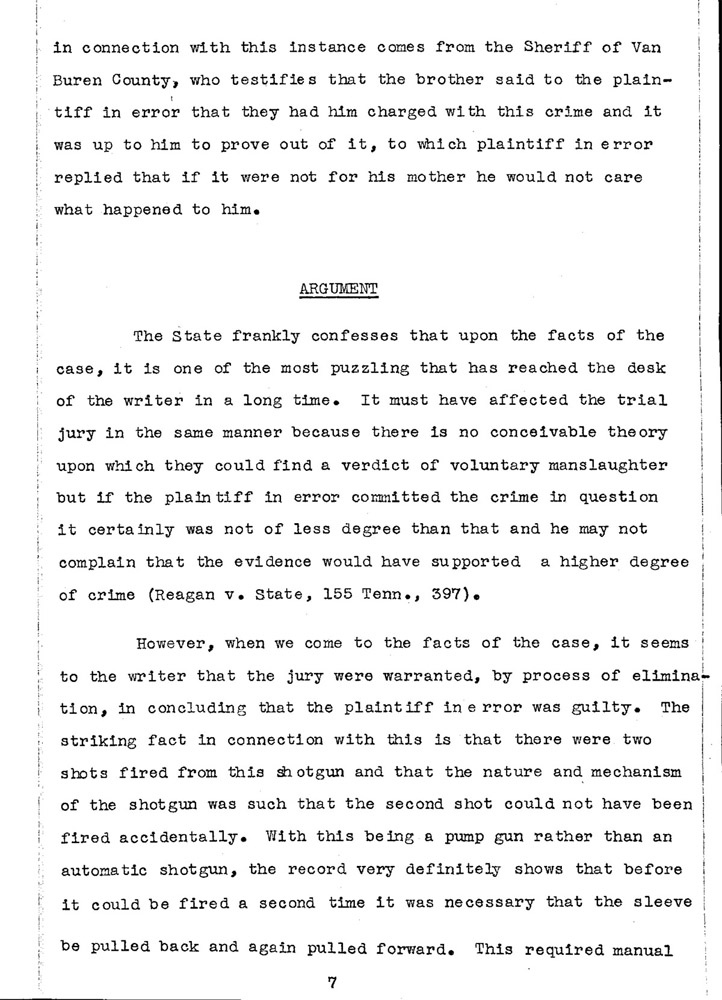
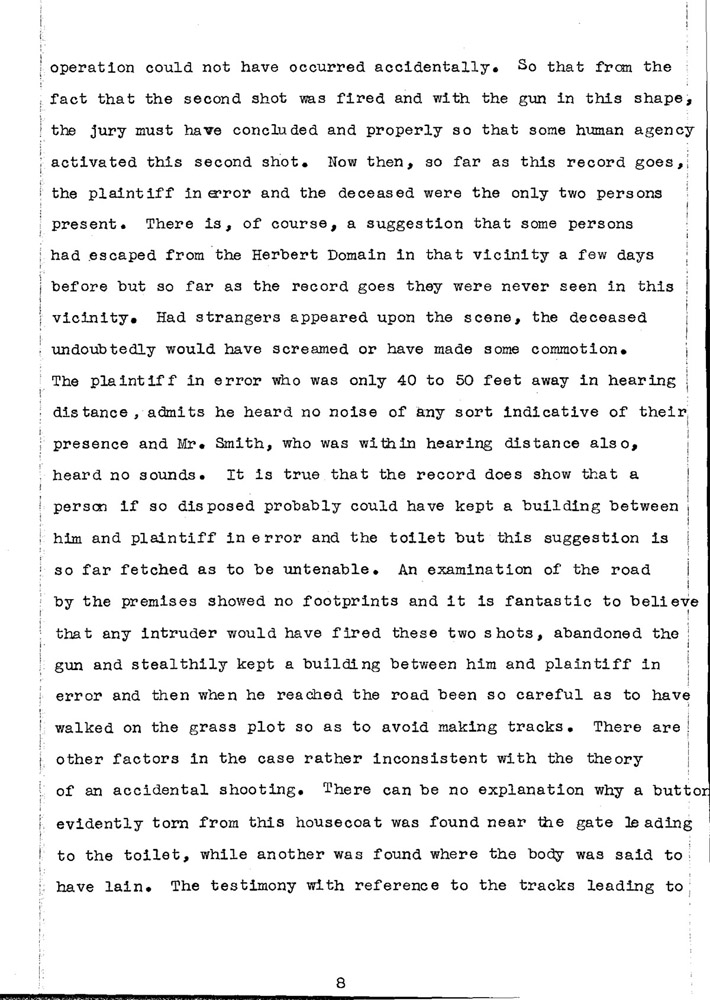


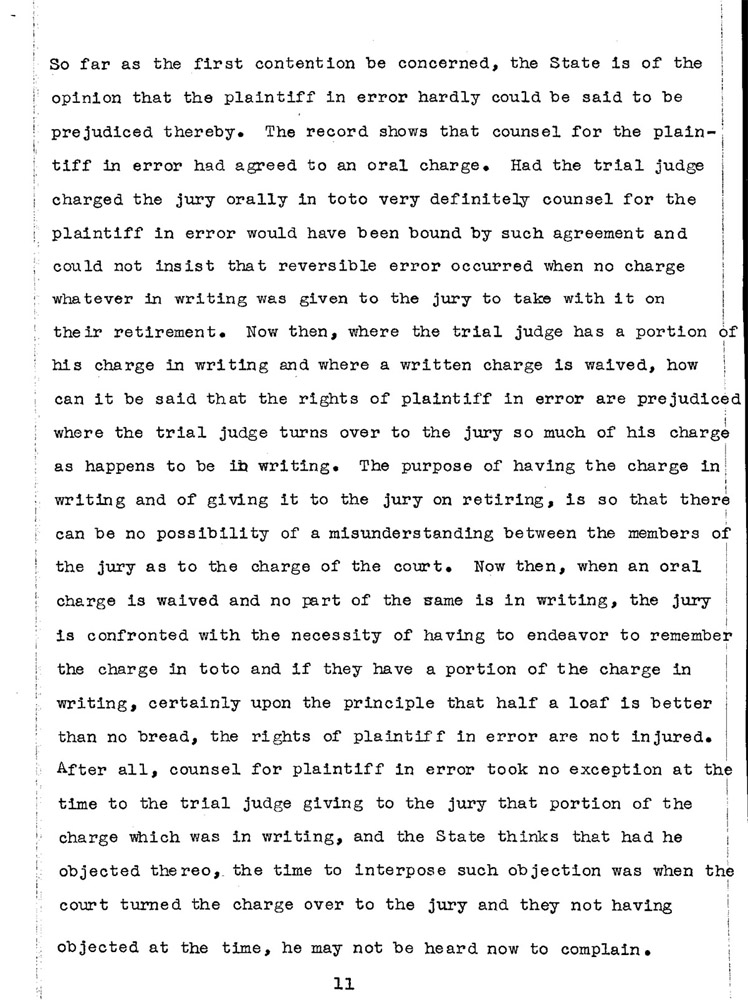
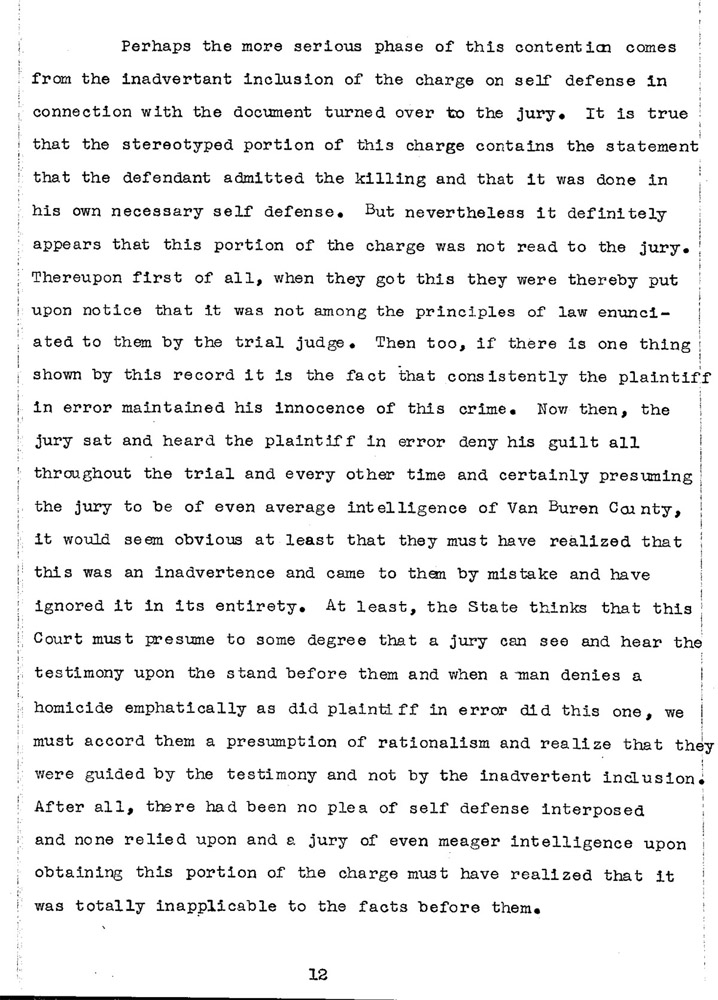
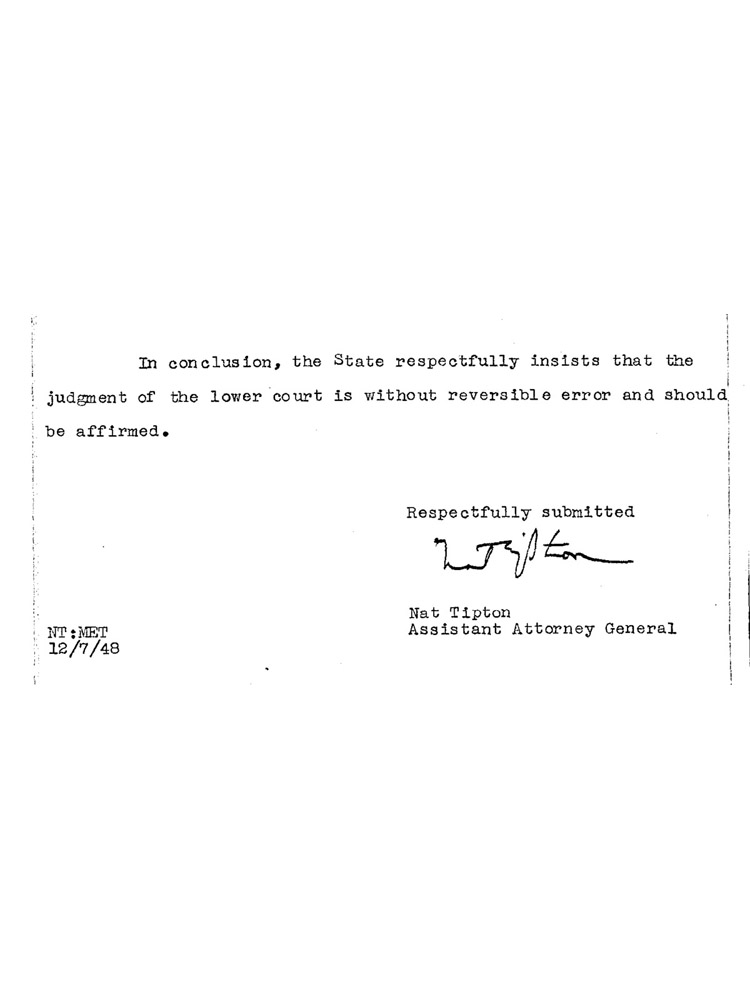
253 Pages – The Case Docket Reviewed by the Tennessee Supreme Court
Includes Transcript from the Second Circuit Court Trial with Witnesses, etc.
Two Key People from the Murder Trial
Perry Smith was a former Sheriff of Van Buren County, TN. He and his wife were the closest neighbors to, and good friends of, Clarke and Vollie Belle Haston Raymond. It was Perry Smith that Clarke Raymond ran to after Vollie Belle was shot. Perry Smith was the first person to examine the murder scene following Vollie Belle’s death. He was the prosecution’s star witness in the murder trial. Judge R.W. Smartt was the Circuit Court Judge who was in charge of the case in Spencer.
1950 Cummings Reunion
Less than three years after the State vs. Clarke Raymond trial – what do you think Perry Smith and Judge Smartt were discussing? I wonder if Perry Smith is asking the judge, “WHY did you fail to send a written copy of your charge to the jury into the jury room for their deliberation?” Judge Smartt retired that year (1950), but continued to fill in for other judges until at least 1957.
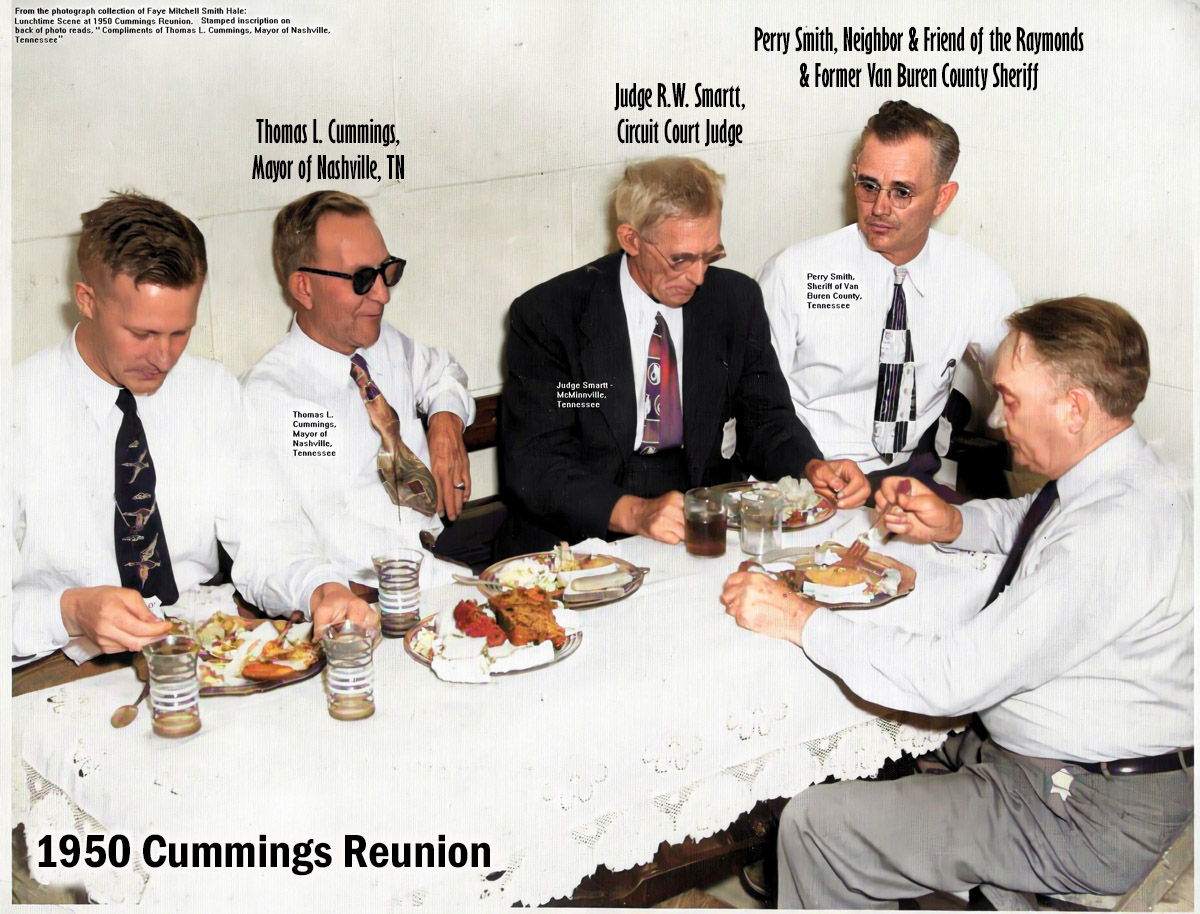
If you appreciated this article, please share it with others who might also enjoy it.

4 – Vollie Belle Haston – Her Death by a 12 Gauge Shotgun
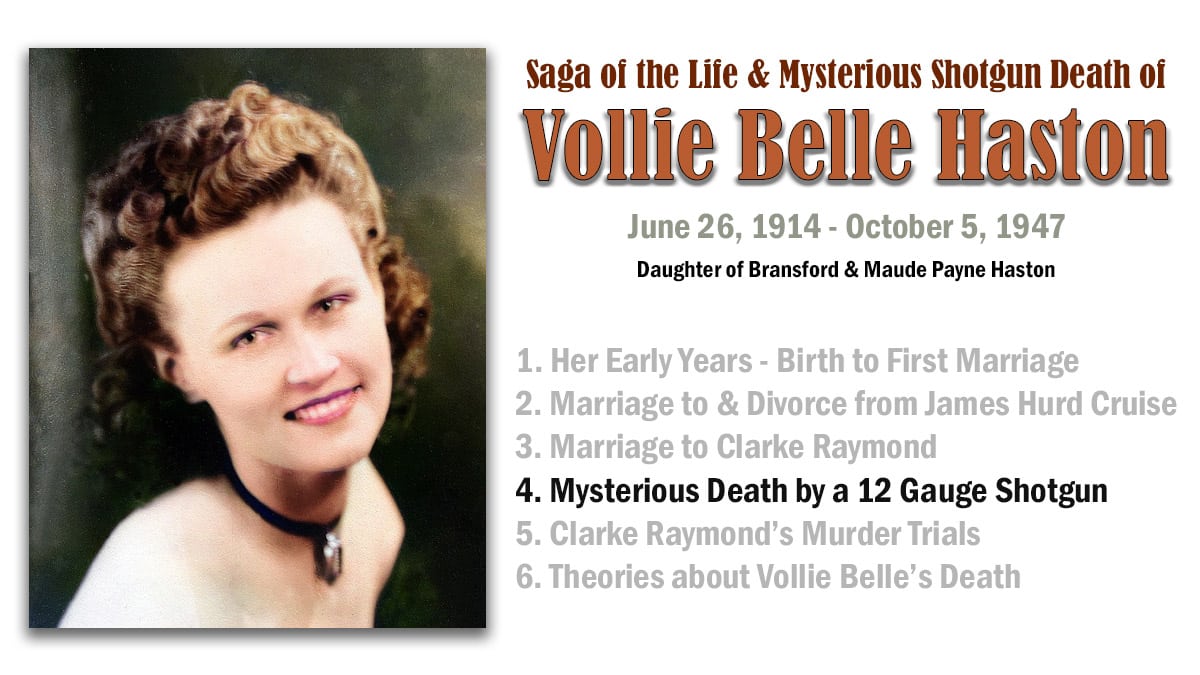
Vollie Belle Haston Raymond - Mysterious Death by a 12 Gauge Pump Shotgun

Co-Authors: Becky Hitchcock Harris and Wayne Haston
I have learned that there is a lot of information “out there” (be it factual or inaccurate lore) about Vollie Belle Haston’s life and tragic death. I’d love to hear anything you have heard or know about Vollie Belle’s life or her death. WayneH37@aol.com
The News Story - Chattanooga Times, October 7, 1947
The story of Vollie Belle’s death was reported in several Tennessee newspapers, but this October 7, 1947 article in the Chattanooga Times is the most complete single article I have found.
The State frankly confesses that upon the facts of the case, it is one of the most puzzling that has reached the desk of the writer in a long time.
Nat Tipton, Tennessee Assistant Attorney General (12-7-1948)

Timeline of the Events at the Scene of Vollie Belle's Death
Sunday Morning - October 5, 1947
Most of the stated times were taken from the various testimonies given in court. The details regarding the death of Vollie Belle were given by Clarke Raymond. There were no other onsite witnesses at the time of her death to vouch for him or contradict him. Whether or not his testimony was honest and accurate was (and still is) open to question–the crucial issue in the trial.
There was a light rain during the night (about daylight), but enough rain that tracks could have been seen in areas where there was no grass.
Clarke said he got up and built a fire in the kitchen stove. Vollie Belle was still in bed. He went to the barn to do the chores--feed the livestock, etc.
Clarke said he went back to the barn to feed the chickens and a hog and turn the livestock out to water. Vollie Belle came out of the door laughing and said, "You think you weren't going to get any breakfast?" He said, "No, I wasn't worried about that." Clarke went in to the bedroom and started reading a Time magazine and Vollie Belle brought him a cup of coffee, a few (10-15) minutes later (about 8:00 a.m.).
Clarke said they ate breakfast together.
Clark said they finished breakfast and drank some coffee.
Clark said: While Vollie Belle was washing the dishes she discovered that she had dropped her handkerchief out at the toilet (out house). Clarke said he went out to get it, returned inside the house (presumably gave her the handkerchief), helped her finish with the dishes, sprayed some fly spray, and swept the bedroom.
Clark said he told her if she would sweep some of the floors, he would mop the bed rooms and the living room when he got back from the toilet.
Clark said: While he was in the toilet (urinating) she yelled for him - "Honey, I see that hawk." Note: Mrs. Perry Smith, testified in court that he told her he was the one who saw the hawk and yelled to Vollie Belle to bring the shotgun. Clarke denied that.
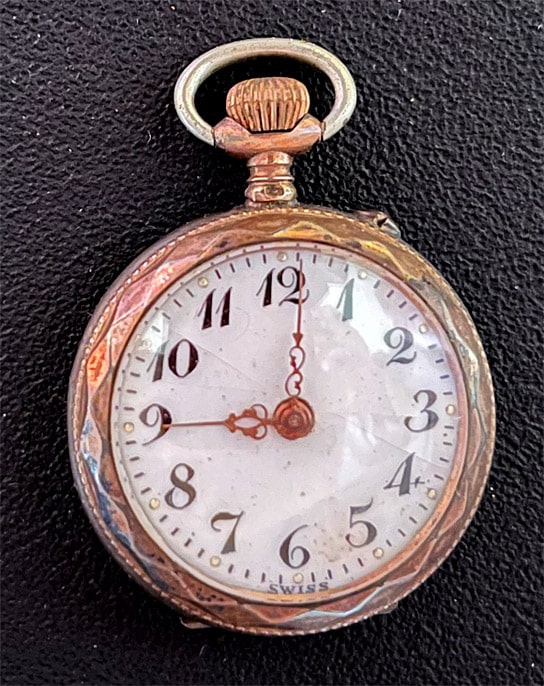
Clarke said he heard footsteps in the hall, the screen door slammed and he said he heard a (single) shot. He said he was surprised because she didn't ever want to shoot the gun - it kicked too hard. Neighbor Perry Smith and other neighbors heard two shots fired, one soon (seconds) after the other.
Coincidence? The Swiss watch that James Hurd Cruise gave Vollie Belle for her high school graduation - notice that (1) the glass is cracked and (2) the watch stopped at 9:01. Was this watch with her when she was killed and the incident leading to her death the cause of the broken glass and the stopping of the watch? The watch was not mentioned in the trial.
Clarke said he finished urinating, turned to go out and turned his foot on a warped board, almost fell, grabbed for the door but missed and caught himself from falling - in the process the toilet door closed hard. The toilet was about 40-42 feet from the house.
Full Layout of the House and Backyard
Created by Hoyte Cook from descriptions in the court records and memories of Becky Hitchcock Harris
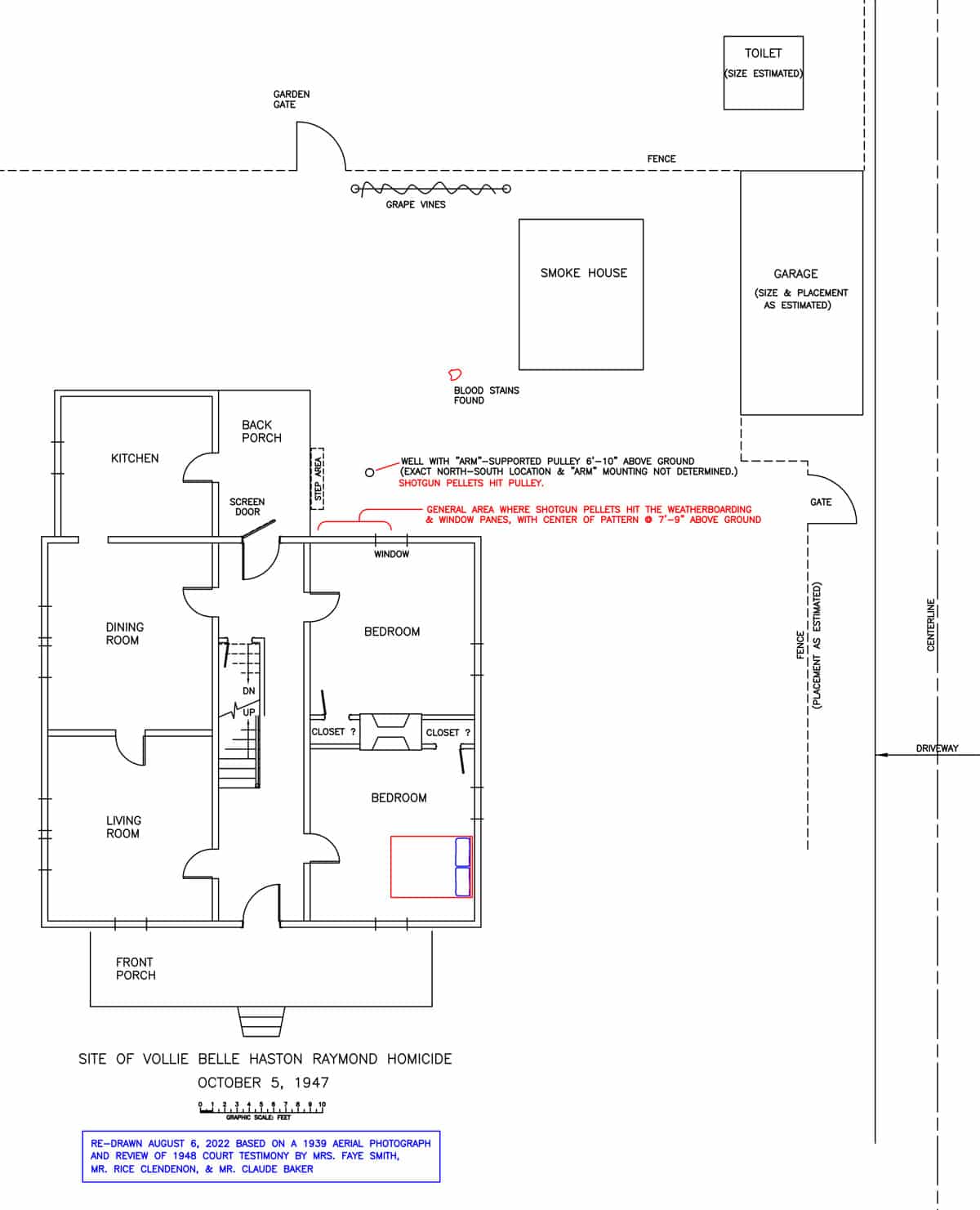
Excerpts from the "Statement of the Case" Presented to the Tennessee Supreme Court
A discharged shotgun shell was found about 2 feet from the steps leading from the back of the home of the couple and another empty shell was found in the chamber of the gun. The gun was found lying in the yard near the porch and about 6 feet from the gun some blood was likewise found.
The body of the deceased contained two series of wounds. One entered on the left side below the nipple and did not emerge. A considerable portion of the muscle of her left arm was shot away and also a slight wound apparently made by the shotgun was obvious on her right wrist. In the weatherboarding of the house, there was a considerable amount of shot found. Likewise, stuck on this wall and carried there by this discharge, there was some of her flesh and part of a house coat which she was wearing. Two buttons from this housecoat were also found by the investigating parties. One of them was found substantially where the body was lying and the other found near a gate leading in to the garden and thence to the outdoor toilet of the premises. The only witness who undertakes to testify in the record as to the interval of time between the shots places them as being from two to three seconds apart.
The testimony of the plaintiff in error [Clarke Raymond] himself very definitely shows that the deceased had no suicidal intentions of which he was ever aware and he also testifies that as far as he knew the couple were the only two persons on the premises that morning.
Put Yourself in the Role of an Investigator at a Crime Scene
Based on the description of the death scene above compared to the image below, see if you can make sense of the shots, the wounds, the locations, the sequence of happenings, and the evidence found at the scene. See if you can re-enact – in your own mind – what happened there on that fateful Sunday morning.
Zoomed-in View of the Scene Where the Shooting Occurred
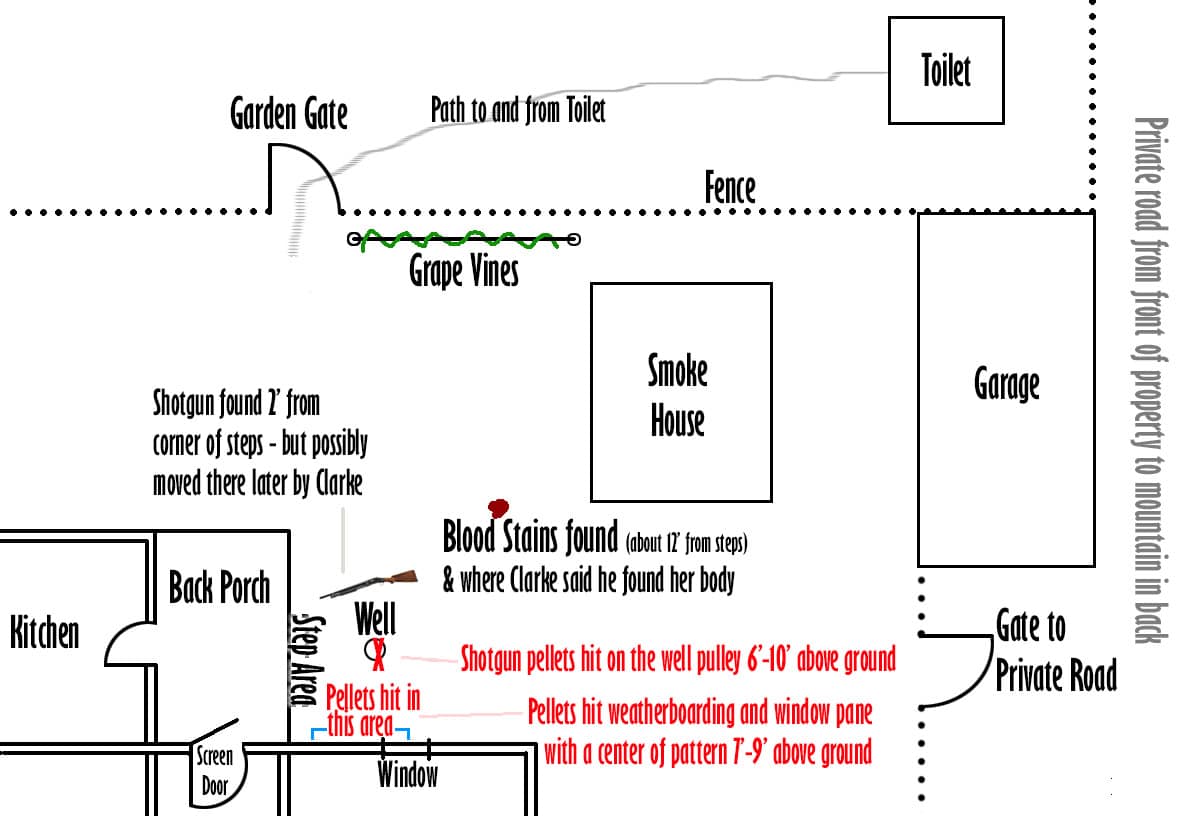
The screen door shown in the back steps picture (below) is not the same door that was there in 1947. The house was modified later by the Hitchcock family. That particular door was apparently cut out where the window (that was hit by shotgun pellets) was located at the time of the shooting. The size of the wound in Vollie Belle’s side (“about the size of a half dollar”) … based on my personal observations long ago … suggest that the muzzle was less than ten feet away when the second shot was fired. And likely less than five feet. -Hoyte Cook
Compare this photo to the drawing above.
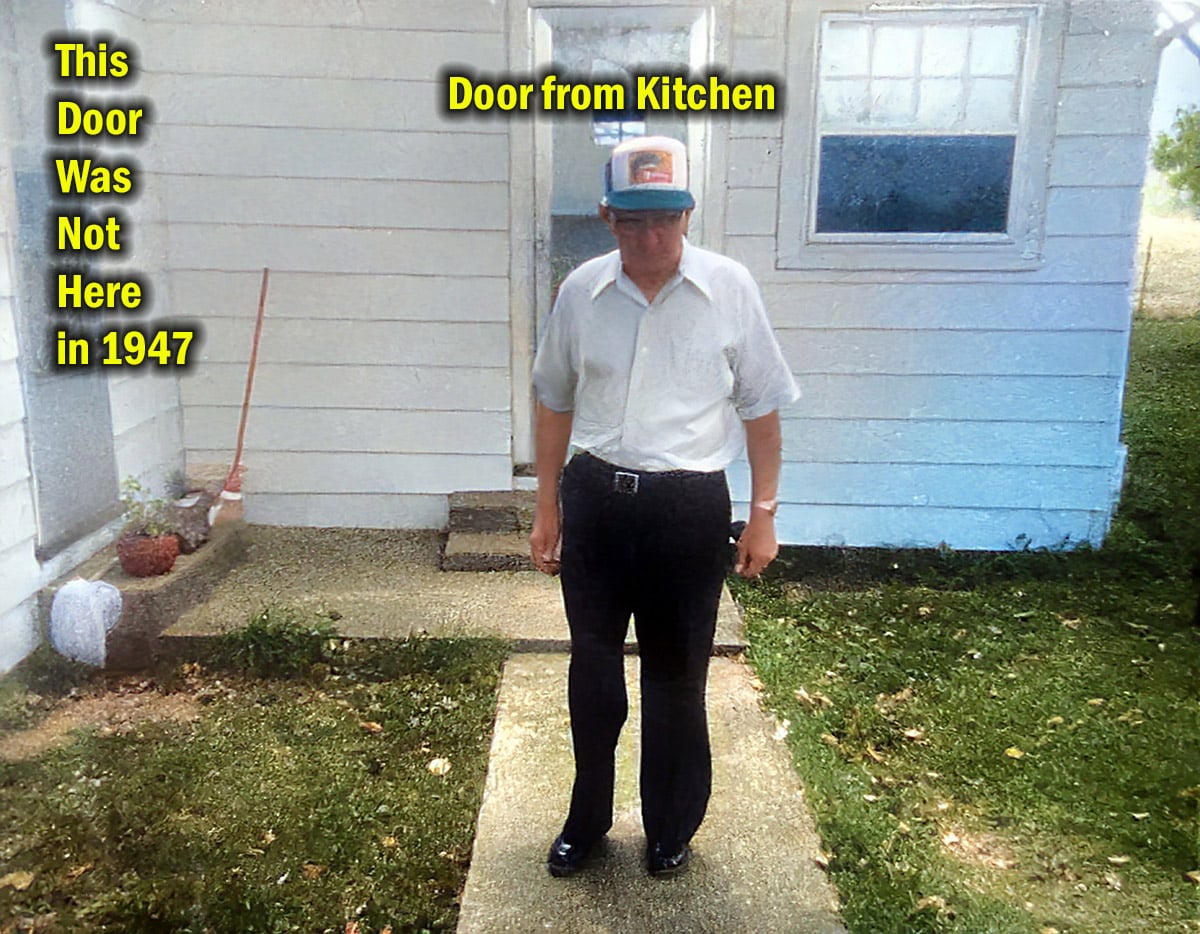
According to Clarke, when he started back to the house he went around the smokehouse (that blocked his view from the toilet to the back porch of the house) and saw Vollie Belle lying in the yard. He picked her body up and took her inside and placed her on a bed. He used a sheet to attempt to stop the bleeding.
Clarke said he ran out the front door and across a field to Perry Smith's house. He saw Perry Smith in the back yard and told him Vollie had shot herself and yelled for him to go get a doctor, which Perry did.
Clarke said he bathed Vollie Belle's face with water, but realized she was dead.
Mrs. Perry Smith chose to go her neighbor-friend (Mrs. Connell) instead of going with Perry to get a doctor. Together Mrs. Smith and the Connell women were the first people to arrive at the scene. The McConnells went into the room where Vollie Belle's body was lying on the bed. Mrs. Smith (a close lifelong friend of Vollie Belle) was so disturbed she did not enter the bedroom to see the body.
Dr. Page and his wife rode back to the Raymonds' house with Perry Smith.
Vollie Belle's mother arrived with Deputy Claude Baker. Her father came a bit later.
By the time Mr. Measles arrived, a few people ("not very many") had already arrived at the Raymonds' house. He found one shotgun shell near the back porch. He picked it up and handed it to Deputy Baker.
Claude Baker, few minutes after arriving, picked up and handled the shotgun from where it was lying in the back yard and "worked it." James Simmons (on the coroner's jury) said "There was a pretty good crowd" there at about 10:00 a.m.
A group of men appointed to a jury of inquest called for Clarke Raymond and questioned him. Clarke said that a cat might have tripped her. He said that he only heard one shot. The jury "investigated around there a while," then made a decision. Van Buren County, TN Sheriff Lester McCoy and Deputy Baker then made an arrest of Clarke Raymond, following the inquest.
Based on What You Now Know - What Do You Think Happened to Vollie Belle?
Winchester Model 1897
The Winchester Model 1897 is probably one of the most well-known and widely recognized pump-action shotguns ever created. Known not only for its widespread use in the Old West (as well as movies, shows, and even games centered around the Old West), but also for its notable use by US Soldiers in both World Wars and even the Vietnam War, the M1897 can be seen both as a military and police shotgun as well as just a good all-around shotgun for hunting and recreation. -Jakes Gun Reviews In World War I, the Germans protested the U.S. Army’s using of this shotgun, claiming it was illegal under the international rules of war.
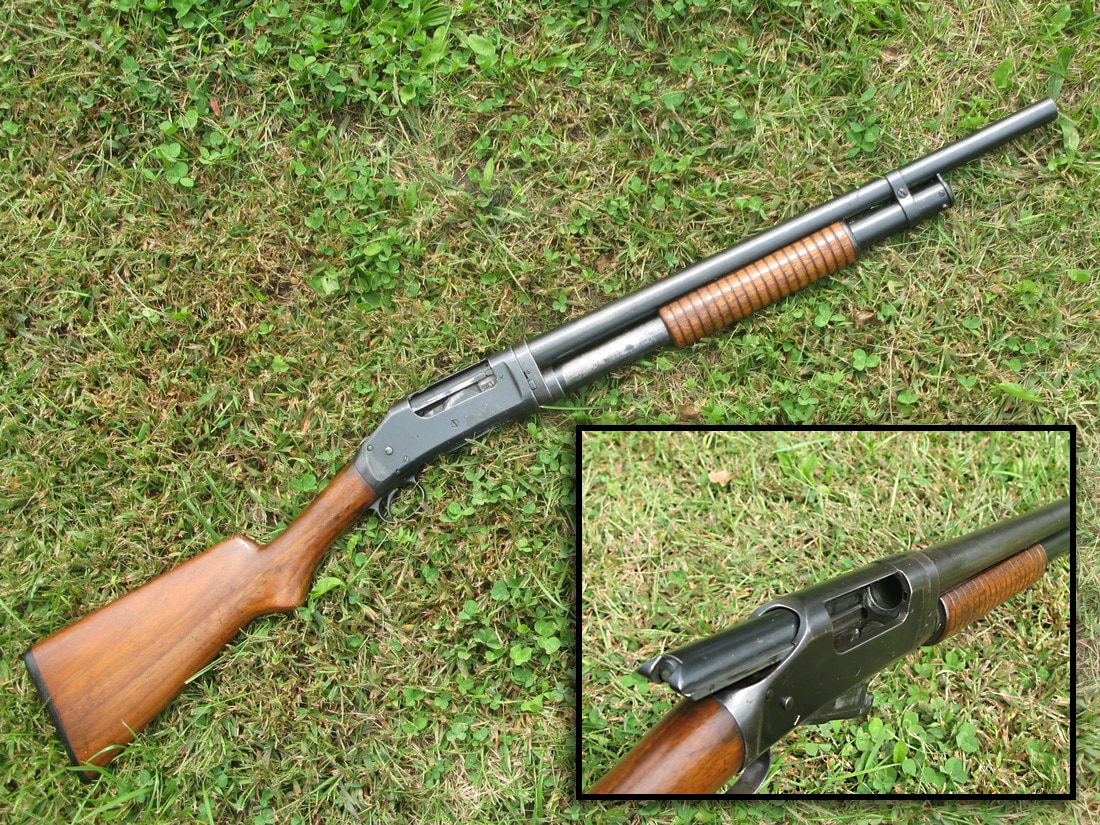

History and Features of the Winchester M1897 Shotgun
Short but very interesting information about the model of shotgun that killed Vollie Belle.
Being a pump action I could see a possible accidental discharge once but then to work the action to reload another shell into the chamber to accidentally fire the firearm again sounds highly unlikely.
Tommy Heflin, the former Special Agent-Forensic Scientist in charge of the Tennessee Bureau of Investigations Firearms Section (Stated, August 2022)
Site of Vollie Belle's Death on a 1939 Aerial Image
The site where Vollie Belle was shot is shown with a red circle around it. At the time that I visited the place in the 1950s the Coffman Hitchcock family lived in the house. The murder took place in the back yard. There were several shotgun pellet holes in the weatherboarding of the back of the house (the side facing westward) that, according to the Hitchcocks, were put there in the murder incident. A wire fence separated the small back yard from the garden; and some bushes were growing in that fence row. The Hitchcocks also reported that several years after the murder they were clearing junk out of the garage, and found a blood-soaked sheet stuffed into a lard can.
-Hoyte Cook
*However, the size of the shot entry into Vollie Belle’s chest indicates that she was shot at close range.
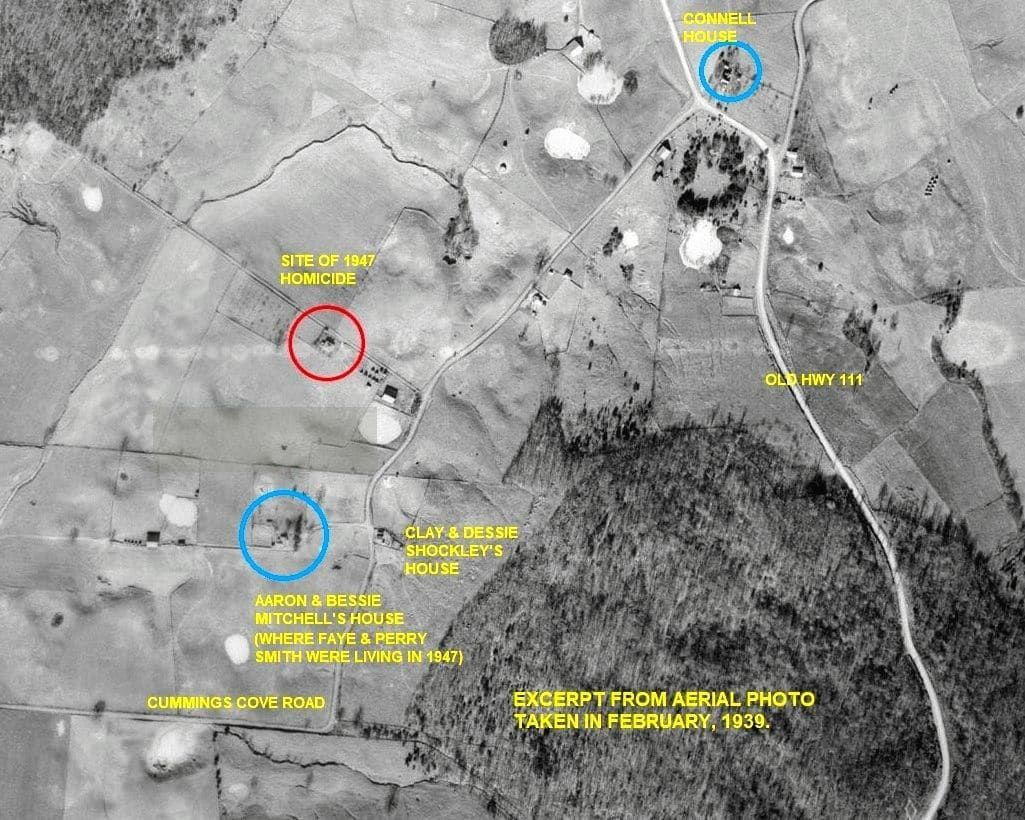
Site of Vollie Belle's Death on a 2022 Aerial Image
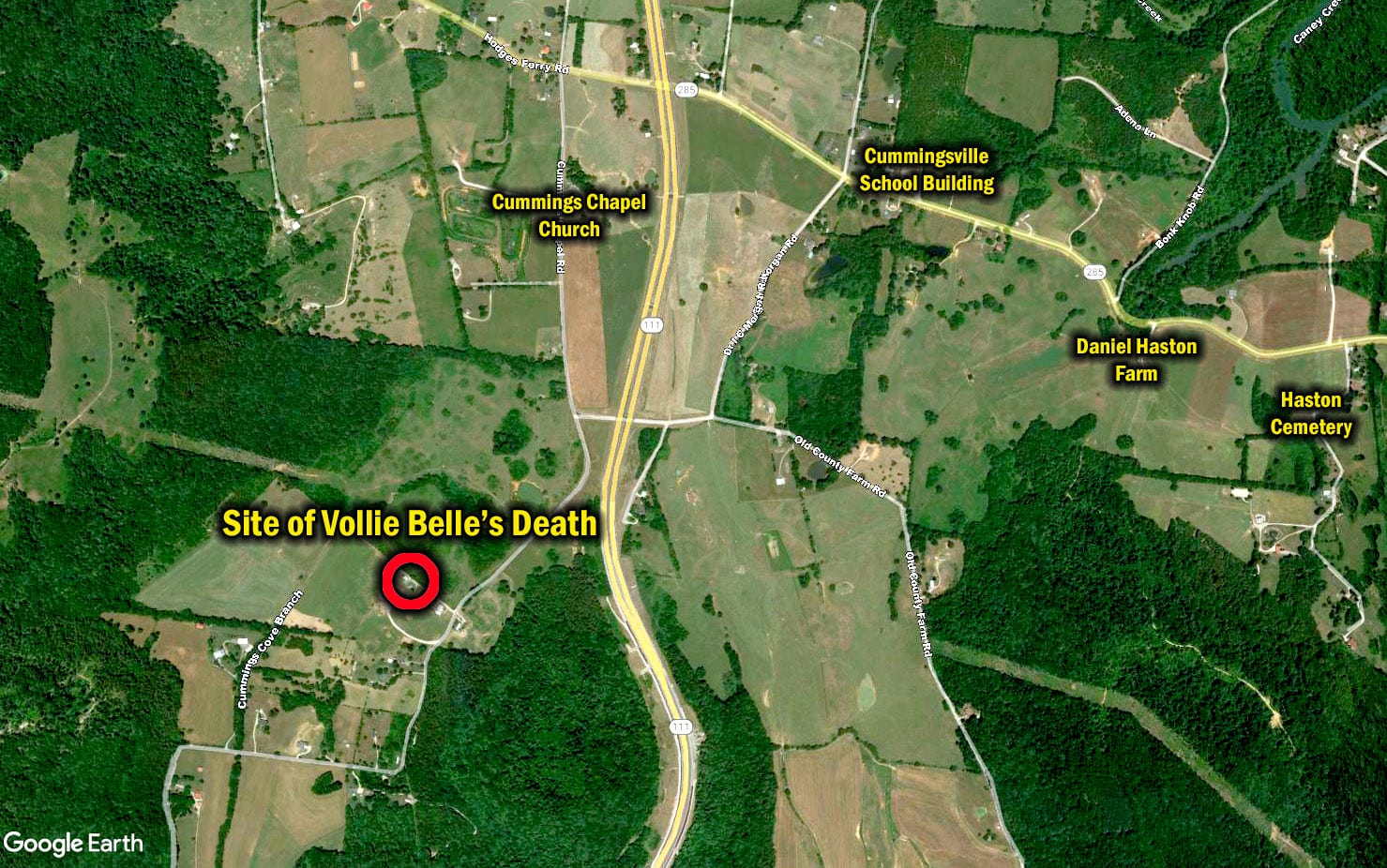
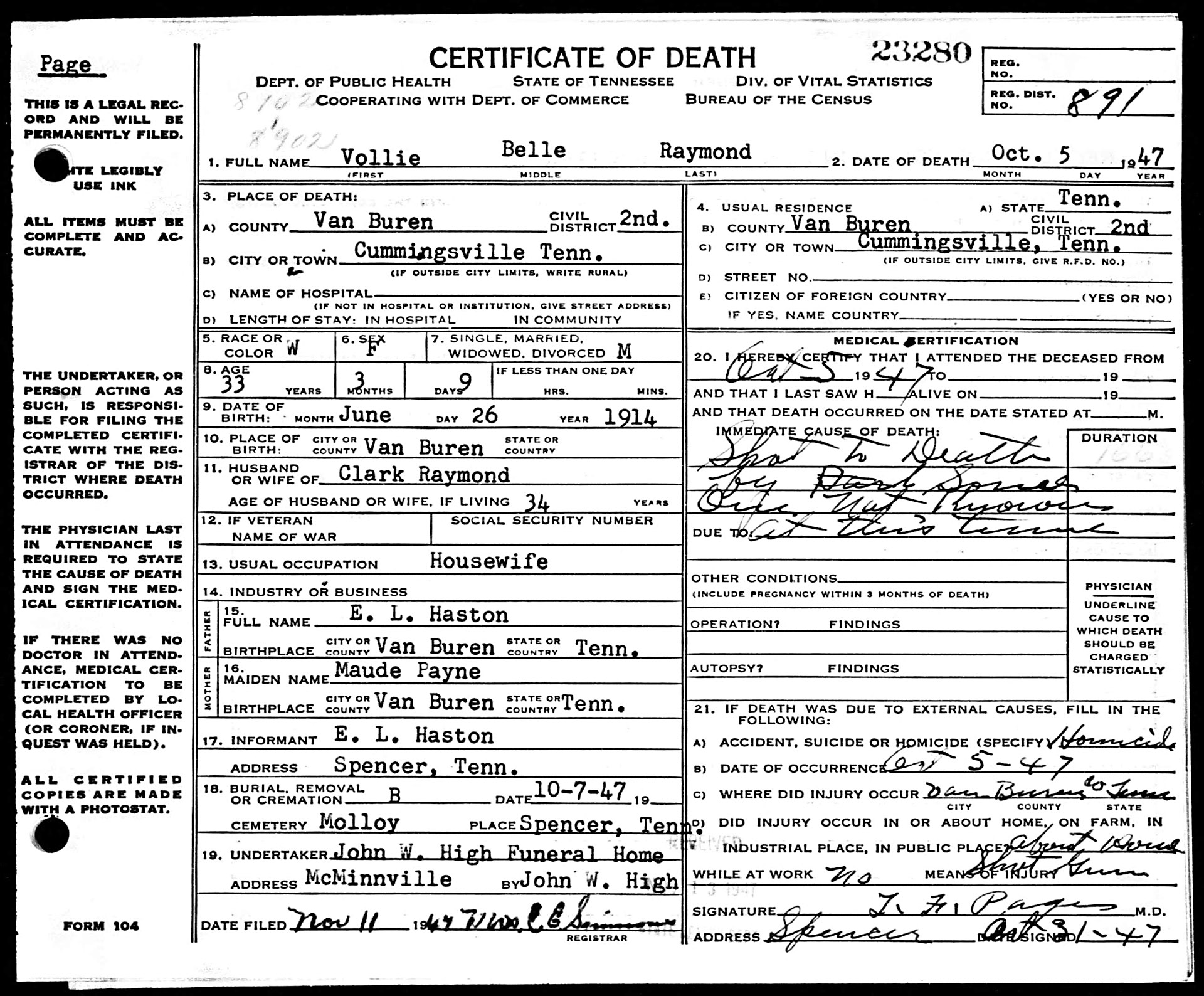
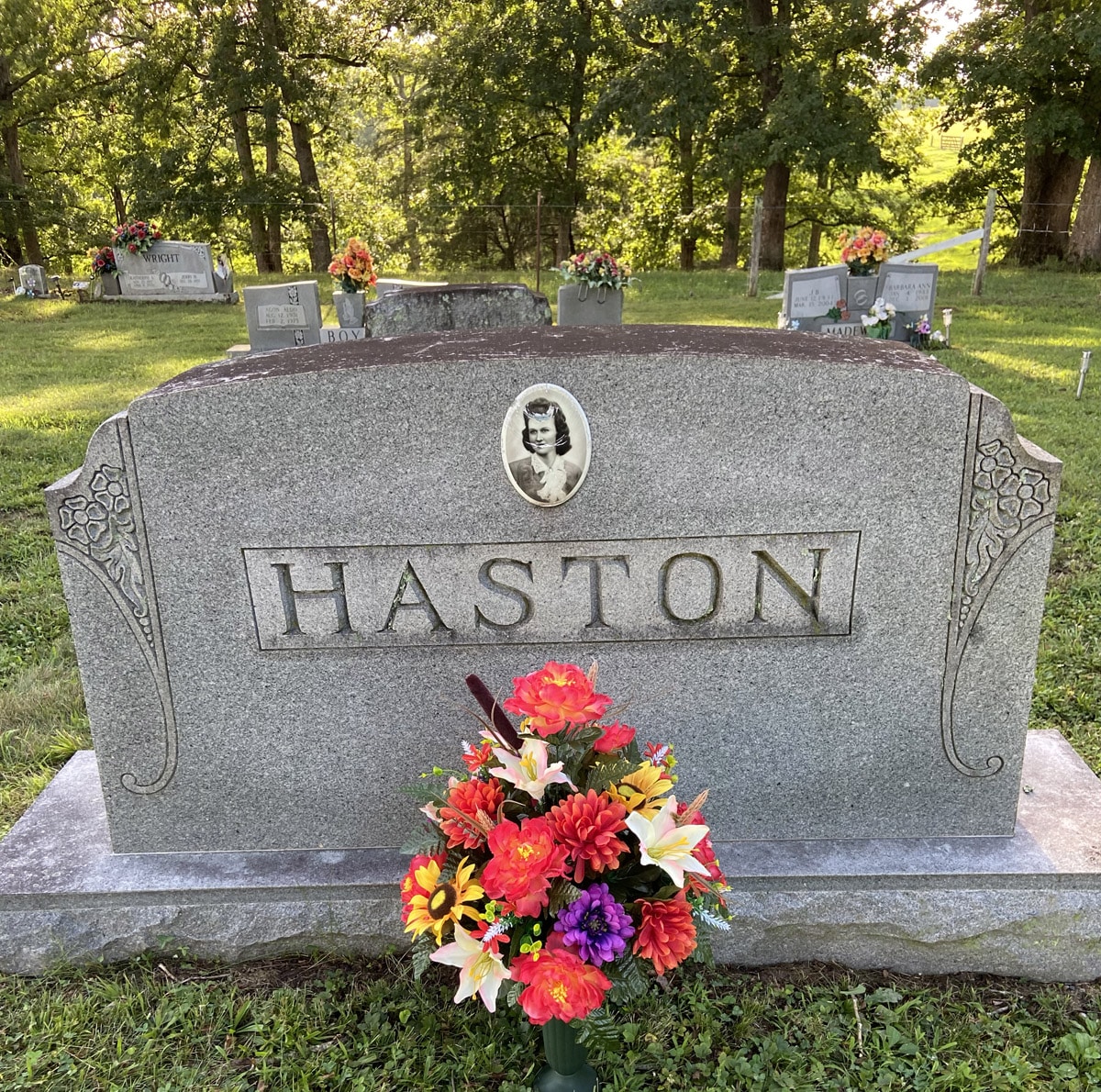
The Mysterious Man Who Left Red Roses at Vollie Belle's Grave
It was just a normal day in the 1950s at the farm when Granny Hitchcock received a phone call. The caller informed her there was a man at Vollie Belle’s grave as they had driven by Molloy Cemetery. She expressed some curiosity surrounding the phone conversation to the point that she asked Pa to take her to Spencer to Malloy cemetery. Granny Hitchcock gathered Pa from the field and they drove to Spencer hoping the man would still be there. He was not, but they discovered red roses left on Vollie Belle’s grave. They never knew who the man was and as far as we know he never returned to leave red roses on her grave again.
Becky Hitchcock Harris
If you appreciated this article, please share it with others who might also enjoy it.

3 – Vollie Belle Haston – Marriage to Clarke Raymond
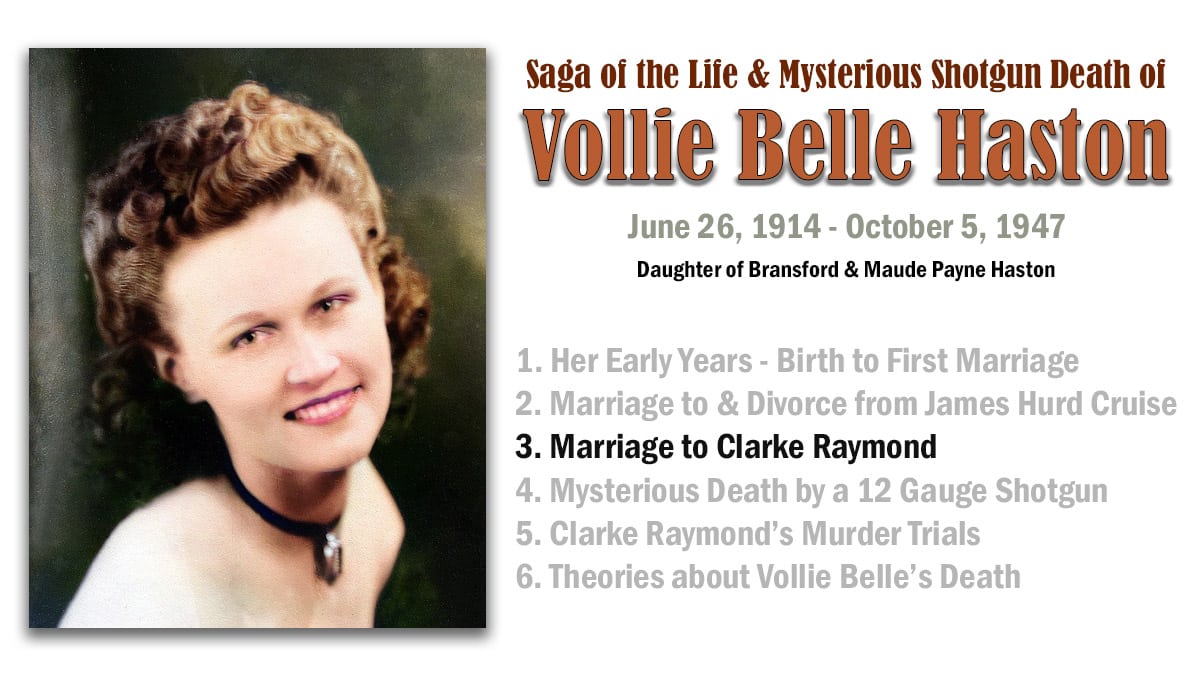
Vollie Belle Haston's Marriage to Clarke Raymond

Co-Authors: Becky Hitchcock Harris and Wayne Haston
I have learned that there is a lot of information “out there” (be it factual or inaccurate lore) about Vollie Belle Haston’s life and tragic death. I’d love to hear anything you have heard or know about Vollie Belle’s life or her death. WayneH37@aol.com
In March 1937 my grandfather Payne died. One of the dearest souls on earth. A man after Gods’ own heart I know he didn’t drink, ———, never cursed, and was a devout church member. He had a wonderful voice and led singing until his worn out body was paralyzed so he couldn’t even attend church. To this day when I hear certain old hymns I can hear his clear tenor notes ringing in my memory. His and granny’s’ life was so happy and it left her so broken, so unsatisfied she came to live with us part of the time and lived in her own home the rest of the time but I’ll tell you more about her later. But I know or feel like Grandpa Payne is at rest with Granny who followed this year. You are seeing a spot here and there on your pages I guess. Well dear diary that’s tears. When I recall what happiness we had together I can’t help but cry. I can barely see through the tears now what pals they were! My happiness was theirs, my heartaches also. But they went the way we’ll all have to go maybe tomorrow, who knows? And may God help me to live such a life as they so I may meet them!
My mistake in marriage made me very hard hearted but I finally decided I needed friends. I couldn’t go through life as I was at that time. In Nov. 1938, I gave Billie Hutchison a home town boy a date. He was swell he was three years my junior but was very good company. I was 24 and looked much younger than that. I didn’t care for Billie too much, oh I was fond of him in a funny sort of way. He was sweet and treated me like a queen. He changed his way to do the things I liked. He gave me numerous gifts, far above his means I’m sure. Of course, I was nice to him in that way too. He came to care………….
Here the text of the diary ends abruptly and 36 following pages were ripped out of the diary, apparently hastily and quite forcibly. The little (easily pickable) lock on the diary is still locked. When Vollie Belle locked it after her final diary entry, she had no idea of how it would eventually be opened again.
There is no mention of her final boyfriend, who became her second husband, (Clarke Raymond) in the diary because the part of the diary in which he probably was mentioned is gone.
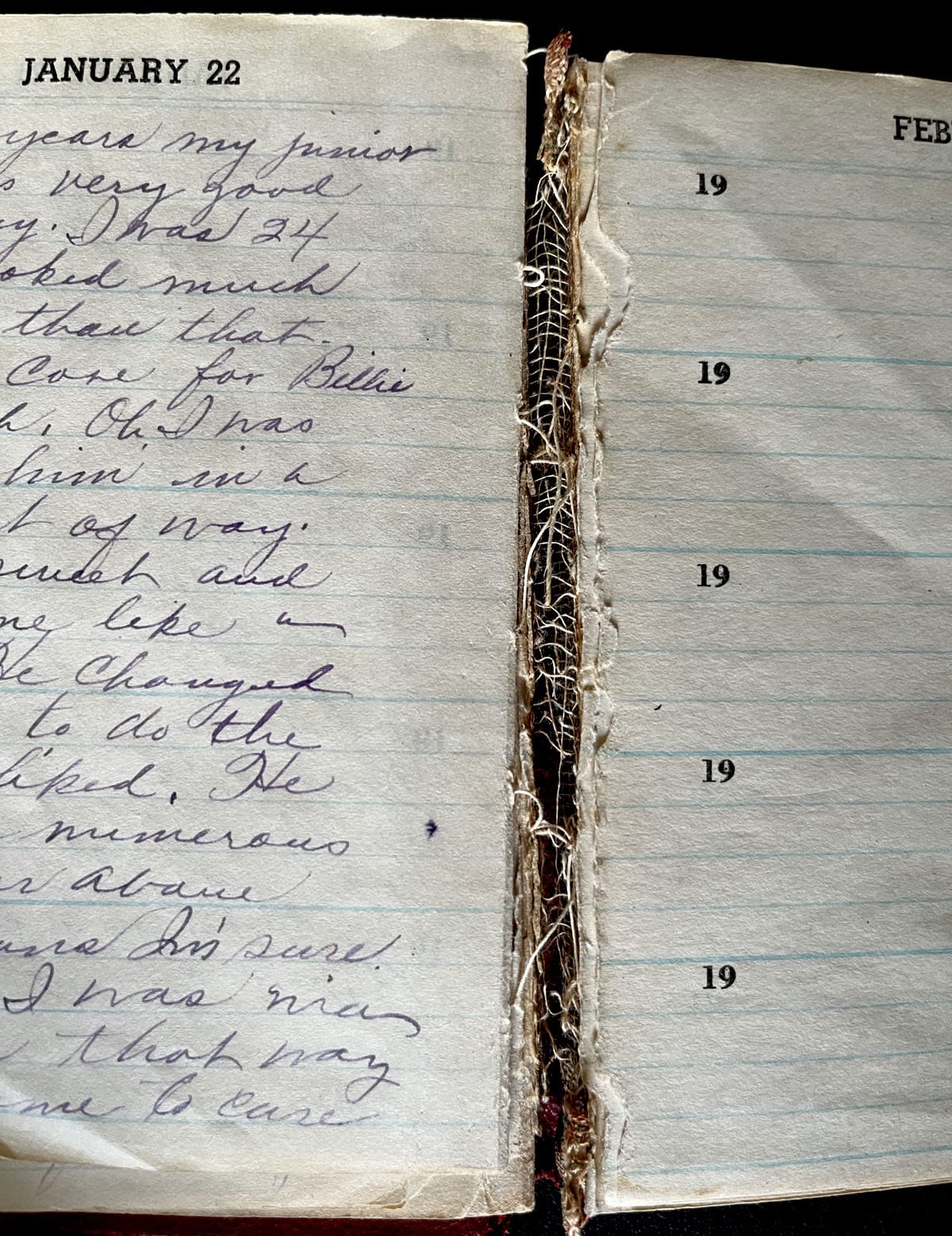

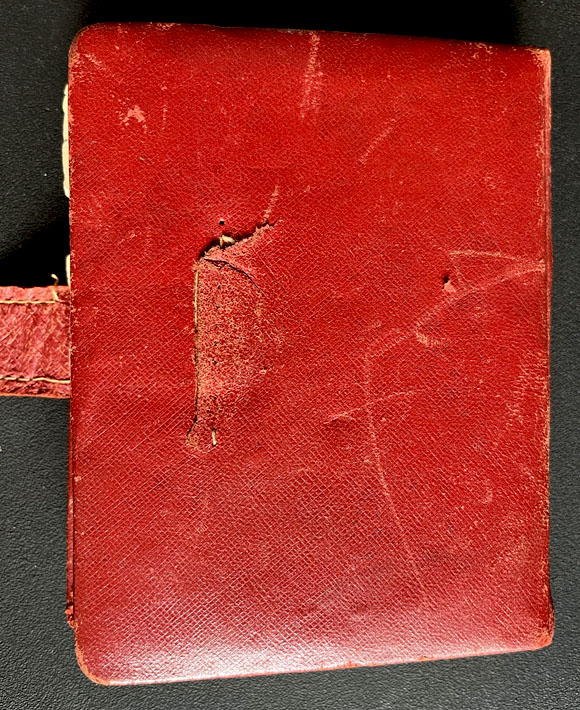
In 1940, Vollie Belle (then age 25) was living with her parents in Spencer and had completed the first year of college, at Burritt College no doubt, but had not attended school in the previous year. Her folks lived very near the college. She was single at that time. No occupation was recorded for her on the census. In 1935, she and her parents were living in a “rural” area, but rural was anything less than 2,500 inhabitants and Spencer was small enough to be considered rural, so we can’t tell if she was living in Spencer in 1935 or somewhere that we might consider as being “out in the country”–but most likely in town on Mansion Street.
The woman in this photo appears to be Vollie Belle. The man beside her was Henry Holman, otherwise known by people in Spencer as “Doc Yak.” The date of the photo is unknown, but it was taken outside of the Nelson Drug Store in Spencer. Perhaps this was taken between the time of her divorce to James Hurd Cruise and her marriage to Clarke Raymond, but that is only a guess. There is no record, in Vollie Belle’s diary, of any connection between her and Doc Yak. They were probably just friends, or perhaps she worked for him in the Nelson Drug Store at some point.
Hoyte Cook’s recollection of Doc Yak:
I recall Doc Yak as a well-dressed old gentleman who always seemed to have a calm-and-controlled demeanor, who was consistently smiling and friendly, and appeared to walk as if he were being careful not to stumble. He had a rather deep voice, and spoke with a neutral accent. His speech would have identified him as ostensibly sophisticated and refined, and not native to Van Buren County, Tennessee. A visit to Spencer was not complete without a stop at Doc Yak’s for ice cream (one generous scoop for a nickel, two generous scoops for a dime). His store, as I recall, appeared somewhat disorderly and cluttered. There always seemed to be lots of magazines on racks. The only time I ever saw him engaged in a task that seemed to have him really focused and serious was one night when I walked into his store when the carnival was in town – and he was measuring out some medicine for one of the carnival ‘gypsies’. I believe that was the only time I ever walked into his store when he did not give me a cheerful greeting. Doc was a delightful fellow.”
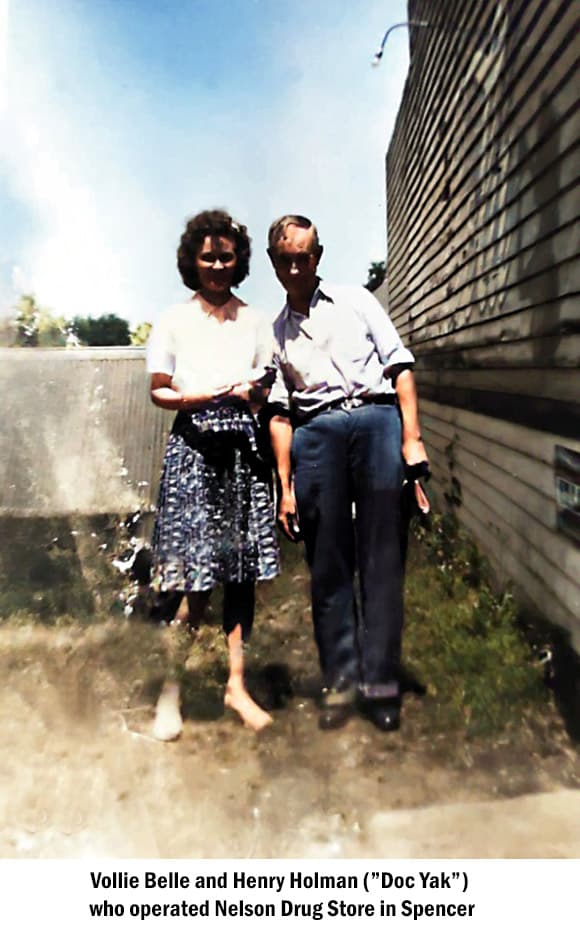
Doug Woodlee: I don’t know if he actually owned Nelson Drug Store, but he is the only person I ever saw behind the counter. He had one of only two or three telephones in town for a long time. He had an ice cream freezer behind the counter. It had the large round cartons of ice cream and lids that he would lift and scoop out ice cream into cones. The floor was wood. He chewed tobacco and had a hole drilled into the floor behind the counter. He had a very large funnel inserted into the hole and I’ve witnessed him spitting tobacco juice into the funnel. It was quite nasty. Doc Yak always seemed a bit eccentric to me, but how was I, a very young boy, to know eccentricity? I used to love going in the store and browsing through his rack of comic books.
Henry L. Holman was age 63 and living in the Bouldin Hotel in Spencer when the 1940 census was taken.
Childhood Memories of Miss Vollie Belle - Early 1940s
Clarke Raymond
1931 High School Graduation from Ennis High School in Ennis, Montana
In 2022, Ennis High School (grades 9-12) had 127 students.
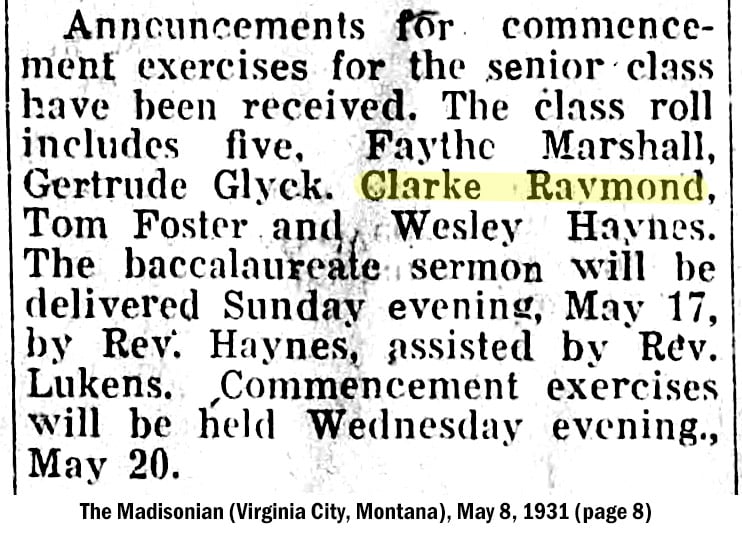
Clarke Raymond – Military Information
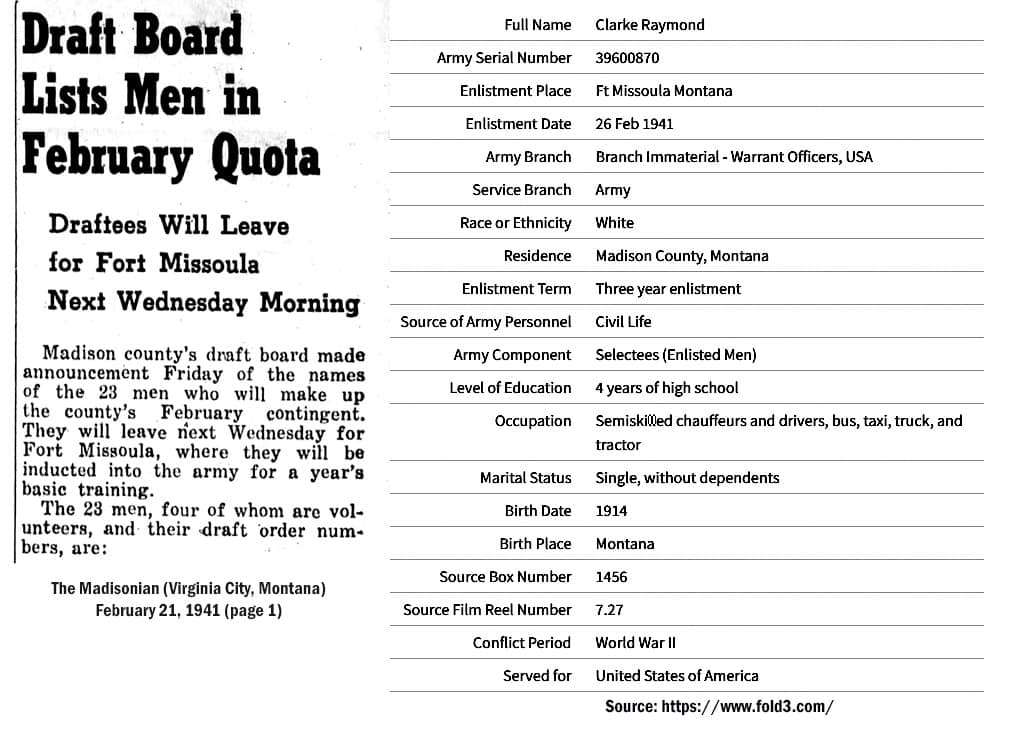
Second Army (Tennessee) Maneuvers
The years 1942-1945 were “happy hunting” times for single women in Middle Tennessee looking for a husband.
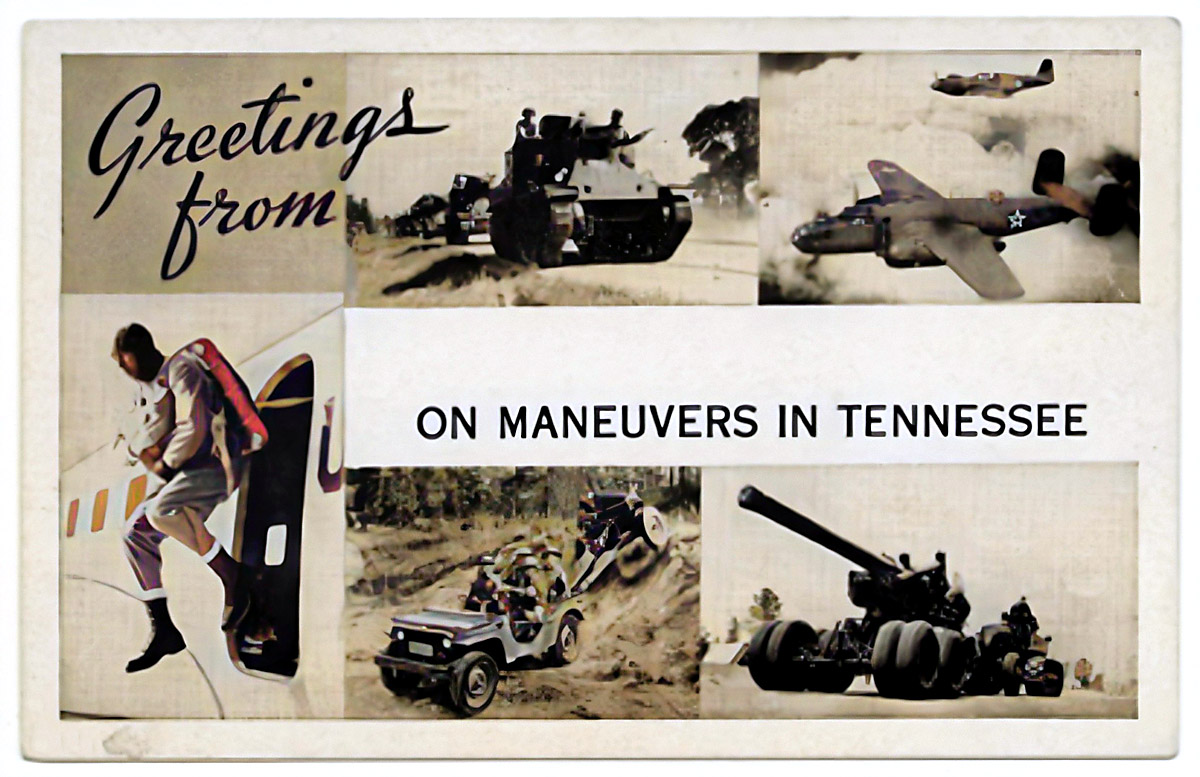
In the autumn of 1942, the War Department decided to resume field maneuvers in Middle Tennessee. Large-scale war games had been conducted in an area around Camp Forrest, near Tullahoma, the previous summer, and General George S. Patton had perfected the armored tactics that were to bring him fame and his divisions victory in Europe. Between the wars Erwin Rommel, as a young military attache, had visited Nashville and Middle Tennessee to study and follow the cavalry campaigns of Confederate General Nathan Bedford Forrest to help him develop a pattern for the use of tank units as cavalry. The army, perceiving in the Cumberland River and the hilly country to the south and north a similarity to the Rhine and Western Europe, decided to send divisions into the state for their last preparation before actual combat. Between September 1942 and March 1944 nearly one million soldiers passed through the Tennessee Maneuvers area.
Lebanon was chosen as headquarters and Nashville as the principal railhead. Over the hills and valleys of twenty-one counties “Blue” and “Red” armies engaged in weekly strategic “problems,” with troops moved in and out according to a calendar of “phases” that lasted about four weeks apiece. In the military’s scenario Nashville was Cherbourg, without the bombing. The first and second problems usually took place east of Davidson County, but the third in each phase would poise attacking Blue troops against Red troops in defense around Donelson in Davidson County and Couchville in Wilson County. This force would advance to the east toward hilly terrain. In one instance at least a problem involved the defense of Berry Field in Nashville against Blue airborne troops.
Maneuvers paused at noon on Thursday or Friday, when a light plane would fly over the mock battle lines, sounding a siren. Then thousands of soldiers would seek recreation in Nashville and the county seat towns. Facilities were limited, despite the best efforts of the U.S.O. and the American Red Cross; movie theaters and cafes were packed; drug store soda fountains were forced to shut down twice a day for cleanup. Each army PX was strained to the limit. Churches opened their doors and set up lounges; schools opened their gyms for weekend dances. The Grand Ole Opry had never drawn such crowds than during these months when Middle Tennessee hosted the army’s preparations for the eventual invasion of Normandy in 1944. Source
Memories of Margie Clark, 21 Years-Old Spencer Resident When Vollie Belle Was Murdered
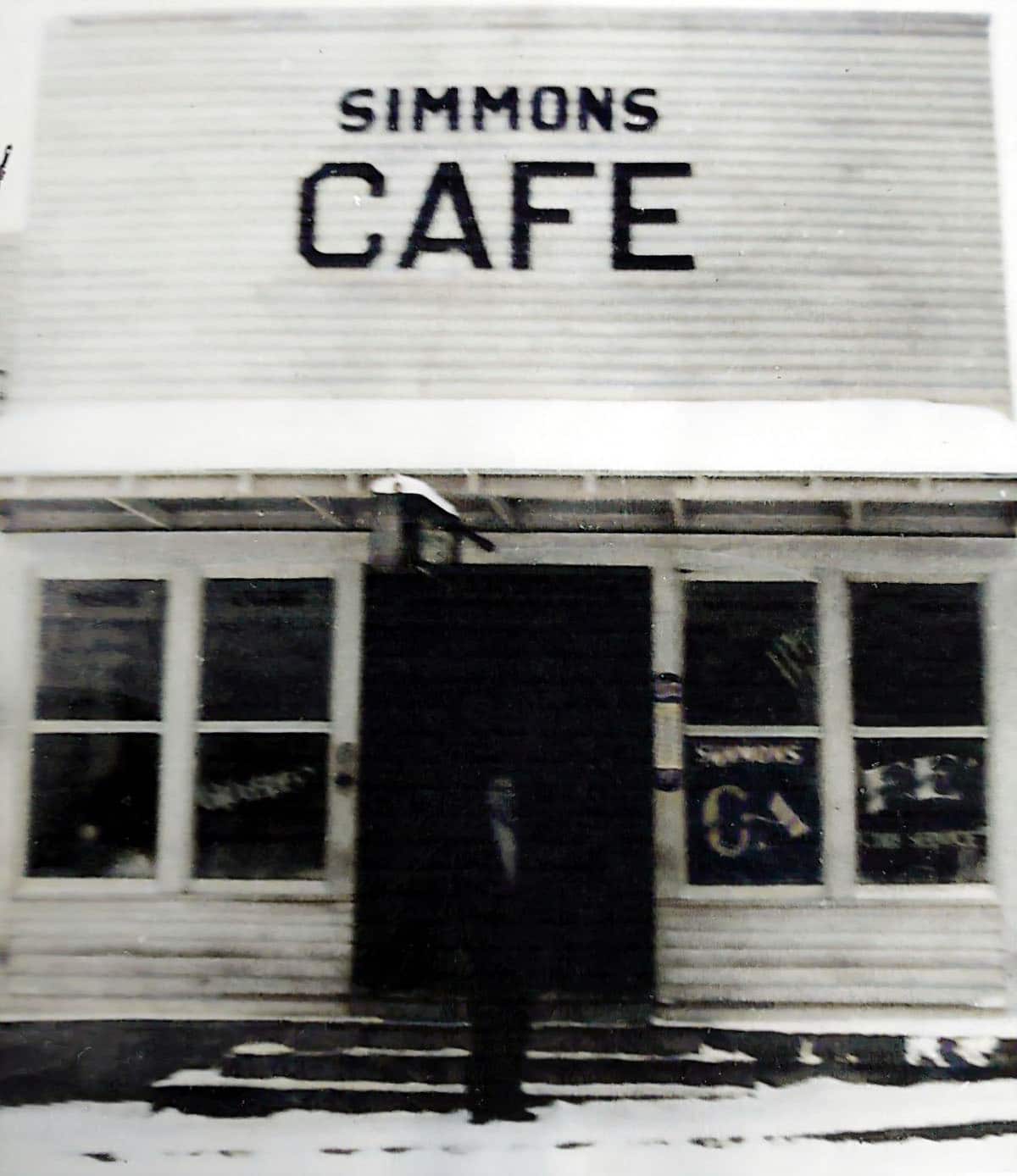
Margie Clark attended all of the sessions of the first Circuit Court trial in which Clarke Raymond was tried for the murder of his wife.
Vollie Belle's best friend was Elizabeth Simmons. Charlie Simmons had a barbershop in Black Bottom [area in Spencer]. Haircuts 25 cents. Charlie's wife Mamie and daughter Elizabeth ran a restaurant there. I think that is how Vollie Belle met Clarke Raymond. She worked in an office, maybe an agricultural office. Clarke was out on the rifle range on Army maneuvers. It makes sense that he would go to a restaurant in town when possible. She was already divorced when Clarke came to town. I never heard the reason for her divorce or anything bad about Vollie Belle. She and Clarke married and I didn't hear anything about them until the shooting.
Margie Clark, through her daughter Brenda Clark Anderson
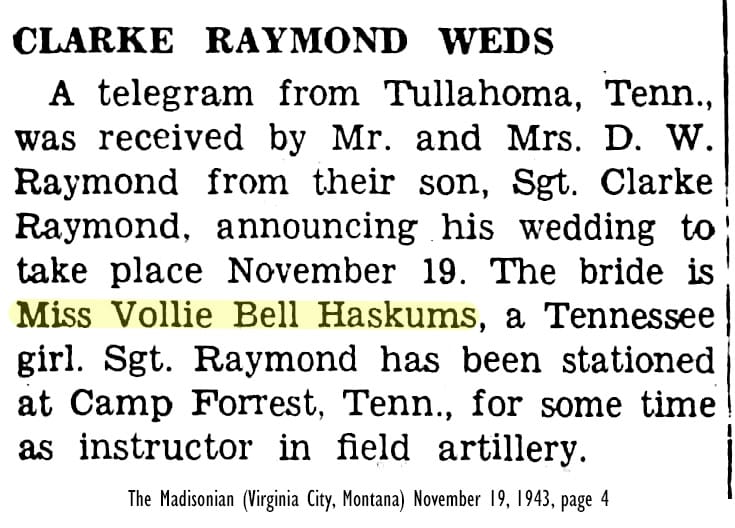
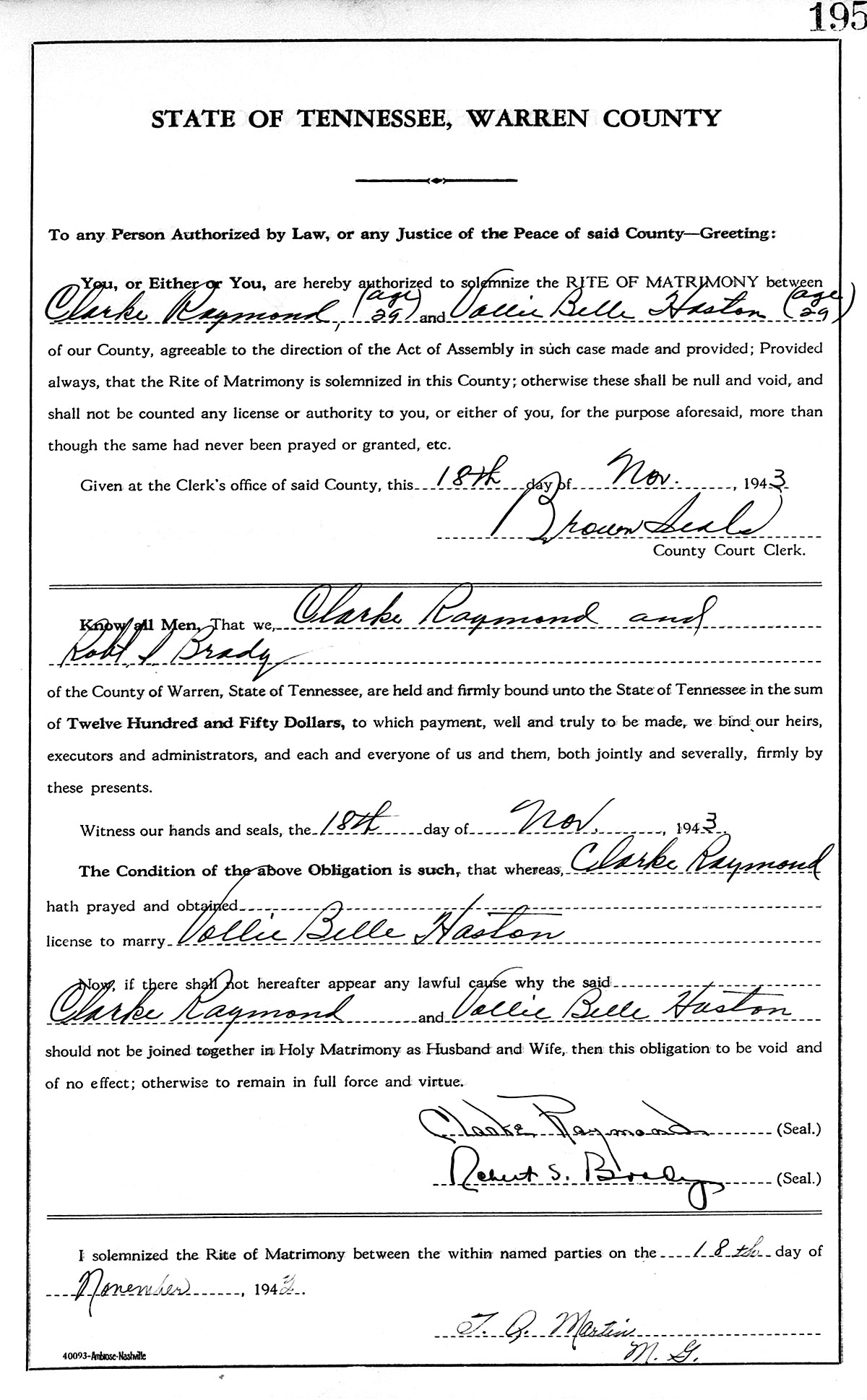
1944 Visit to Her In-Laws in Montana
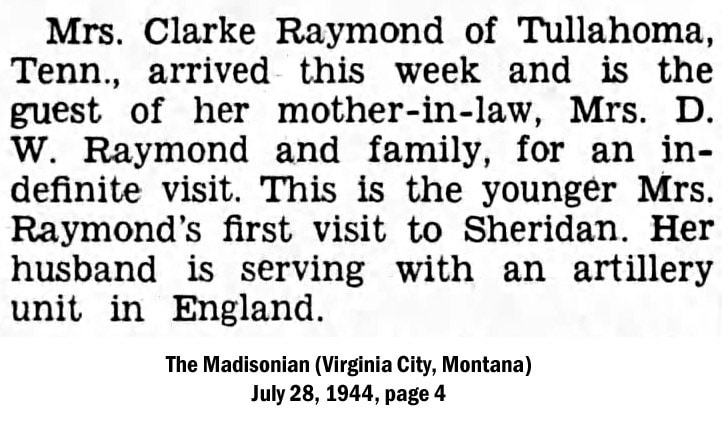
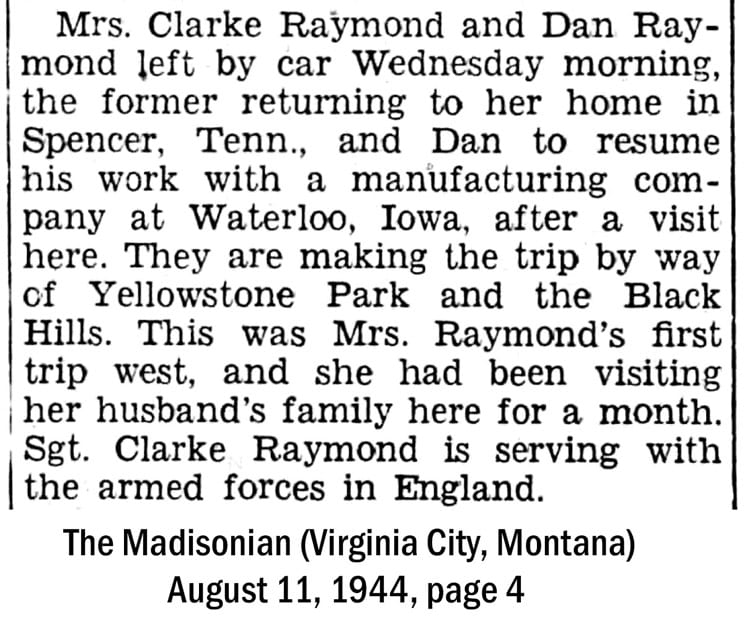
Clarke Raymond's Honorable Military Discharge
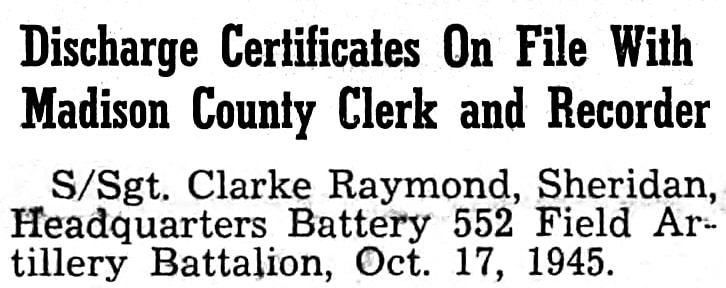

Clarke and Vollie Belle - Their Post-War Married Life
From a 1947 court trial transcript (which you will learn more about in Part 5), Clarke provides some details about their life together after the war:
After Clarke was discharged, he went to Tennessee to meet the wife he hardly knew. Vollie Belle met him in Murfreesboro, TN. From there, they went to Vollie Belle’s parents’ home in Spencer and remained with her parents for two weeks. Then they traveled to Montana to visit his family. After spending three months with his family, Clarke and Vollie Belle remained another six months in Montana before returning to Spencer.
Was Clarke planning to make their home in Montana? Was Vollie Belle not happy living in Montana? Was Clarke not happy living in Van Buren County, TN? Just questions to ponder. -Wayne Haston
Around the first of December [of 1946] they moved to the farm in Cummingsville, TN that Vollie’s father owned–the place where Vollie Belle died less than a year later. Clarke’s family raised livestock, cattle and horses, in Montana. Even though he had no experience farming, Clarke began to farm his father-in-law’s Cummingsville land. Although Clarke doesn’t say it per se, the record indicates that Vollie Belle was employed somewhere in Spencer, while Clarke was on the farm alone during the day.
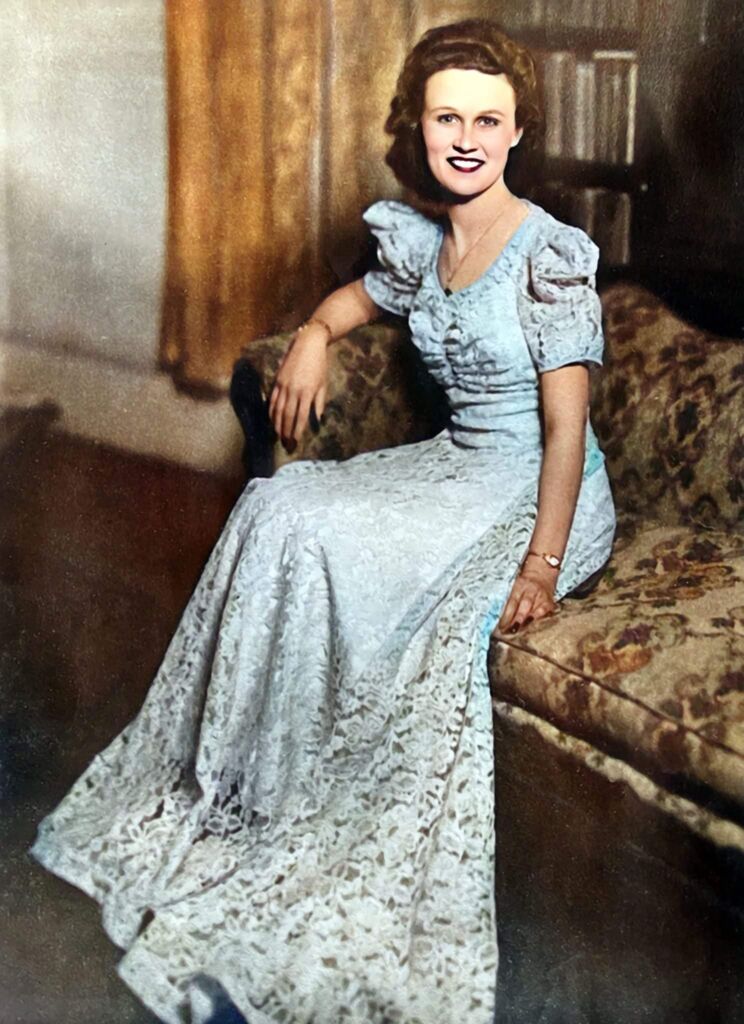
If you appreciated this article, please share it with others who might also enjoy it.

2 – Vollie Belle’s Marriage to and Divorce from James Hurd Cruise
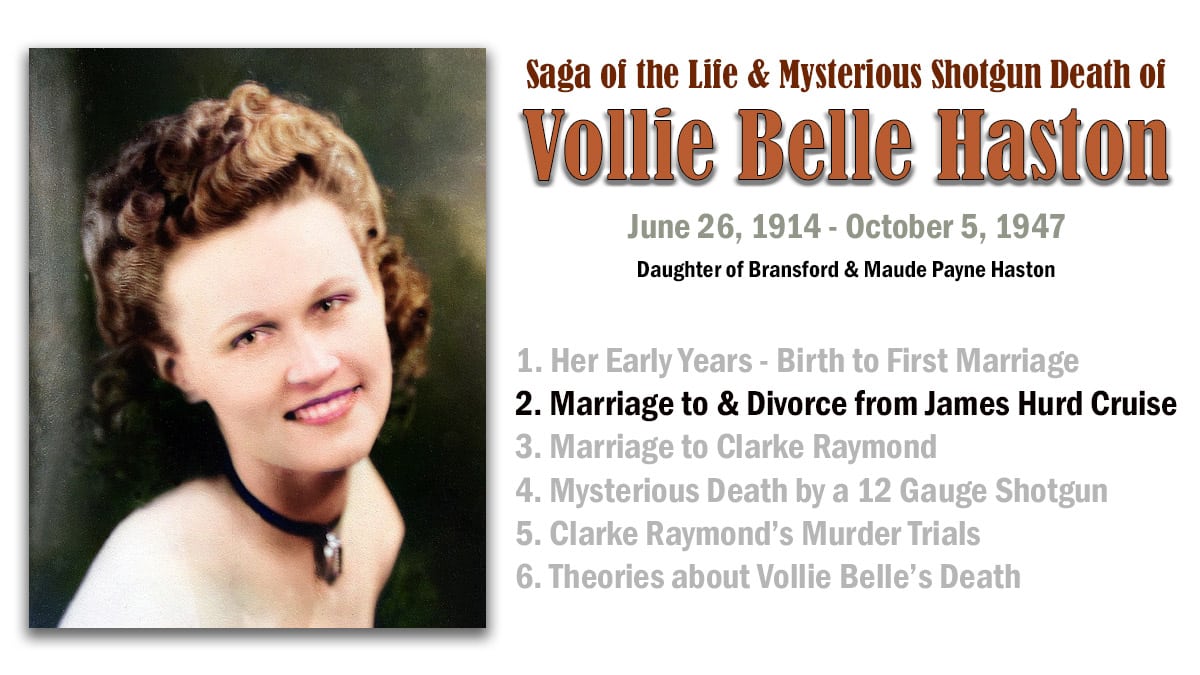
Vollie Belle's Marriage to and Divorce from James Hurd Cruise

Co-Authors: Becky Hitchcock Harris and Wayne Haston
I have learned that there is a lot of information “out there” (be it factual or inaccurate lore) about Vollie Belle Haston’s life and tragic death. I’d love to hear anything you have heard or know about Vollie Belle’s life or her death. WayneH37@aol.com
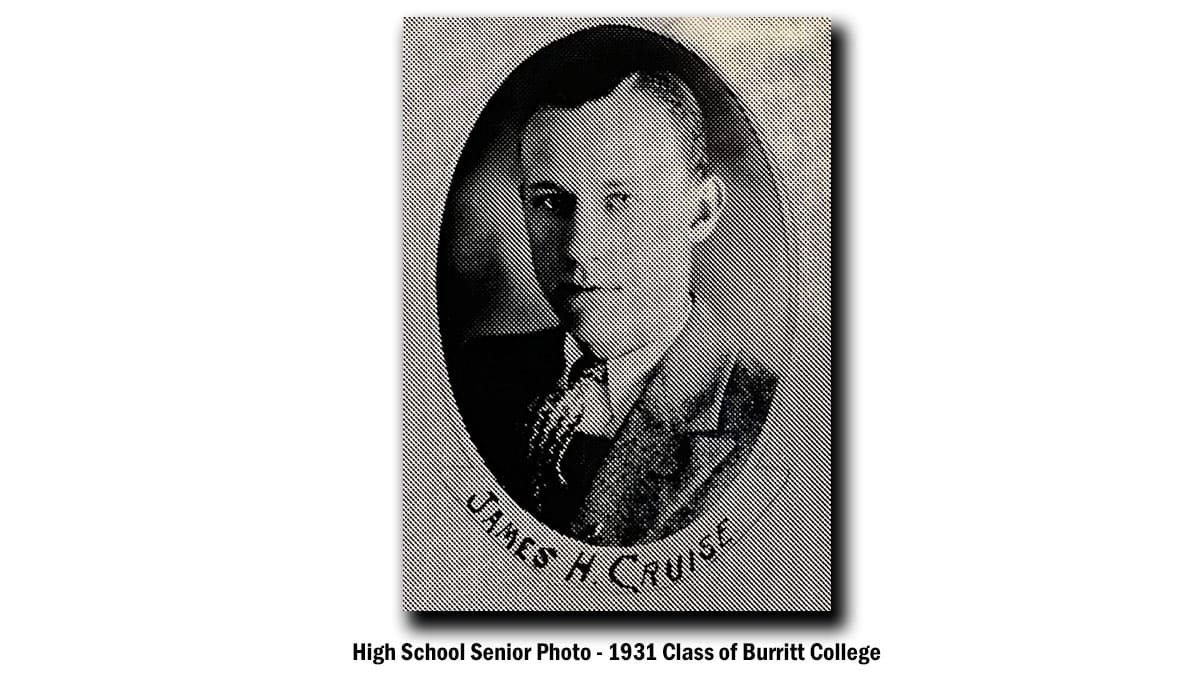
James Hurd Cruise
James Hurd Cruise was born on April 24 of 1912 in Doyle, Tennessee. His father, Robert L. Cruise, died on January 8, 1914, before James Hurd was two years old. In 1930, at age 18 James Hurd was living with his uncle, Luther B. Hurd, on College Alley in Spencer. There were 11 people living in Luther Hurd’s house #69. Four were nieces and nephews who might have been boarding there in order to attend school. At the same time, Vollie Belle Haston (age 15) was living four house numbers away with her parents on Mansion Street in Spencer.
In my 3rd year 1931 I met a red-headed boy from Palmer, Tenn. He was of nice family, sort of handsome, and by far the smartest boy in class – Ray Hatfield was his name. Came to Burritt with aspirations as a lawyer. We were sweethearts until he left school. He wrote faithfully and we both had too much independence so we drifted apart. In the fourth year 1932, I met Billie Taft who was one of my teachers brothers. He was in first year of college at that time. We were very good friends but he never seemed to care so so much for me until I started dating the boy that was to be my future husband. Immediately forgot Billie and fell desperately in love with James Hurd Cruise, so I thought. What could a child of 16 know of love and marriage and the way of life? In June 1932 I graduated Jim gave me a beautiful watch.
All that summer vacation he [Ray Hatfield] gave me a brush. So in Sept, the 17th to be exact I eloped with him [James Hurd Cruise] to Albany, Ky and was married by Judge Ferguson.
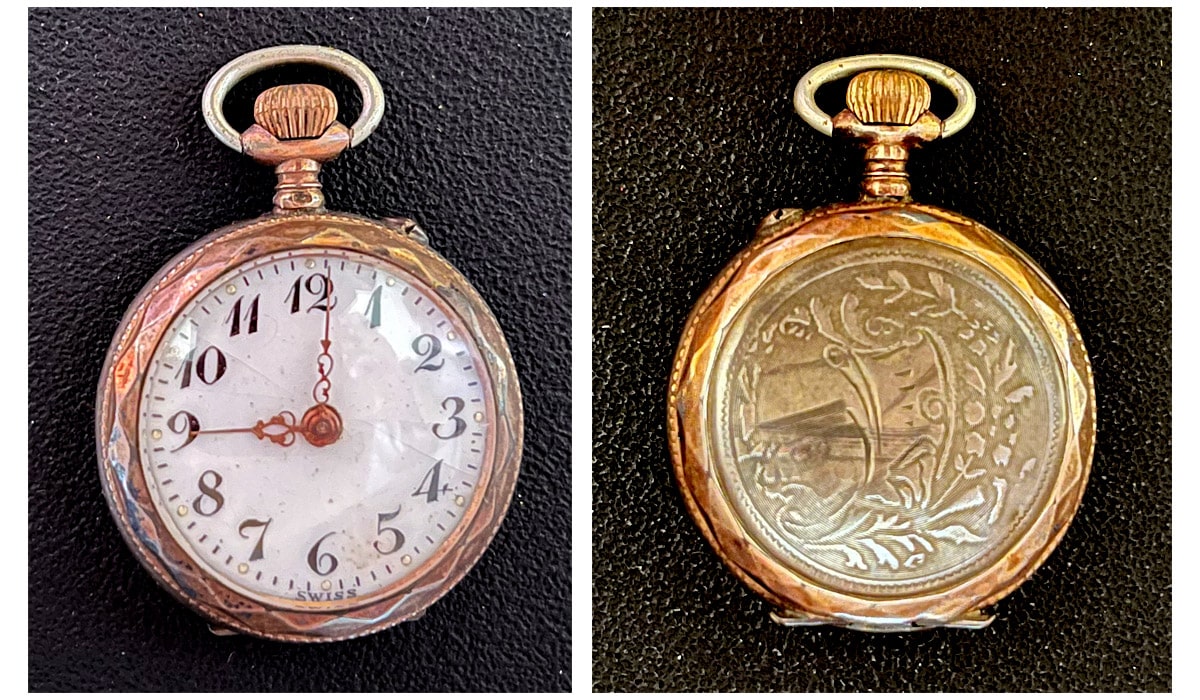
Look carefully at the face-side of the watch.
There are two observations that we will make in a later article about what you can see there.
Marriage to James Hurd Cruise - September 17, 1932
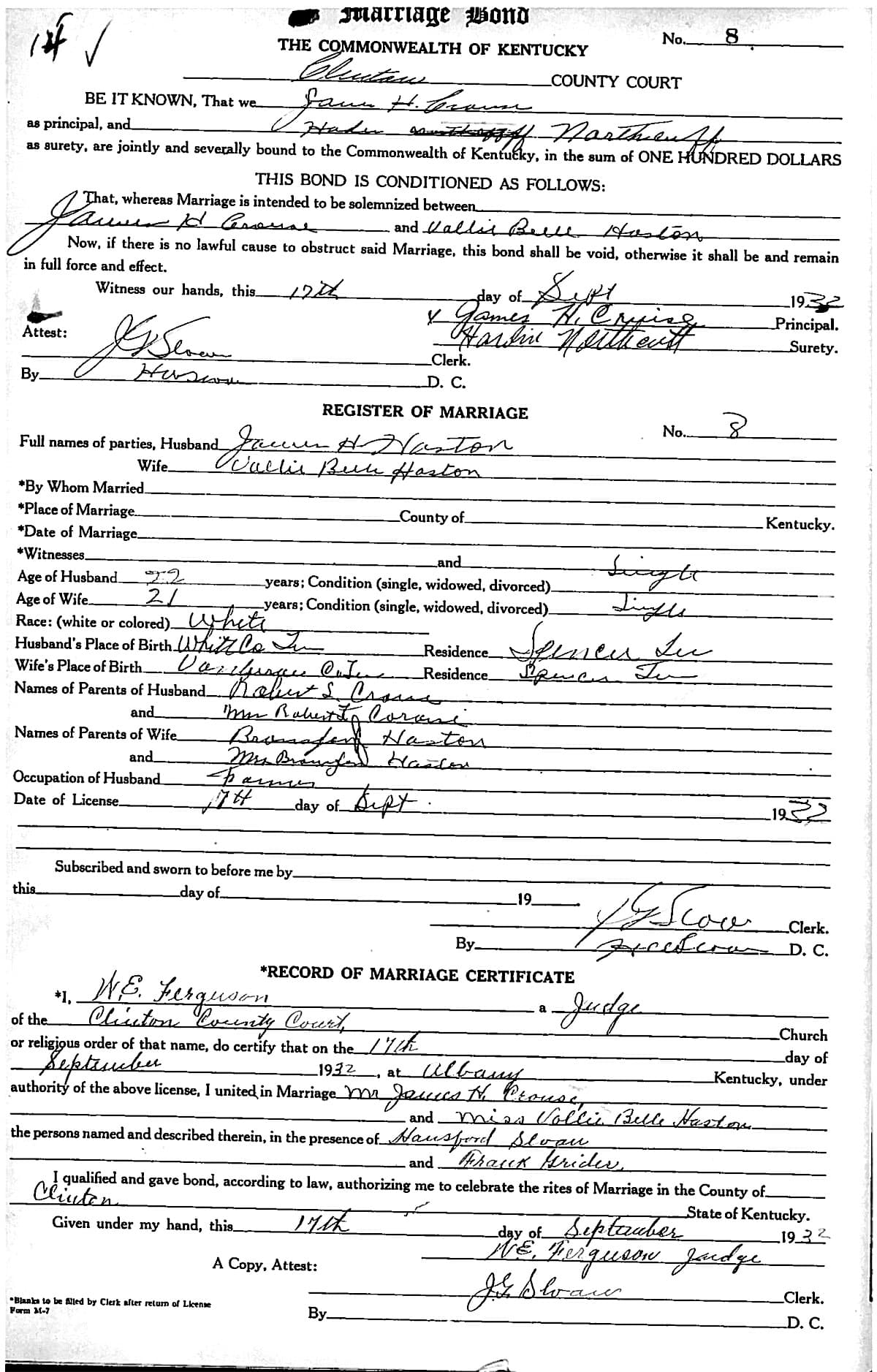
At the time of the (below) 1933-34 photo, Vollie Belle would have been married to Jim Cruise and in college at Burritt.
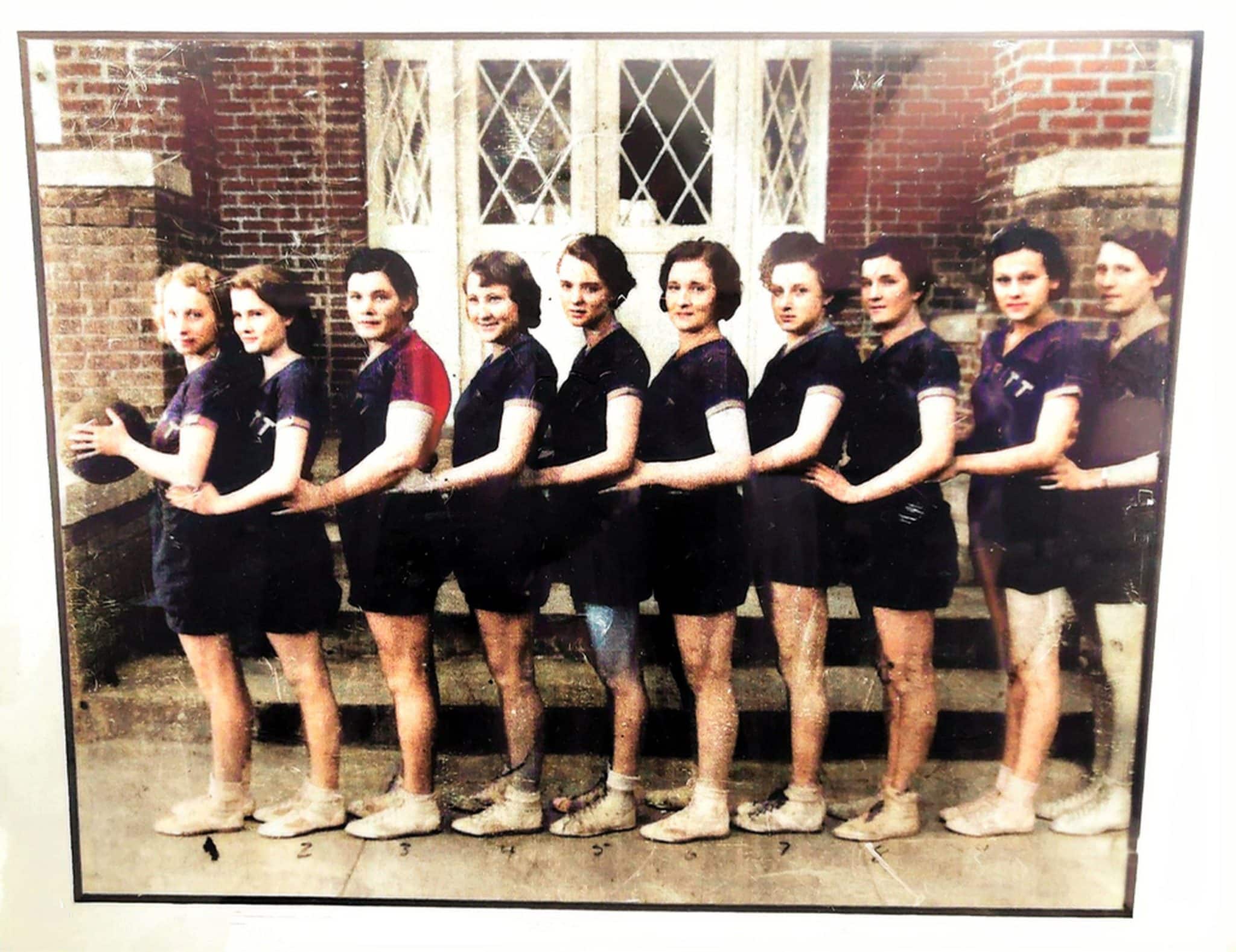
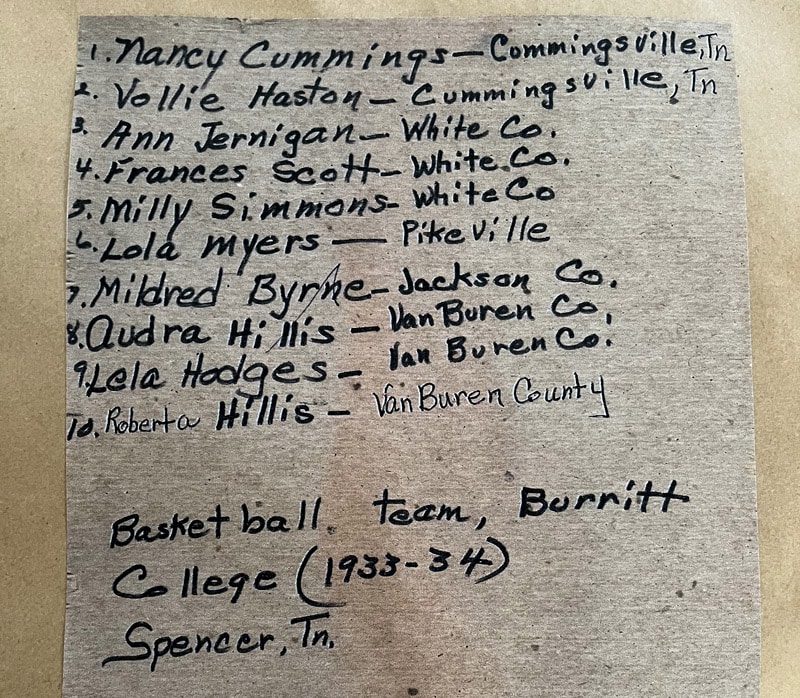
My parents were heartbroken for they had plans of a college career for their only child. Besides that they were very much opposed to him for they could see his worthlessness. He was the best athlete in our school, the best debater, and the Prince Charming an handsomenesses. For four years all was well although he did not want to work very much. In the mean time I had gone to college and was able to teach in elementary school, so was he. We taught our first school together at Welchland School.
From a Story Written in 1984 by Daisy Cook Rhinehart, Vollie Belle's Co-teacher at Welchland in Van Buren County.

More About the Welchland Teaching Experience as Per Daisy Cook Rhinehart
After her teaching experience at the Haston School on Cane Creek.
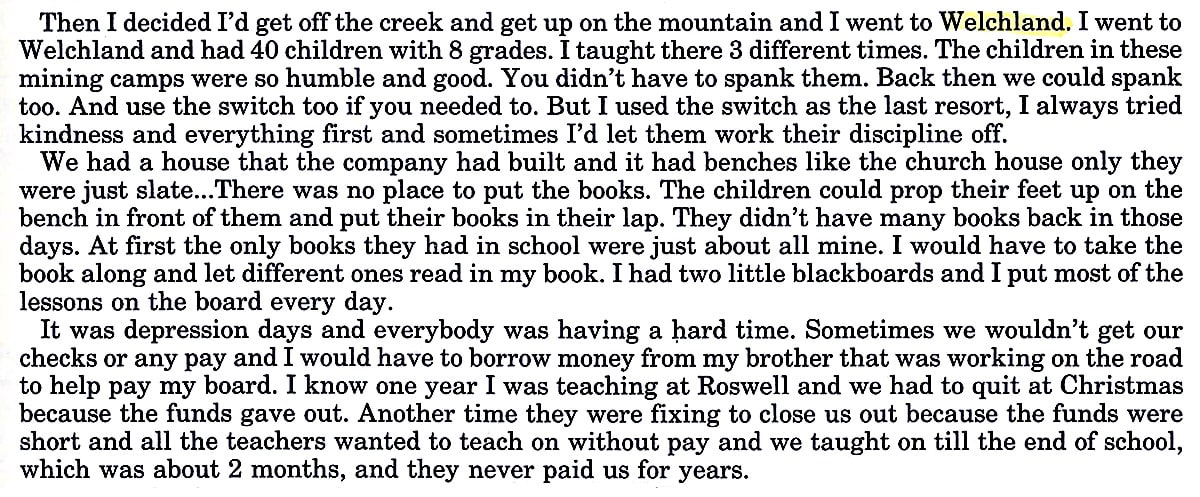
Then the second year I [Vollie Belle] taught alone [without her husband] at the same place. Then our trouble began. He being alone most of the time, decided to have a fling at romance again. He secured a job as recreation leader which was right down his alley (as the old saying goes) since he loved to play tennis. The only hitch was the recreation partner leader a beautiful brunette. Truthfully, diary I don’t know how far that friendship went but it must have gone too far. She told my friends that he wanted her to run away with him. Her name was Rachel _____, a divorcee already at that time. She made her boast that she could get any woman’s’ husband. Well she or someone started his unfaithfulness. I went through hell and back in 1936-37. I wanted so much to make a success of my marriage to have a home and later children. He left and went to Ky to his parents.
They [his parents] were partly to blame for our separation not meaning to, however, they gave him too much money without his having to work for it but so did my Dad as to that matter. When Dad took a survey of what he had done for him and what he’d cost, it went into the hundreds – $500.00 in a car. And ——- I this day the checks he gave on my own bank account. And he probably took his girlfriends out with the money. I bail to even think of it today. As I said he went to Ky to work. For weeks I didn’t hear from him and then he wanted a divorce. What agony I went through! After the shock I went back to school in a few months for I had almost had a nervous collapse and had to quit teaching. I entered Middle Tenn State Teachers College, at Murfreesboro, Tenn. I finally wore off the first paints in my heart. In the meantime Jim had gone to Detroit and secured employment. He then begged me to come back to him. Because my parents asked me to give him a chance I went back to him but without confidence. I stayed two months he wasn’t even true to me while I was there. His boyfriend, Walter Powers and Dot and Bill Denney later told me how he dated other girls. They were afraid I might divorce him if I knew. In Nov. 1937 I came home never to return to him I knew he went to the Detroit Bus Depot to see me off with tears in his eyes.
Oh the deceit of men!!
Middle Tennessee State Teachers College - Spring 1937
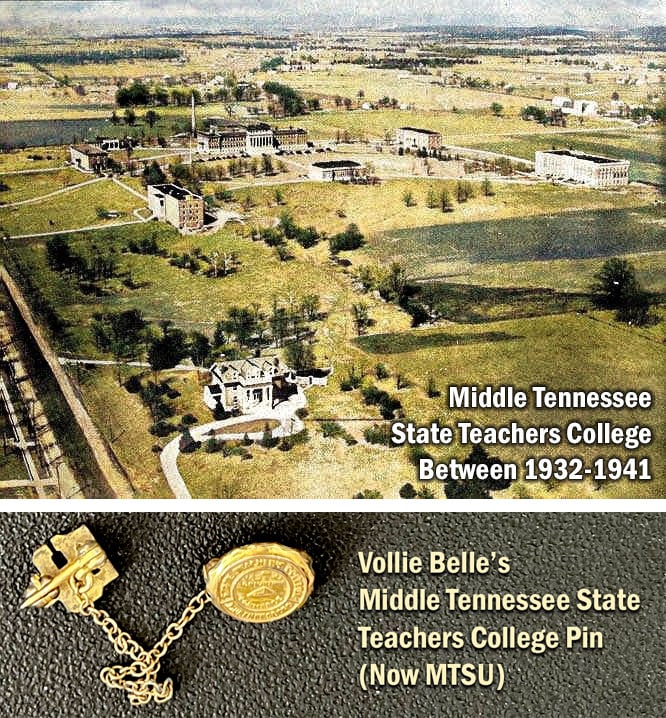
I’ve done some digging into our legacy files and documents regarding information for Vollie Belle Cruise, and I do find that we had a student by that name here for one quarter in the Spring of 1937. She appears to have just taken classes that one term after transferring to MTSTC from another school, so that pin is not associated with completing a program. I’ve gone back into our old catalogs and whatnot to find information about that pin, but so far I’m not able to locate anything. You may have more luck finding out information about the pin from the Gore Research Center here on campus. Thanks, and good luck with your research!
Tyler Henson, Ed.D.; Assistant Vice Provost of Registration and Students Records & University Registrar, MTSU Registrar’s OfficeShe
Divorce from James Hurd Cruise - October 31, 1938
On October 1, 1938, this same James H. Cruise married Maxine Arnett in Paintsville, Kentucky. That was in the coal-mining area of eastern Kentucky, more than 250 miles from Spencer, Tennessee. According to his marriage license, Jim Cruise was an engineer, perhaps involved in the coal mining industry.
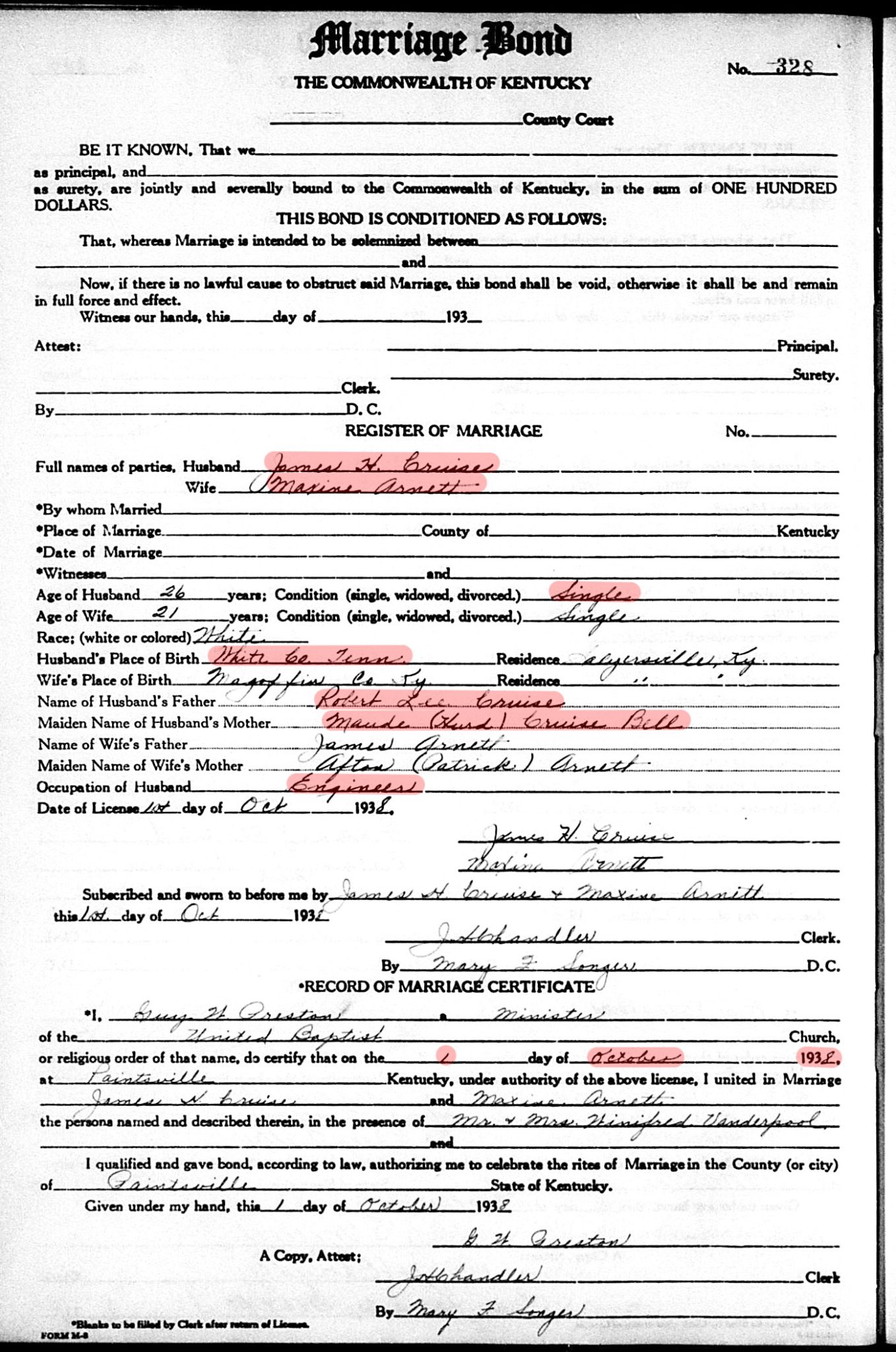
Strangely, on October 1, 1938, James H. Cruise indicated on his marriage bond that he was “Single,” instead of “Widowed” or “Divorced.” In fact he was neither–he was still married to Vollie Belle!
In 1938, his lawyer wrote and asked me to sign divorce papers so he might obtain a divorcee. I consulted my lawyer, Clarence Haston, and decided to be sure it was lawful I should obtain a Tenn. divorce. Also I wanted my maiden name. I got my divorce in Oct and ceased to be known as Mrs. Jas.H. Cruise.
As per Chapter 38 of the Tennessee Public Act of 1931, Circuit Court sessions for Van Buren County, TN occurred on the “first Monday after the fourth Monday in October and April.” Thus, in 1938, the Circuit Court session would have been held on Monday, October 31, 1938 – a Happy Halloween for Vollie Belle.
Apparently, from October 1 to October 31, 1938, James Hurd Cruise was married to two women at the same time. If so, he was a one-month bigamist! Bigamy in Kentucky (where James Hurd Cruise married Maxine Arnett) currently is a Class D felony, punishable by one to five years in prison.
I wonder if Vollie Belle ever knew that her husband was already married to another woman before she received a request for a divorce.
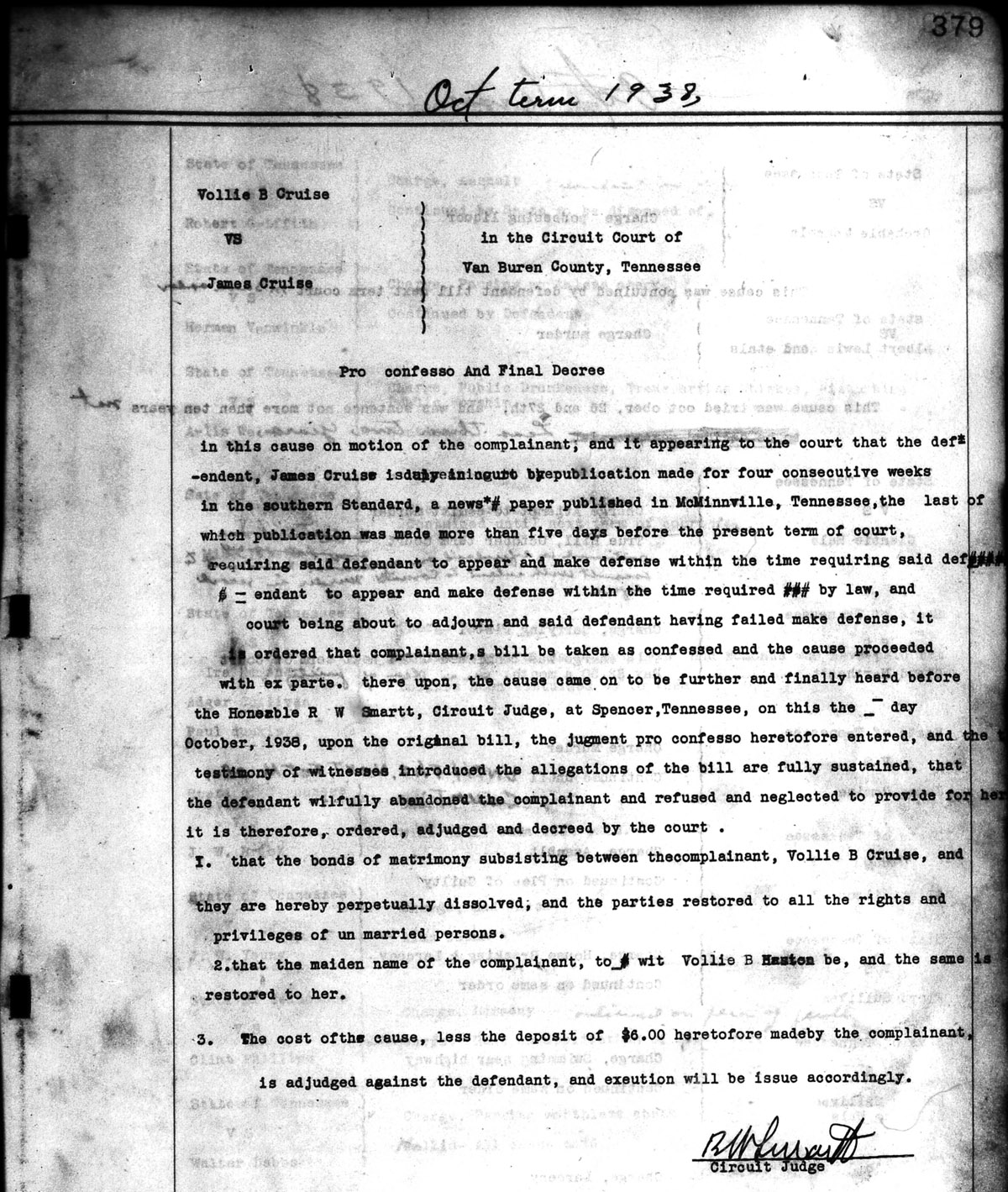
Van Buren County, TN Circuit Court Minutes – Roll 3, Volume H, Page 379 – Courtesy of Tennessee State Library and Archives
If you appreciated this article, please share it with others who might also enjoy it.



